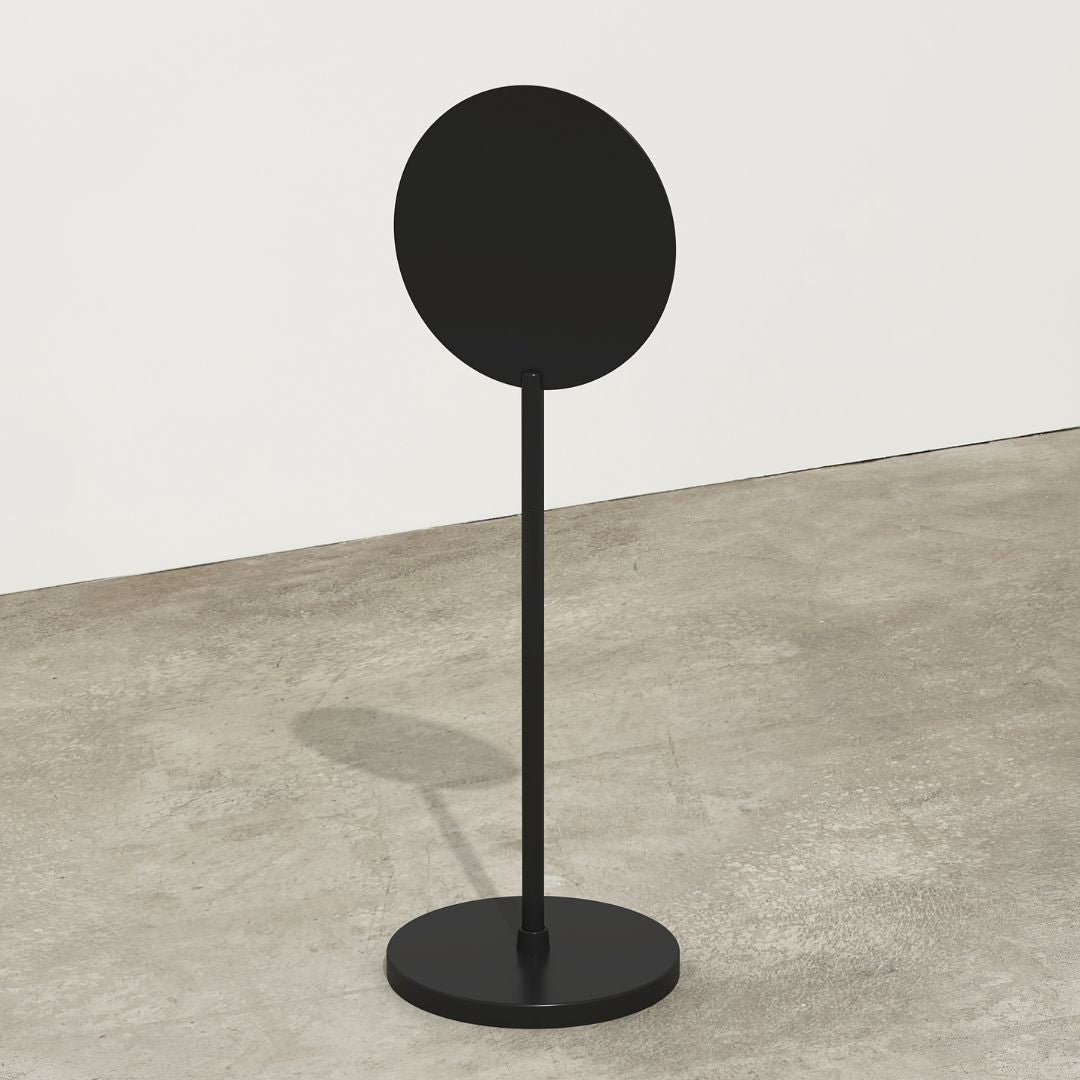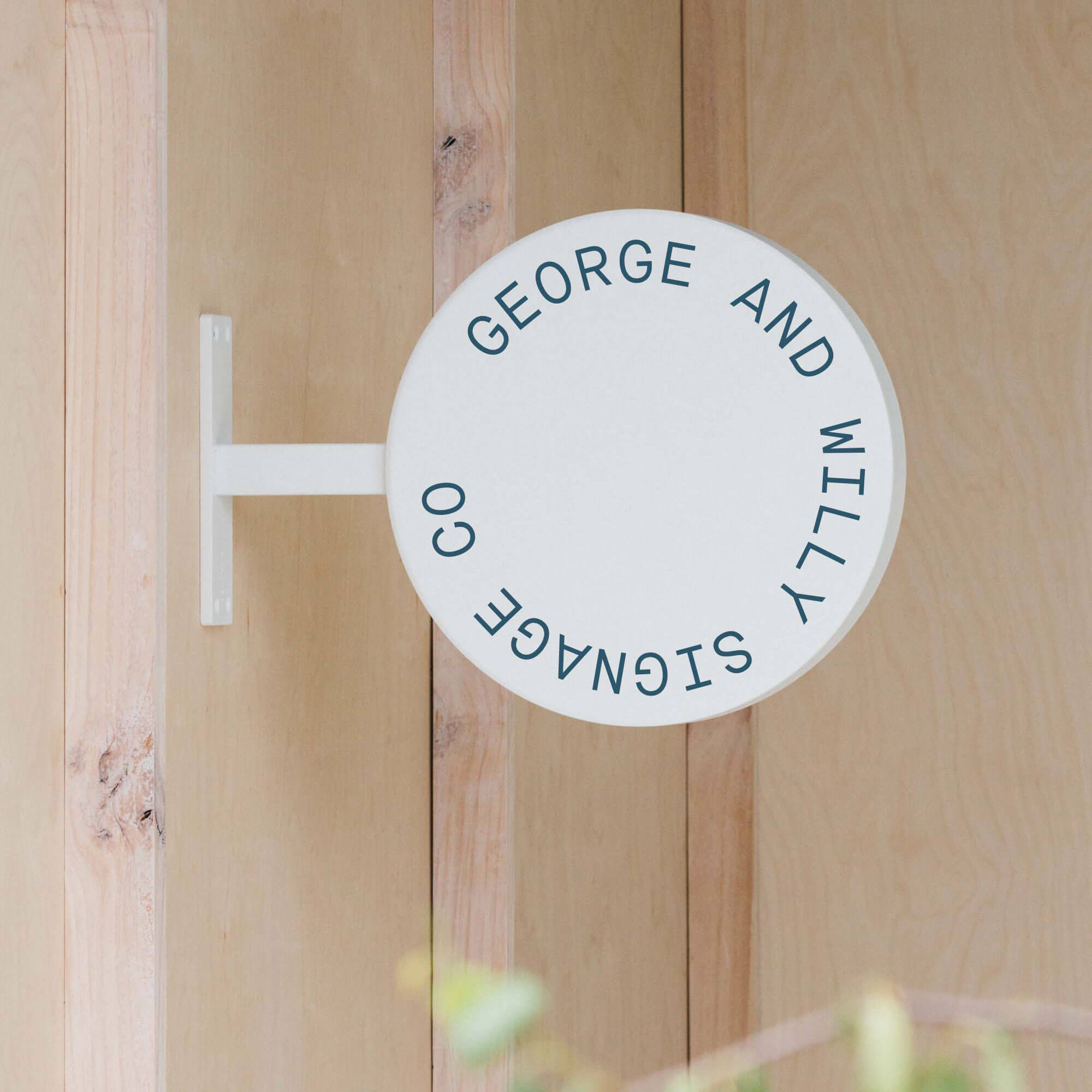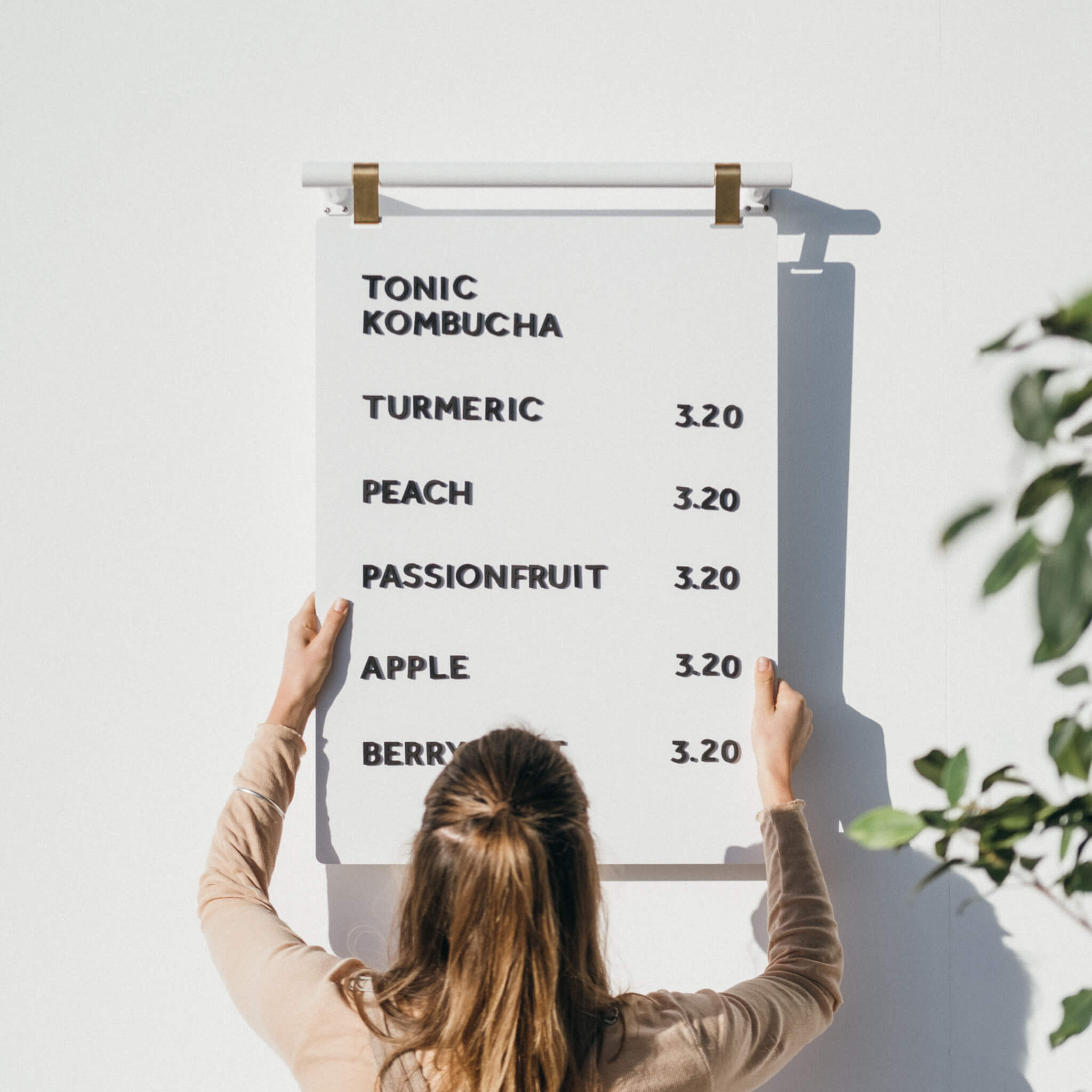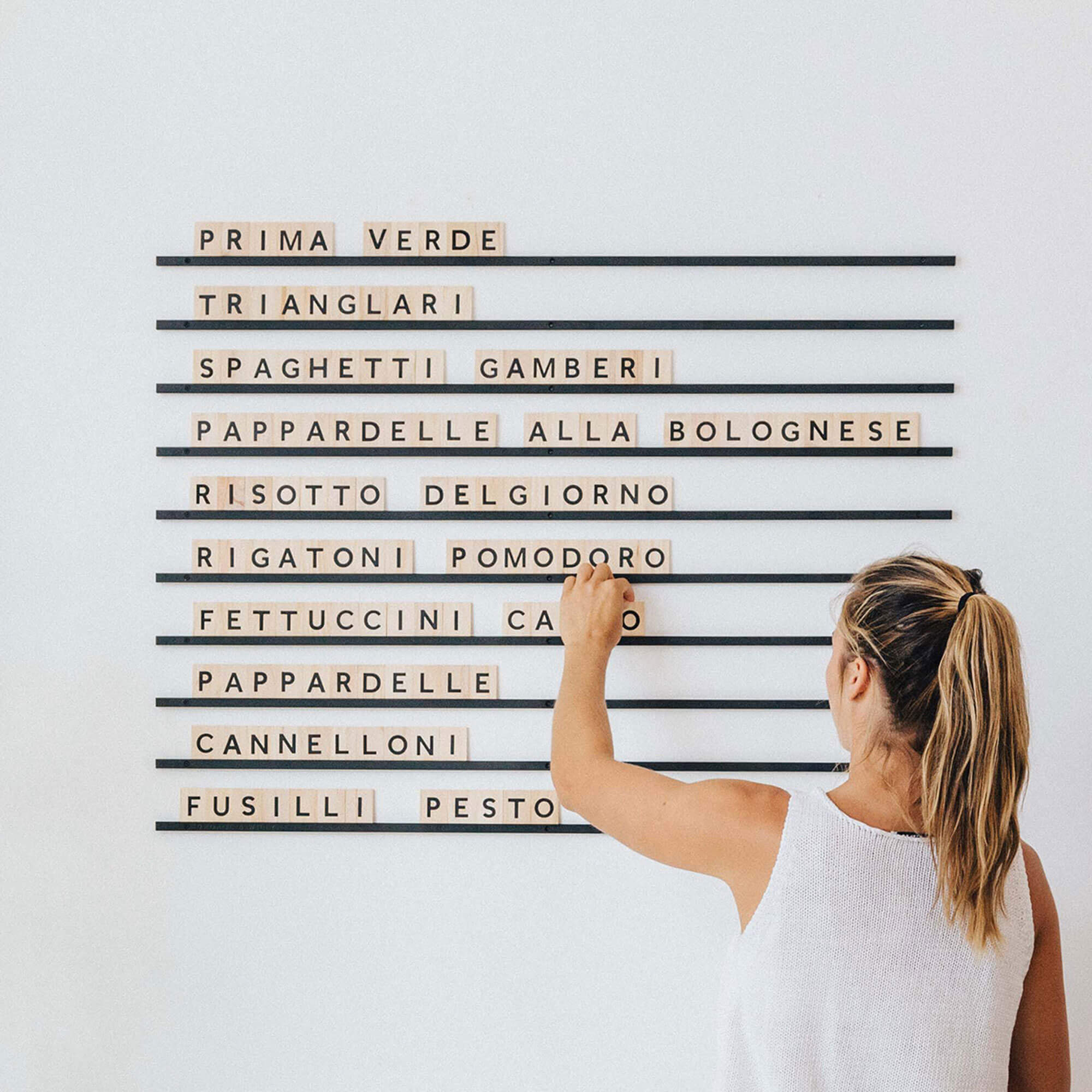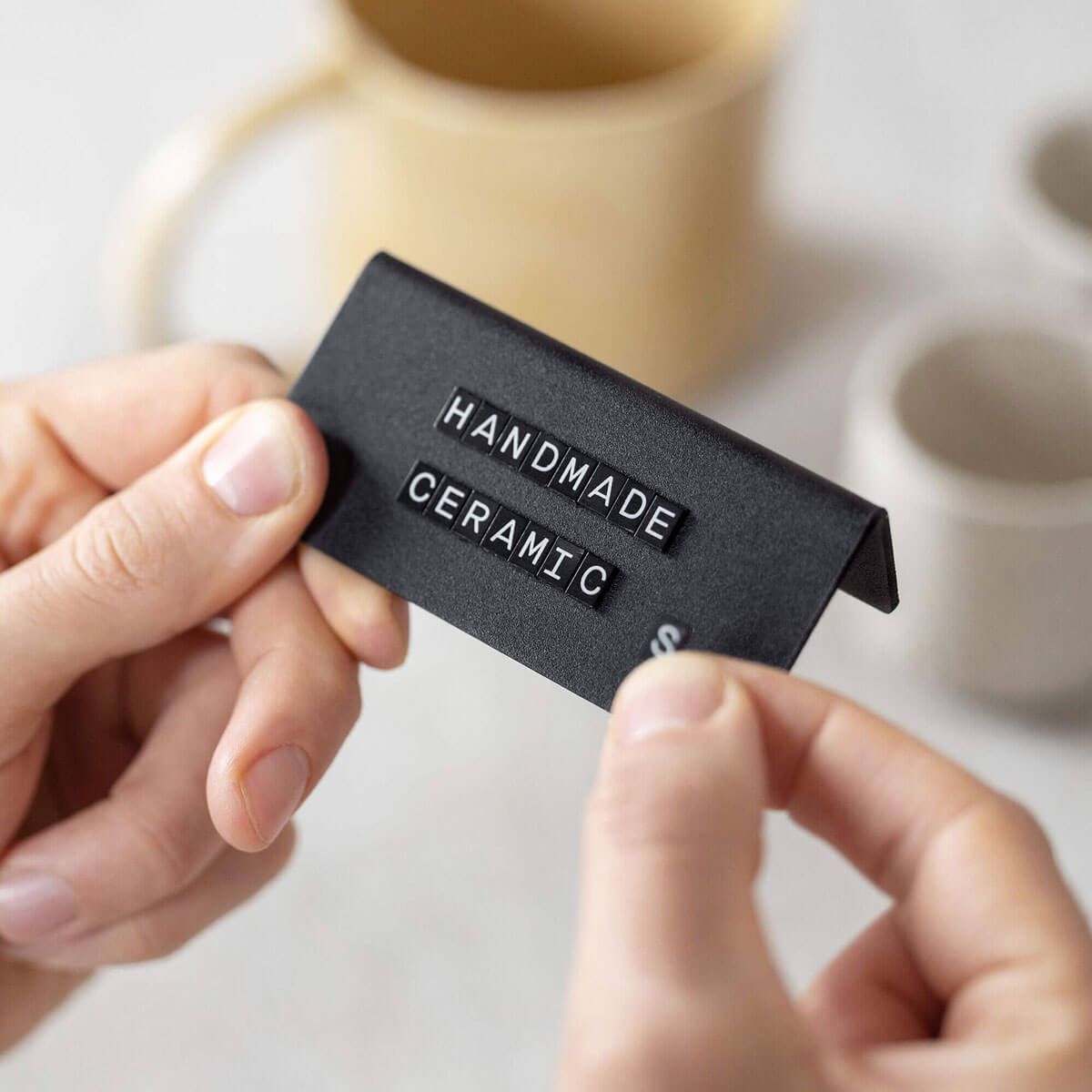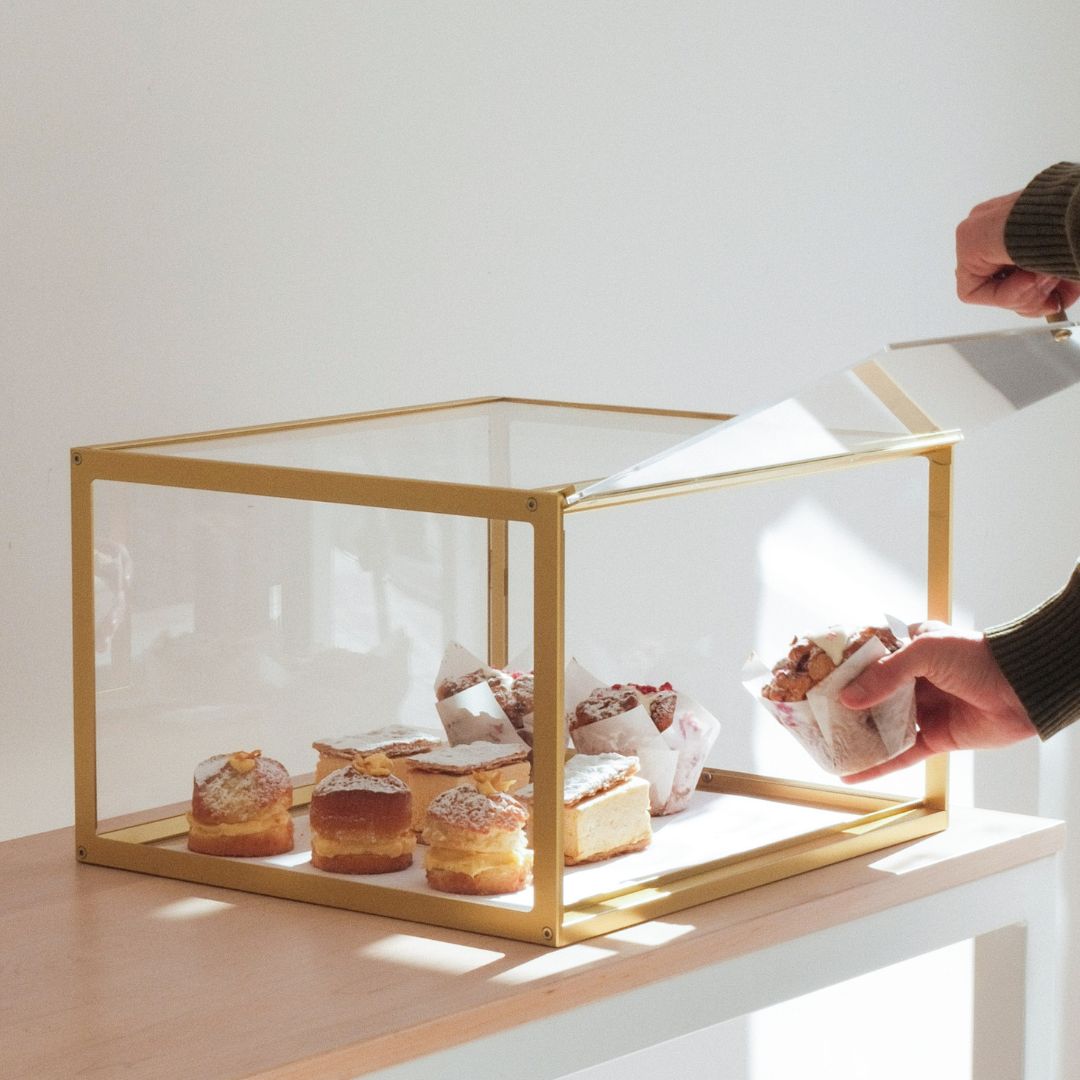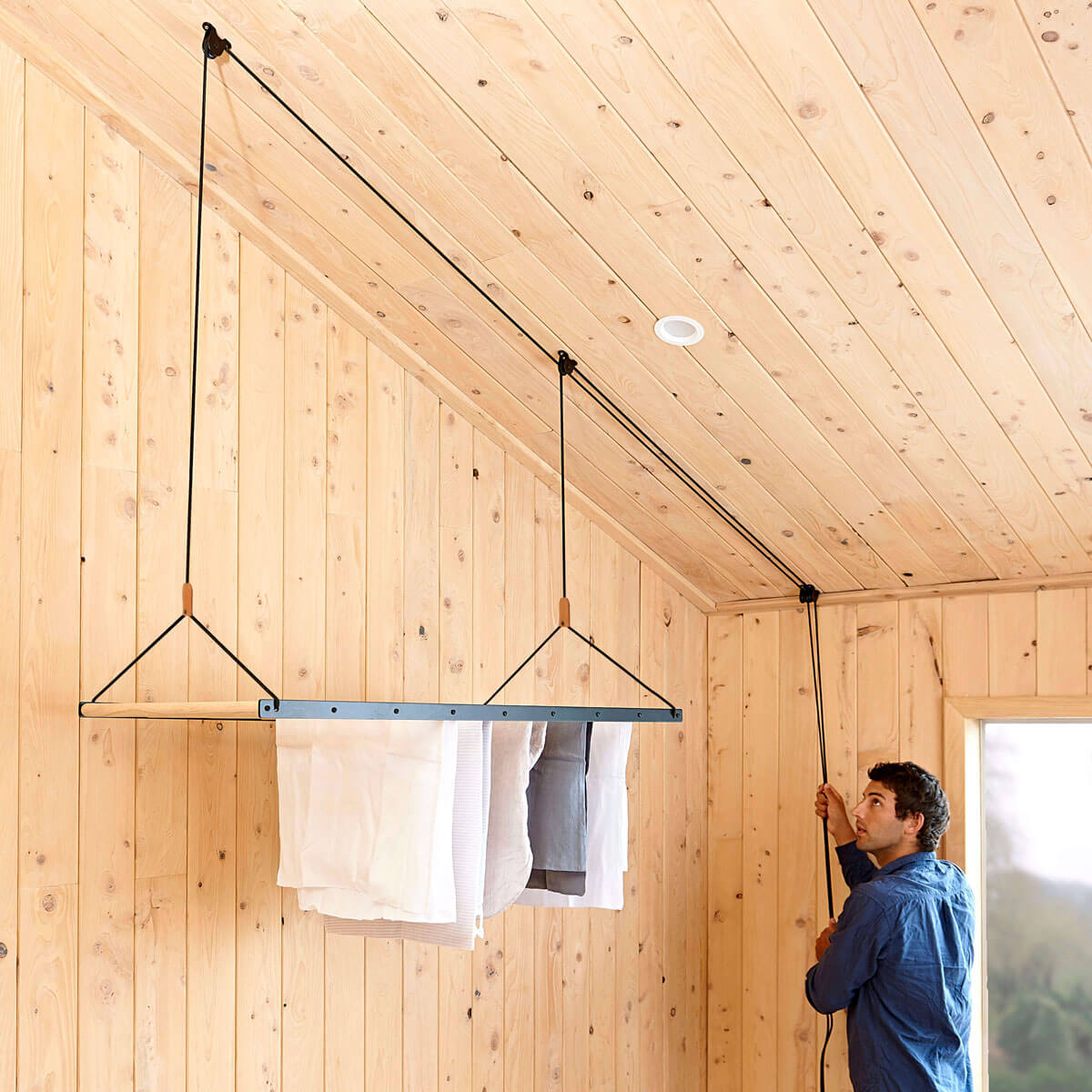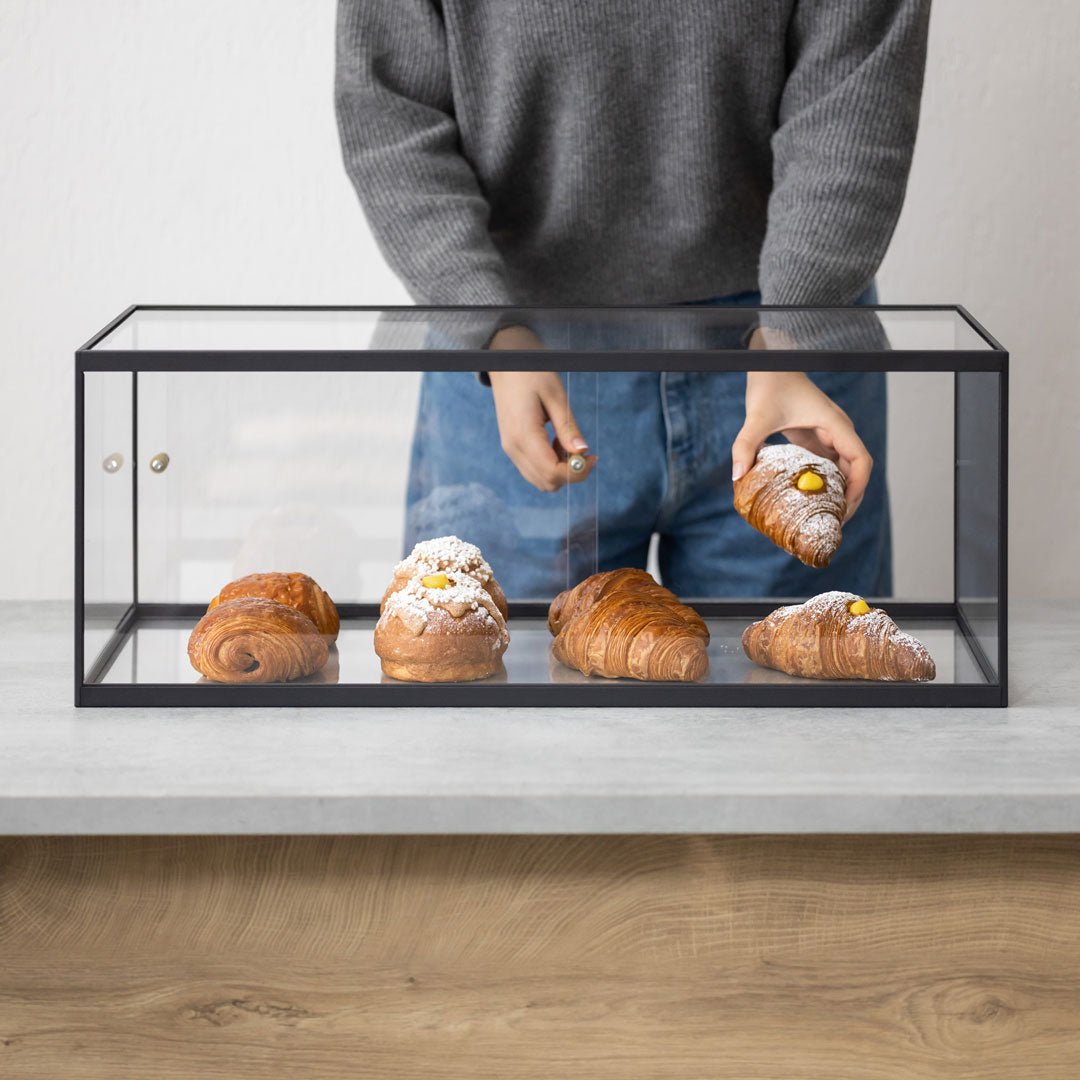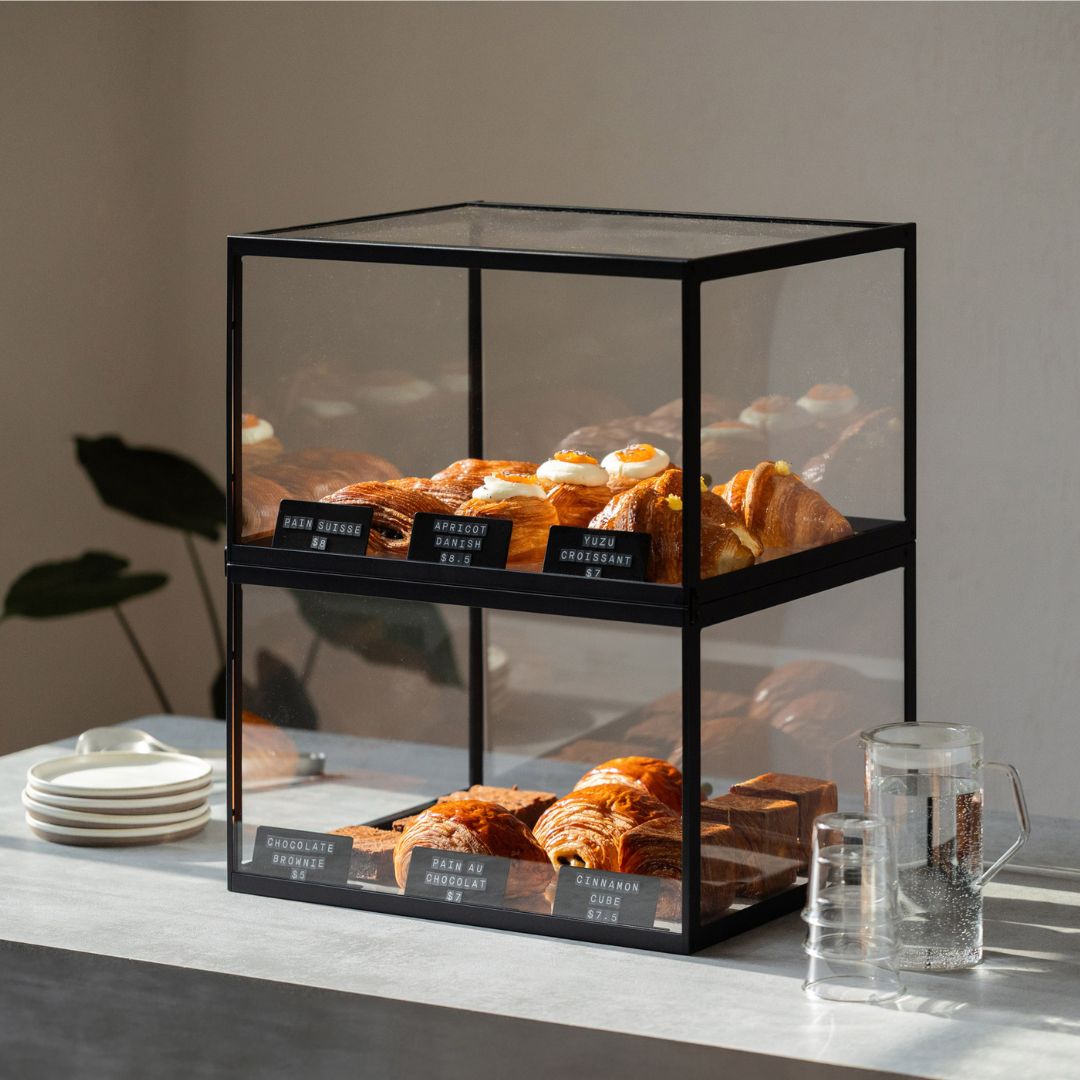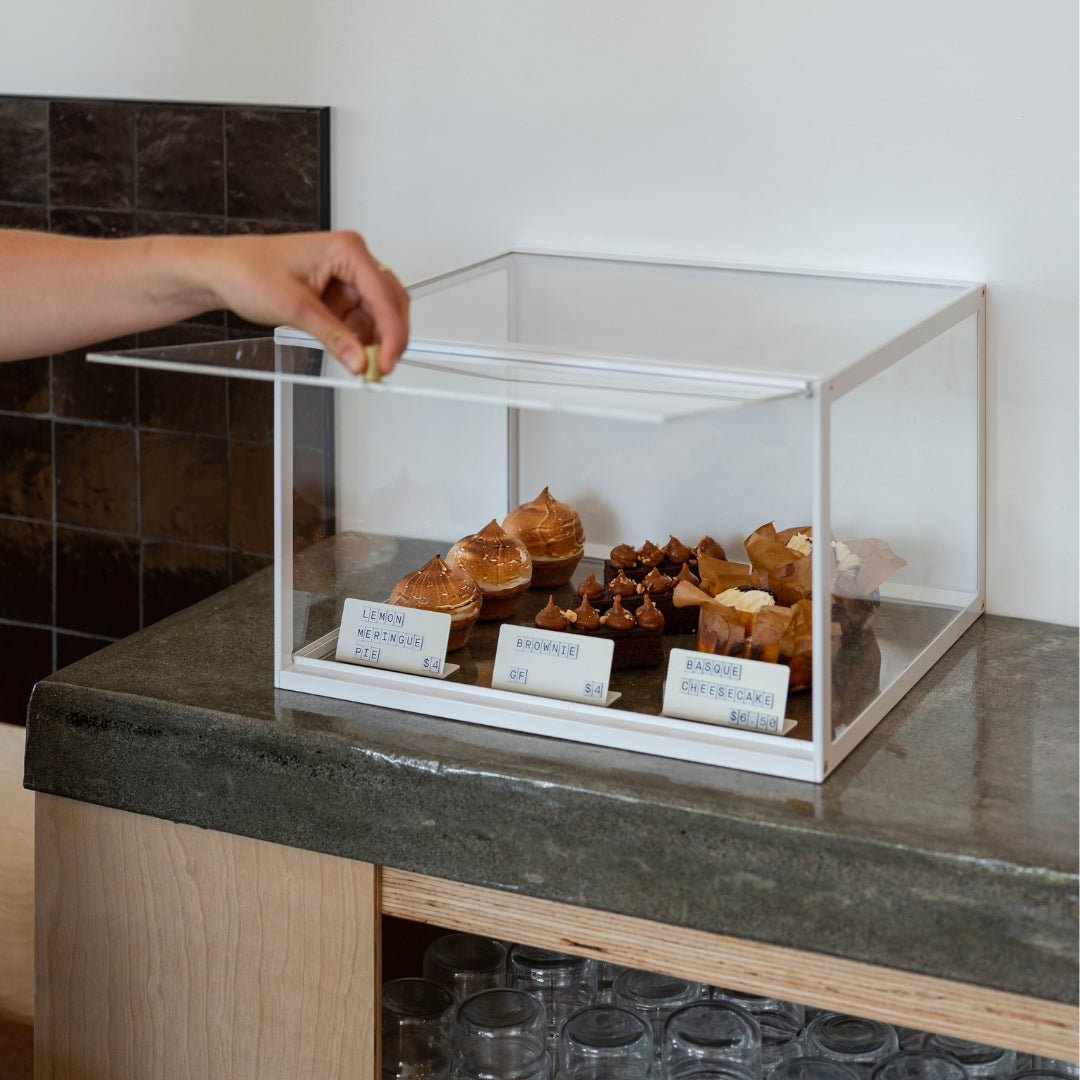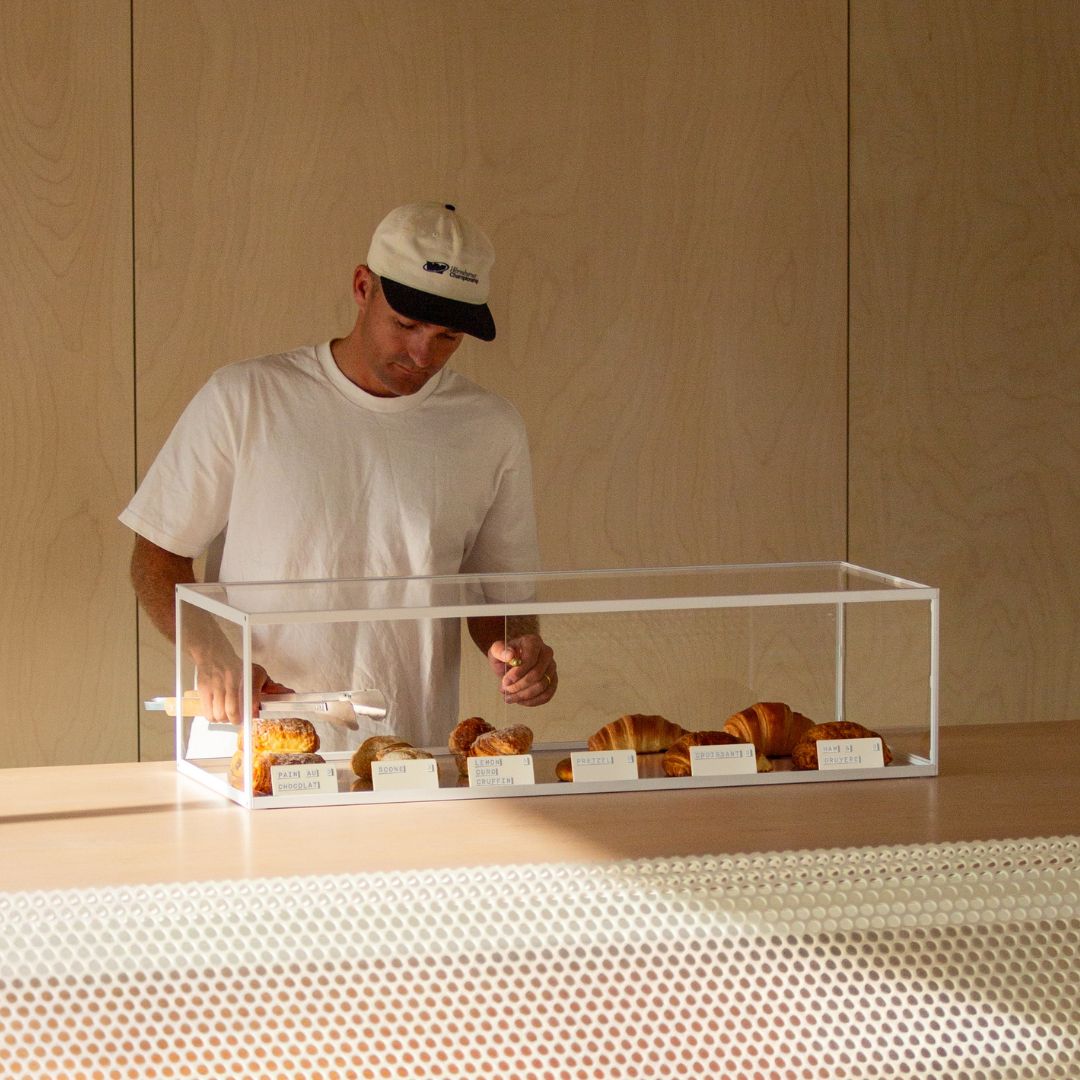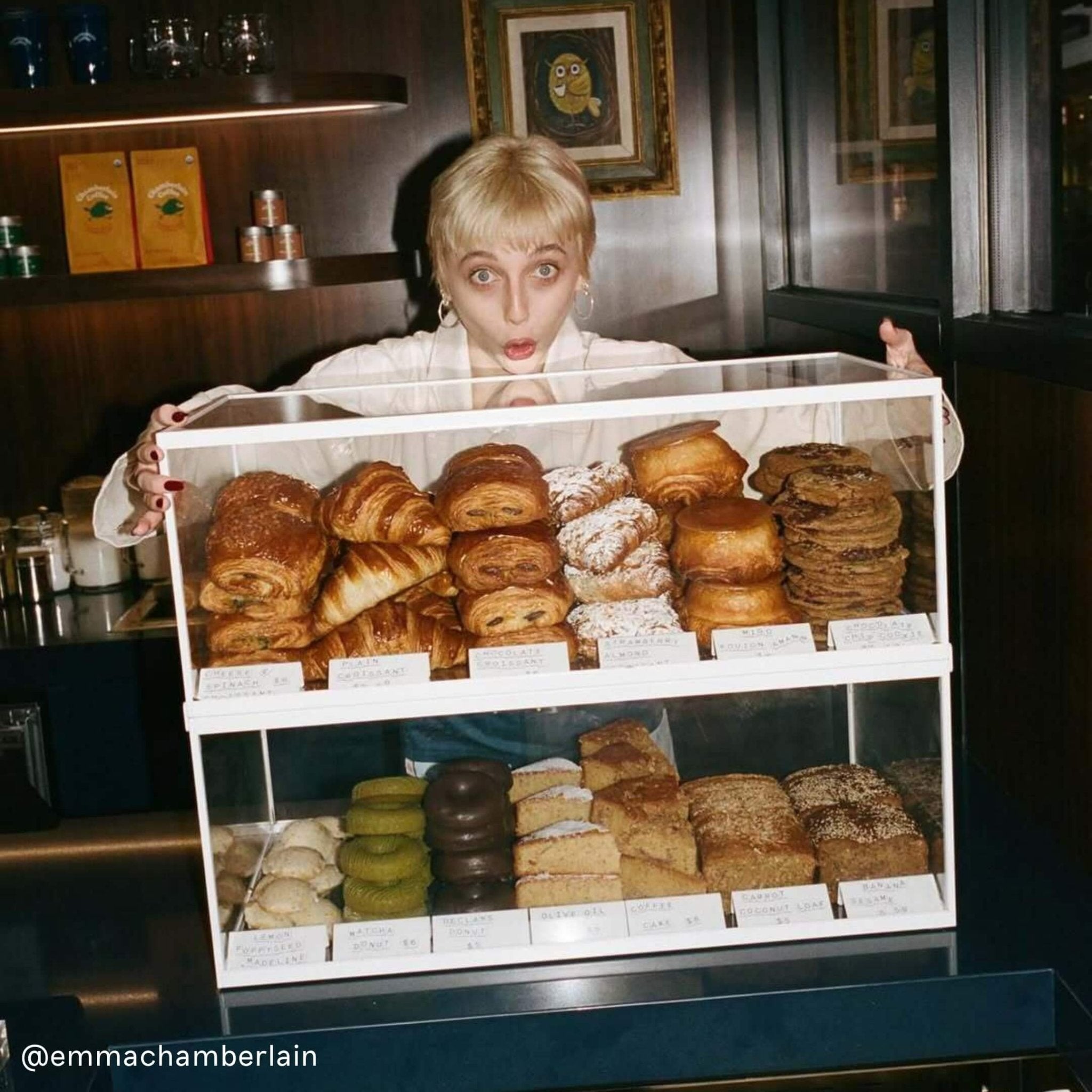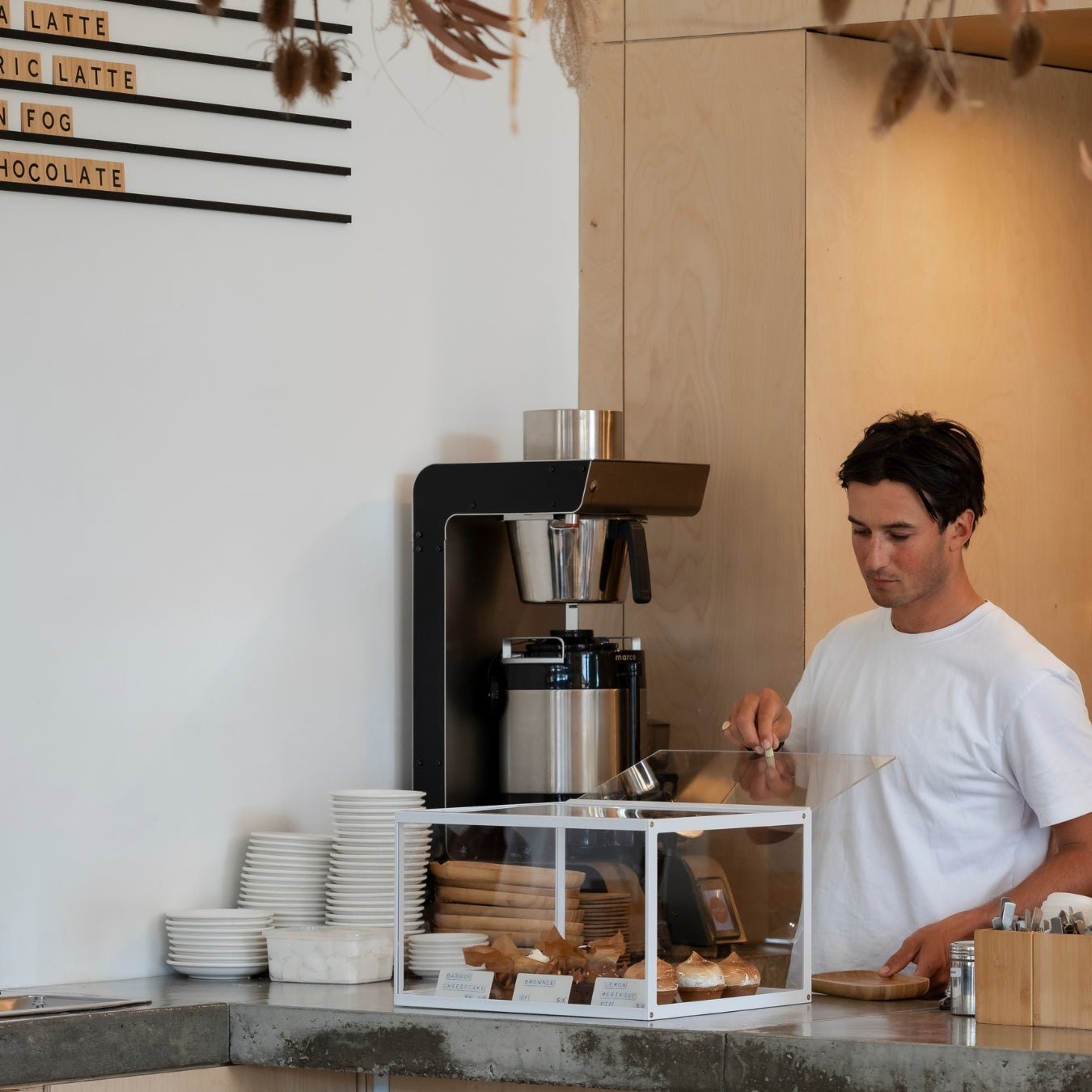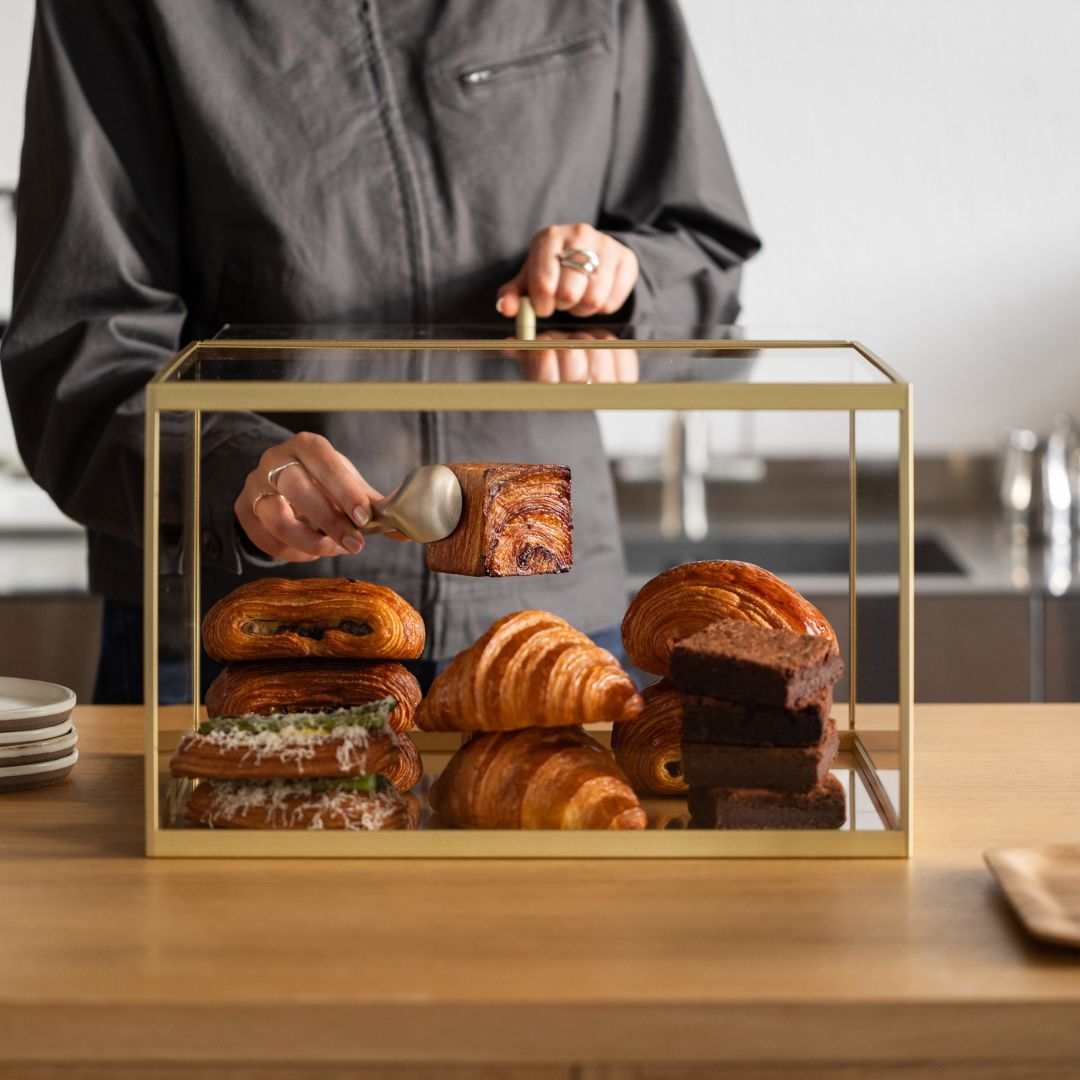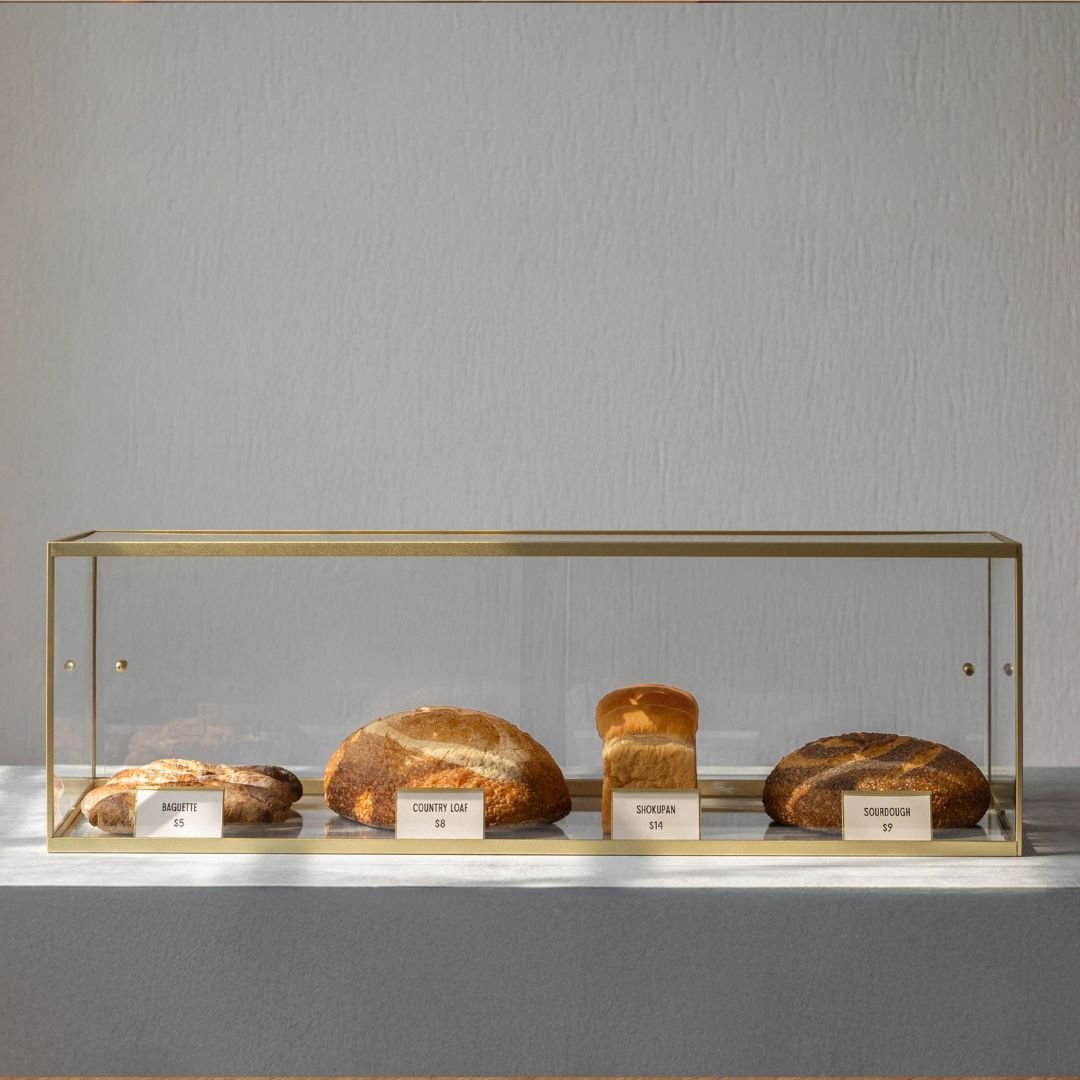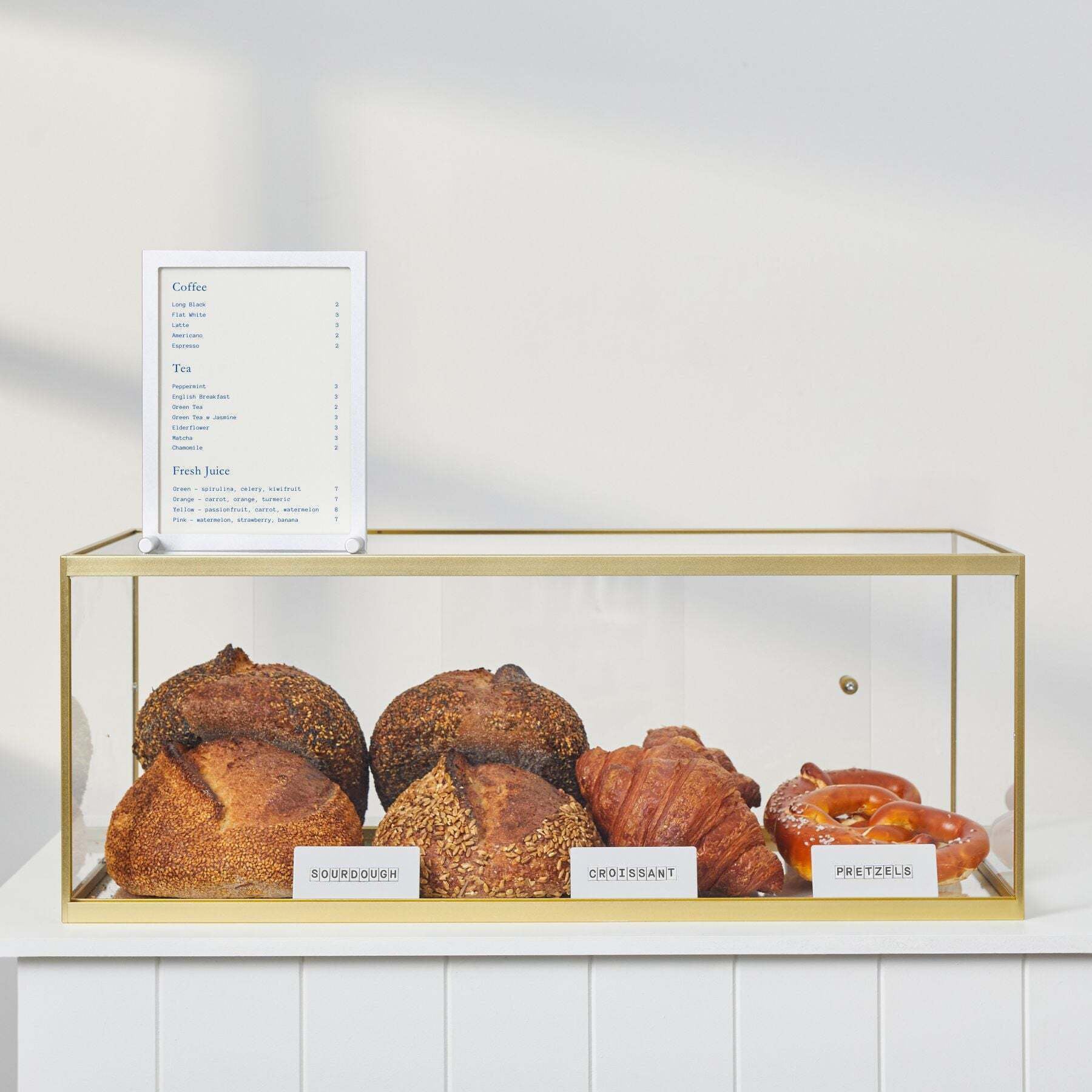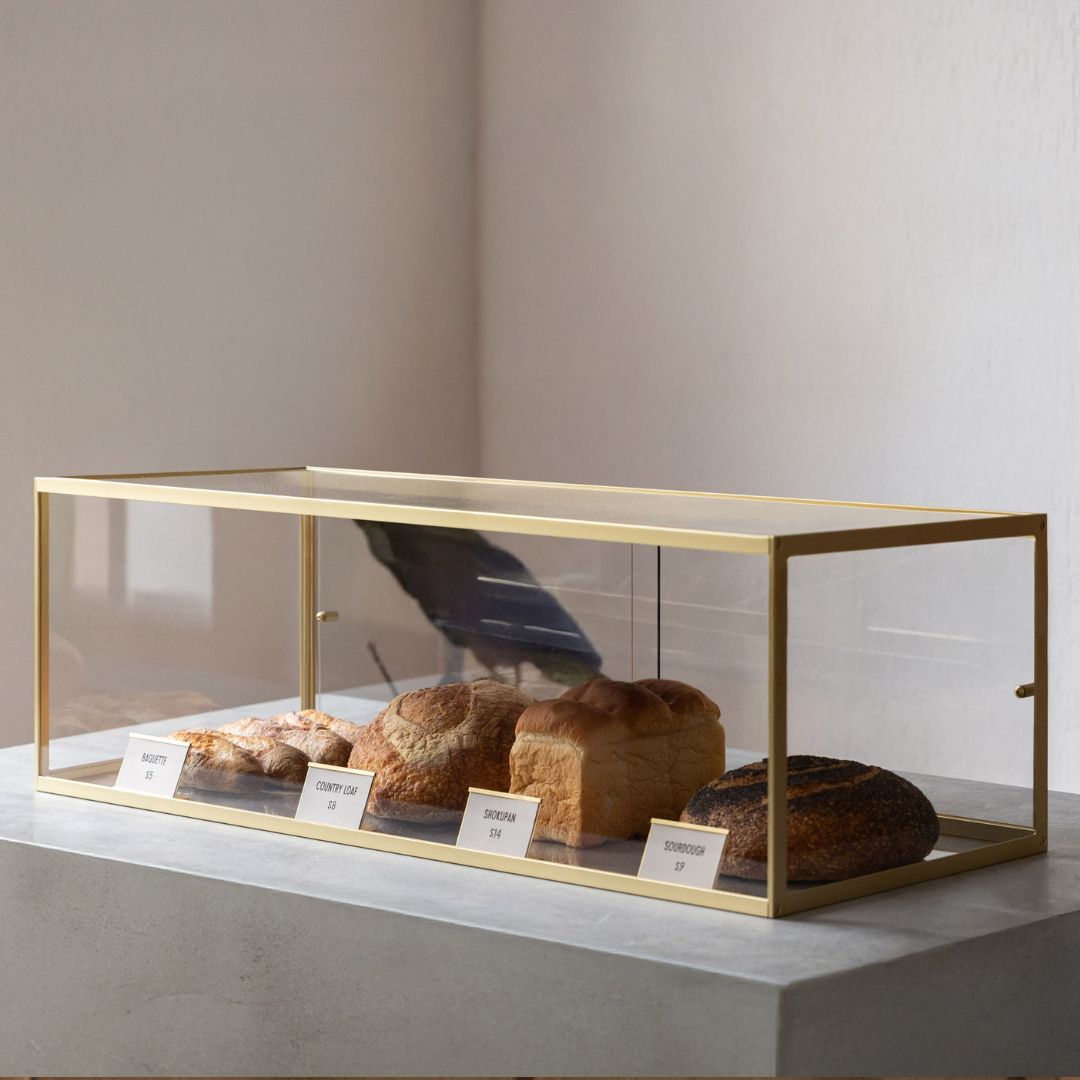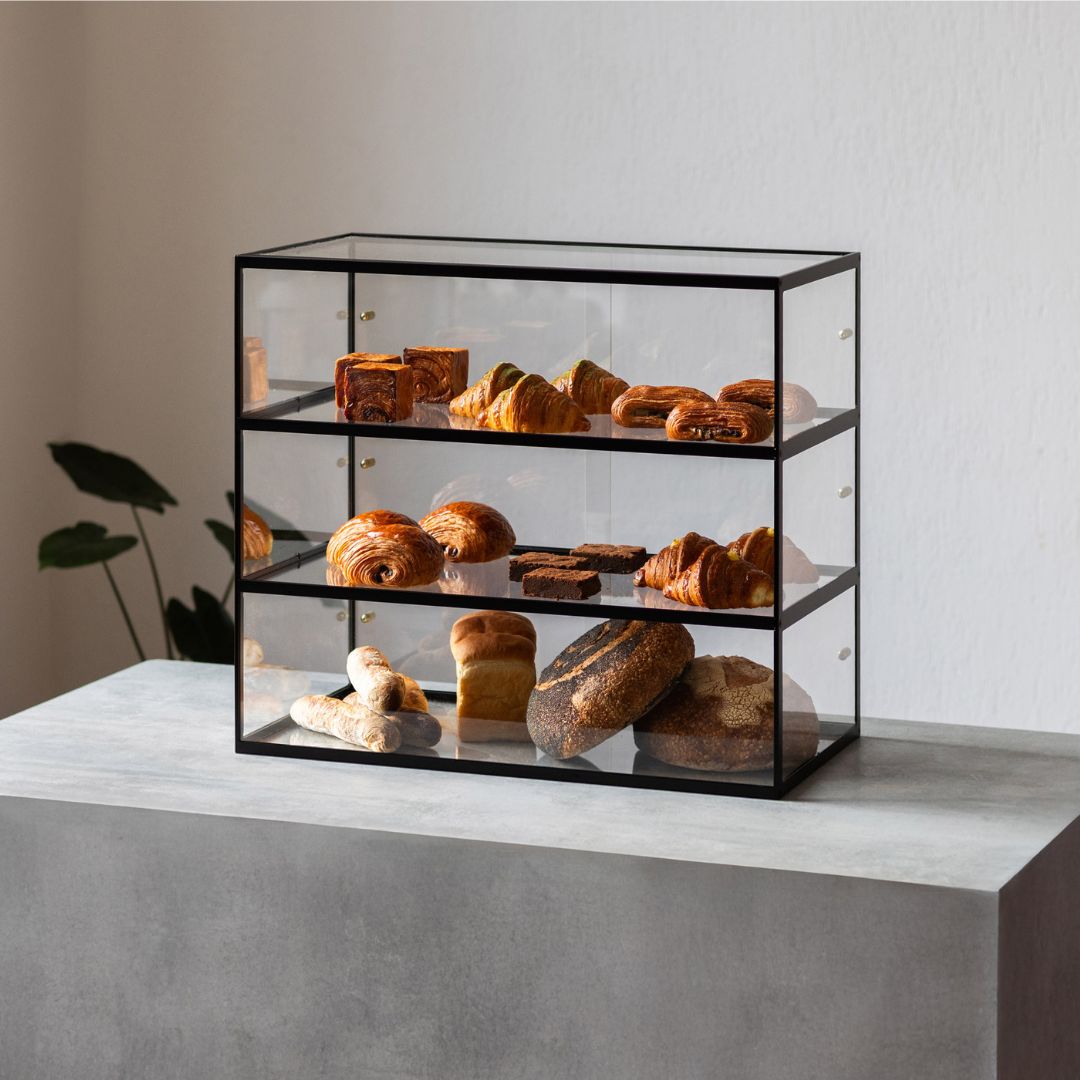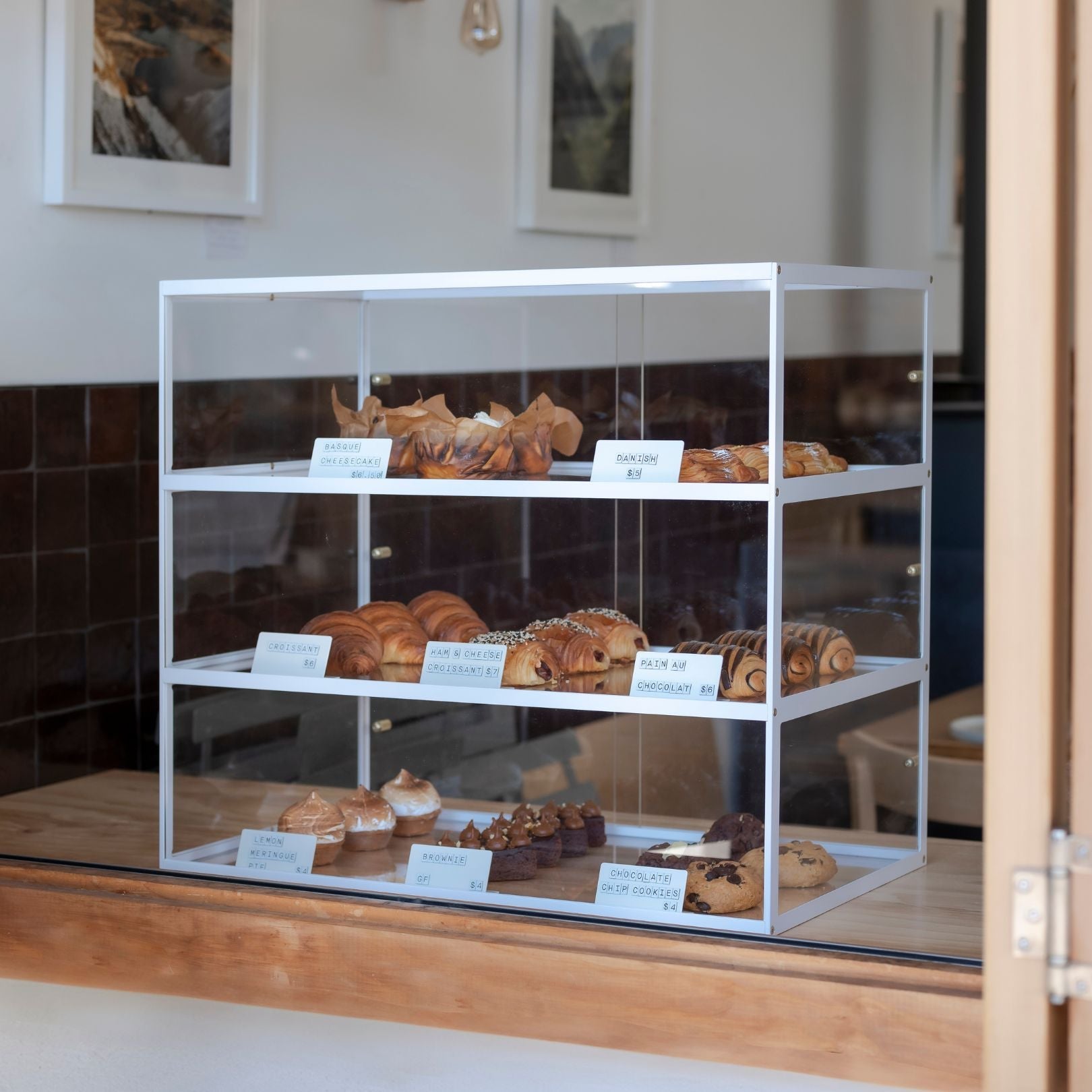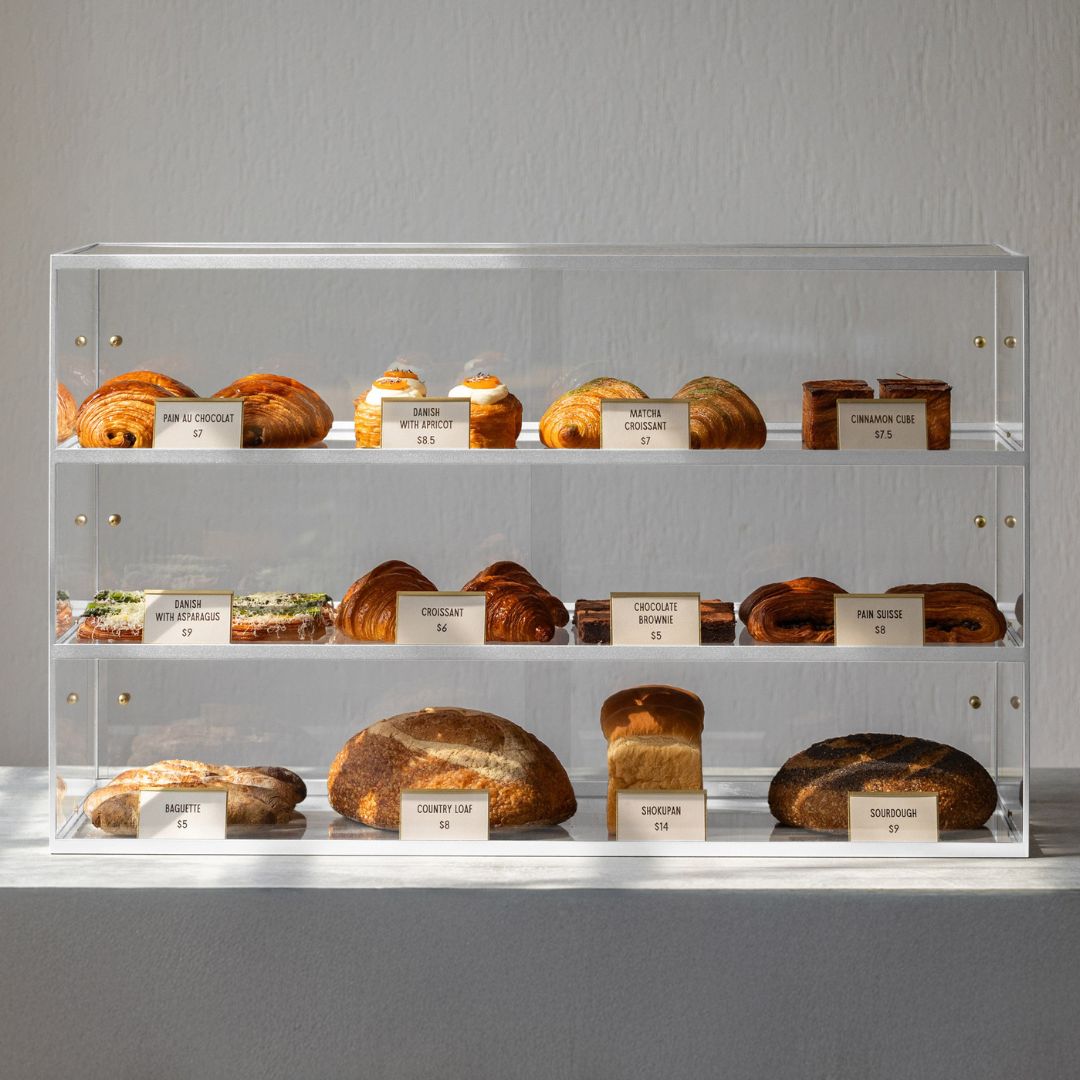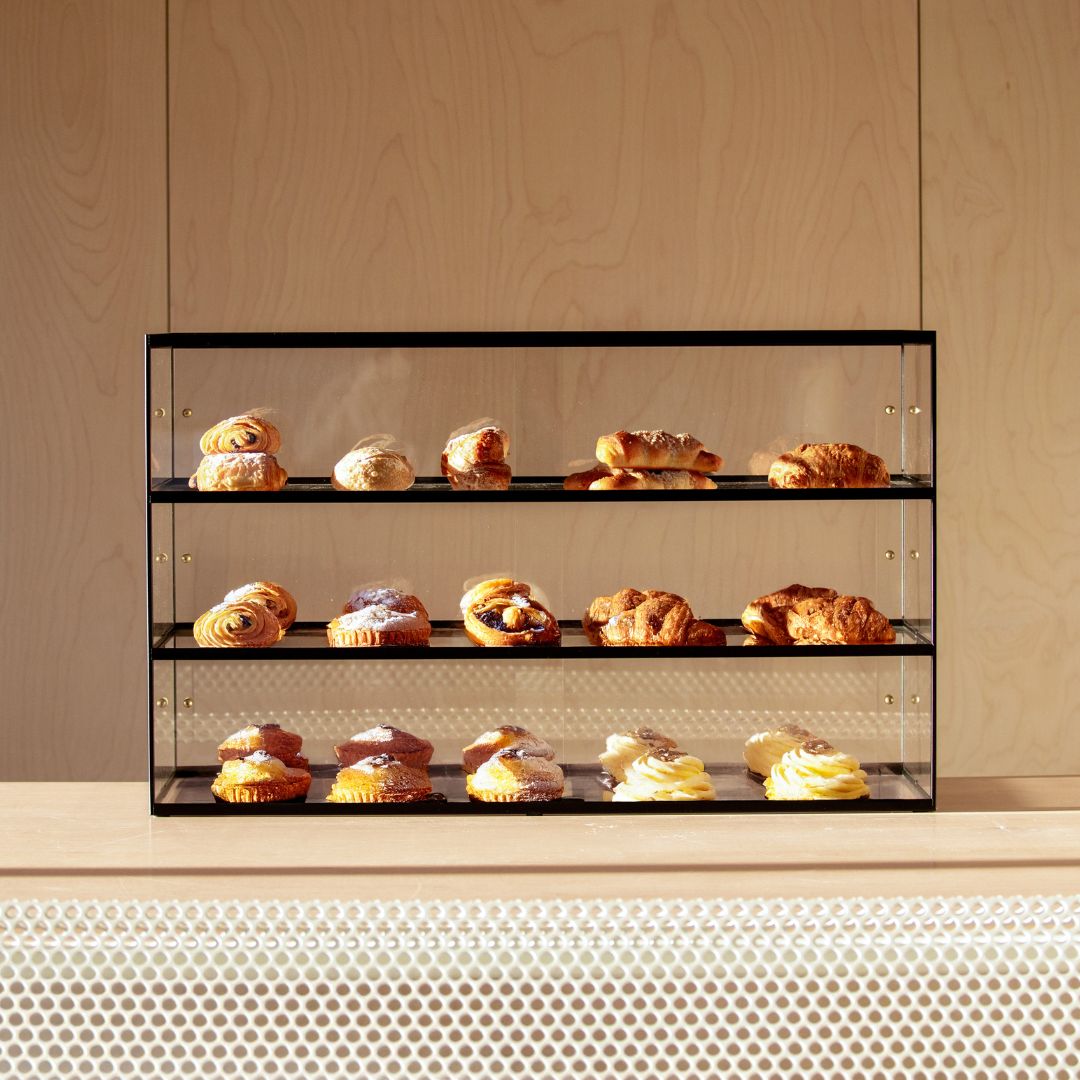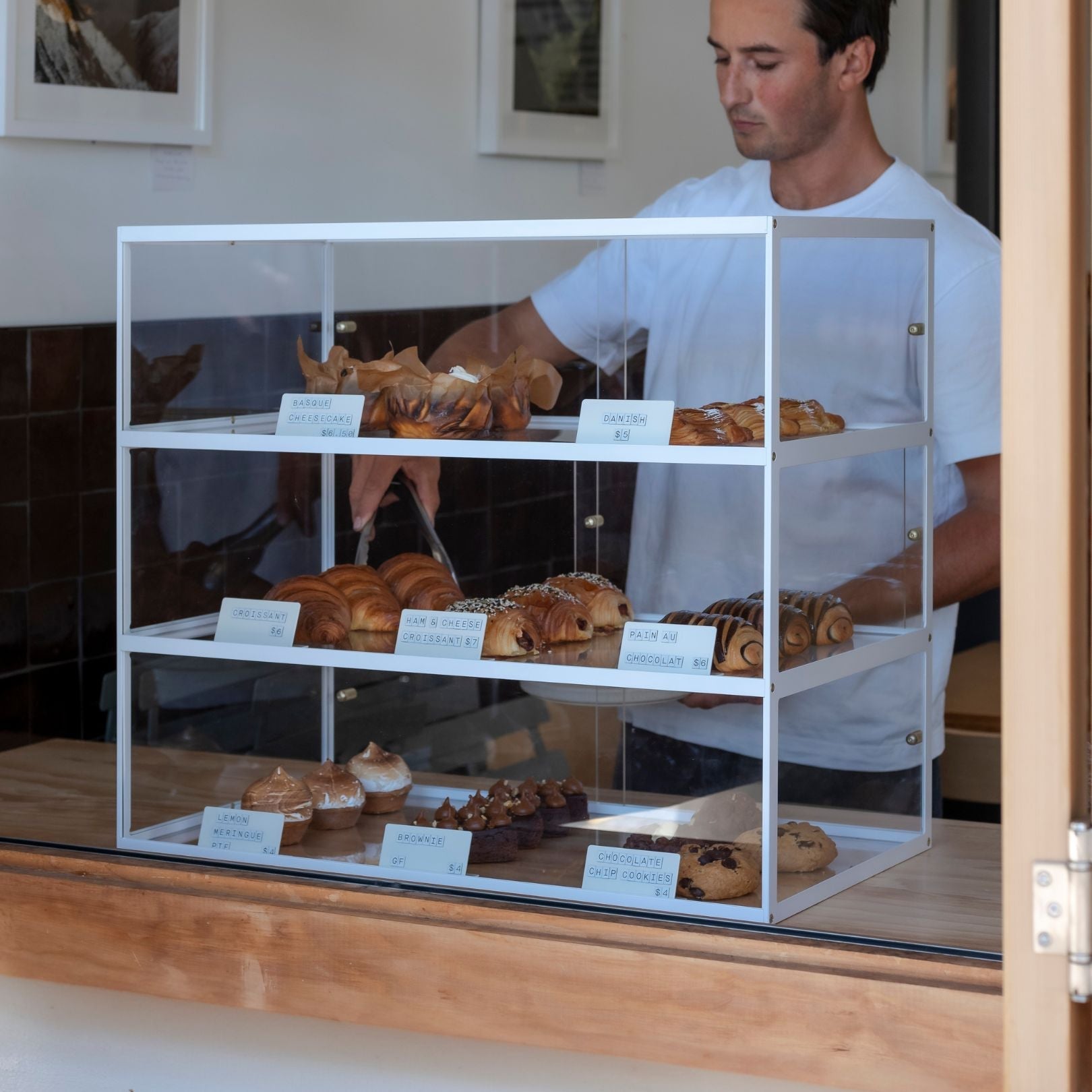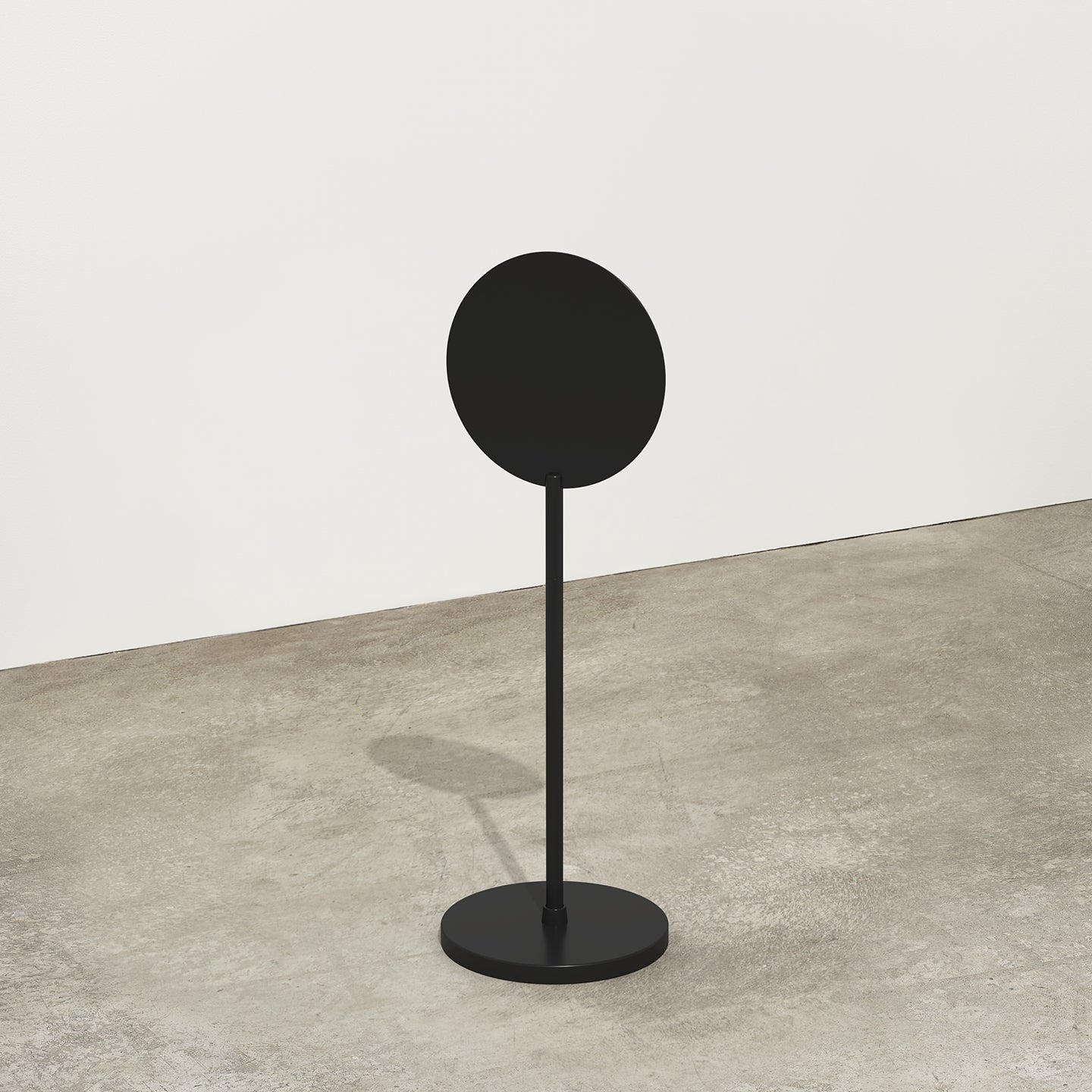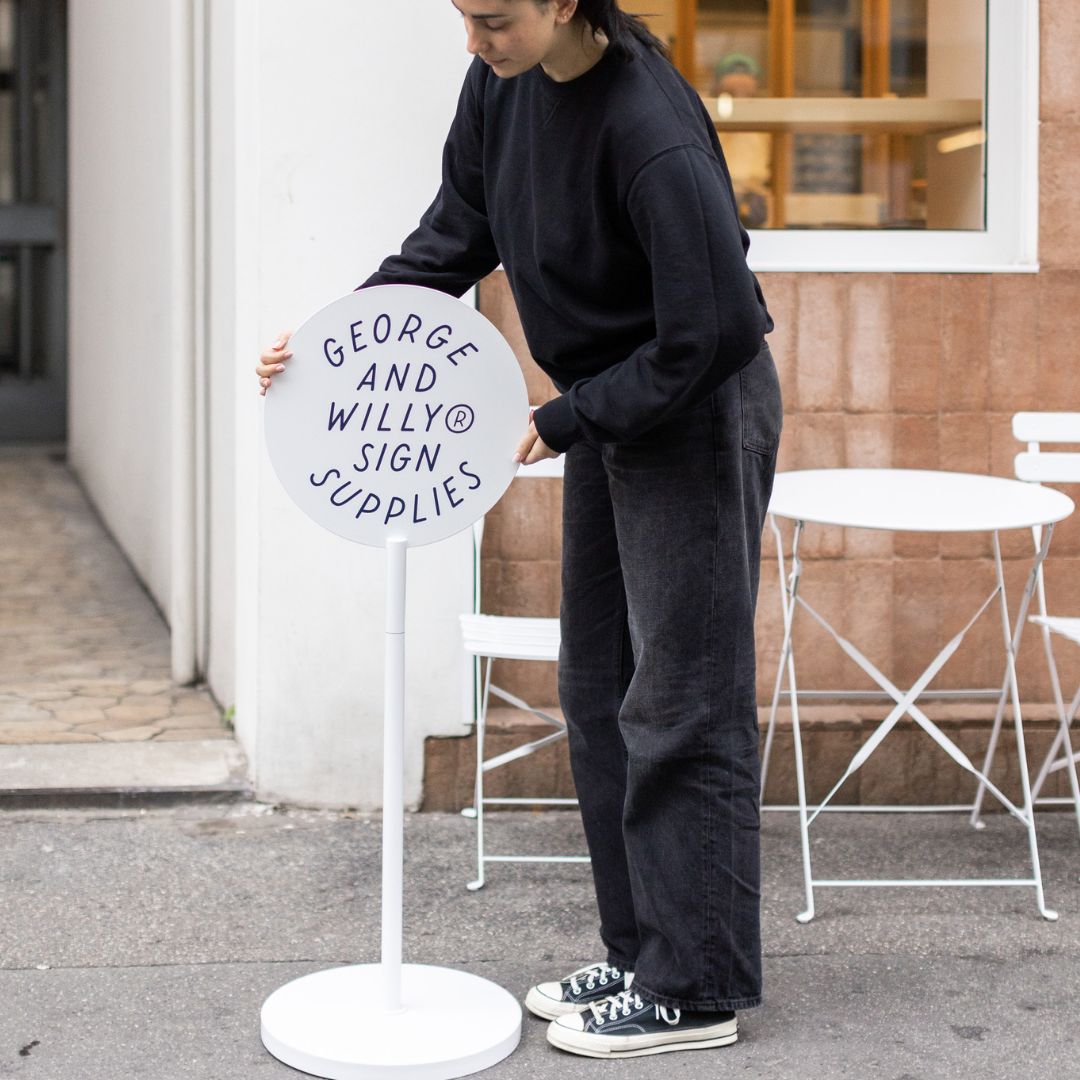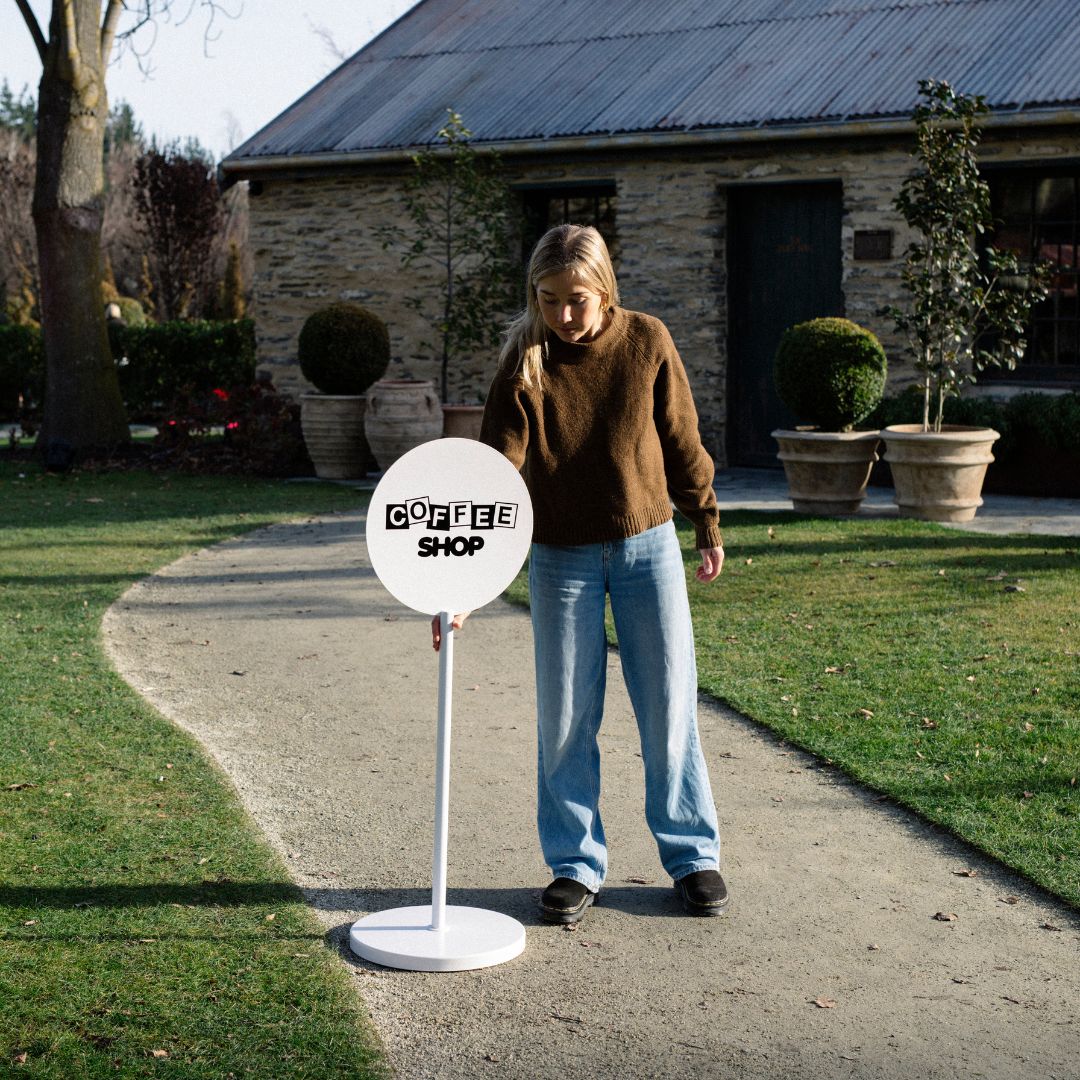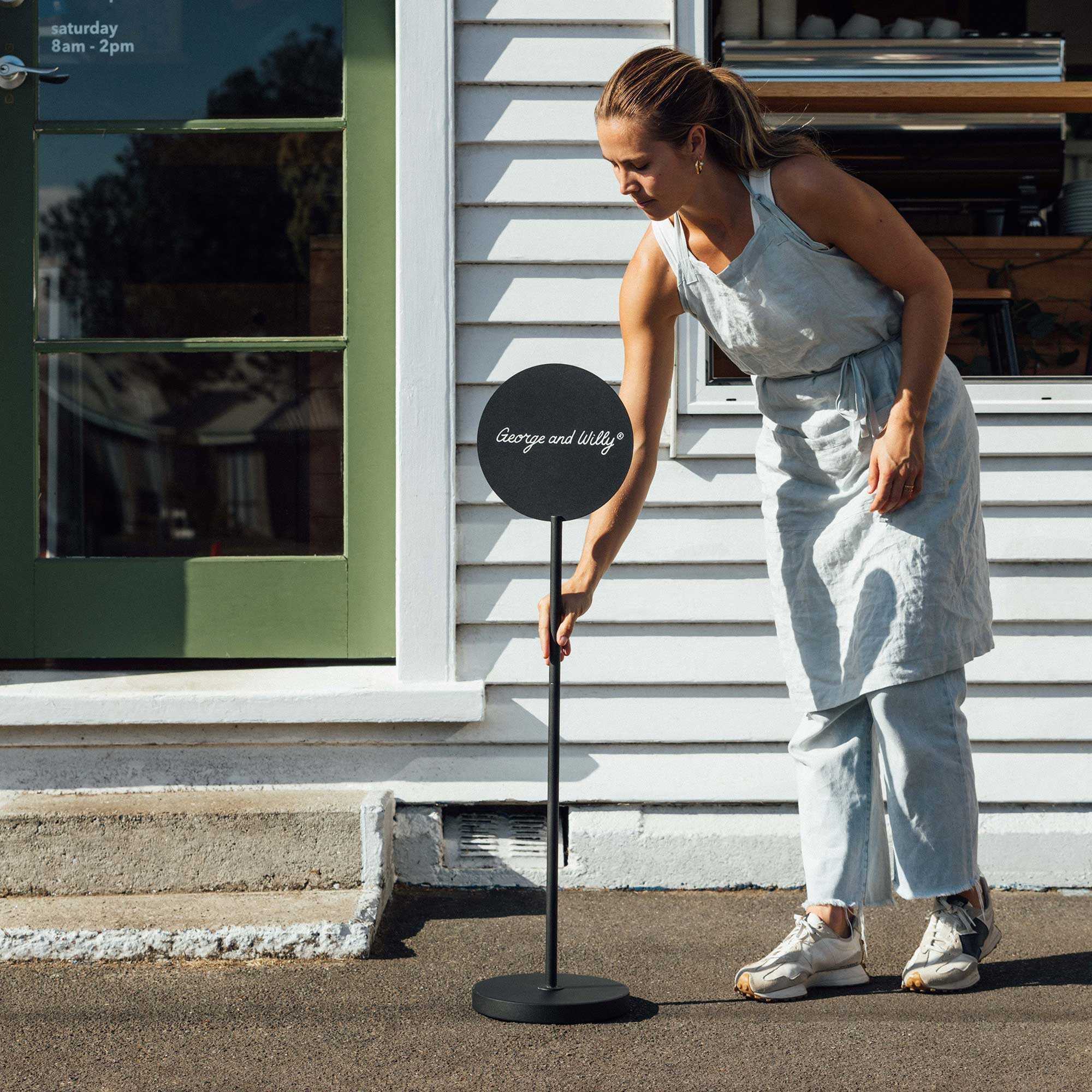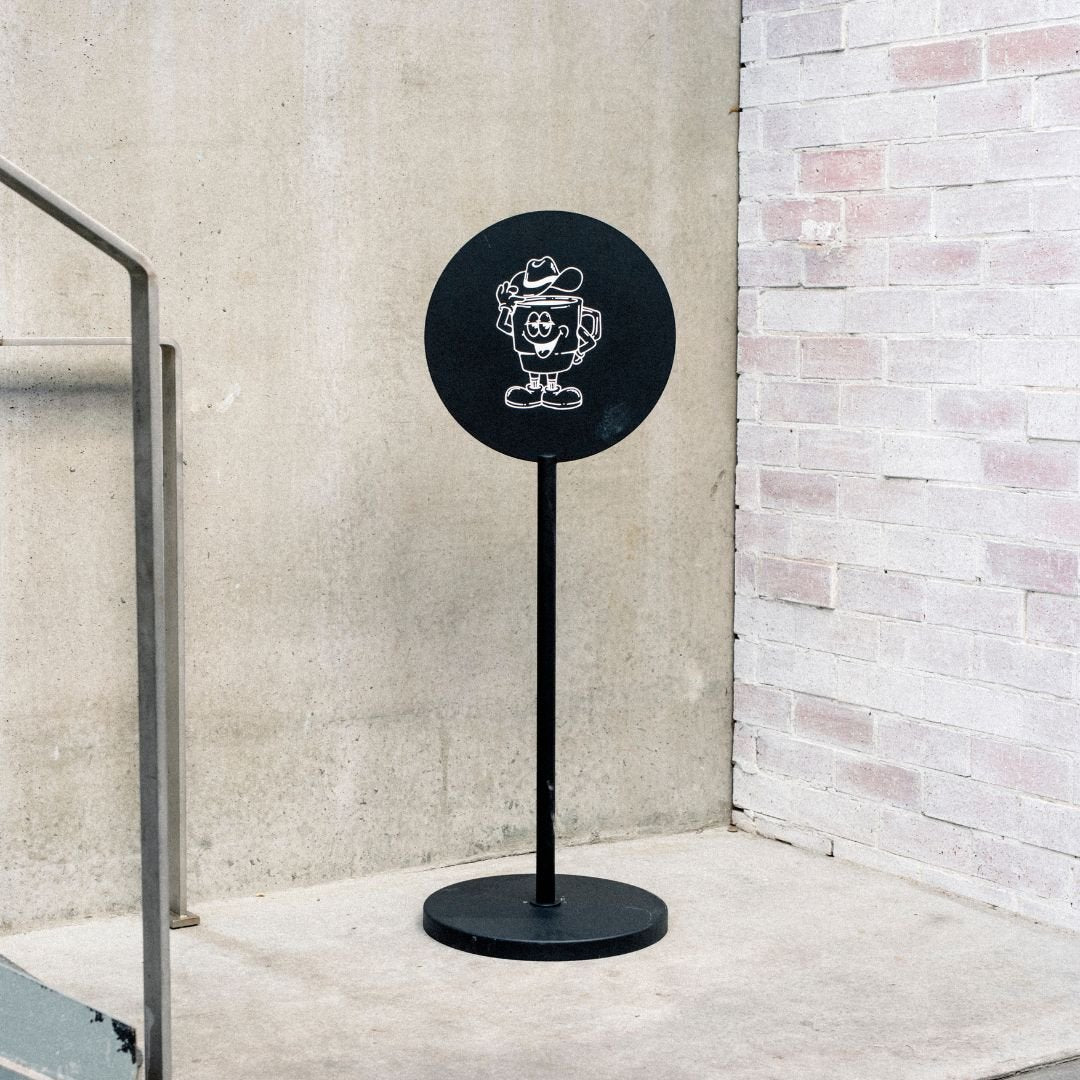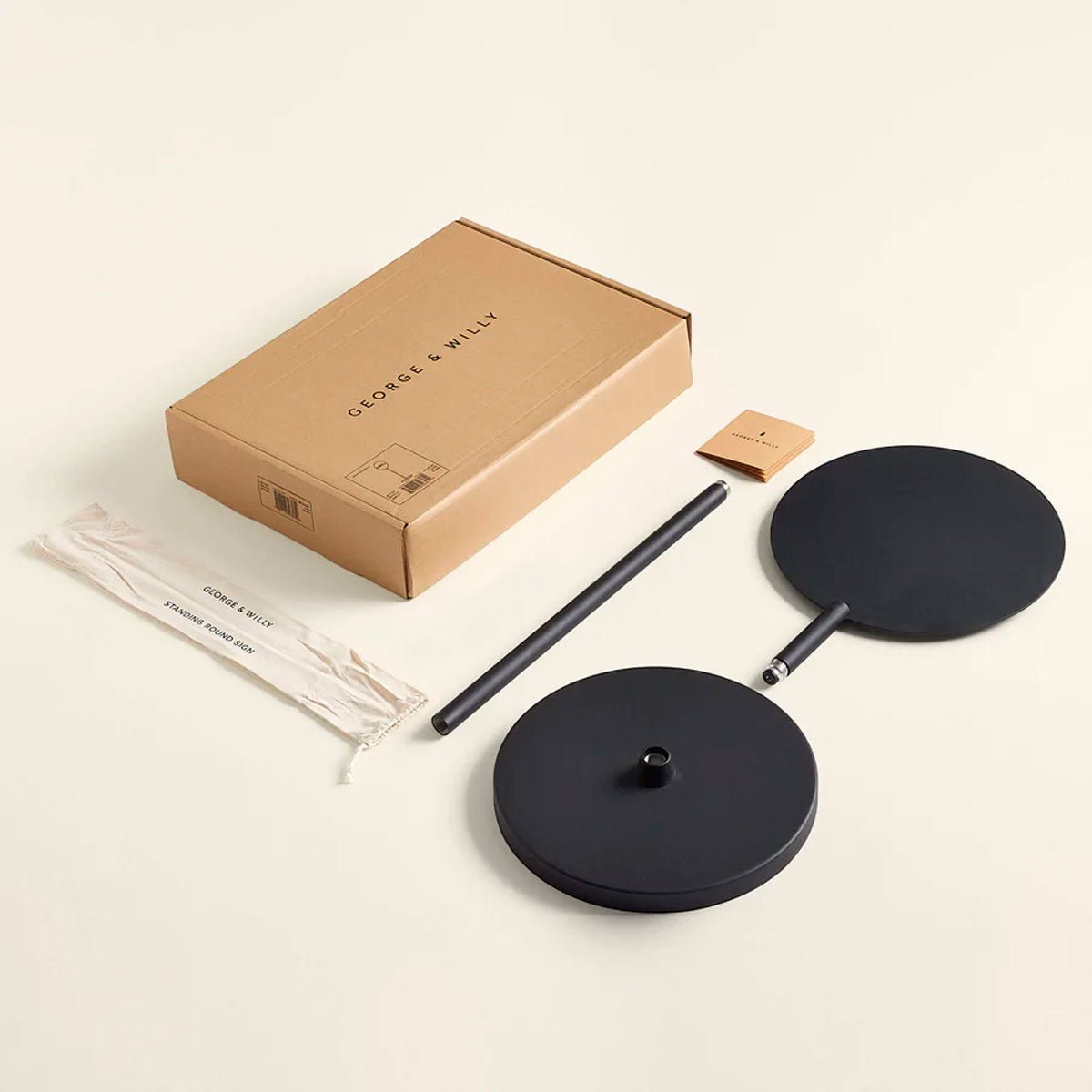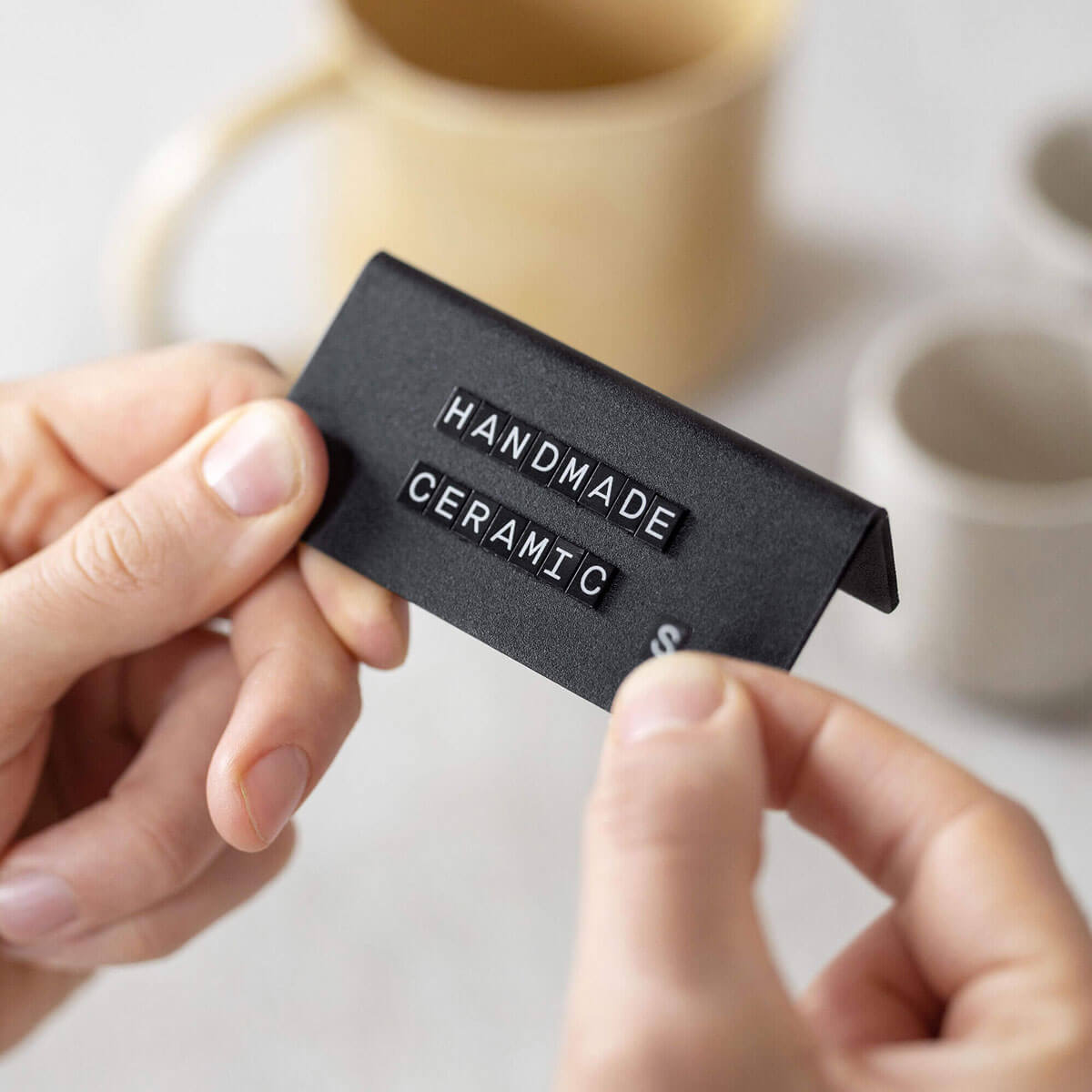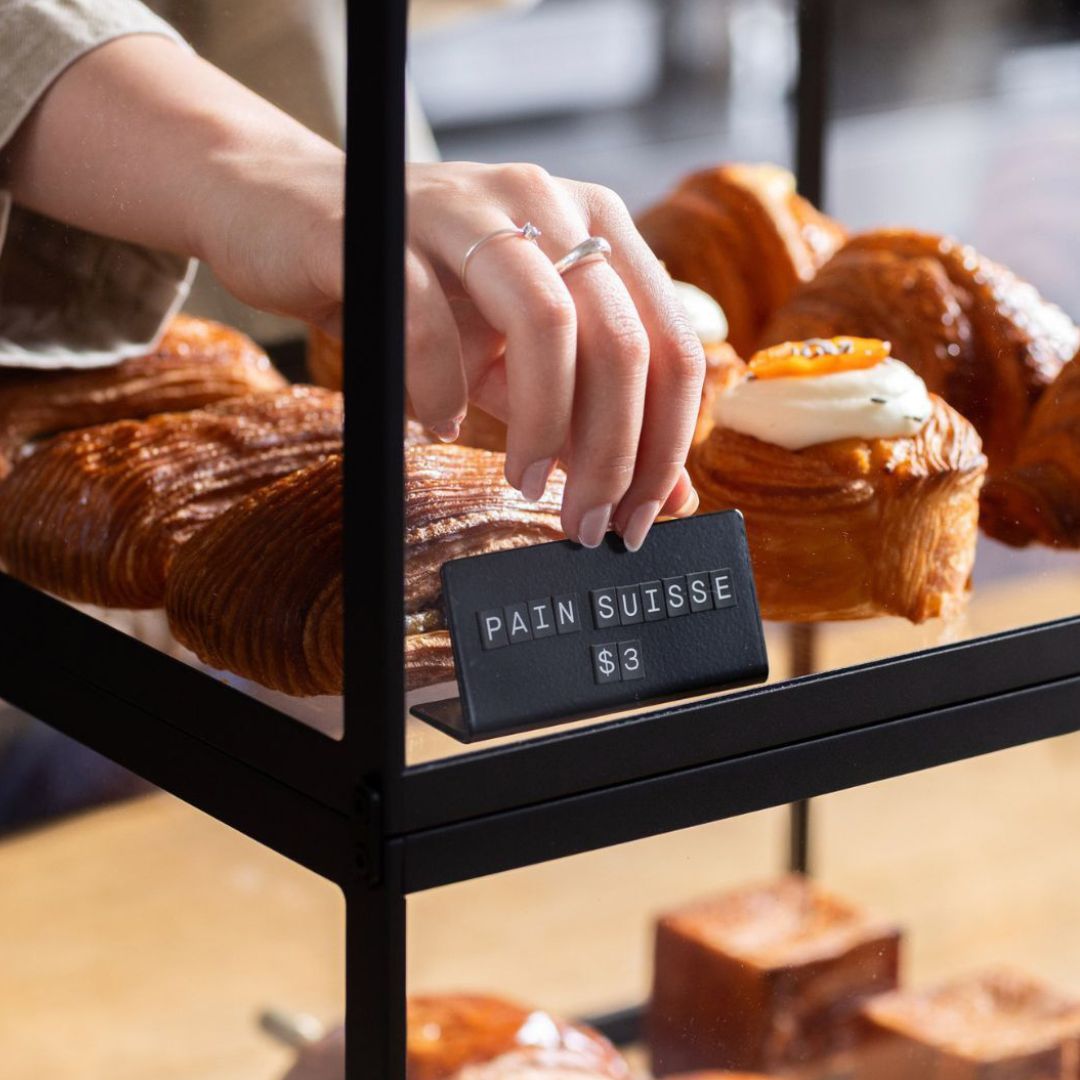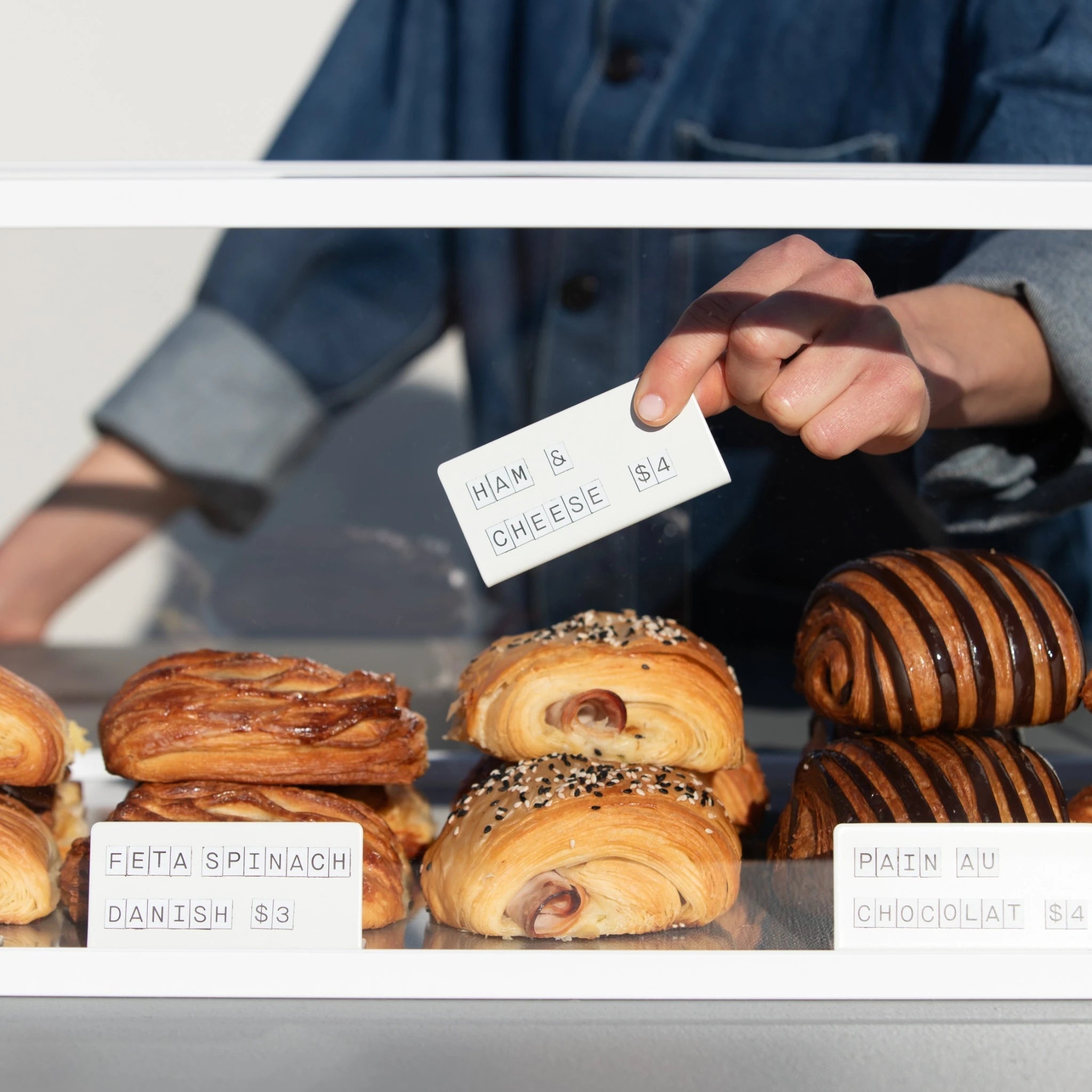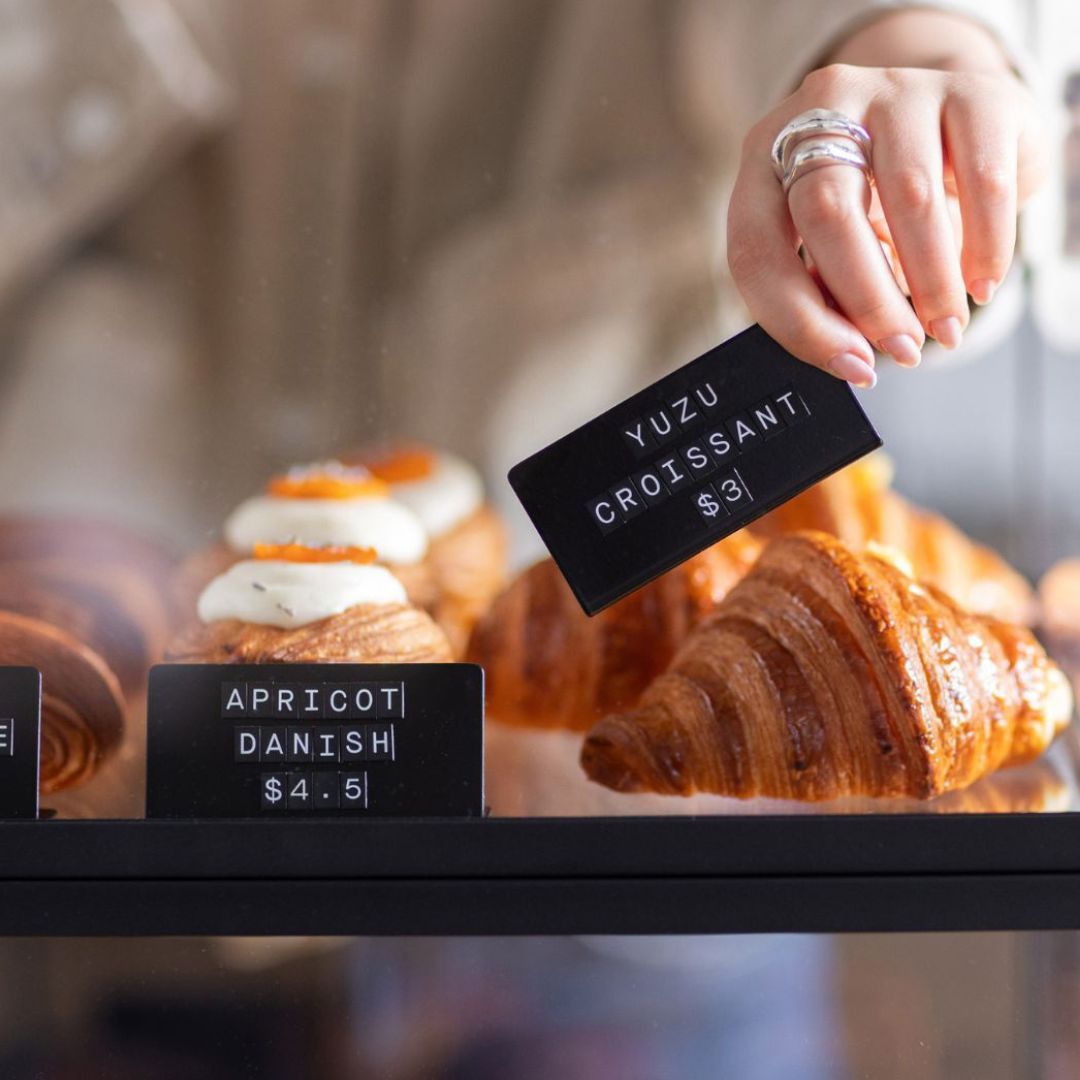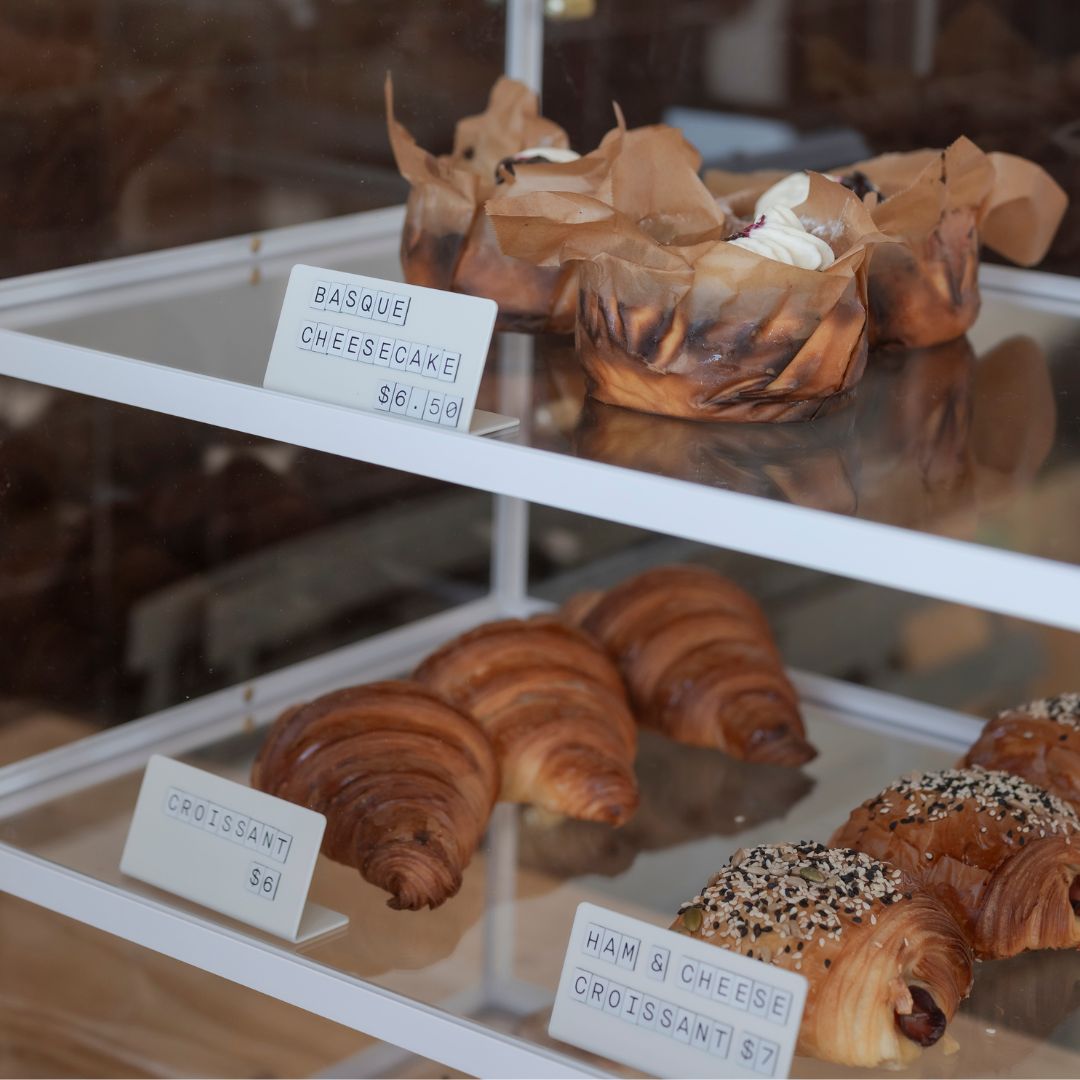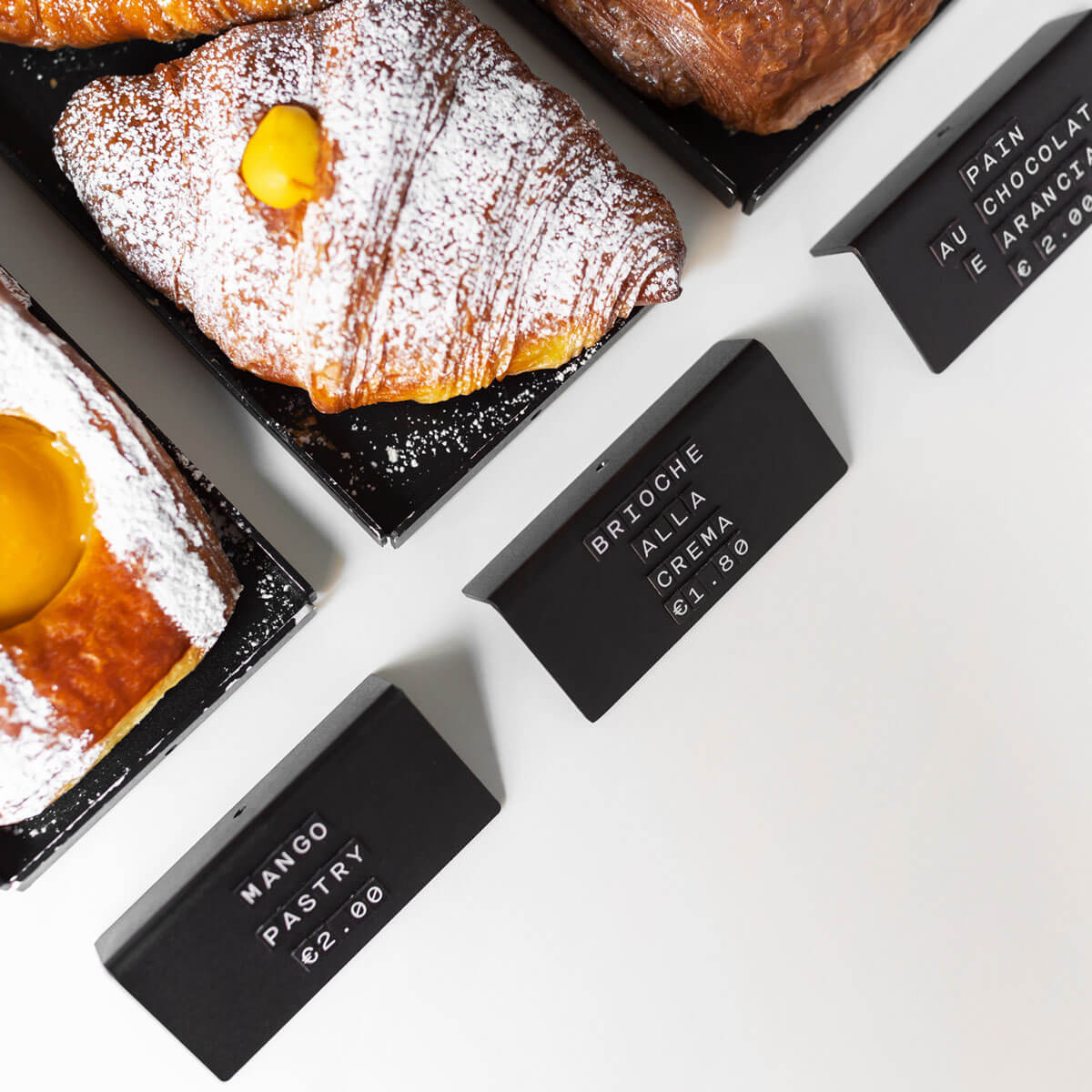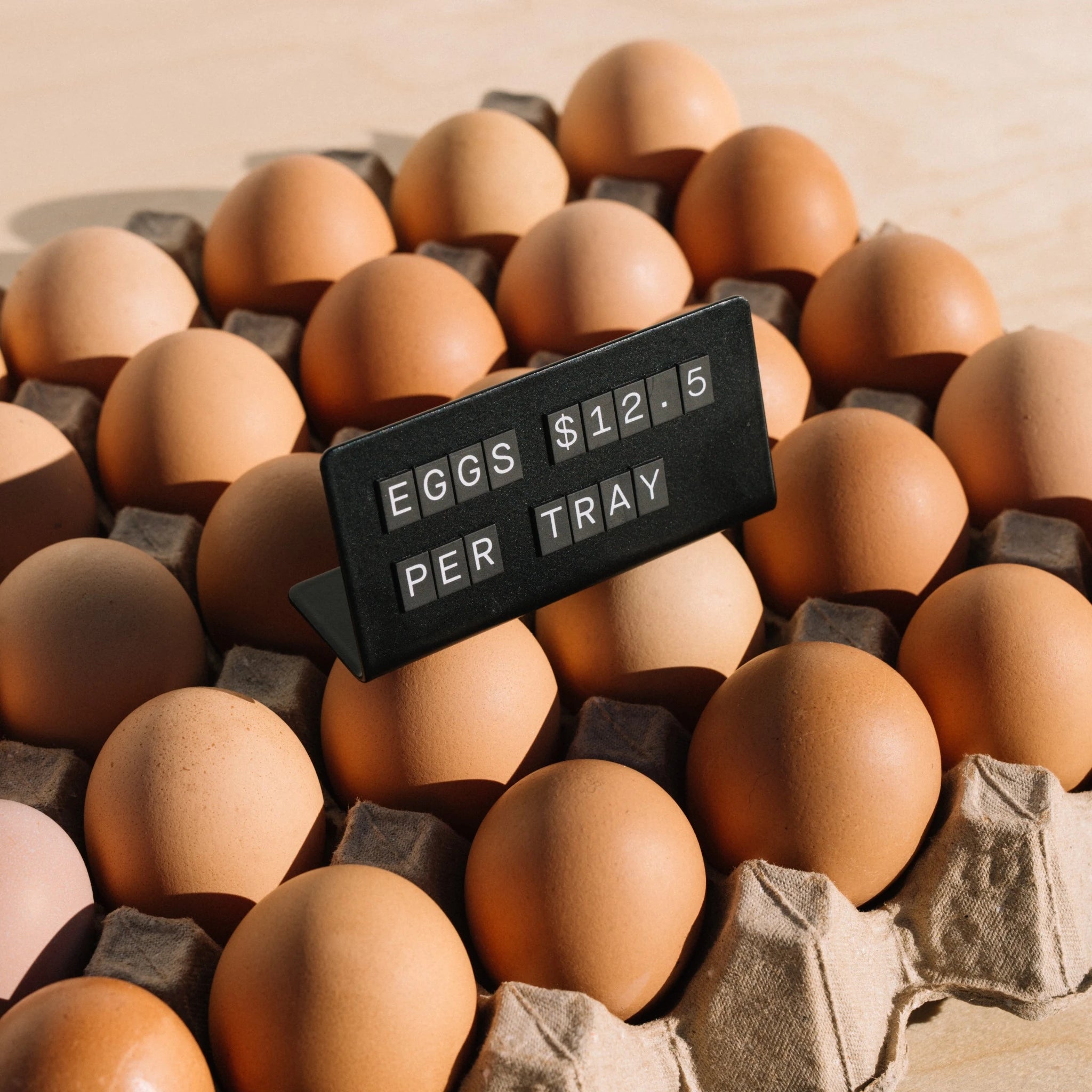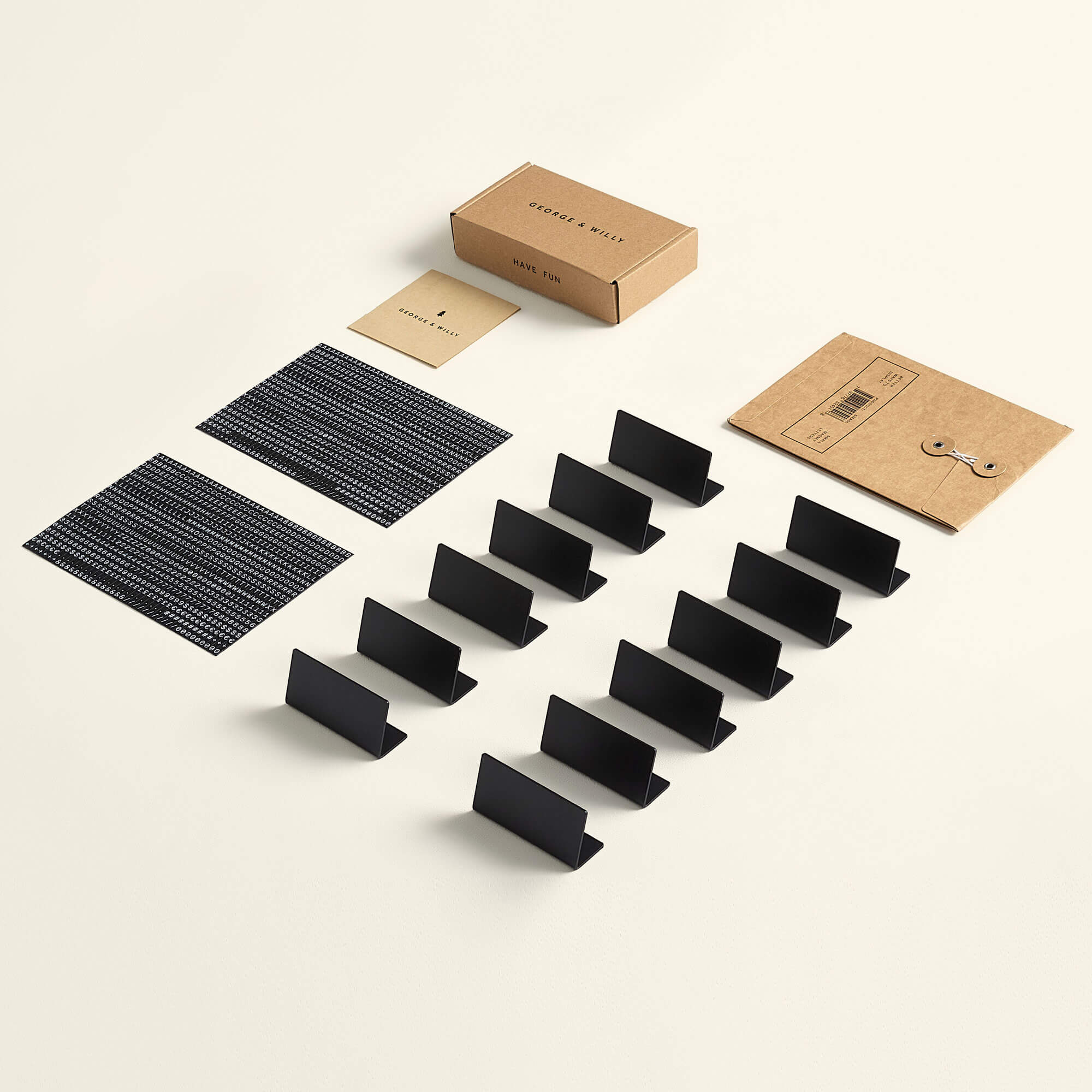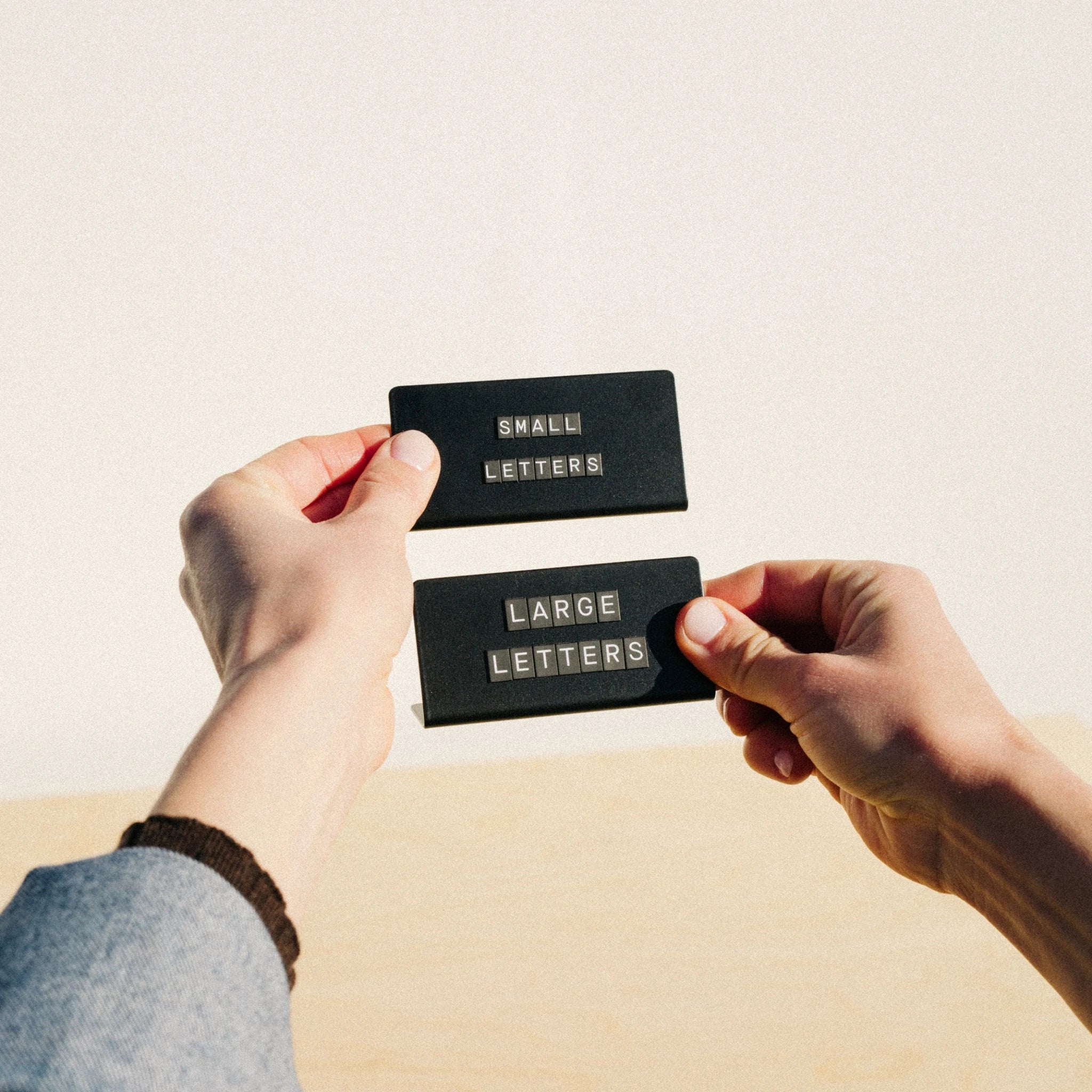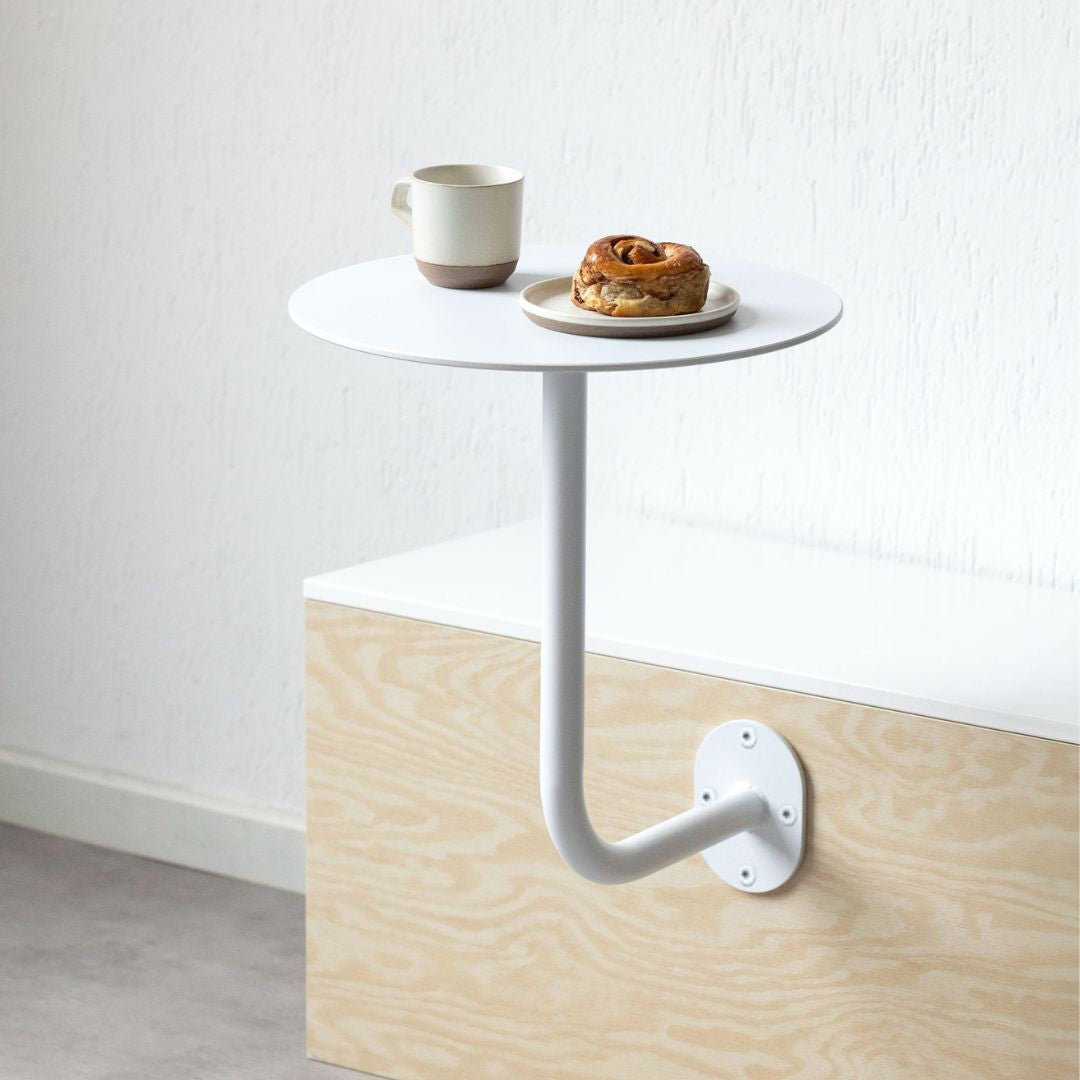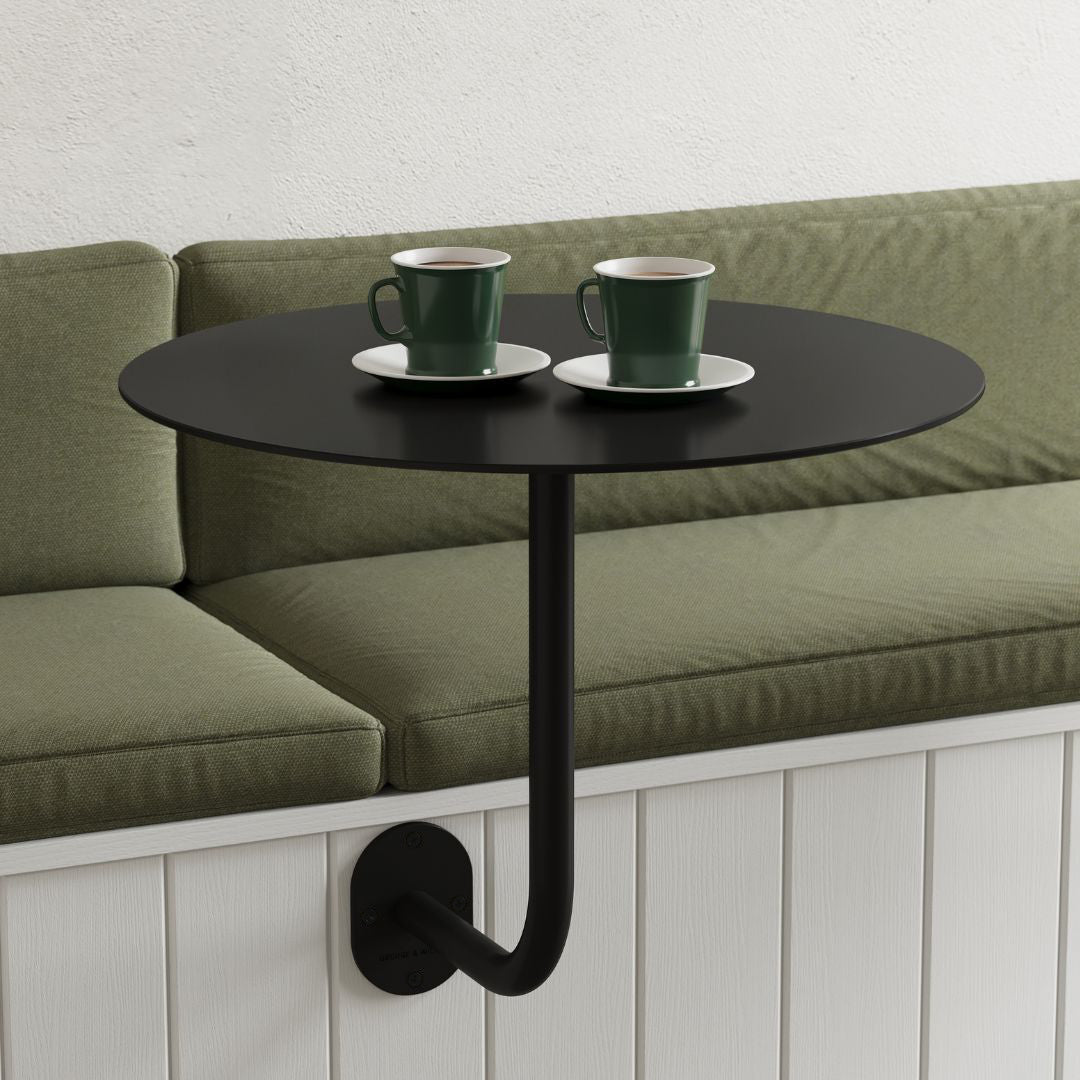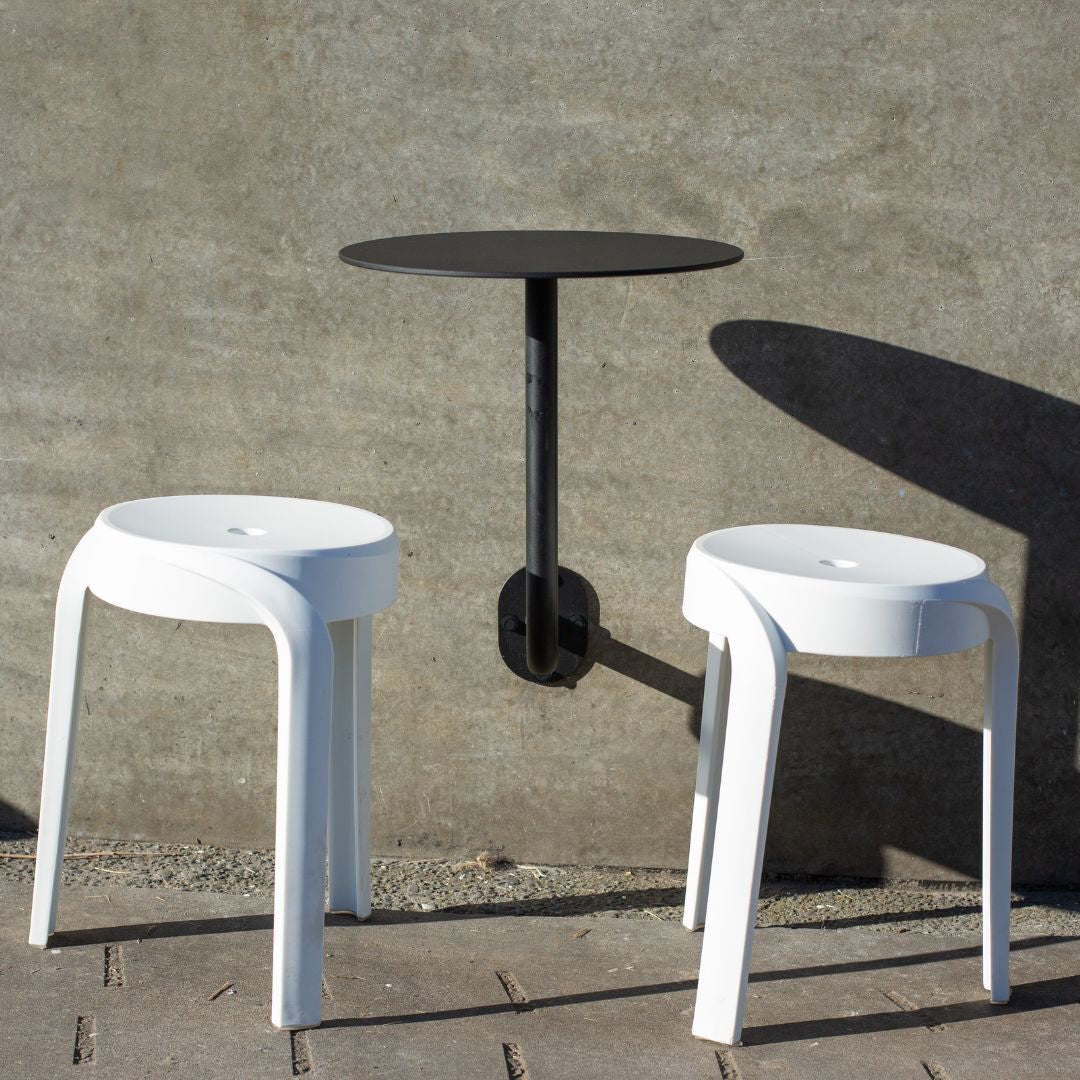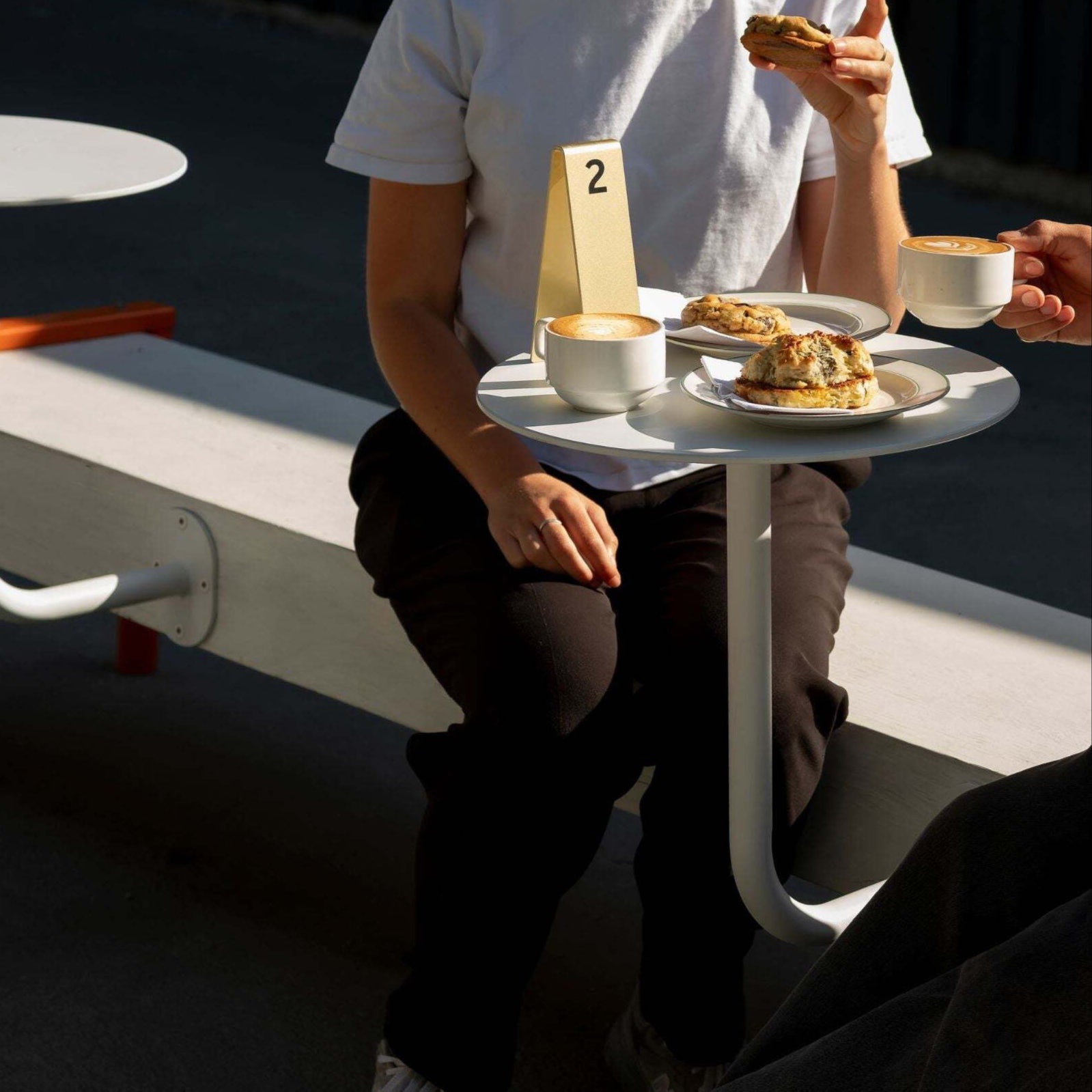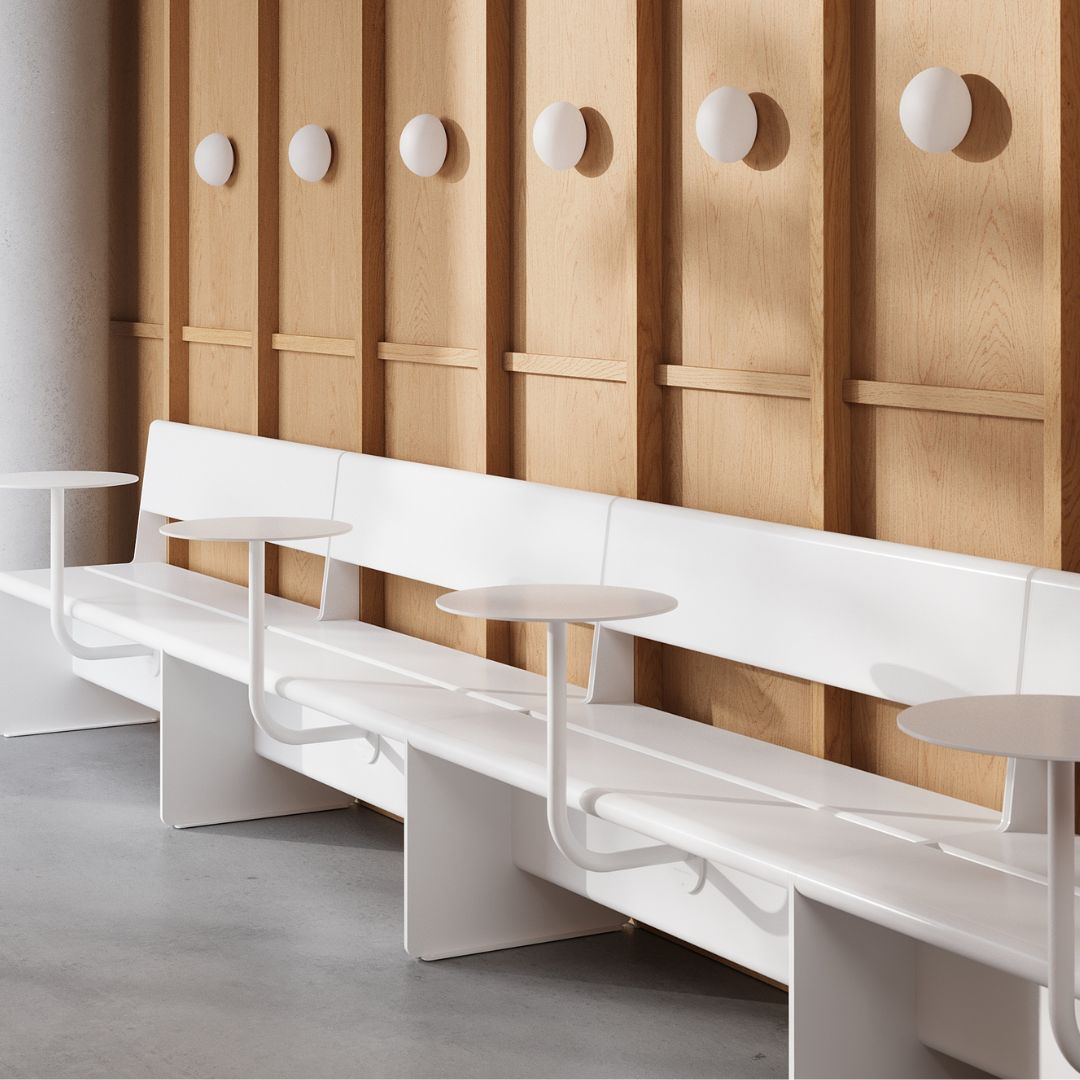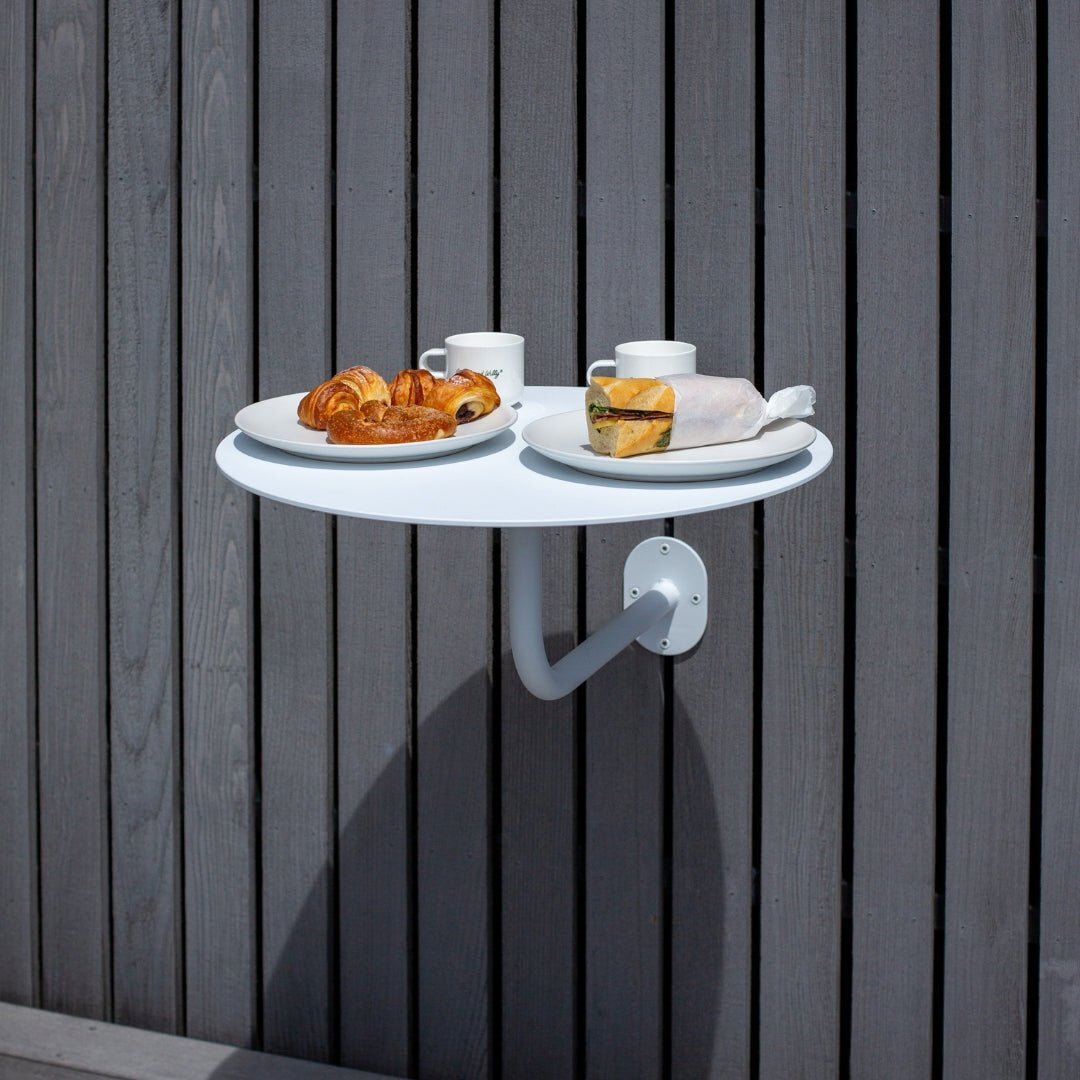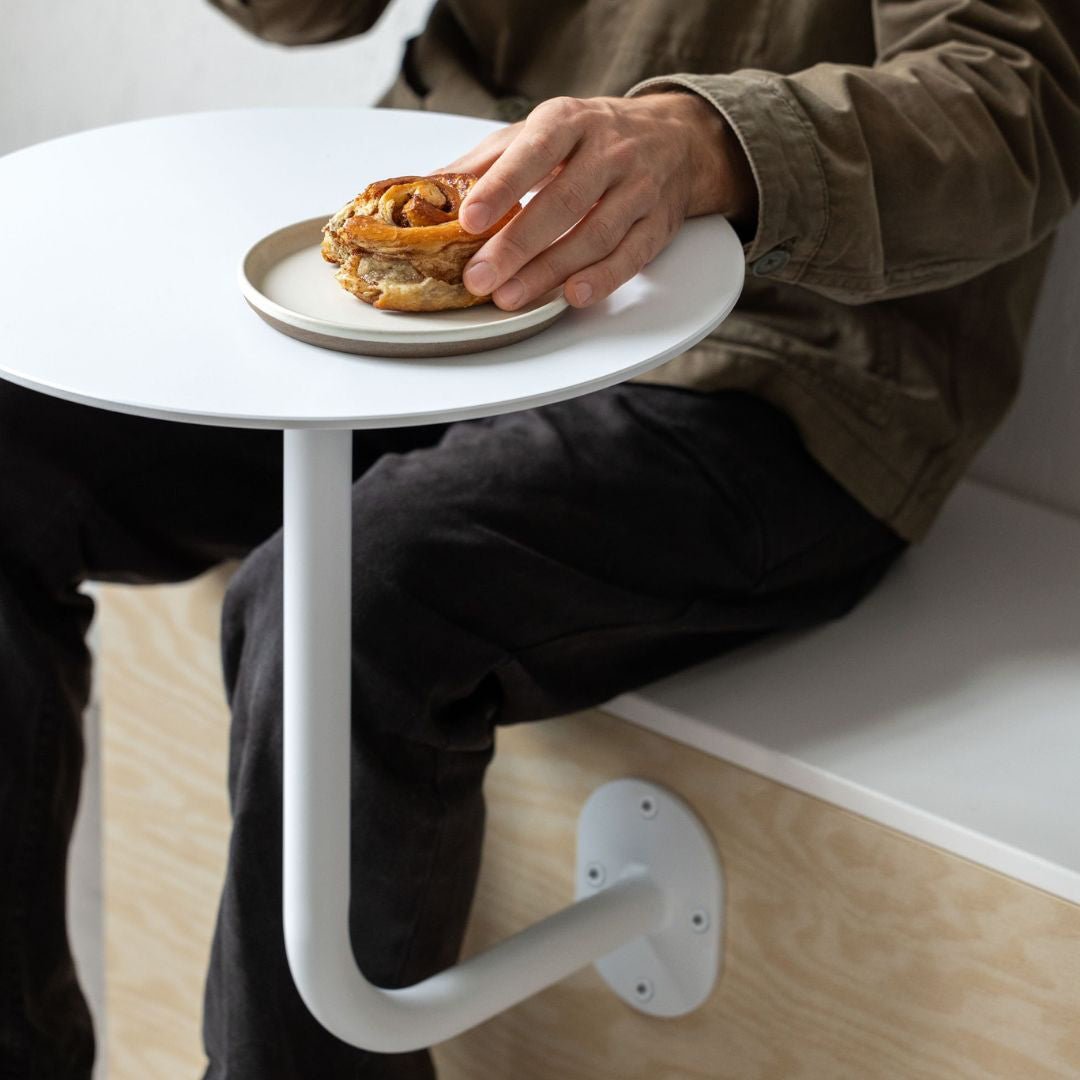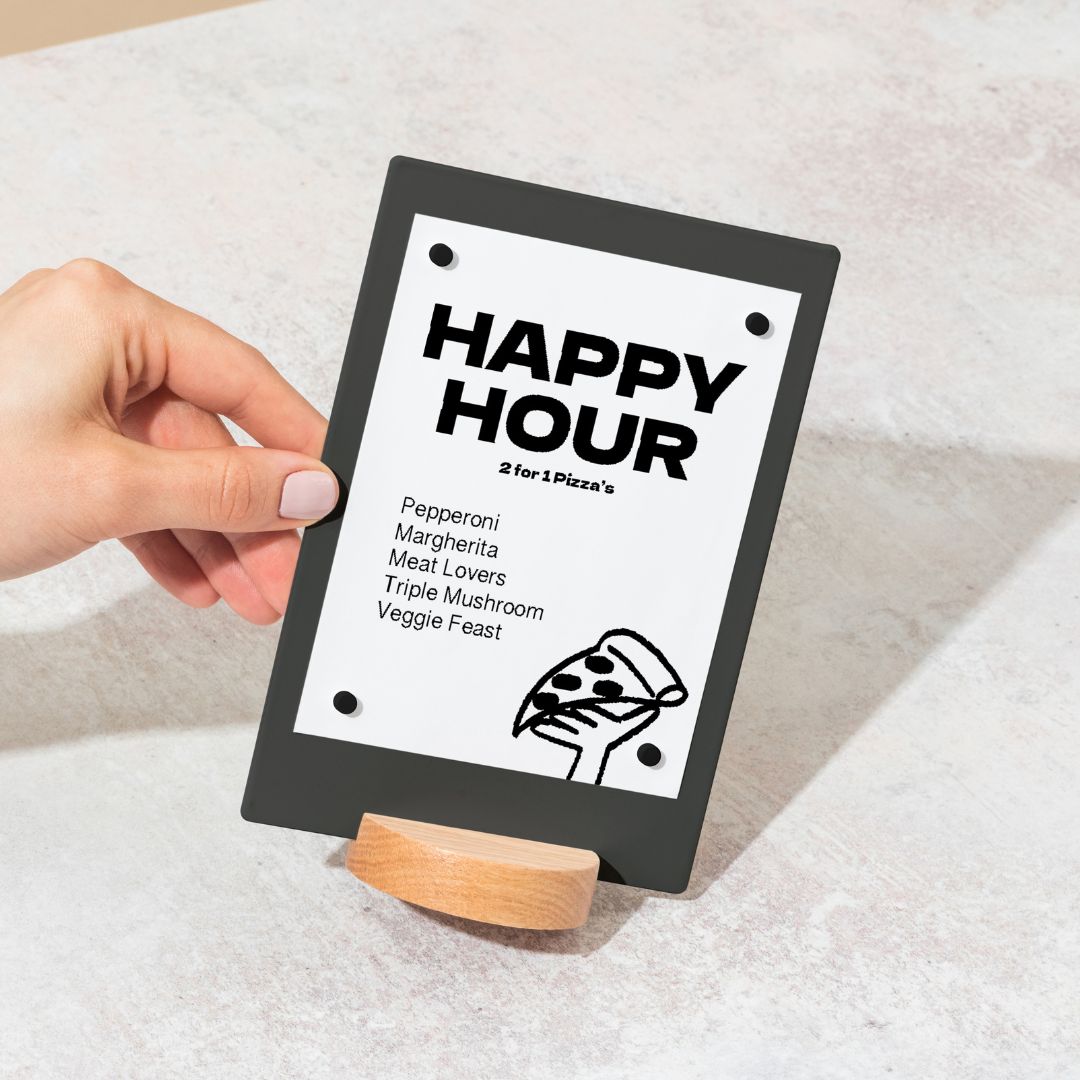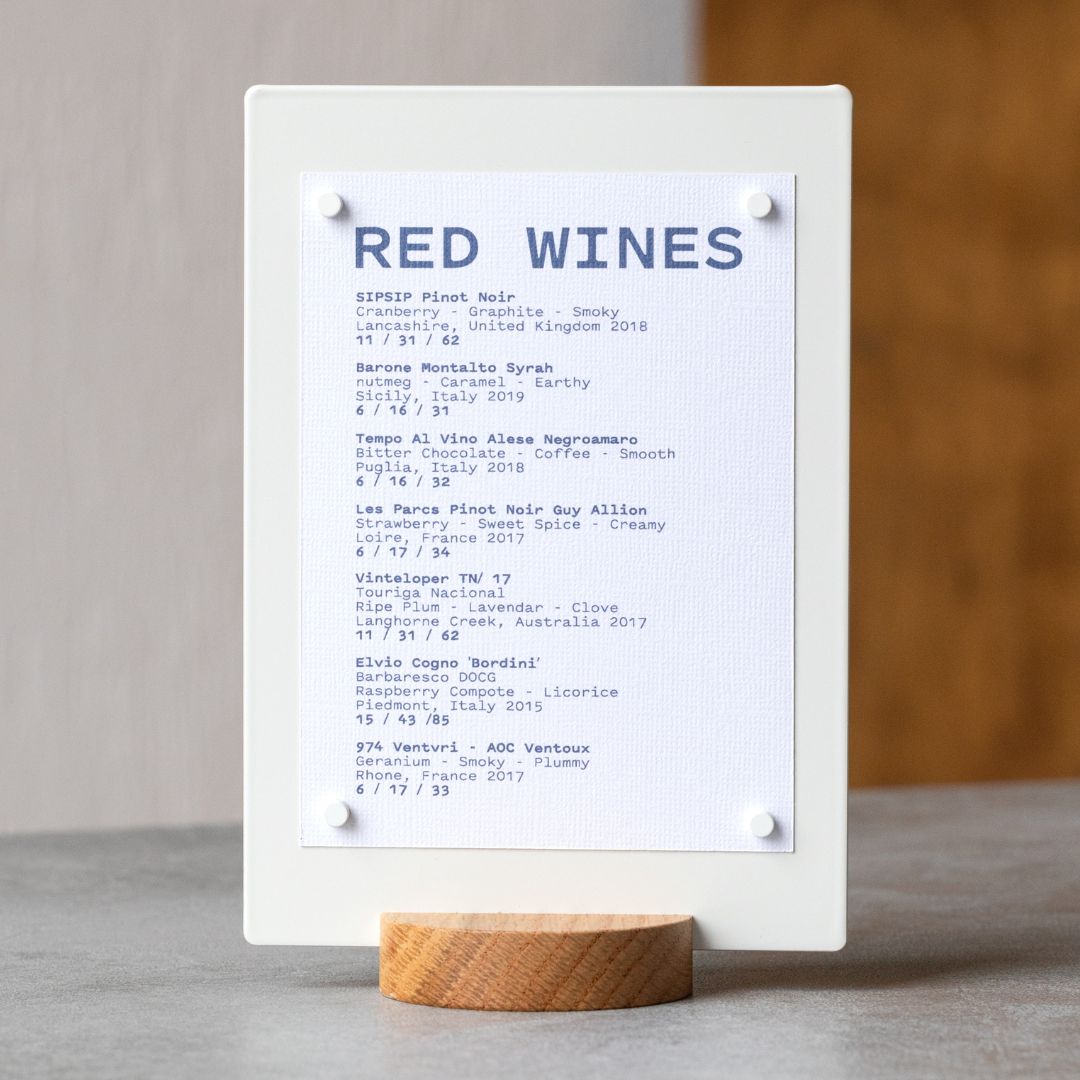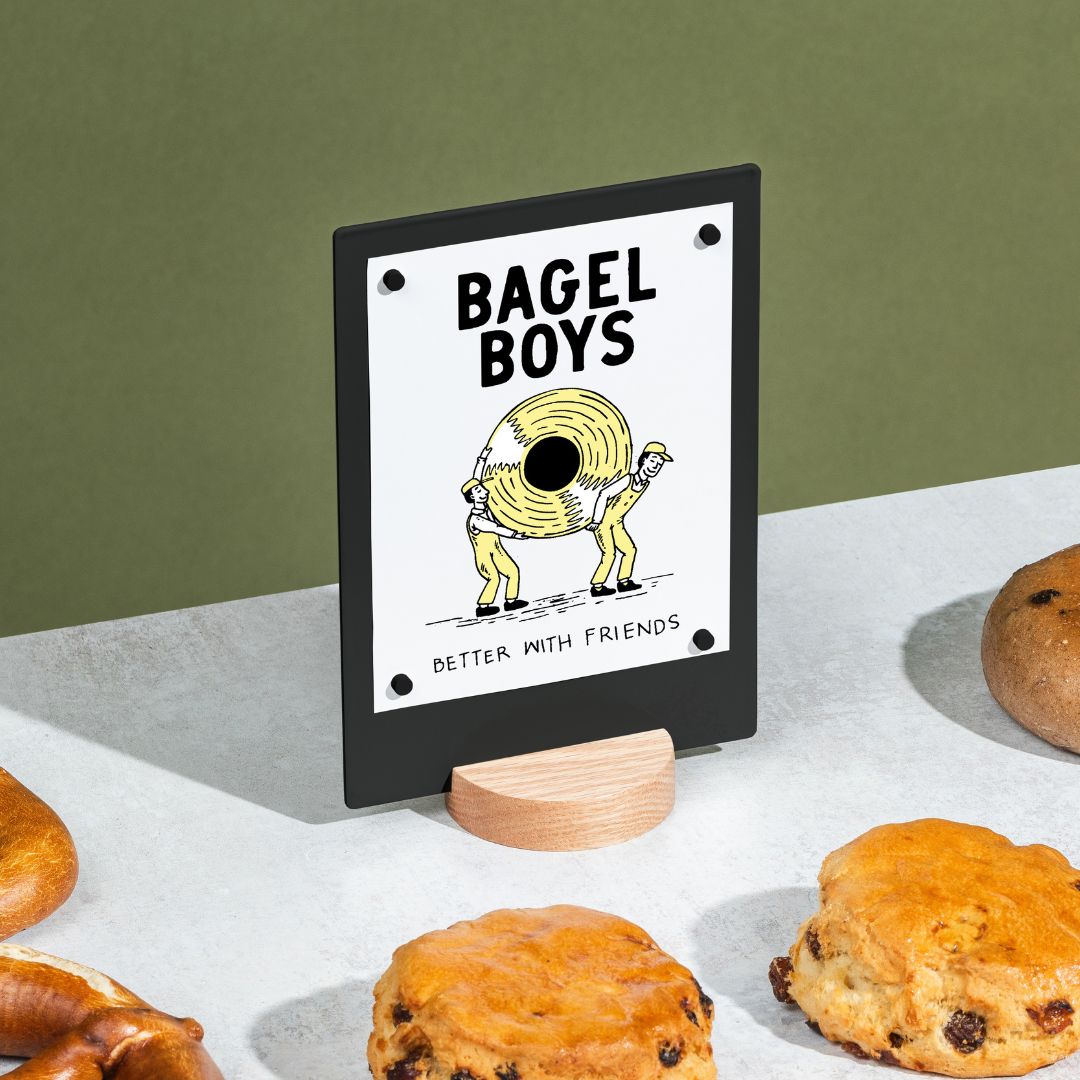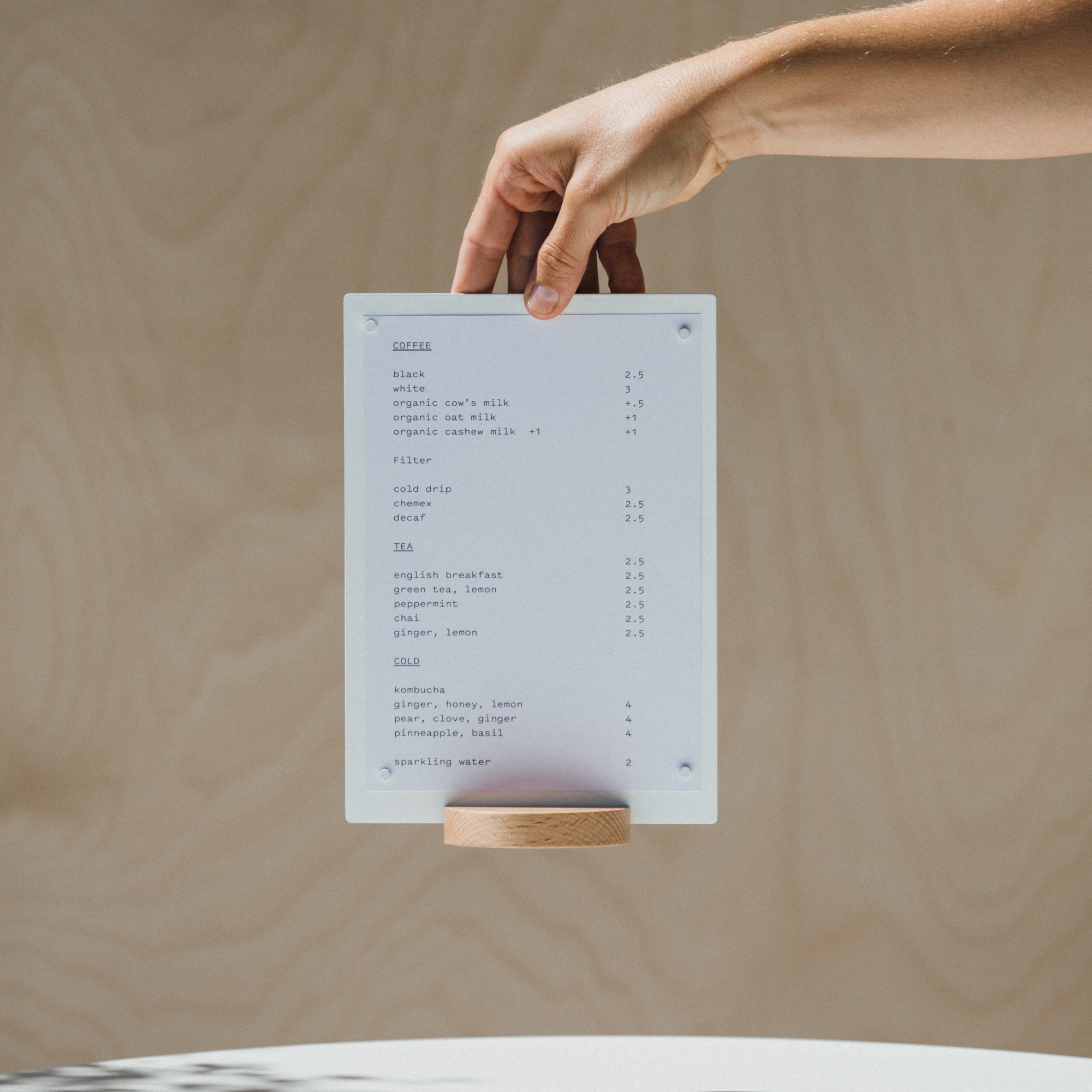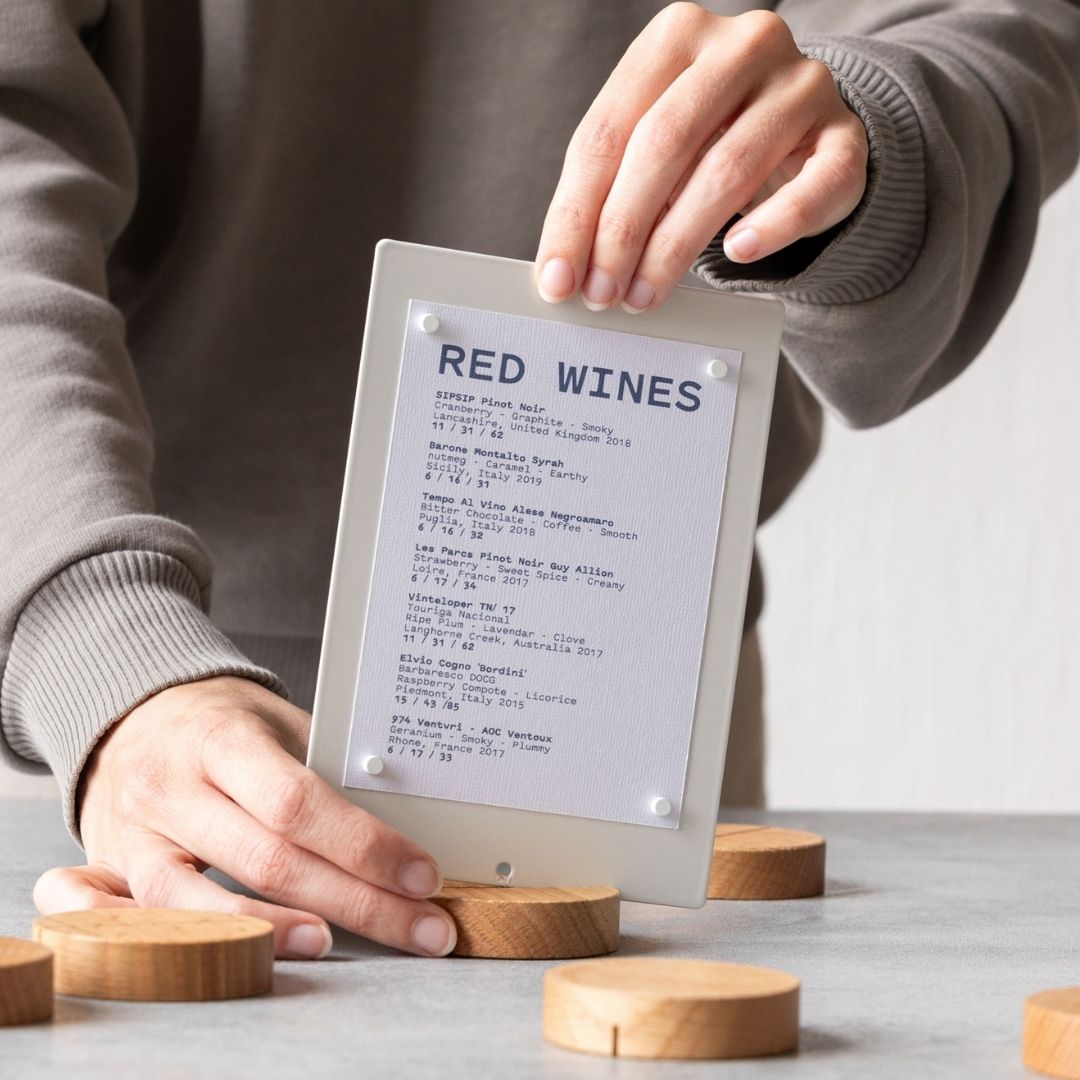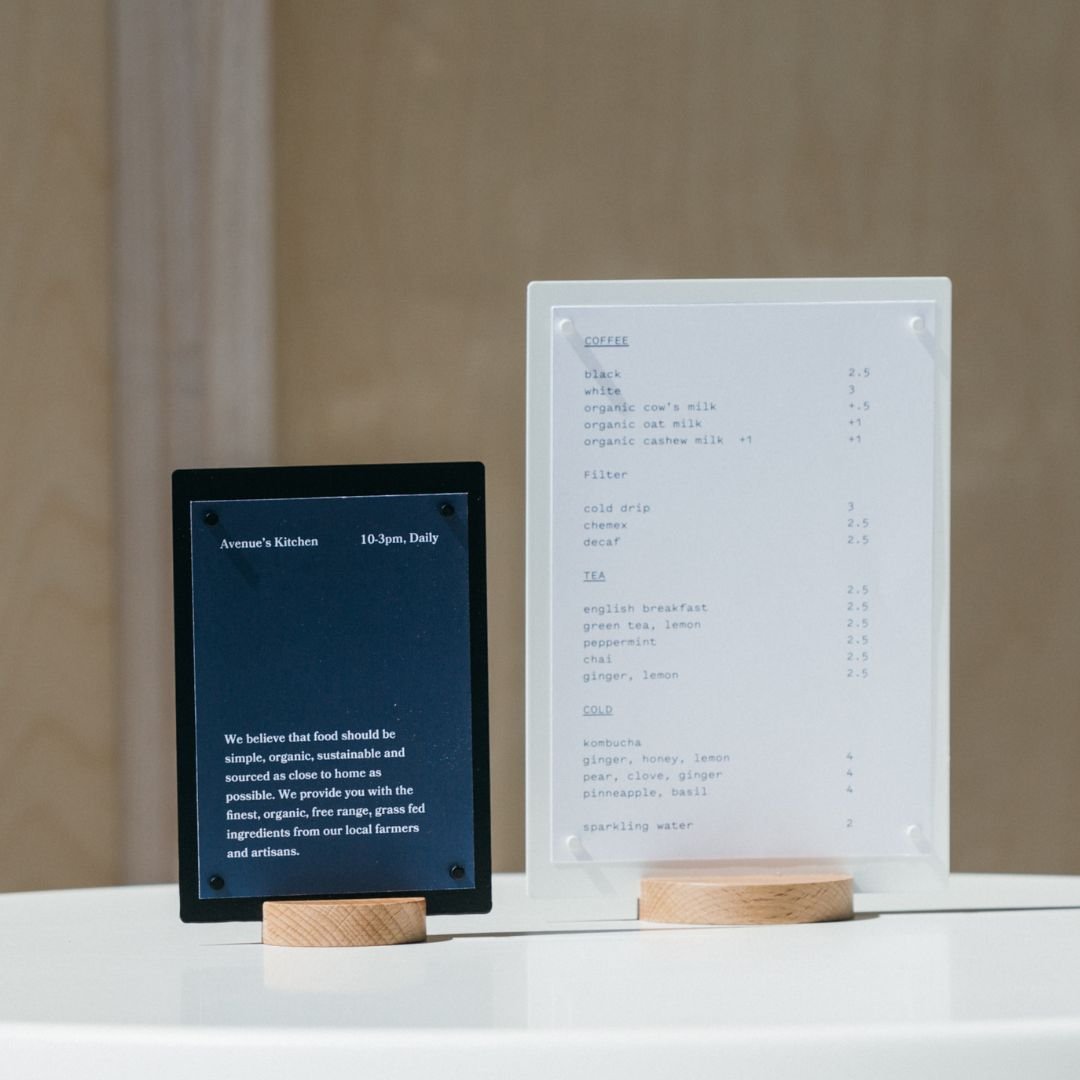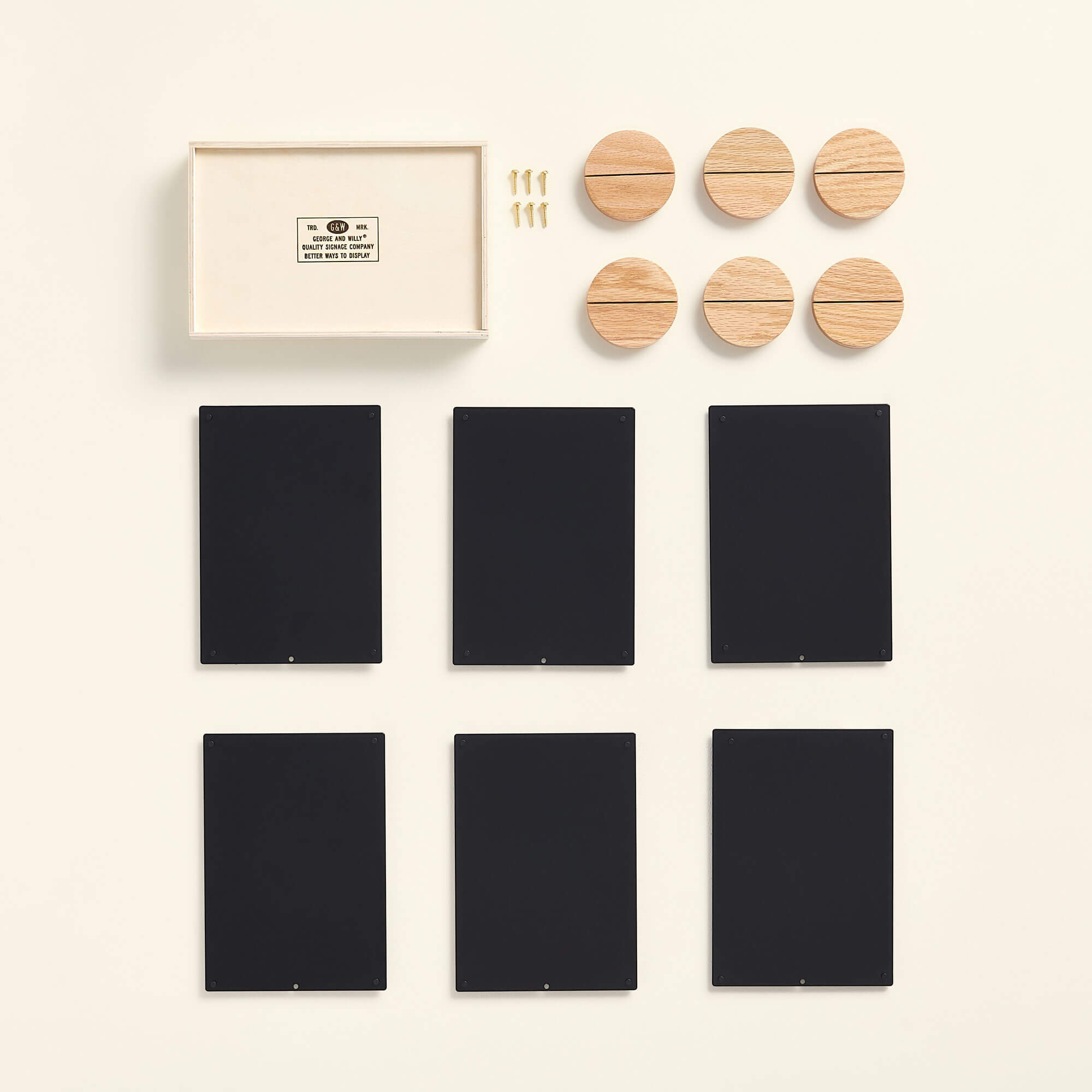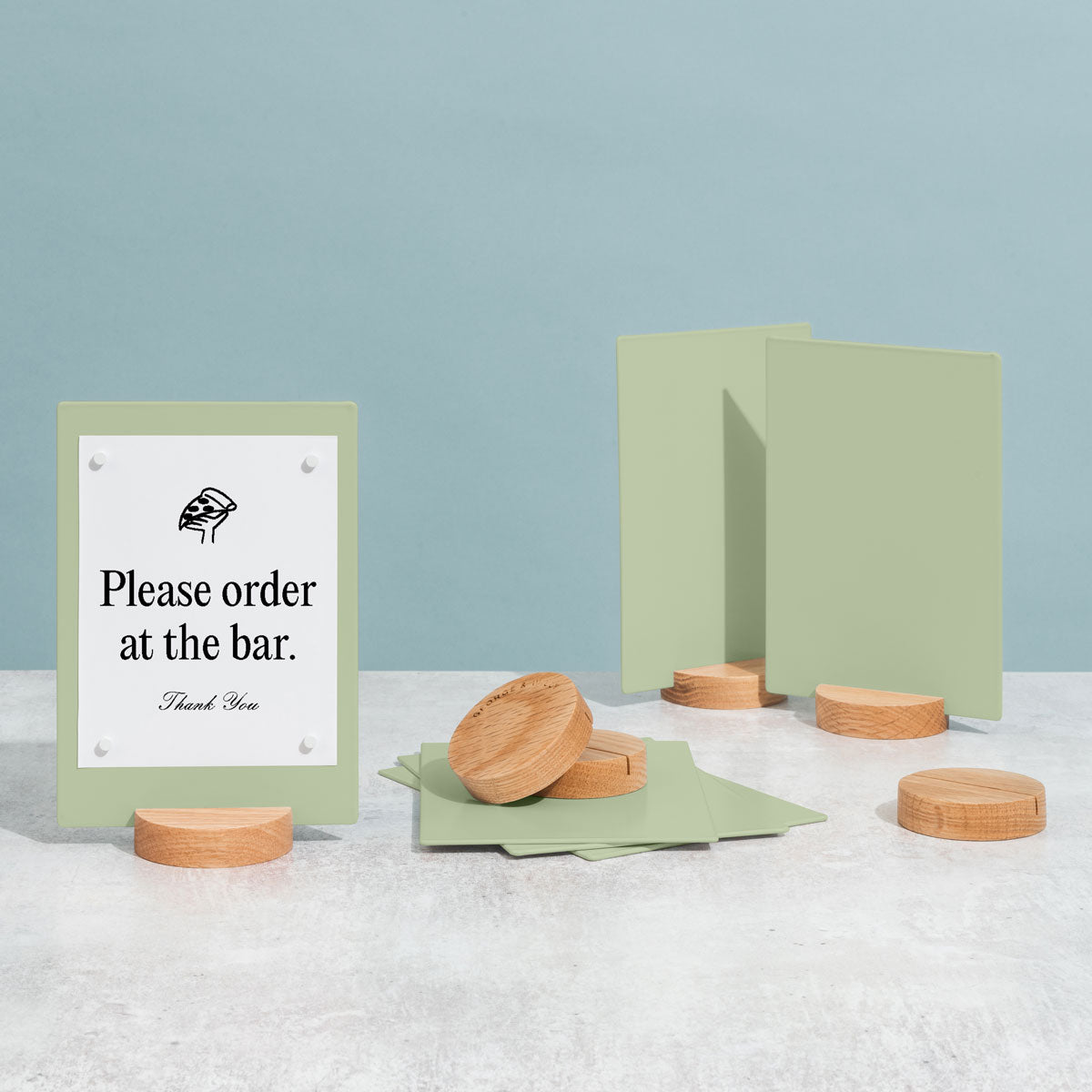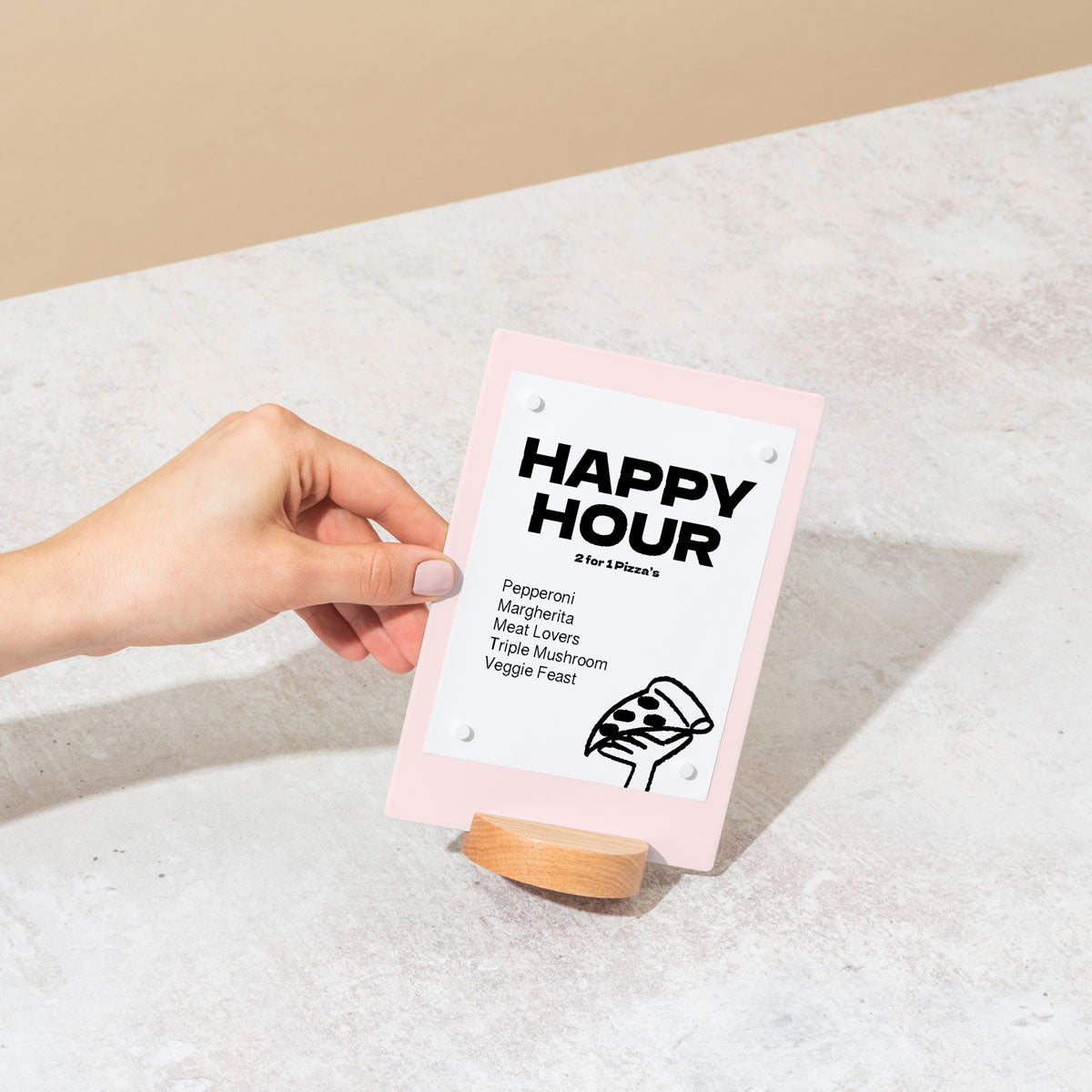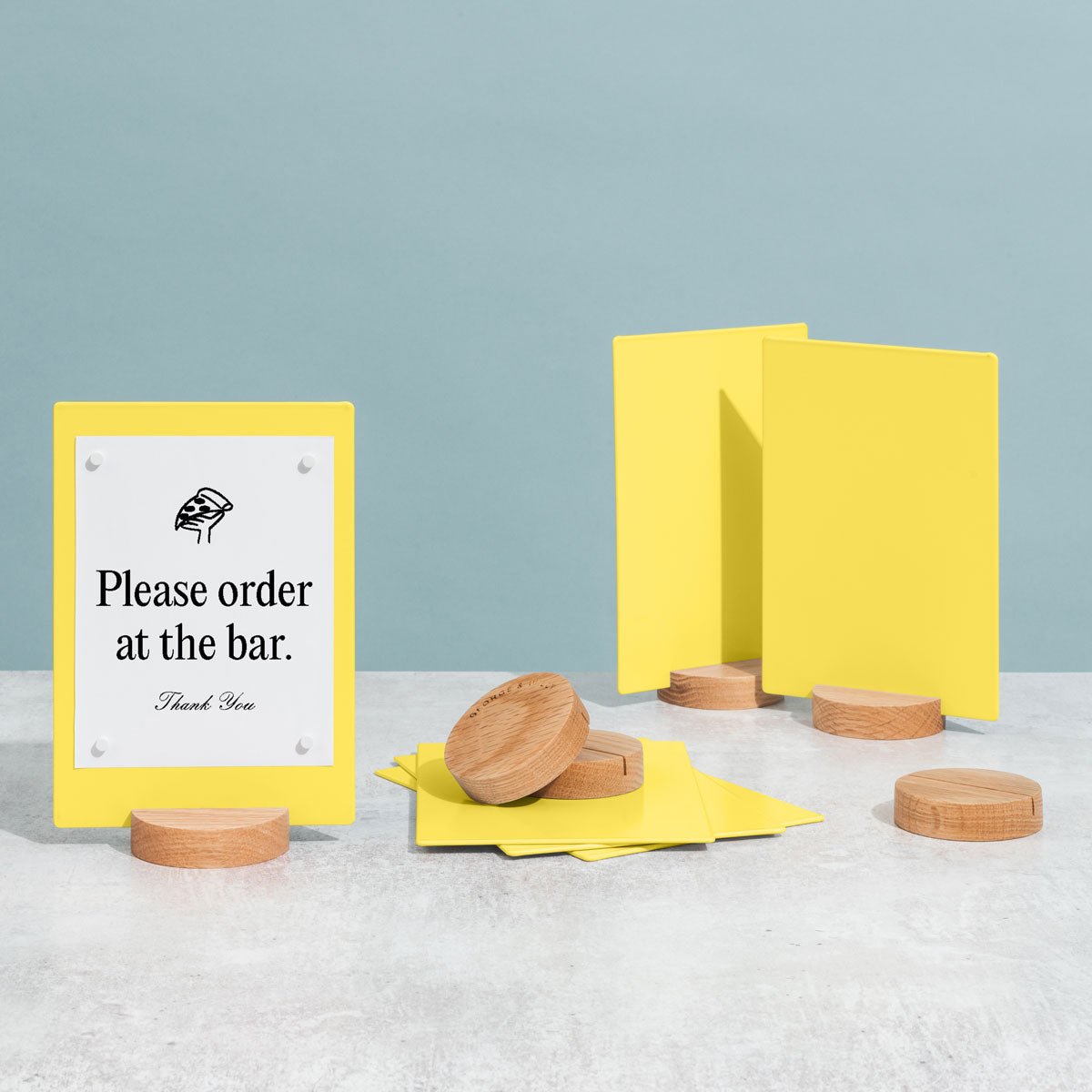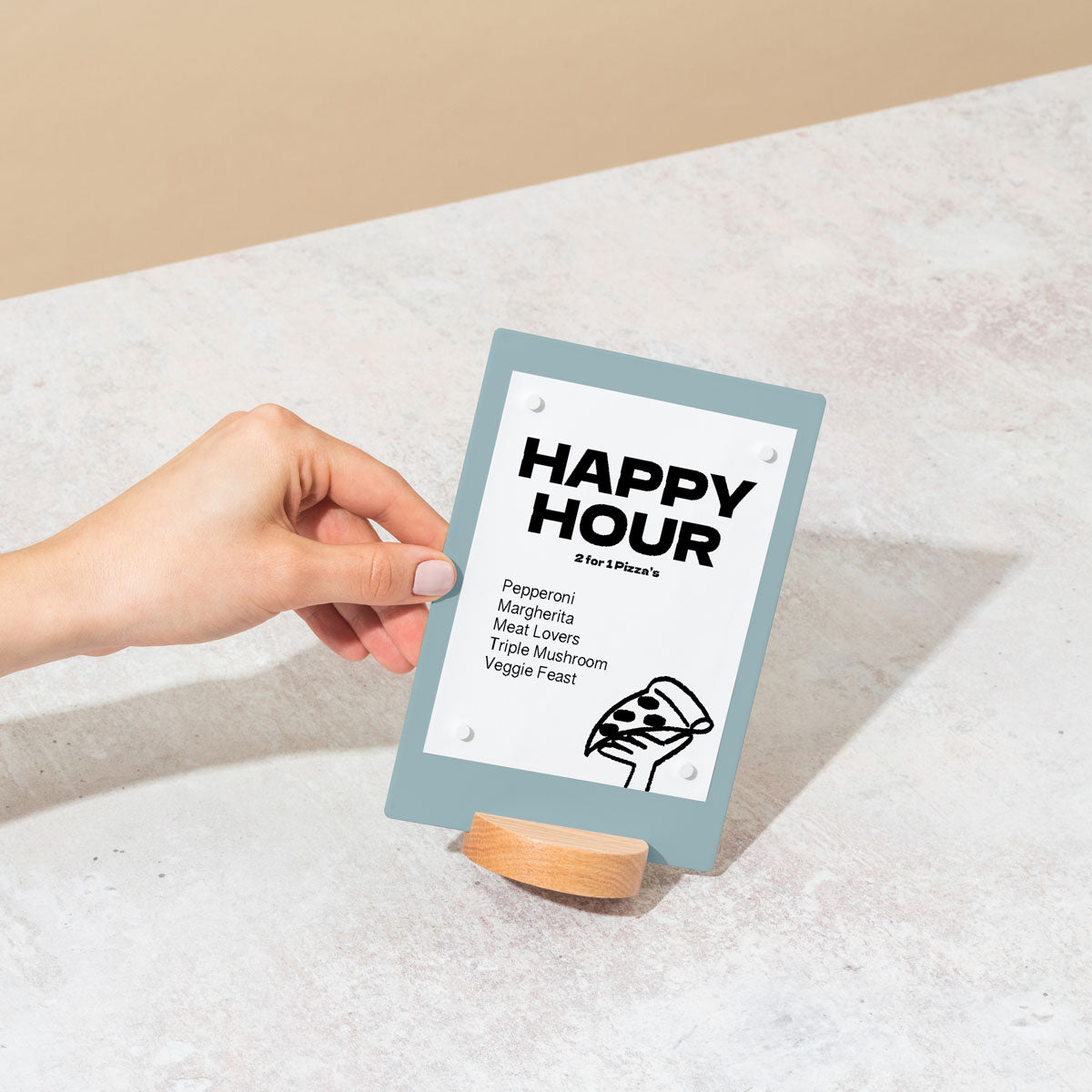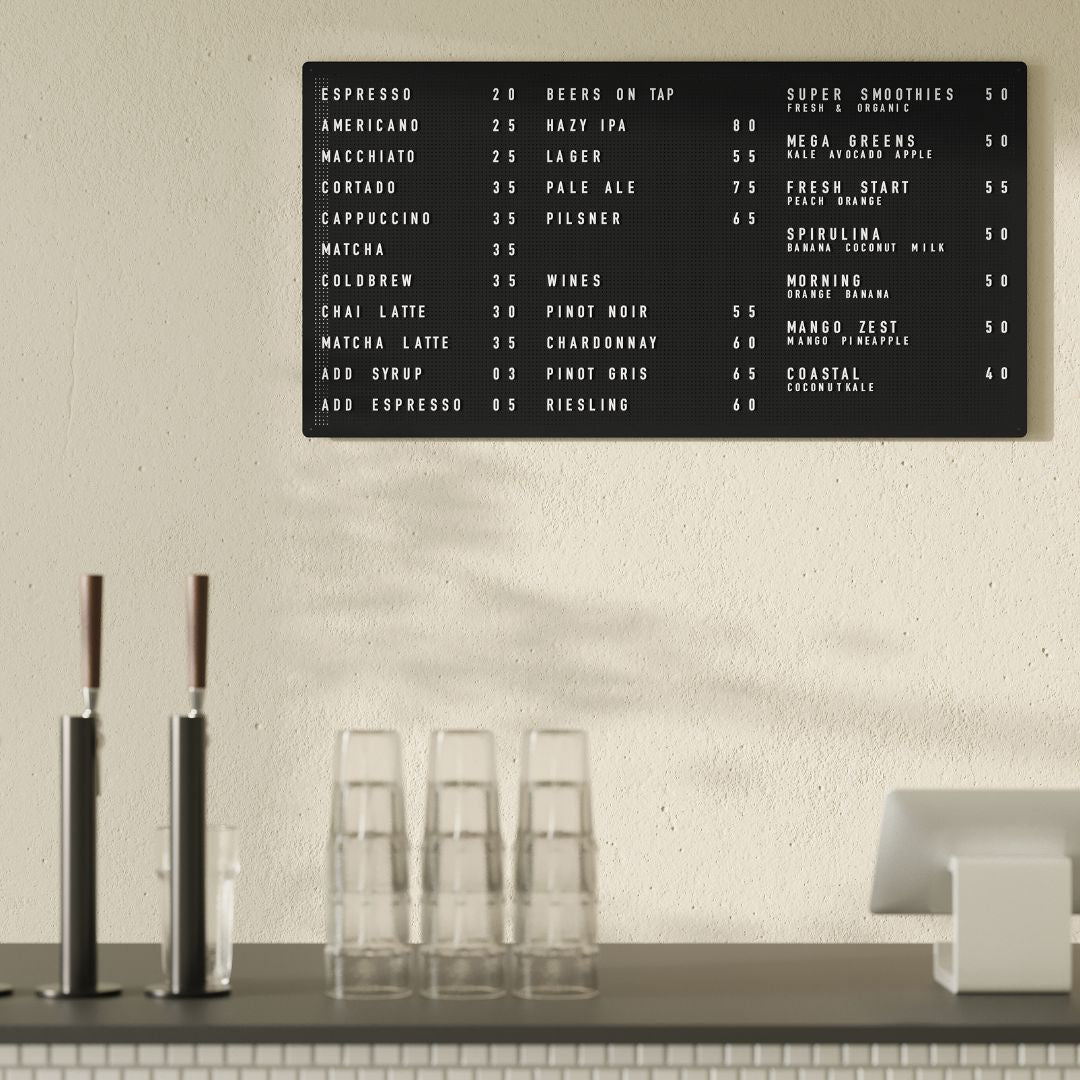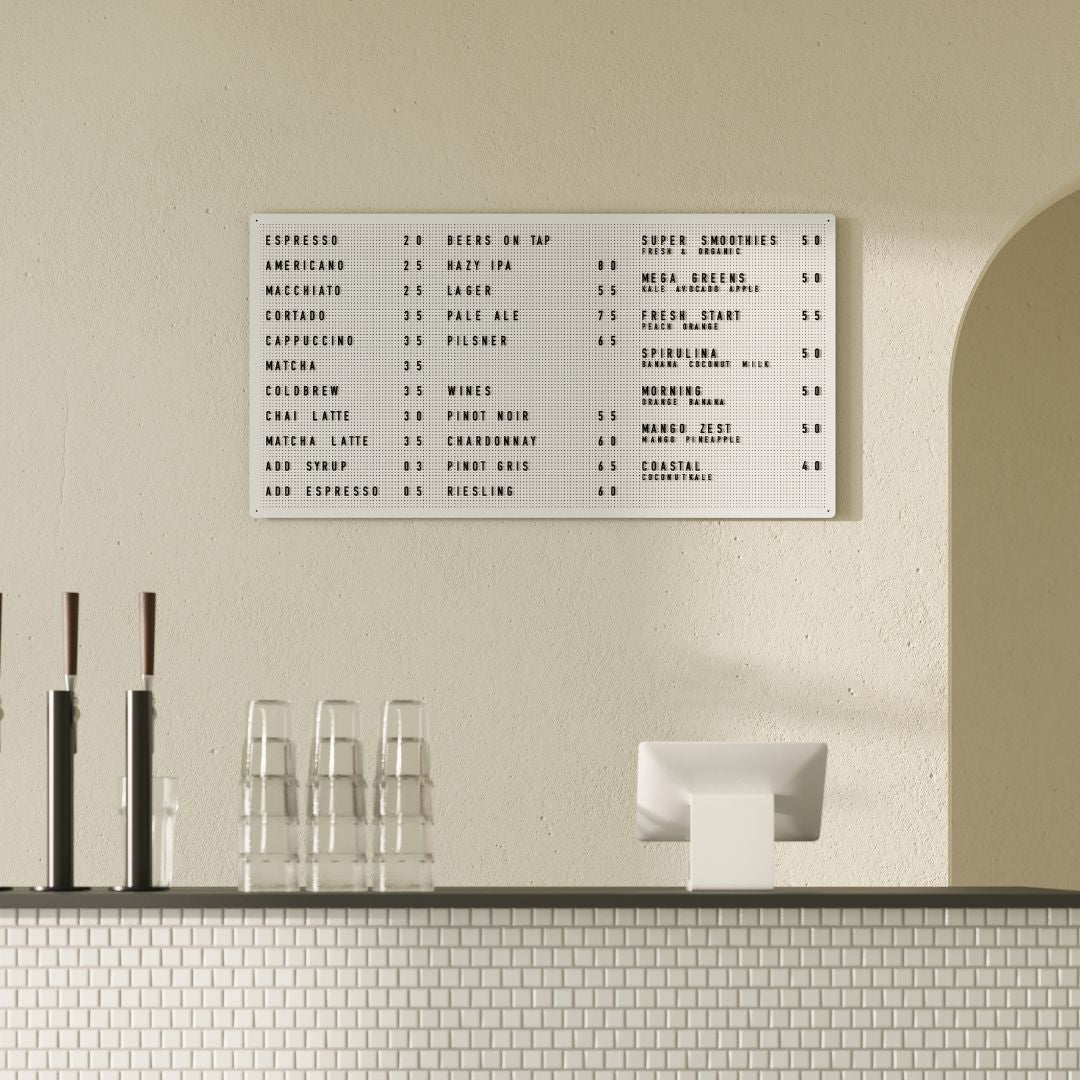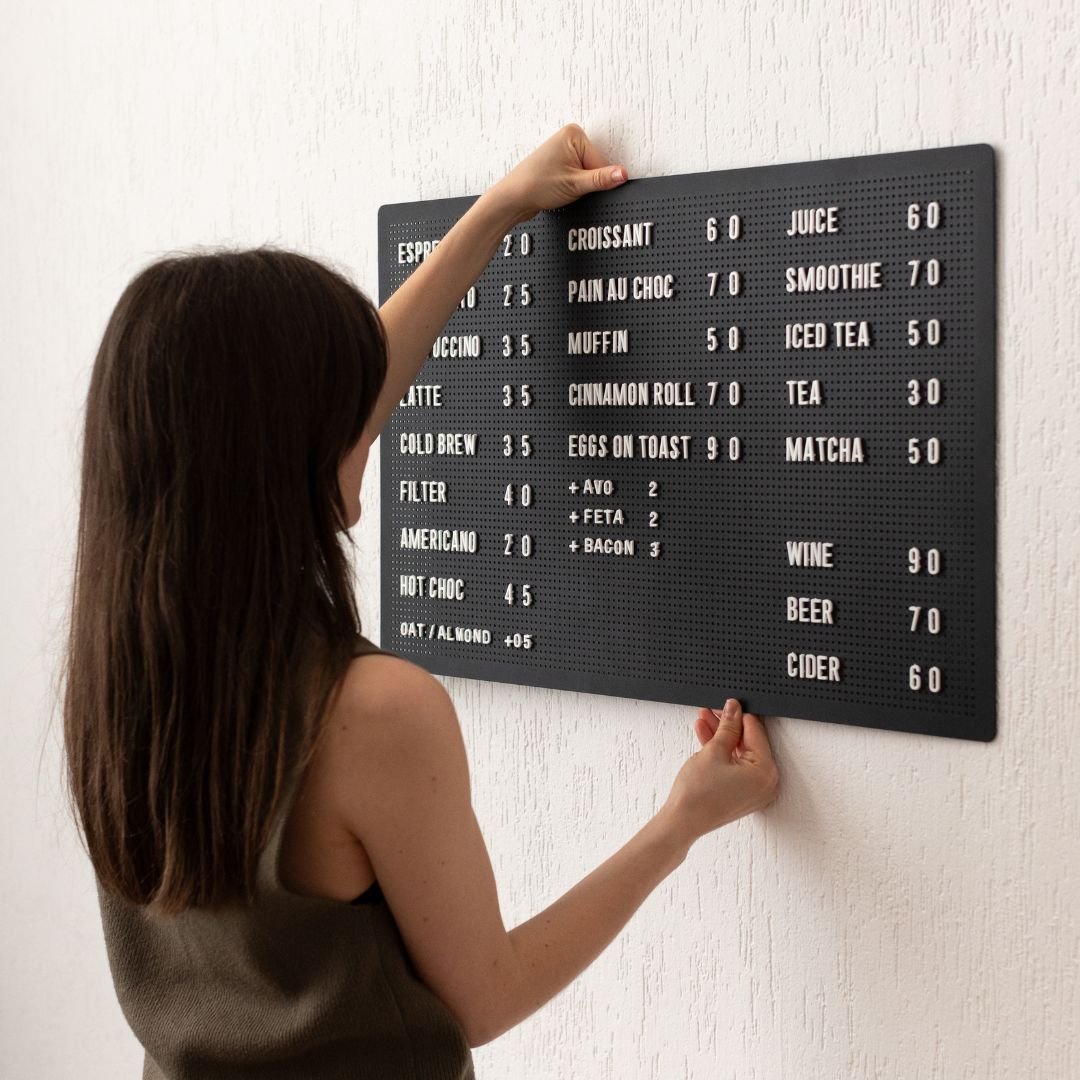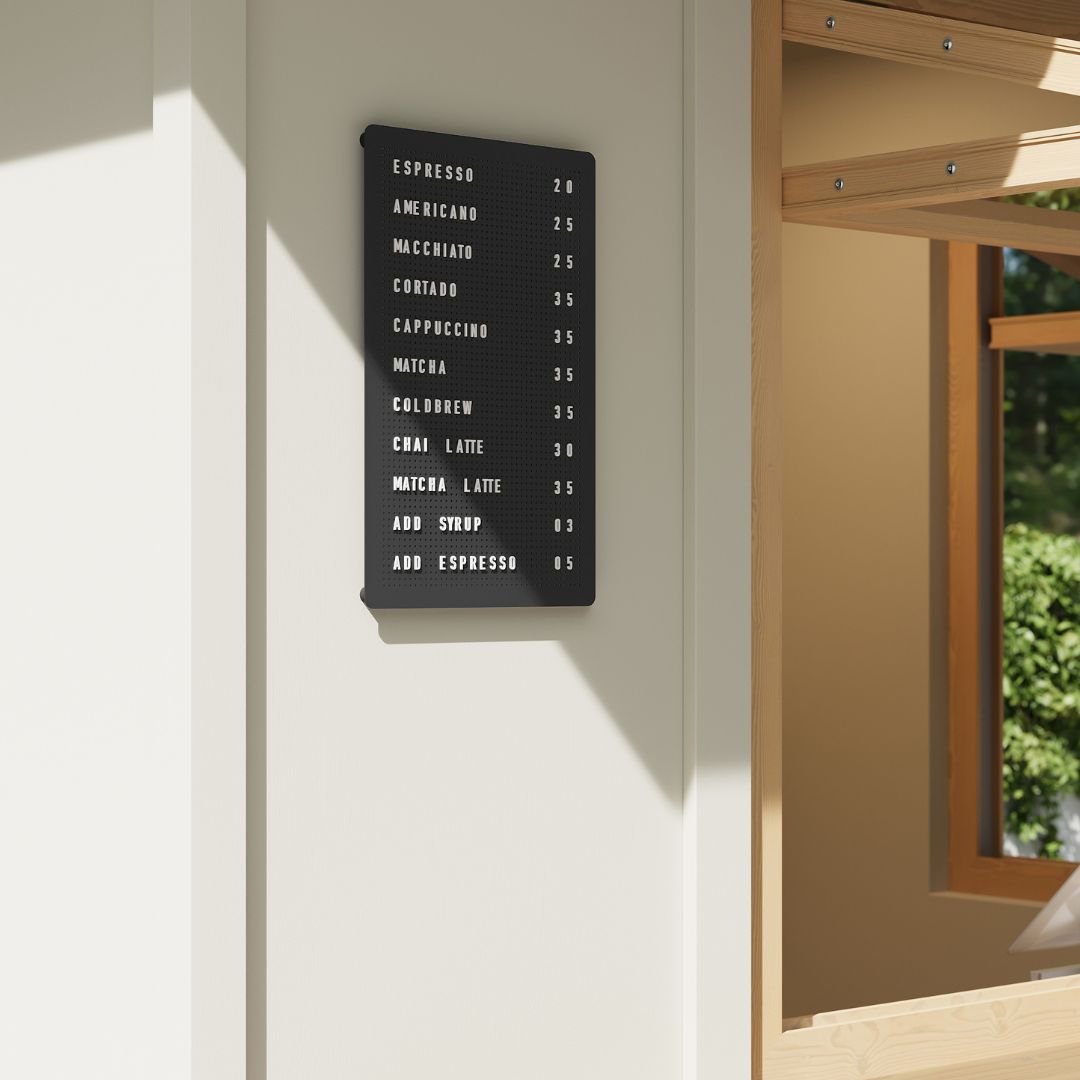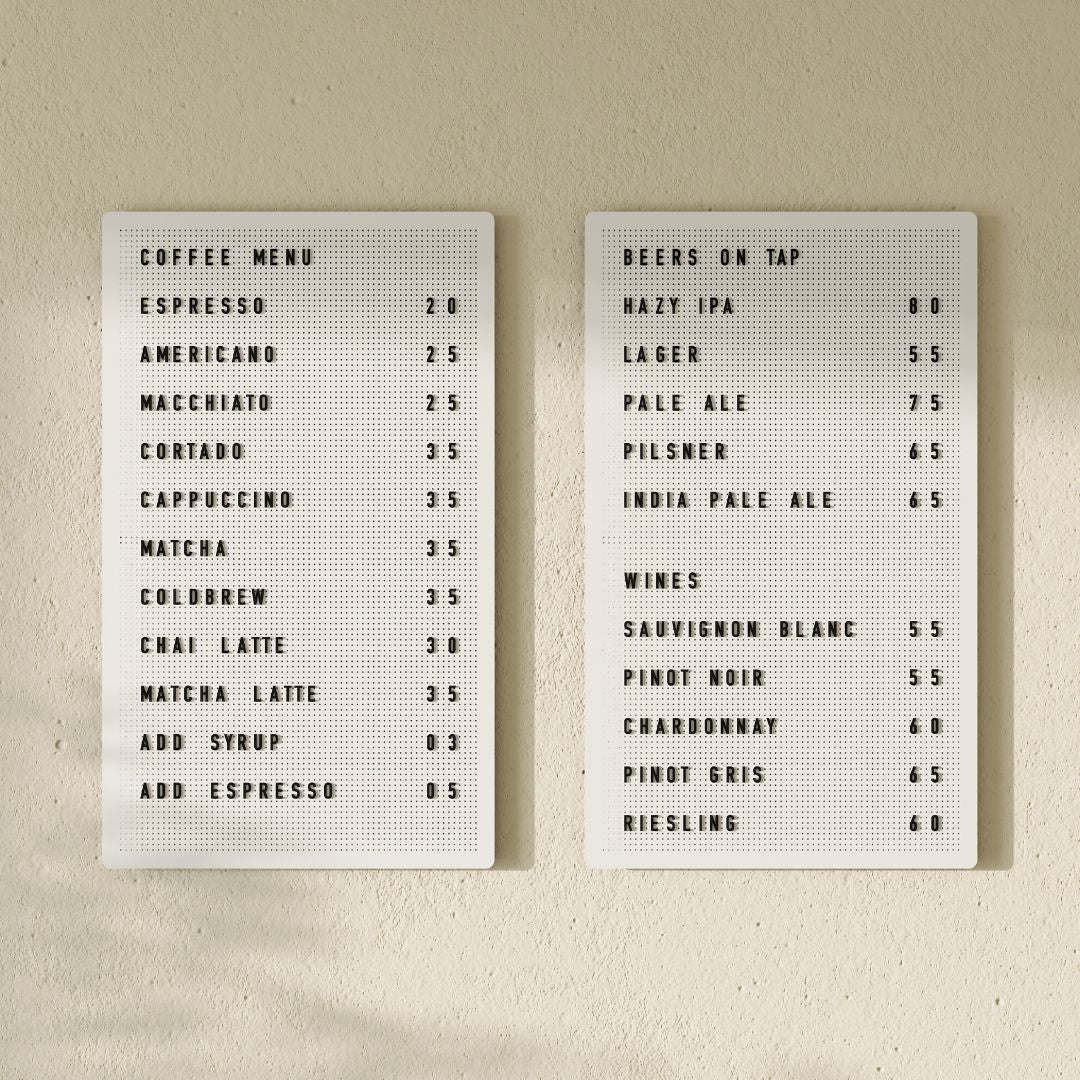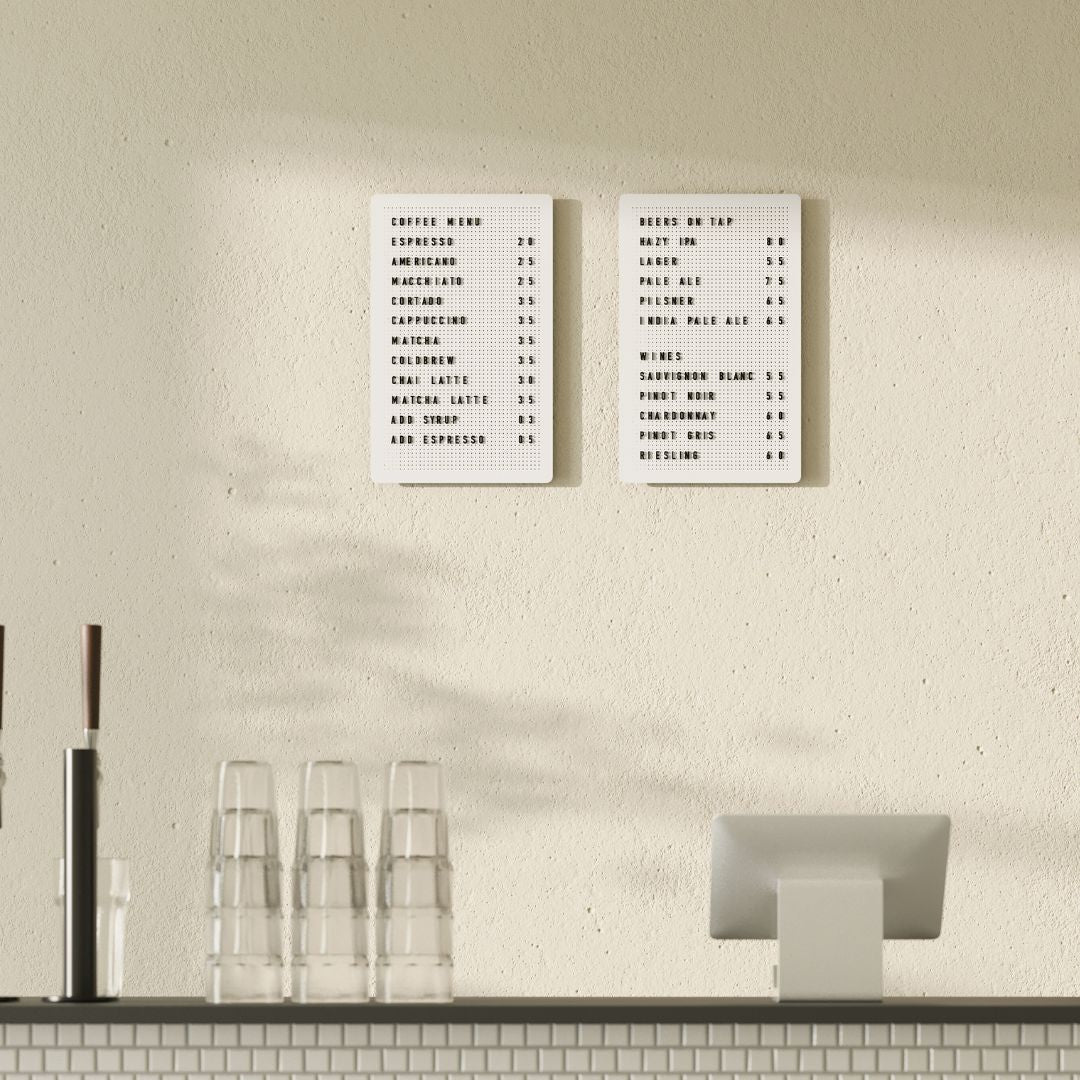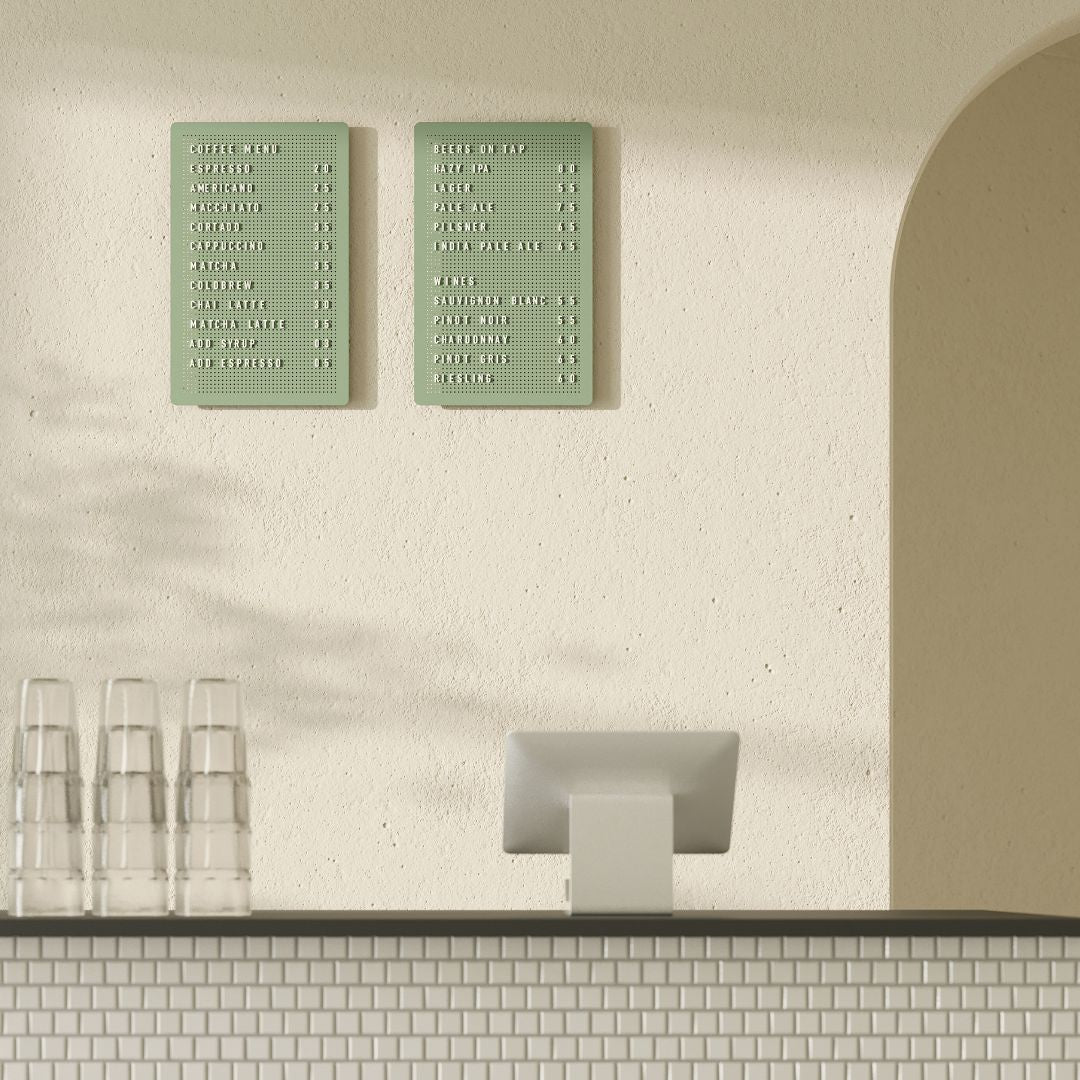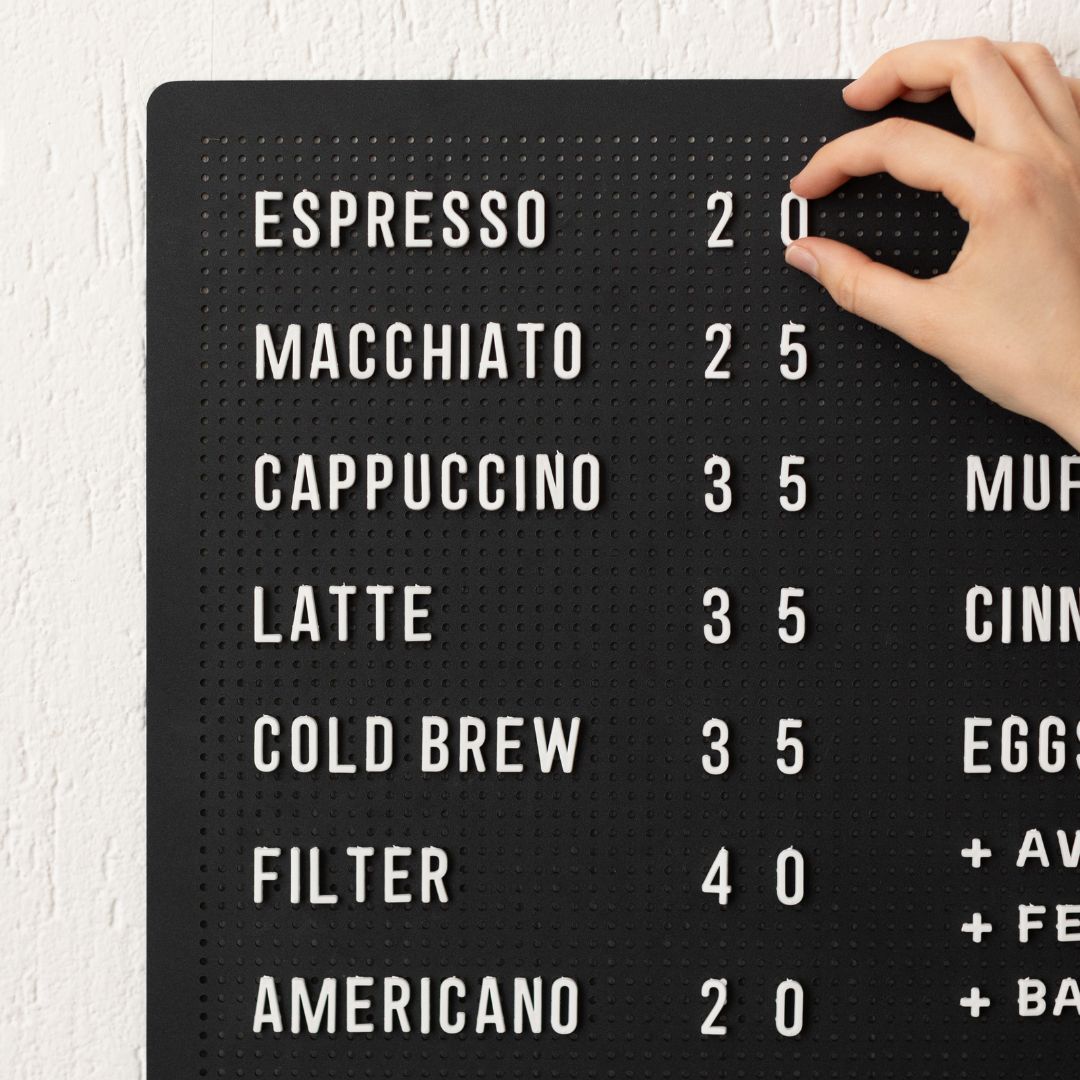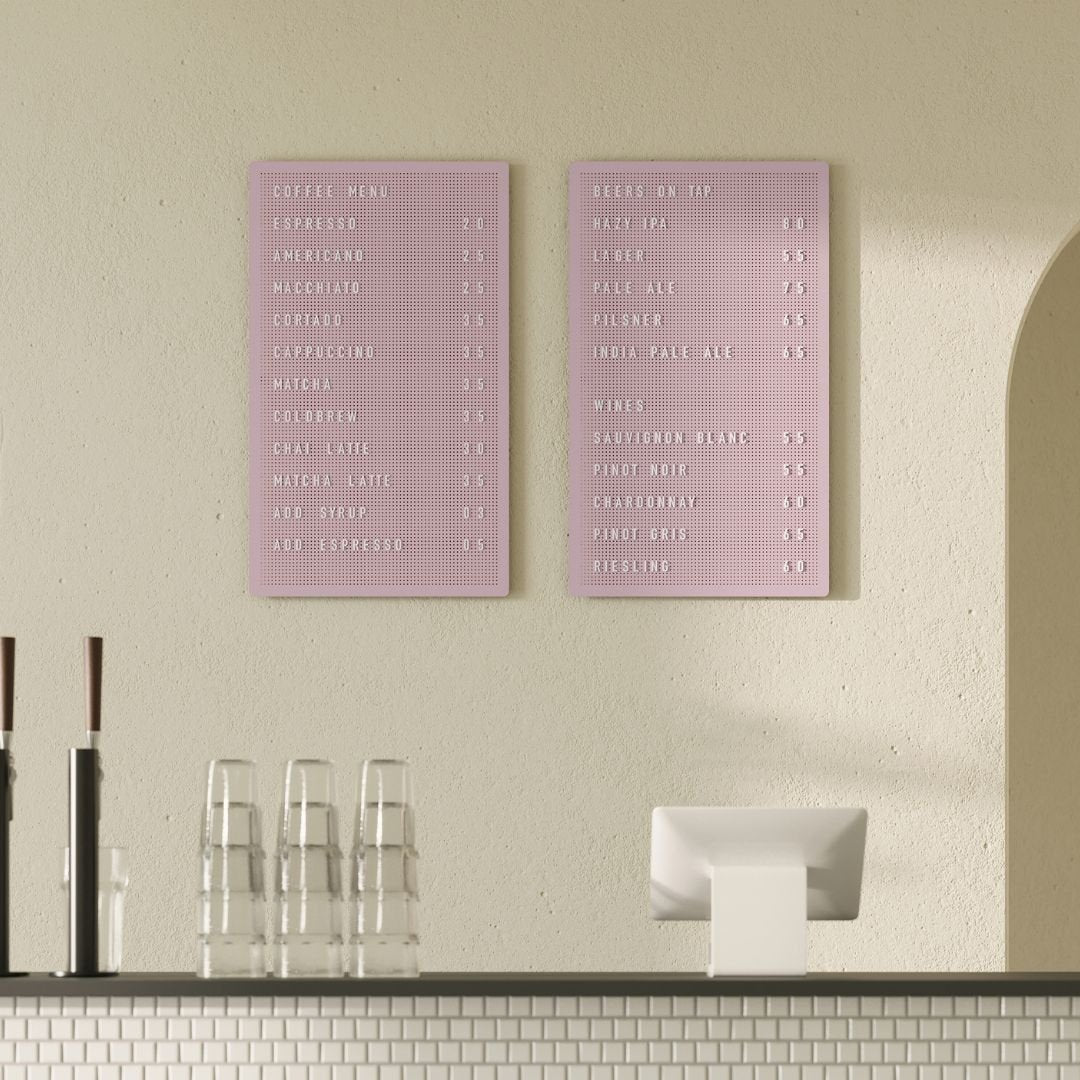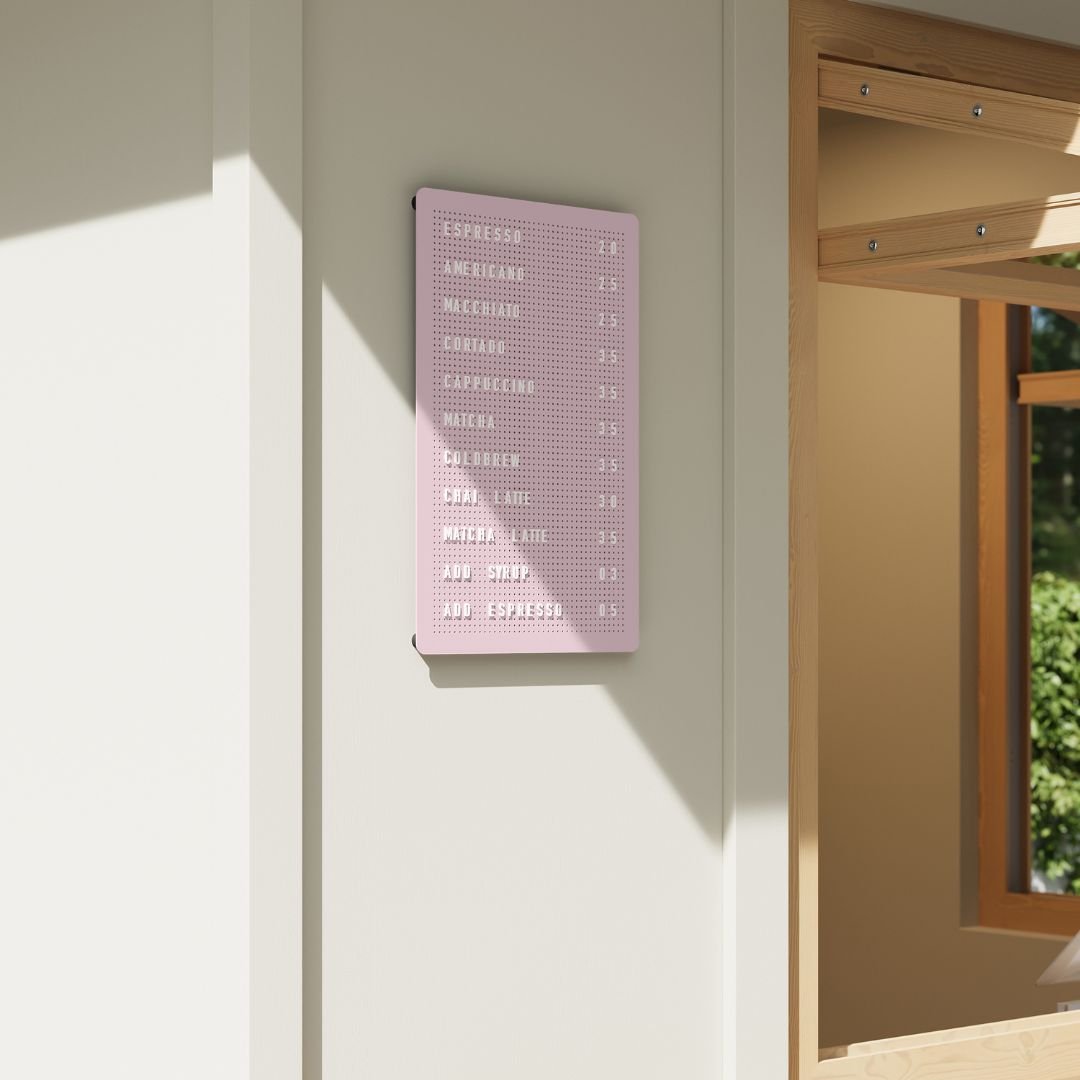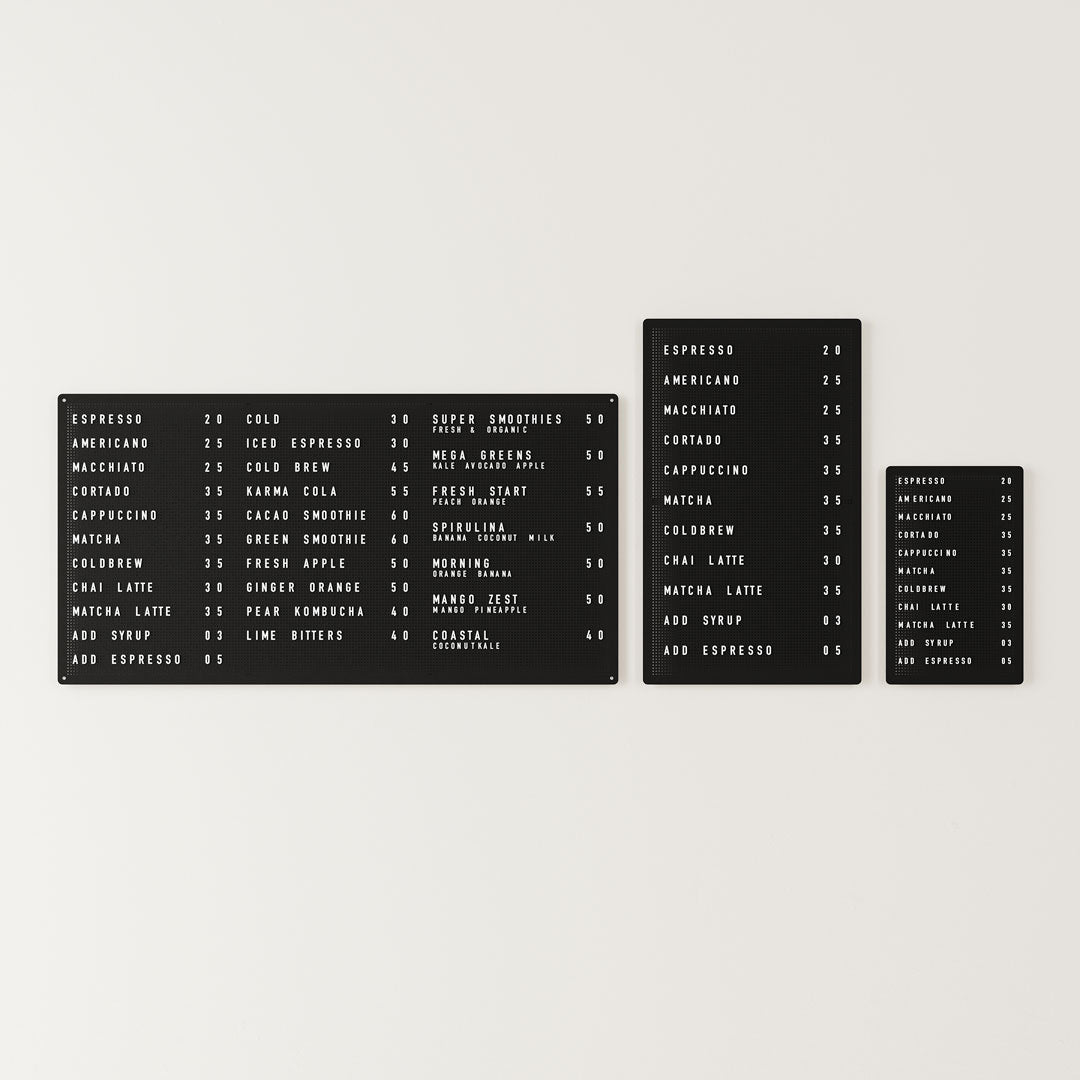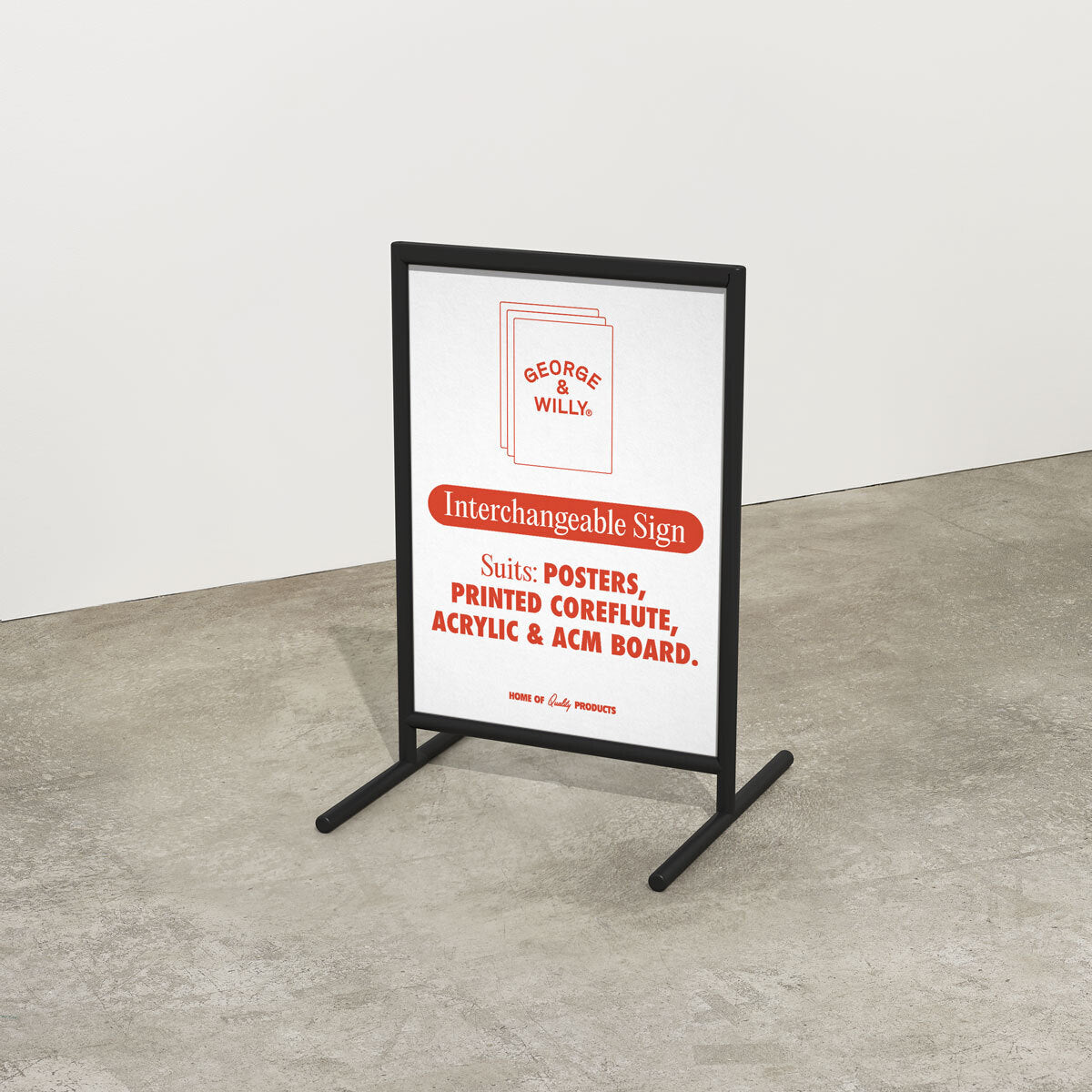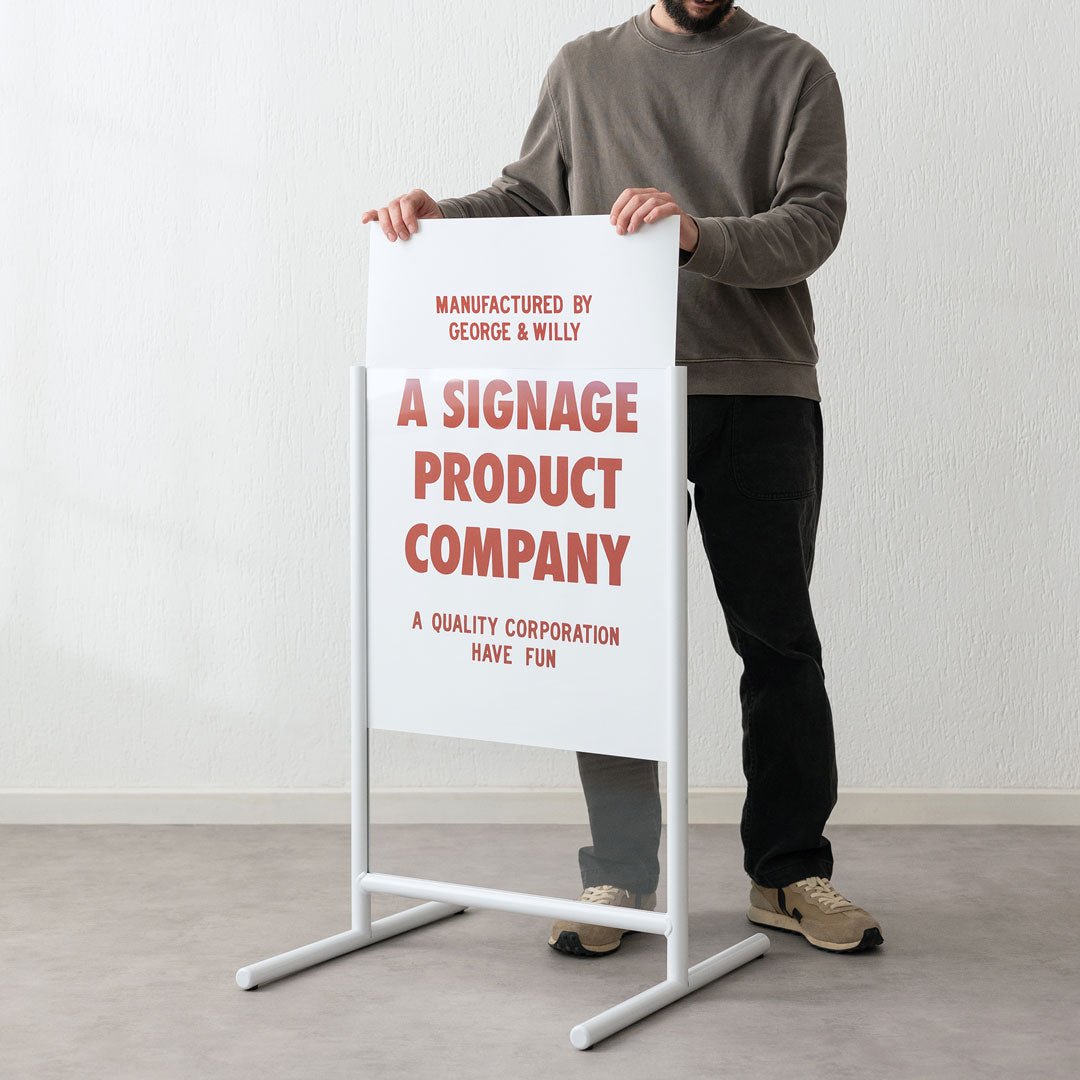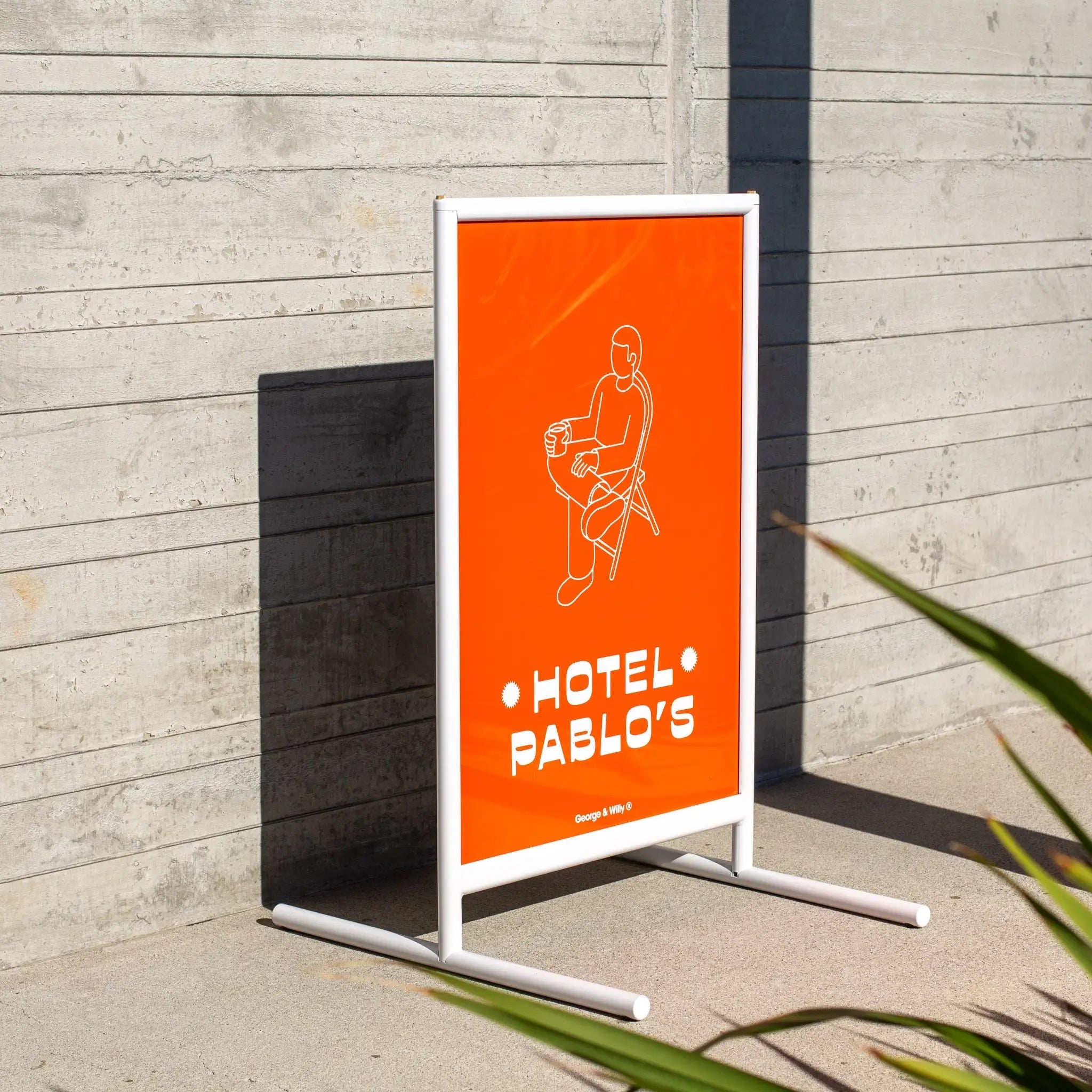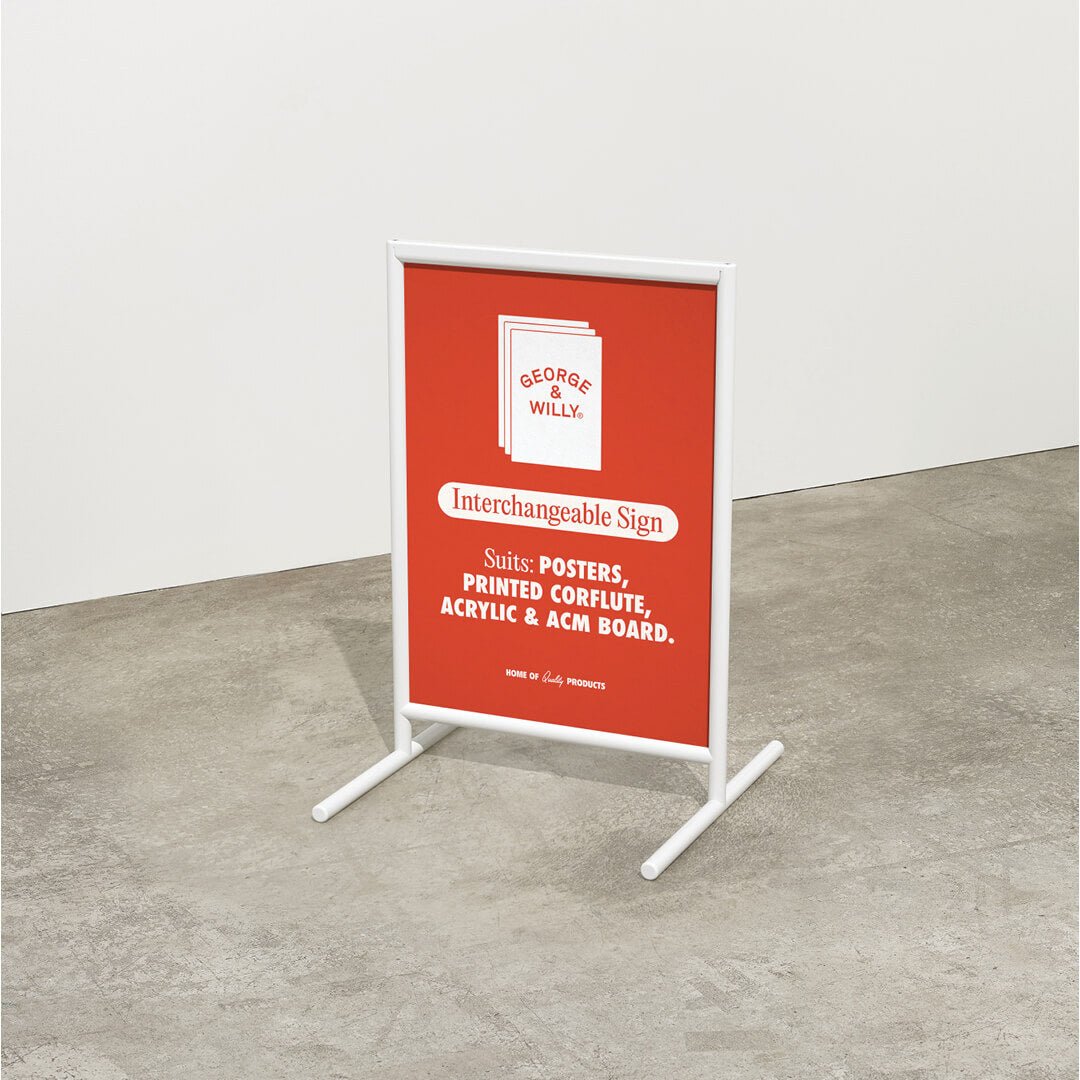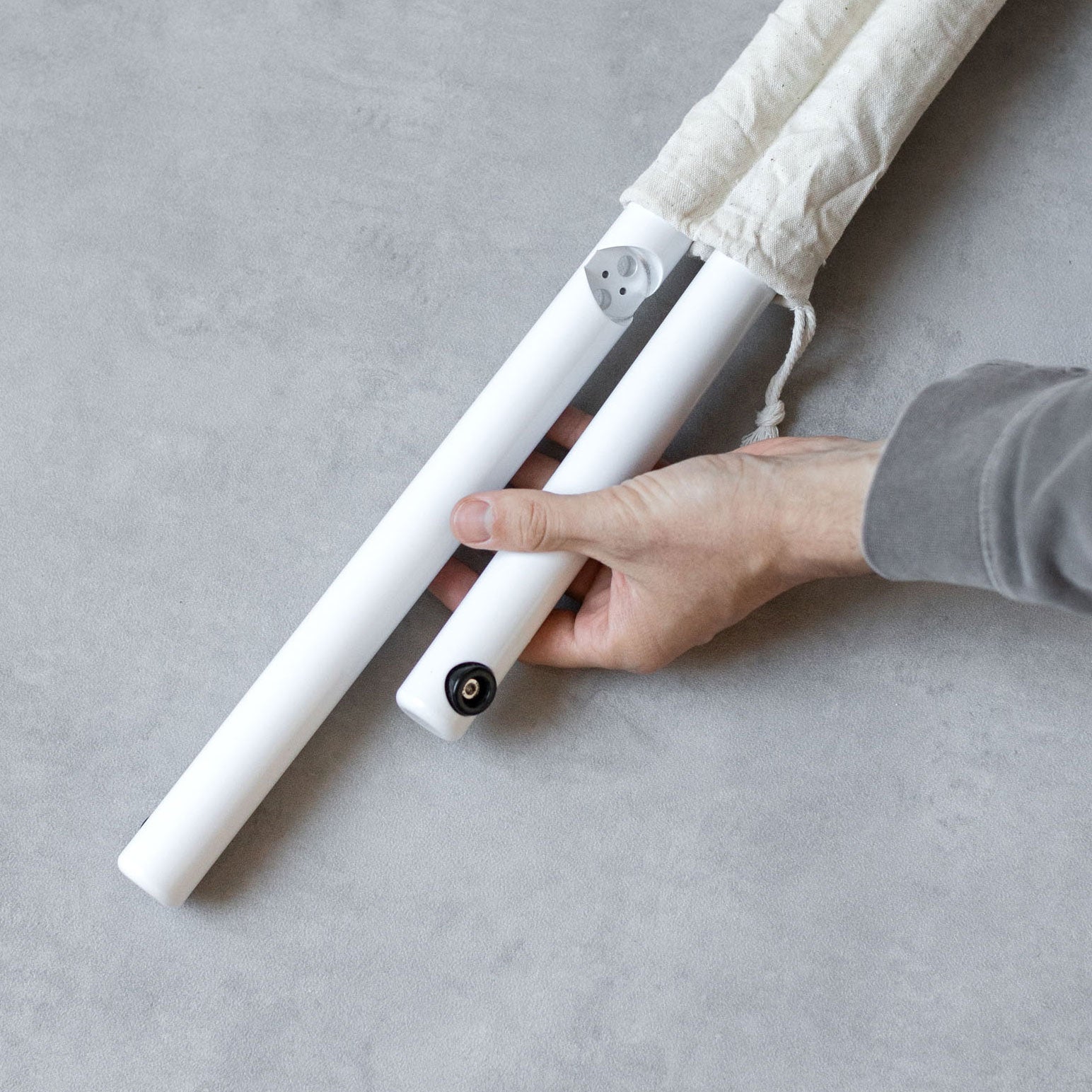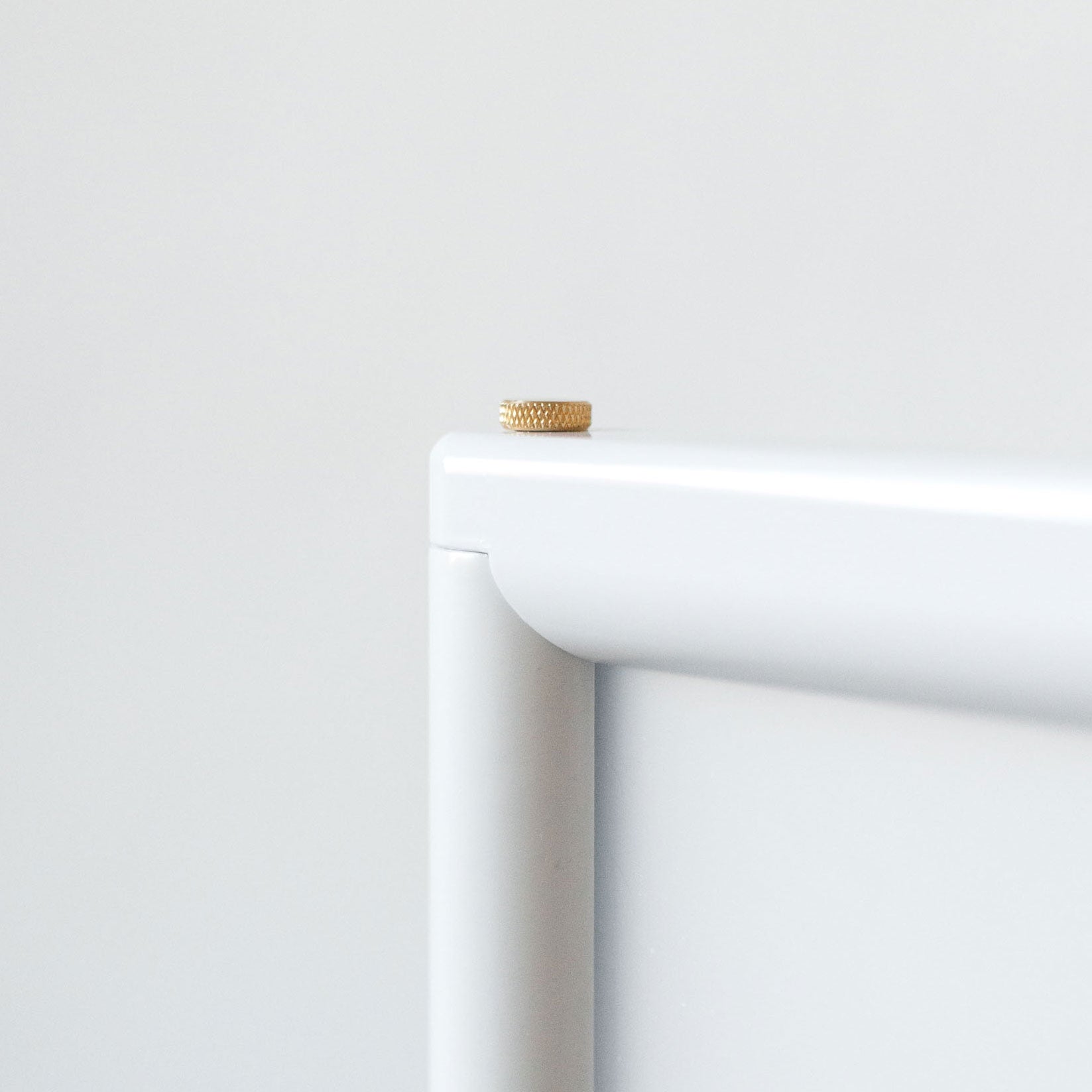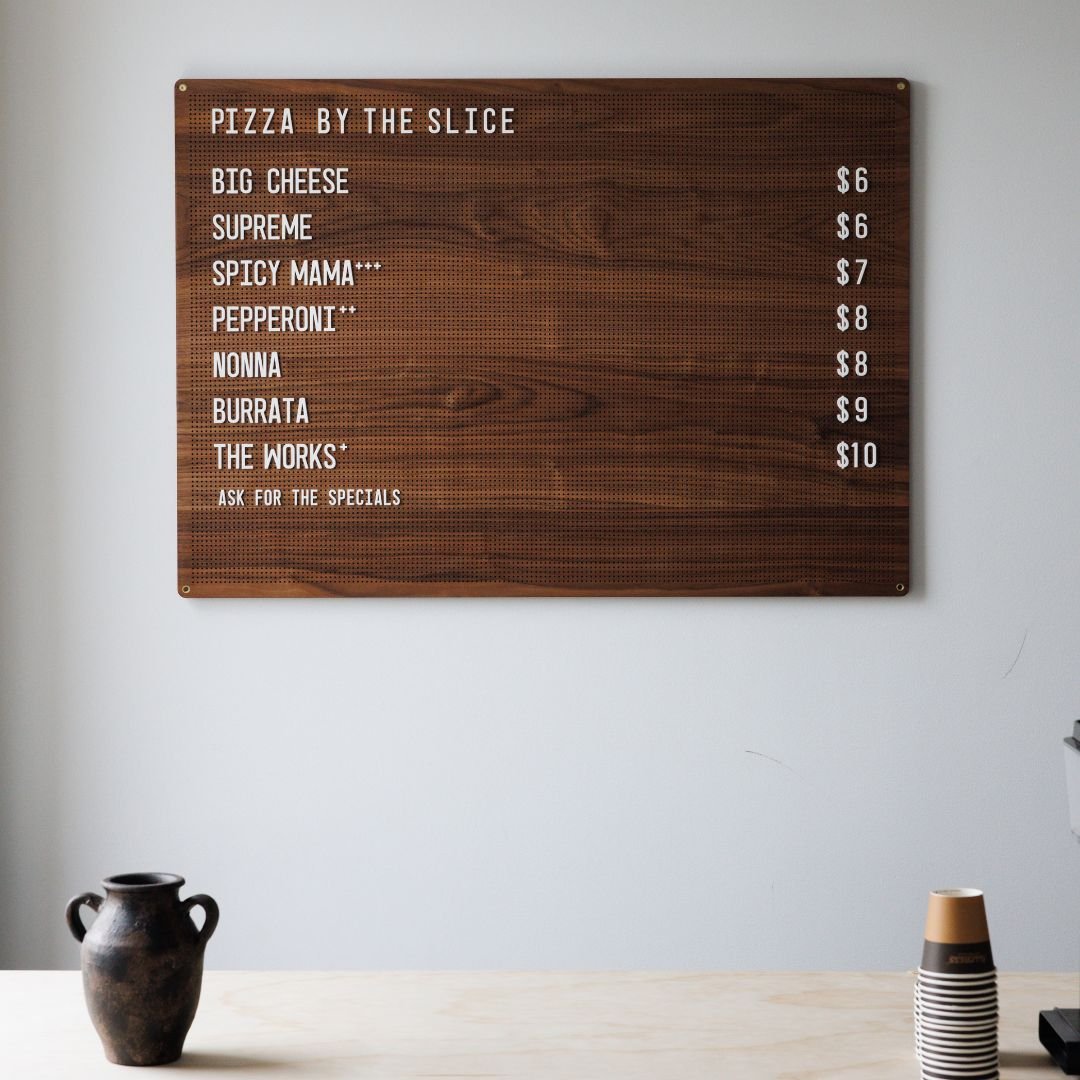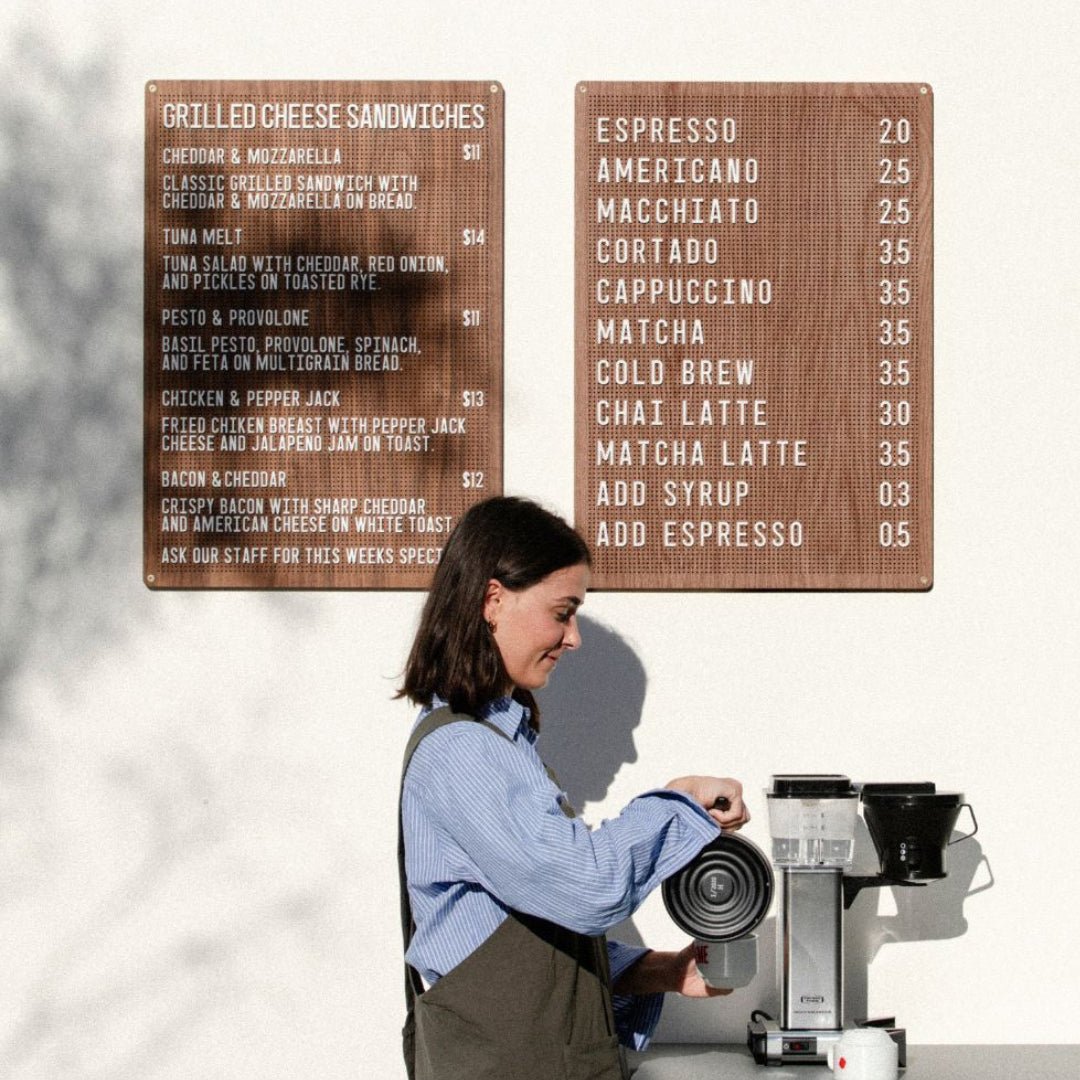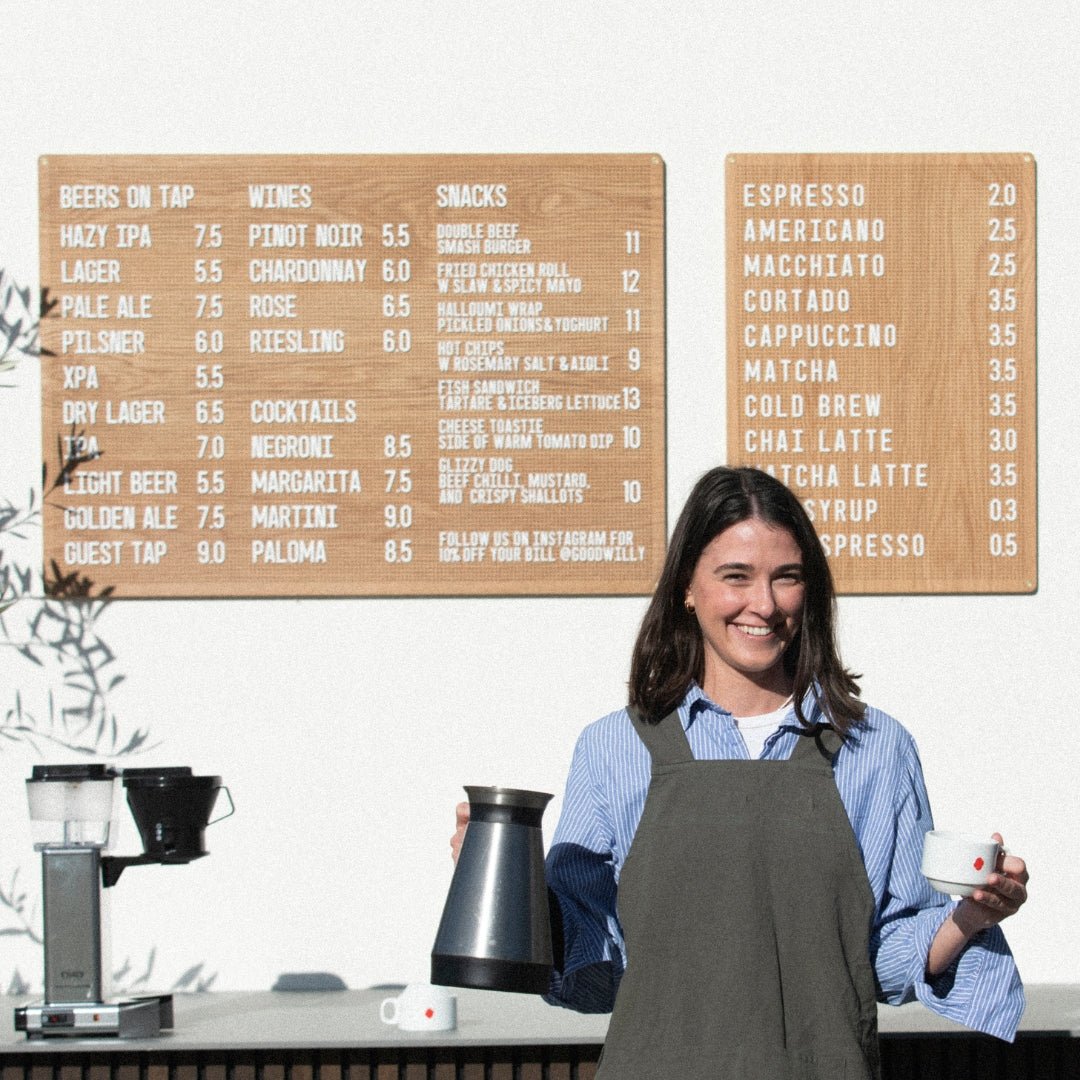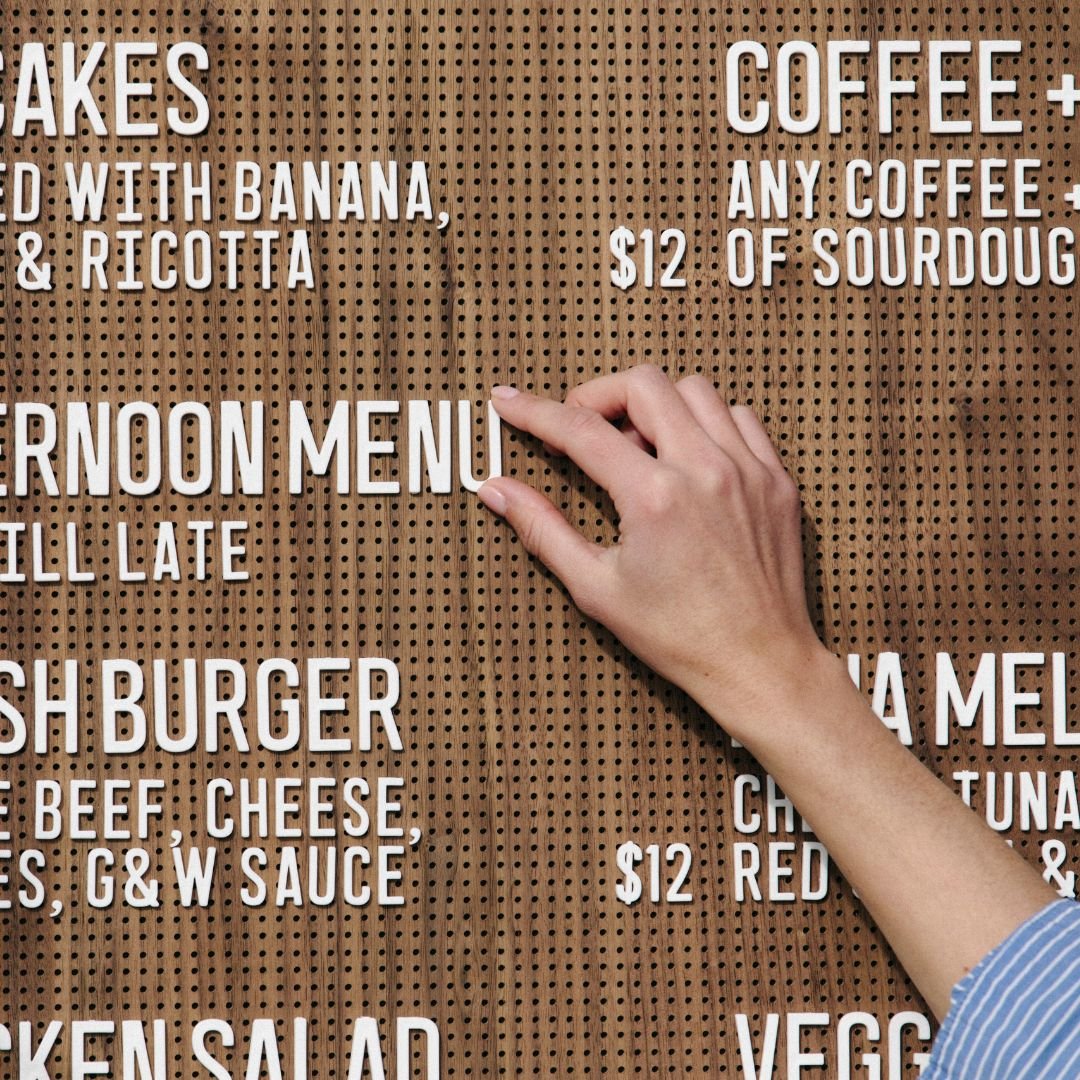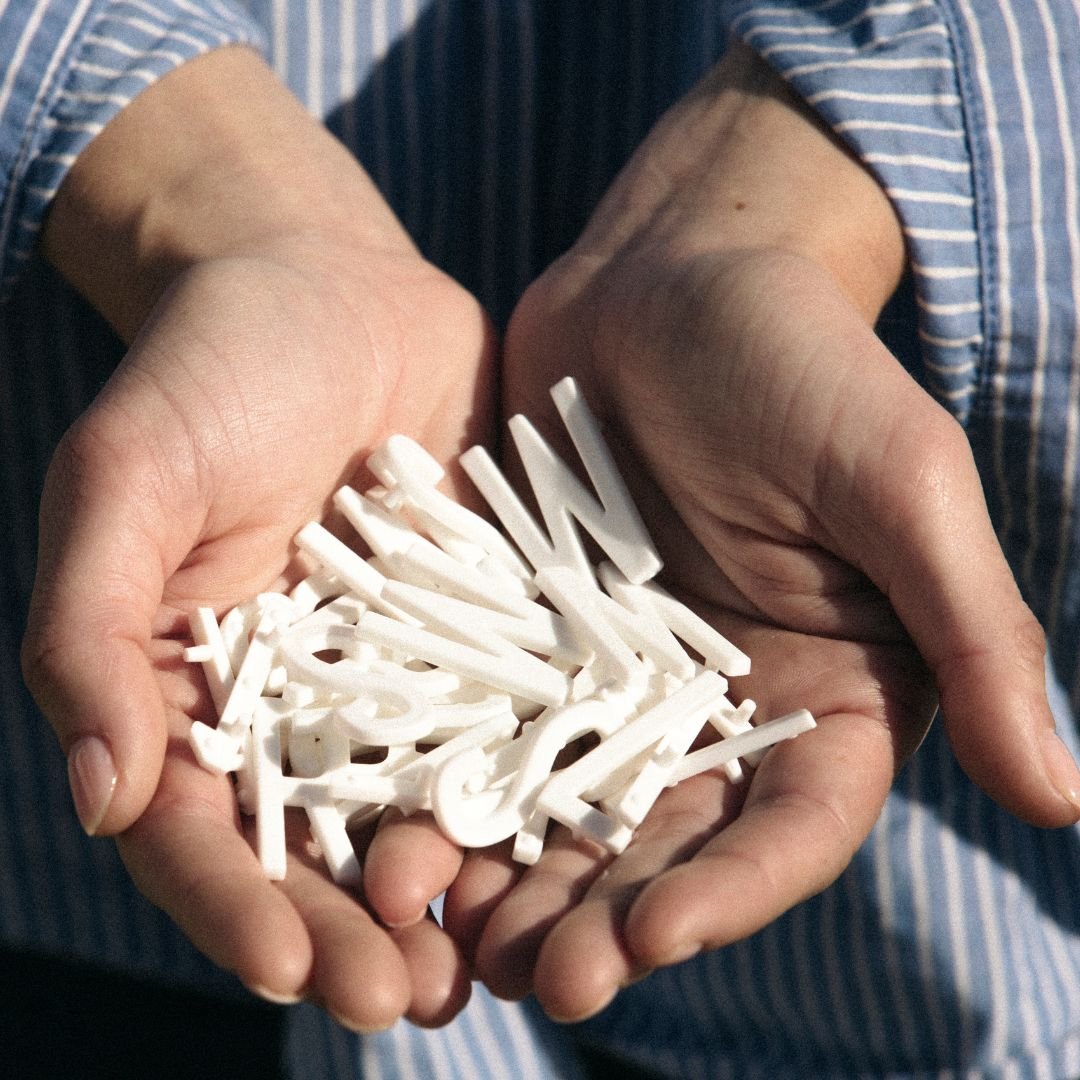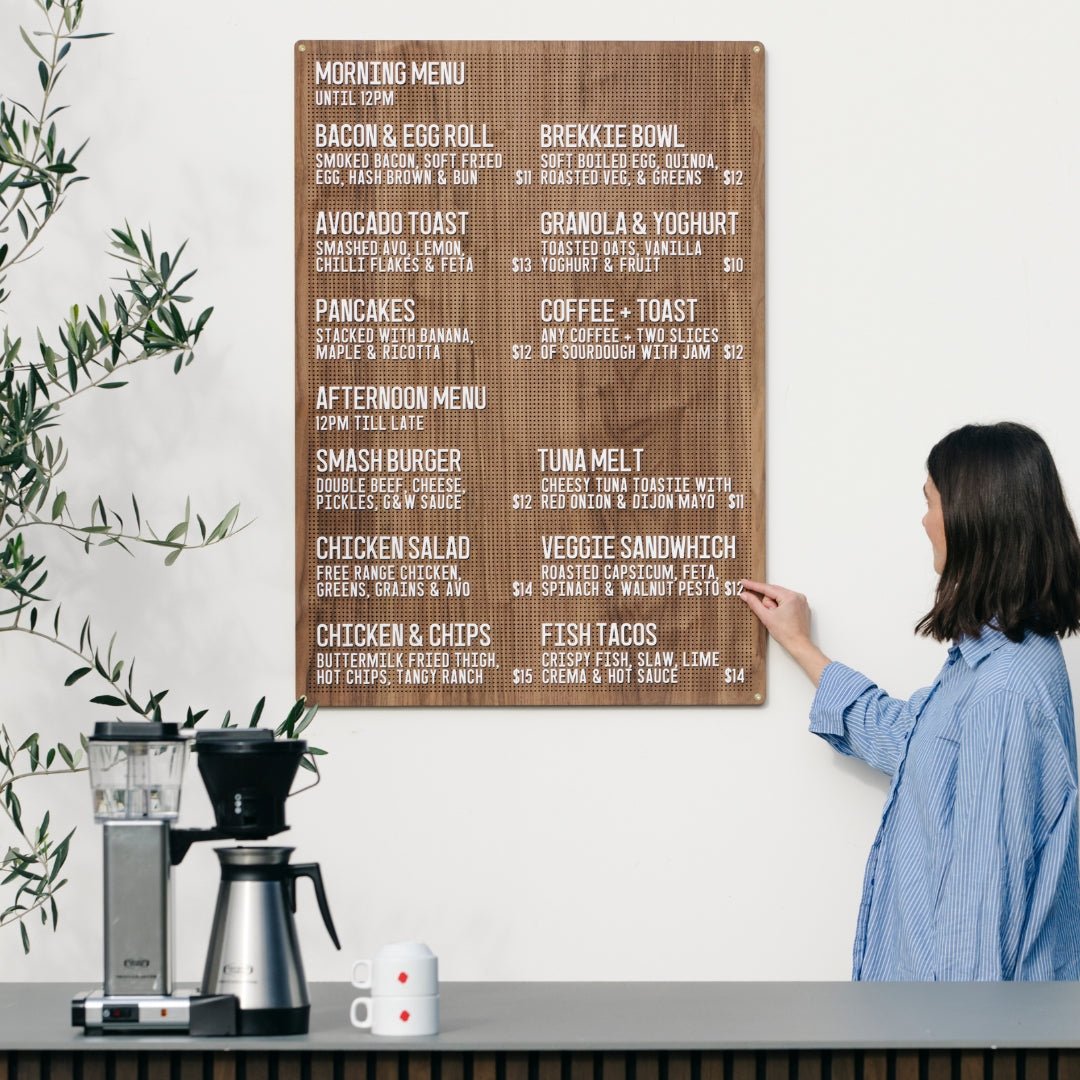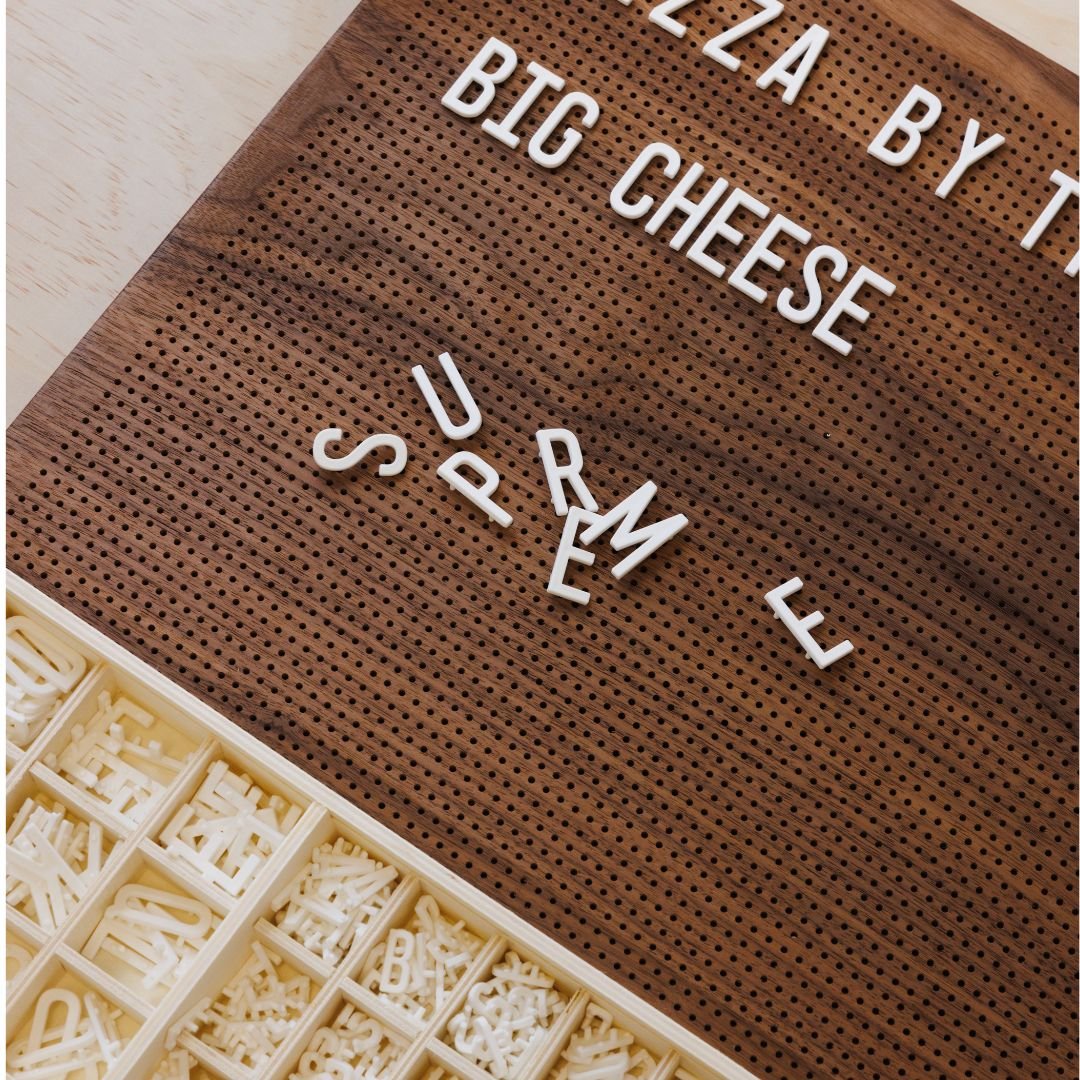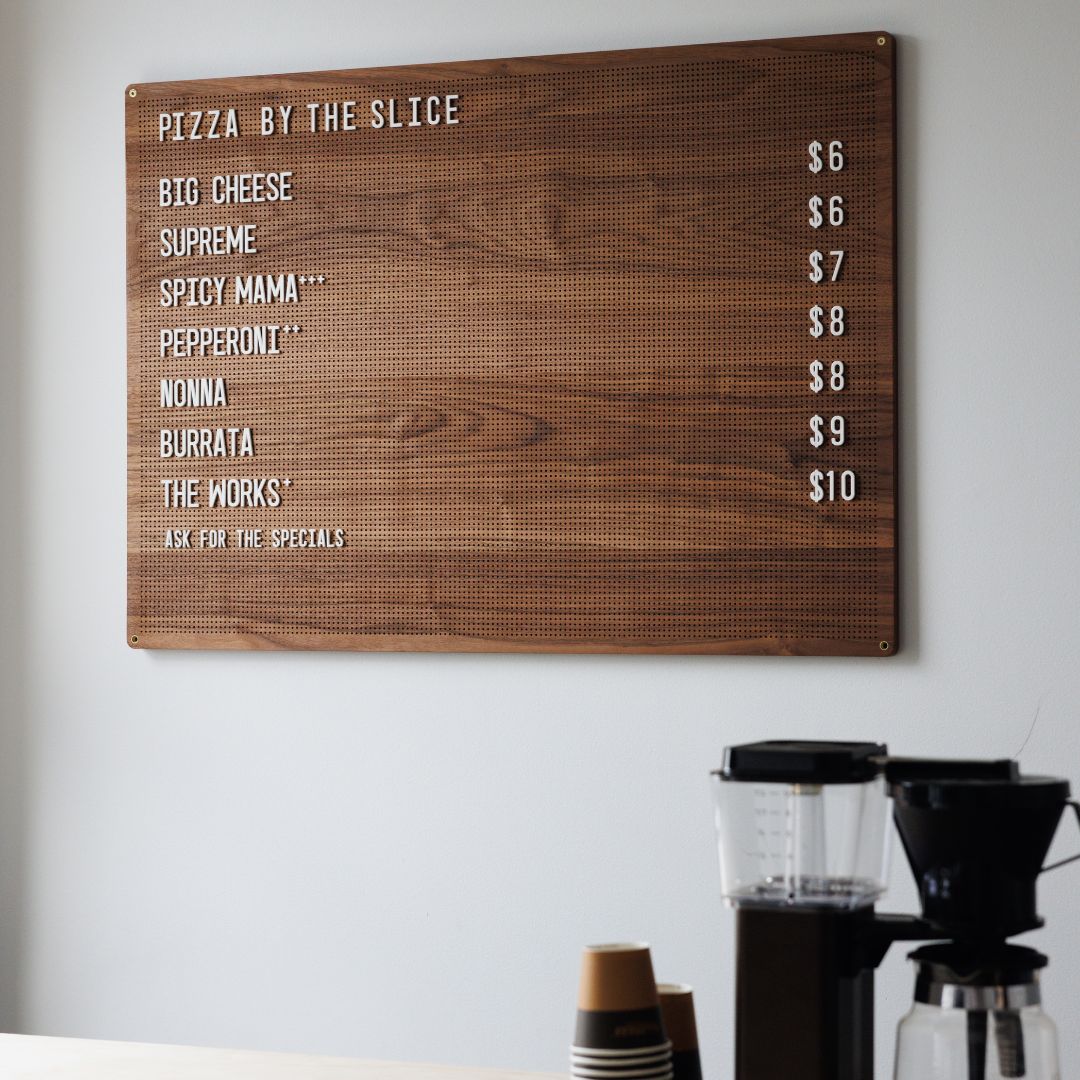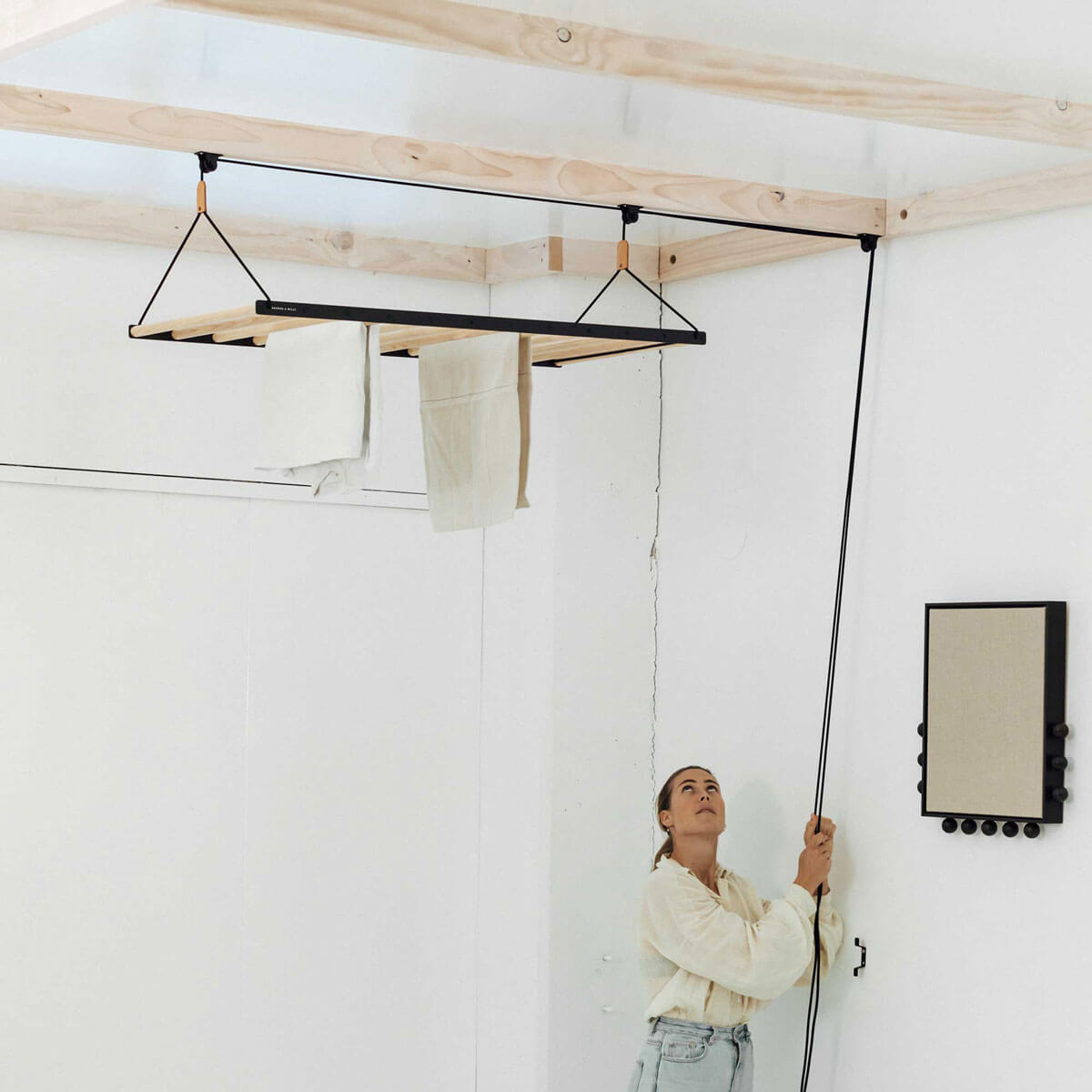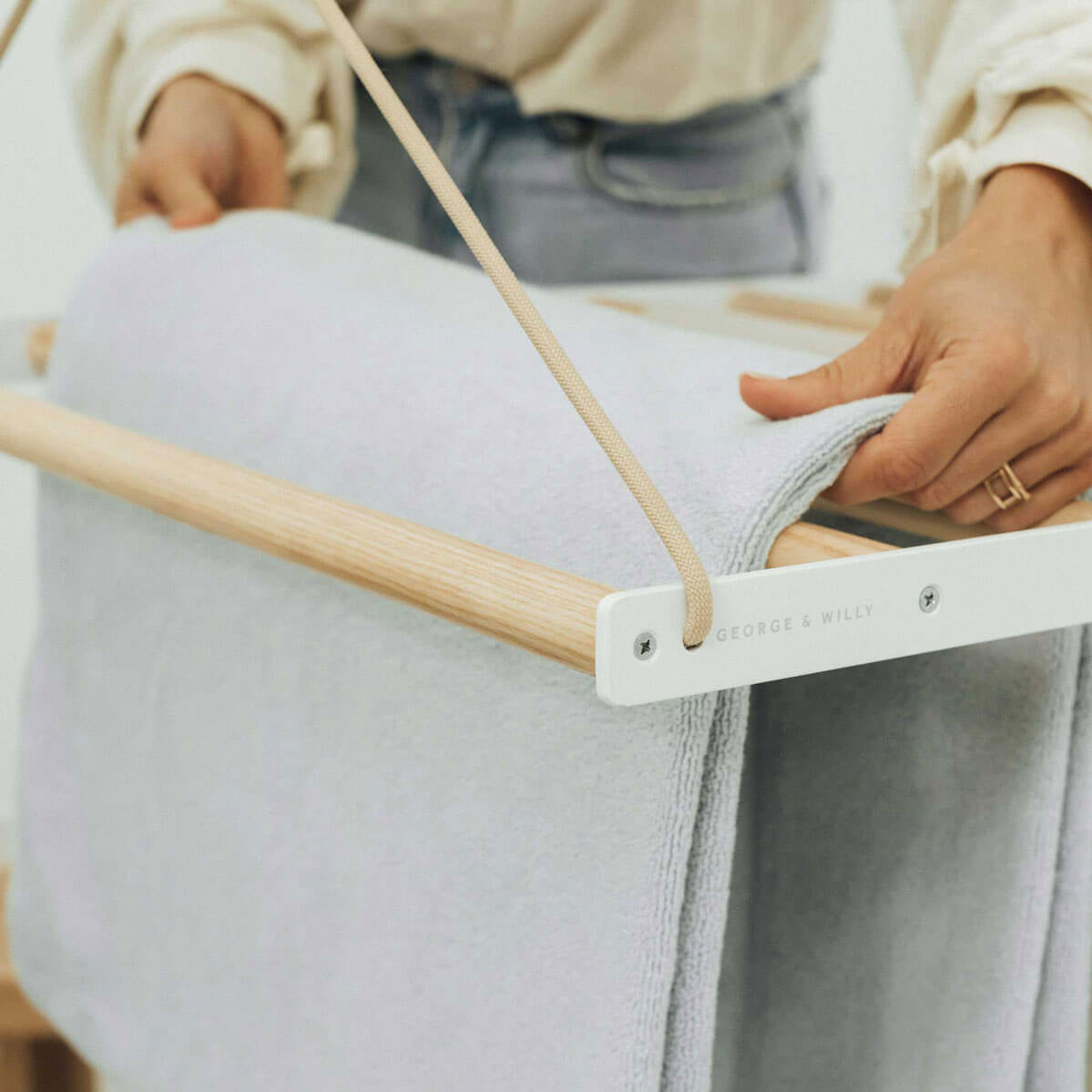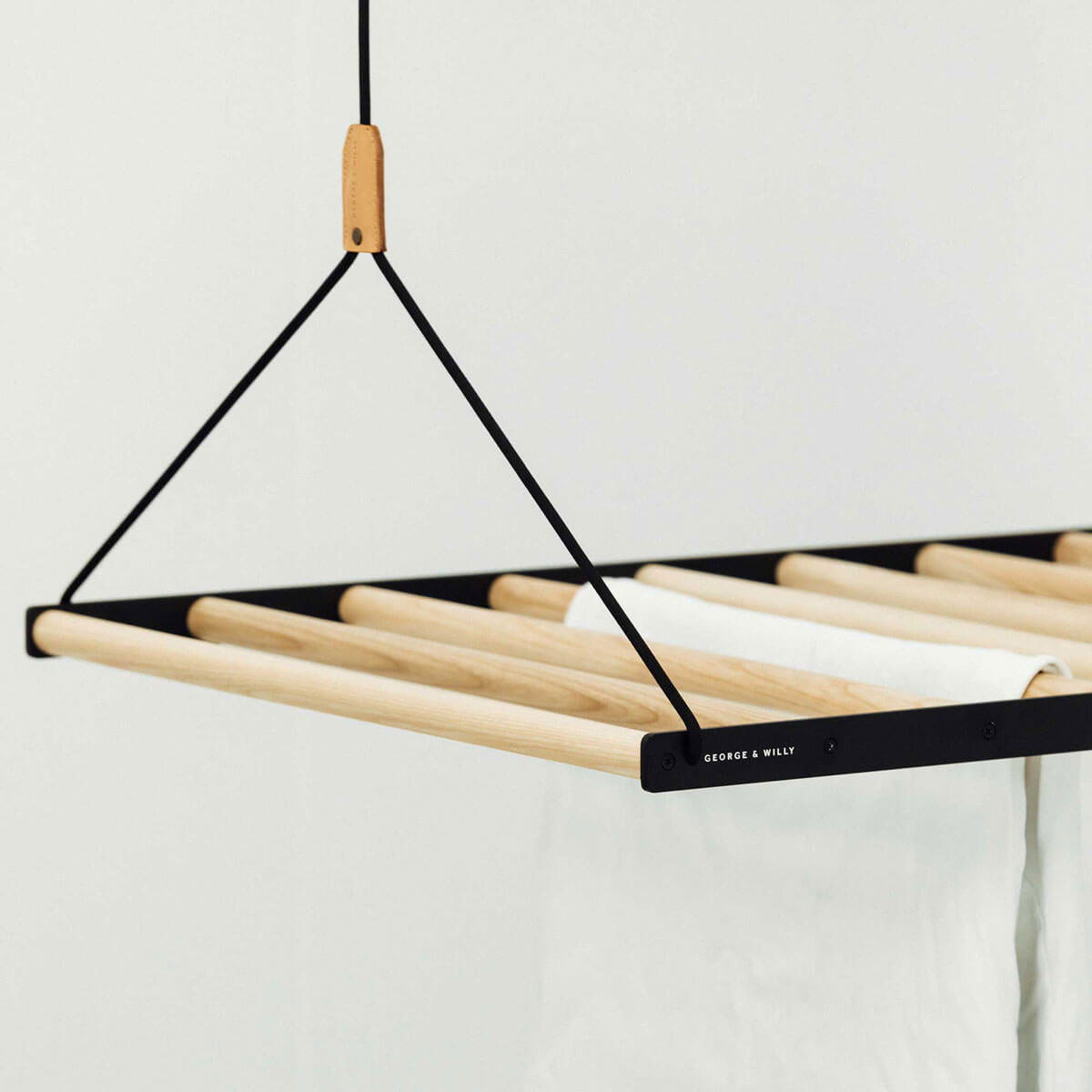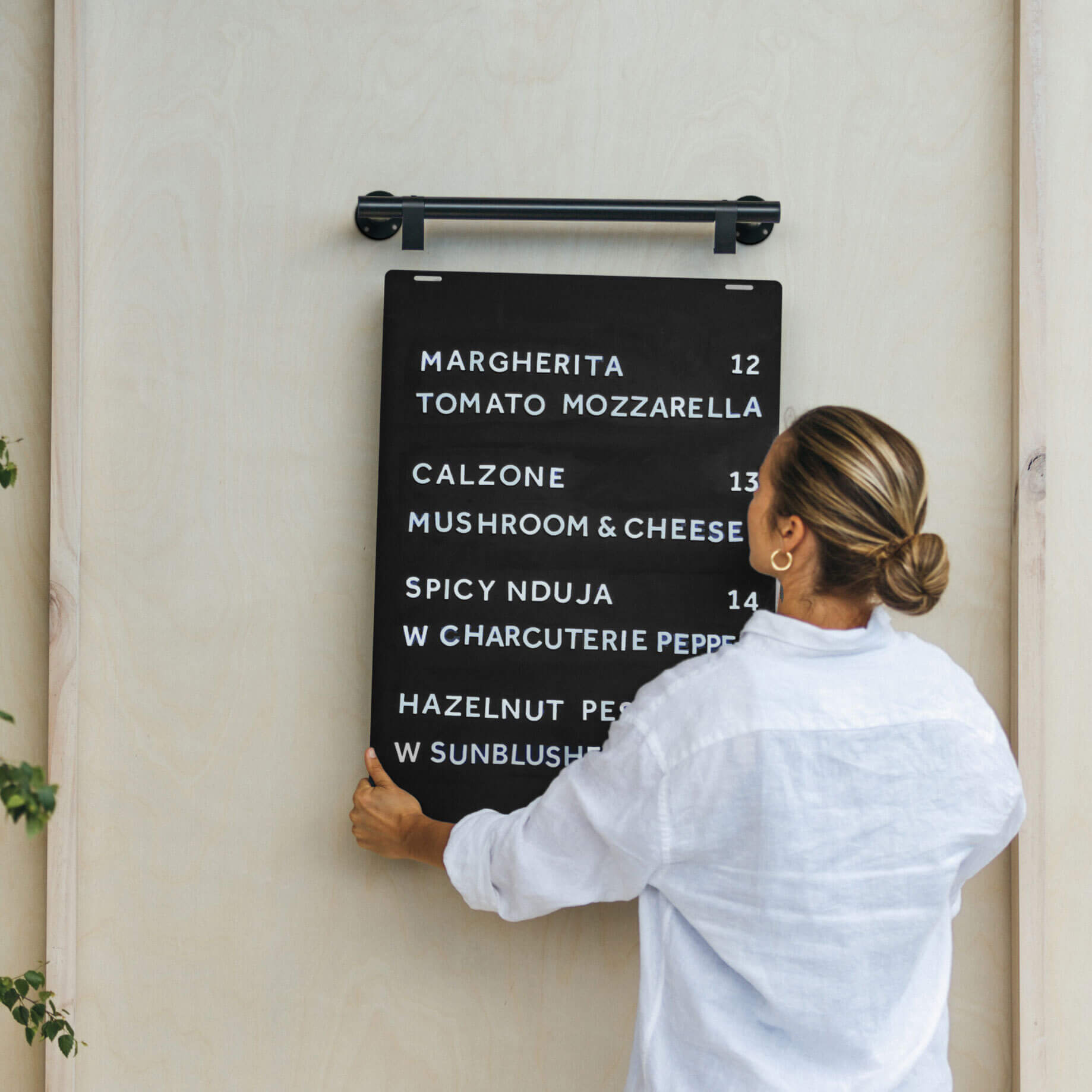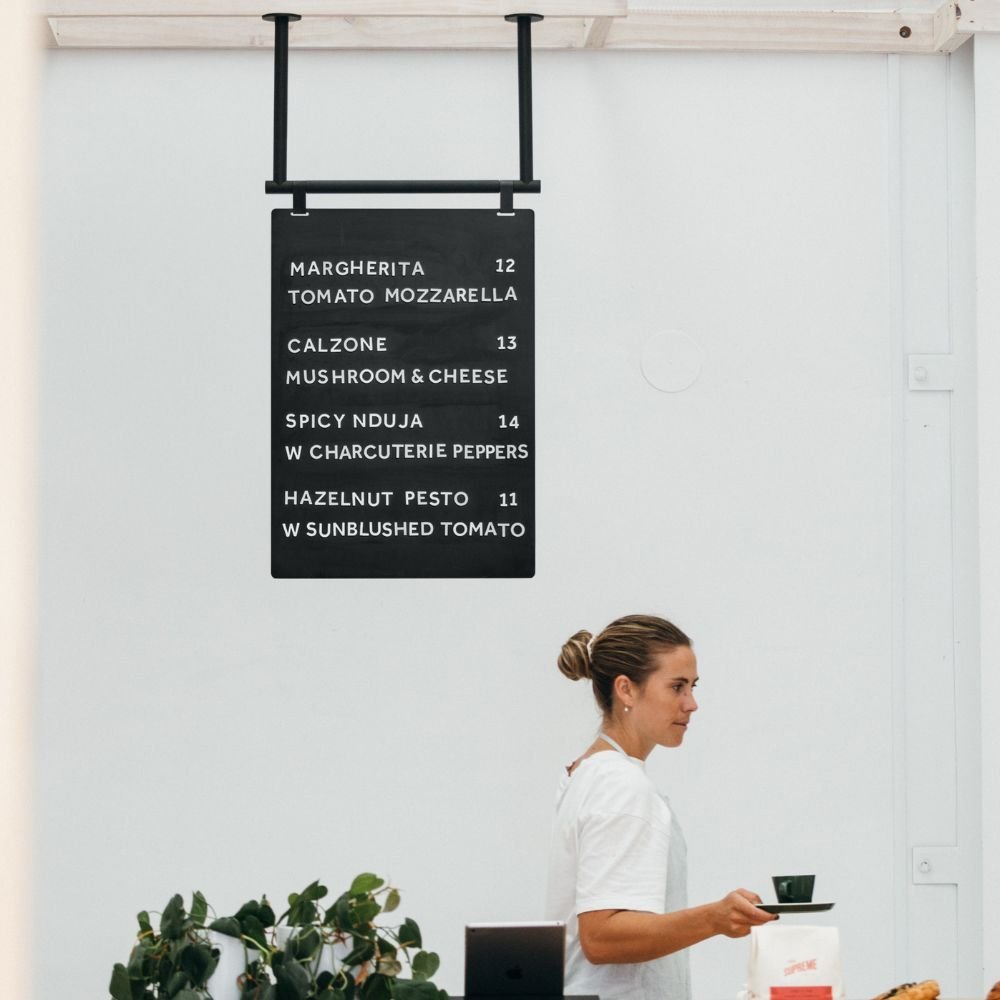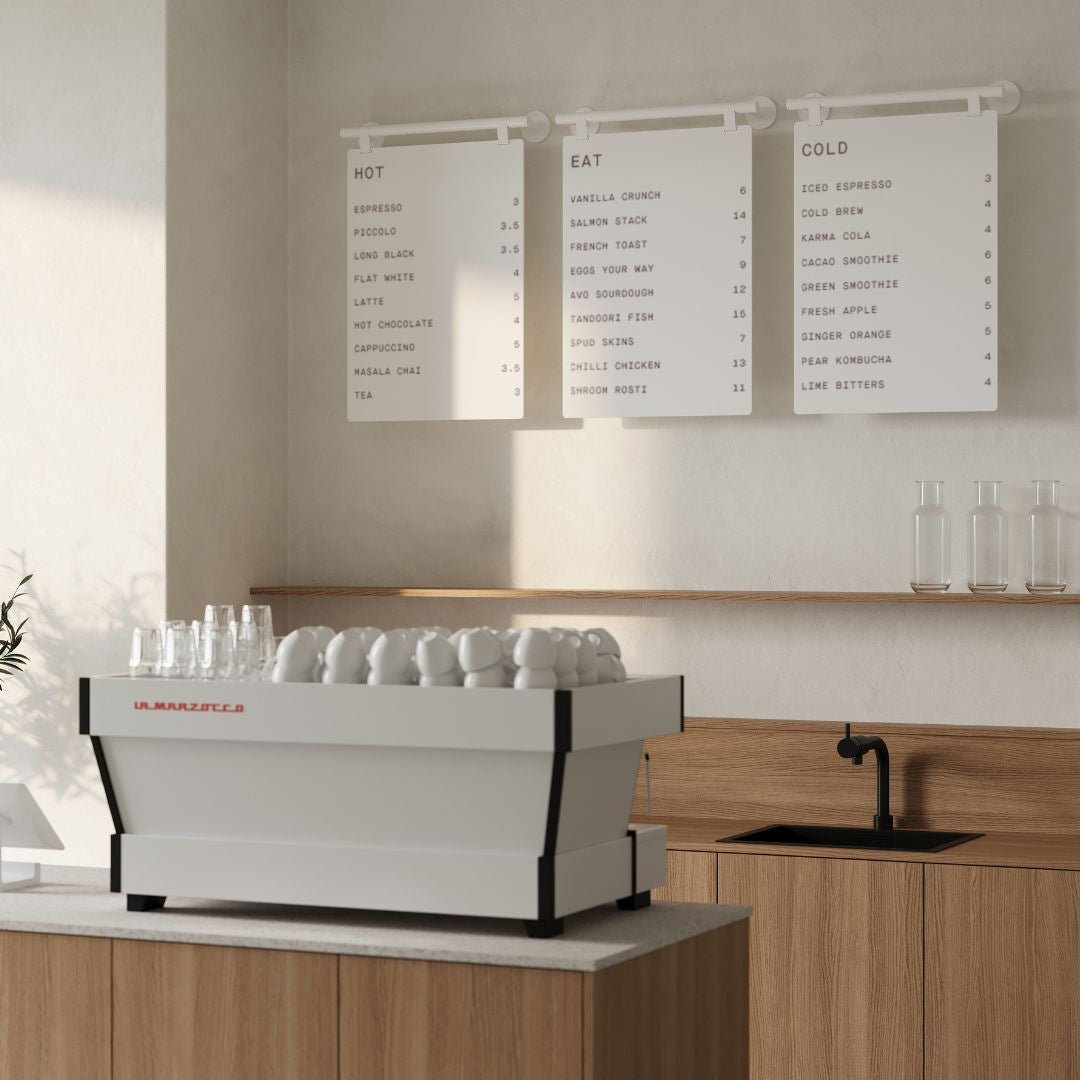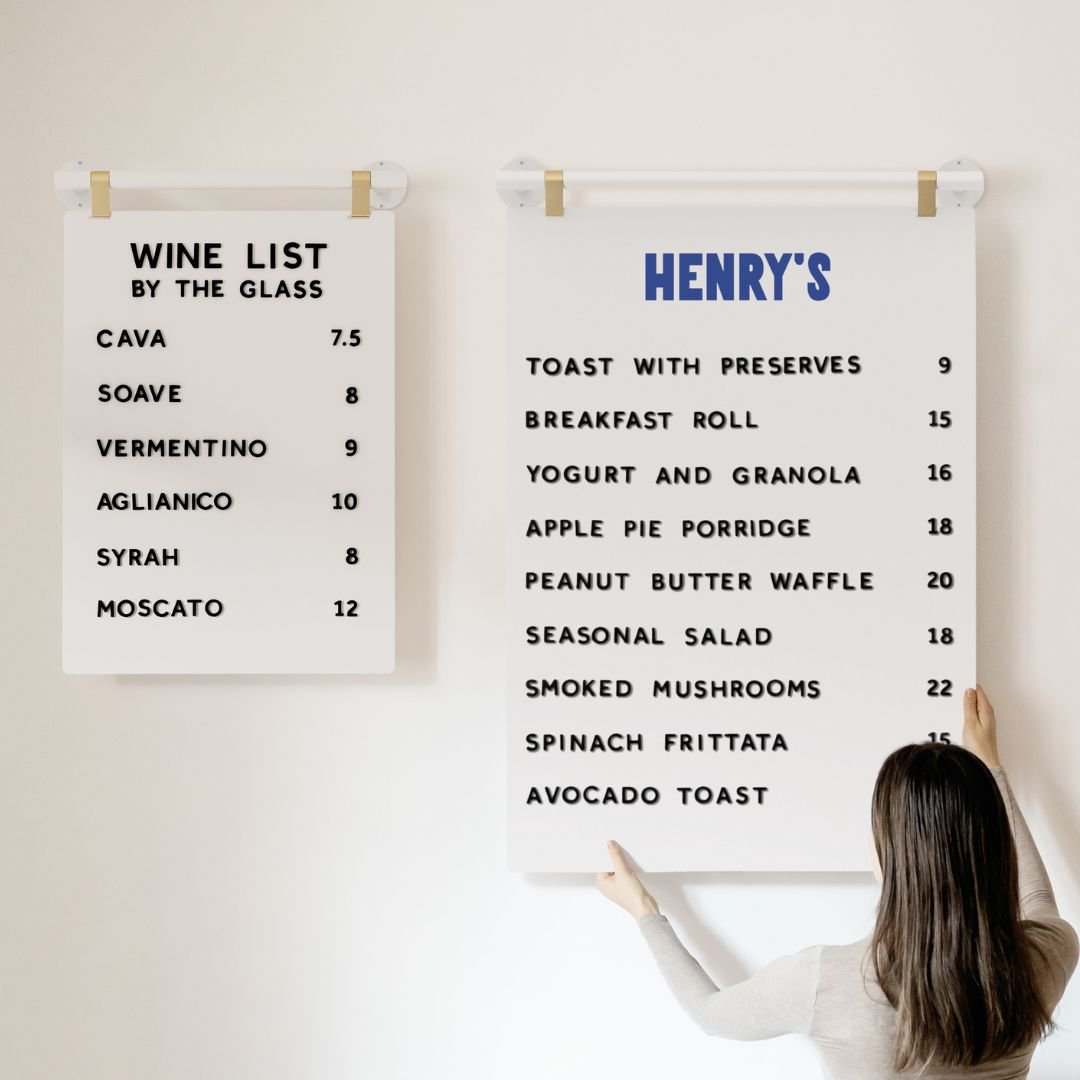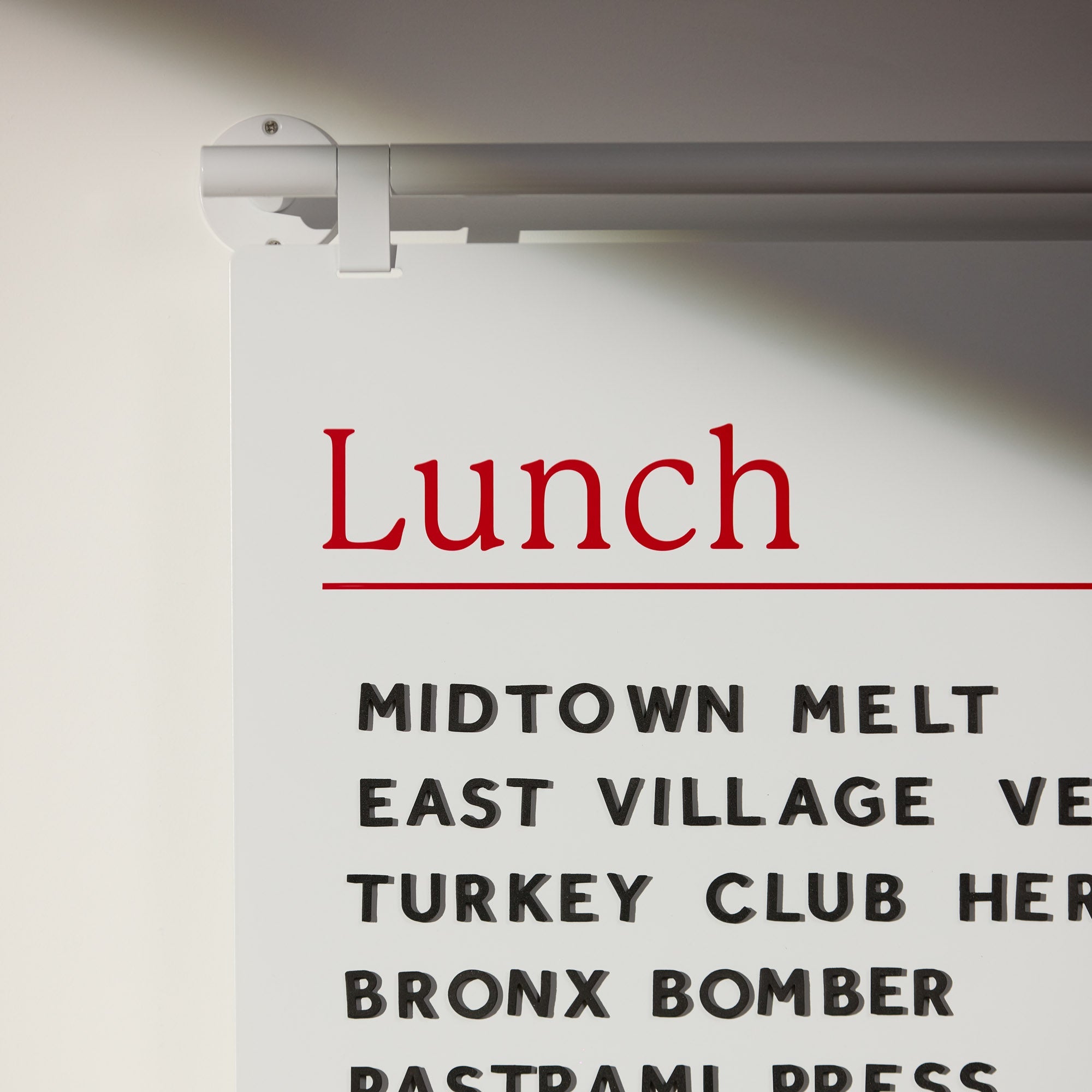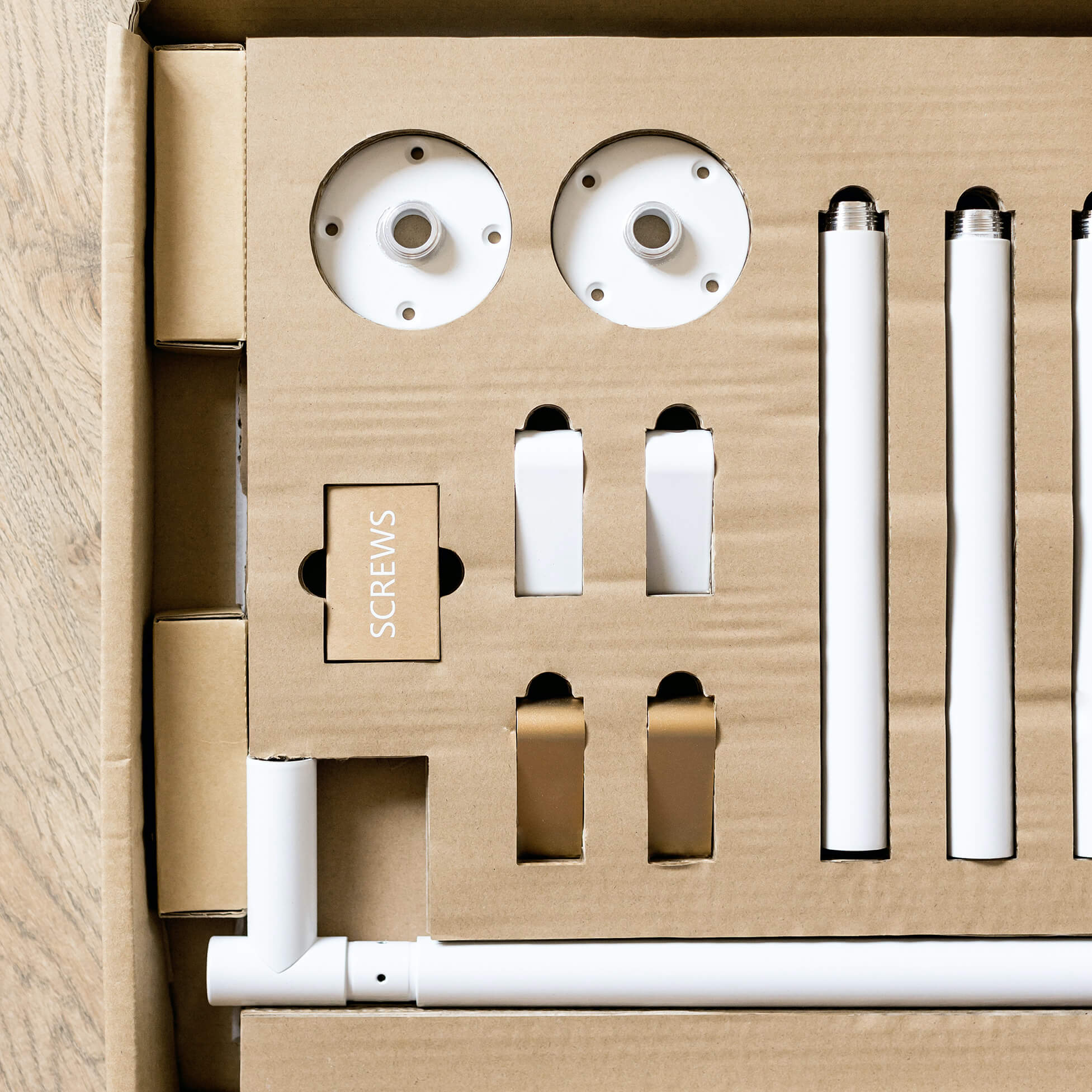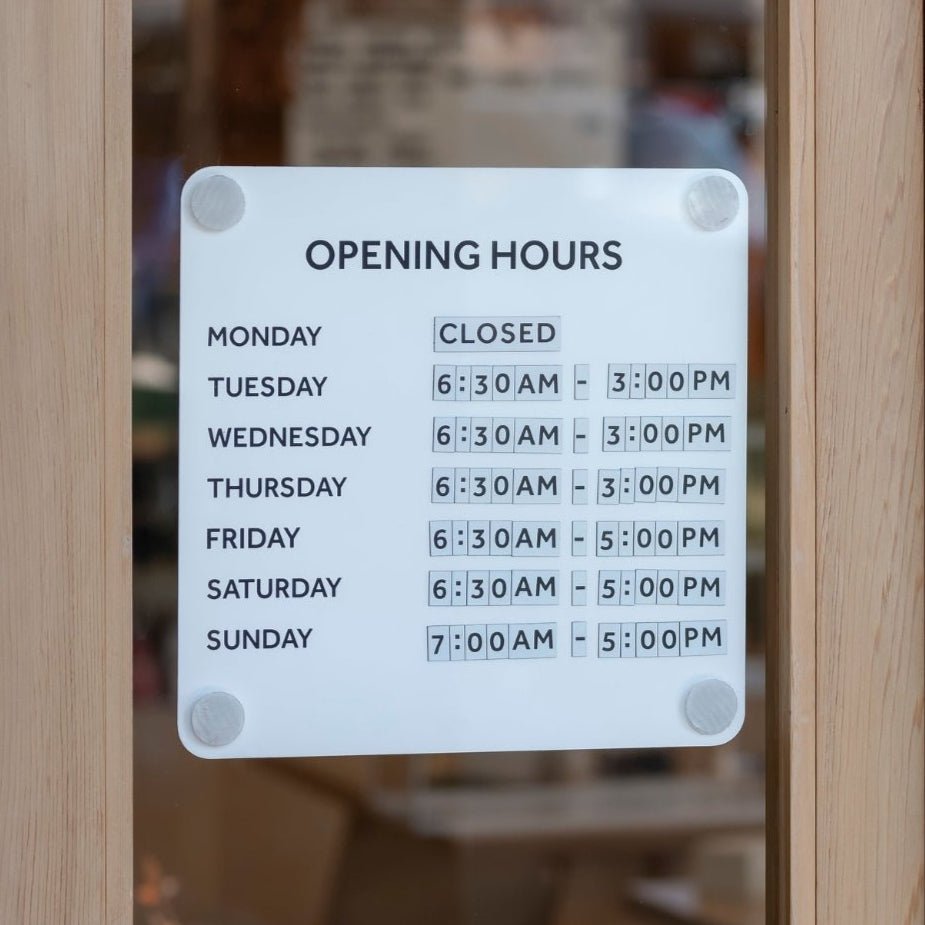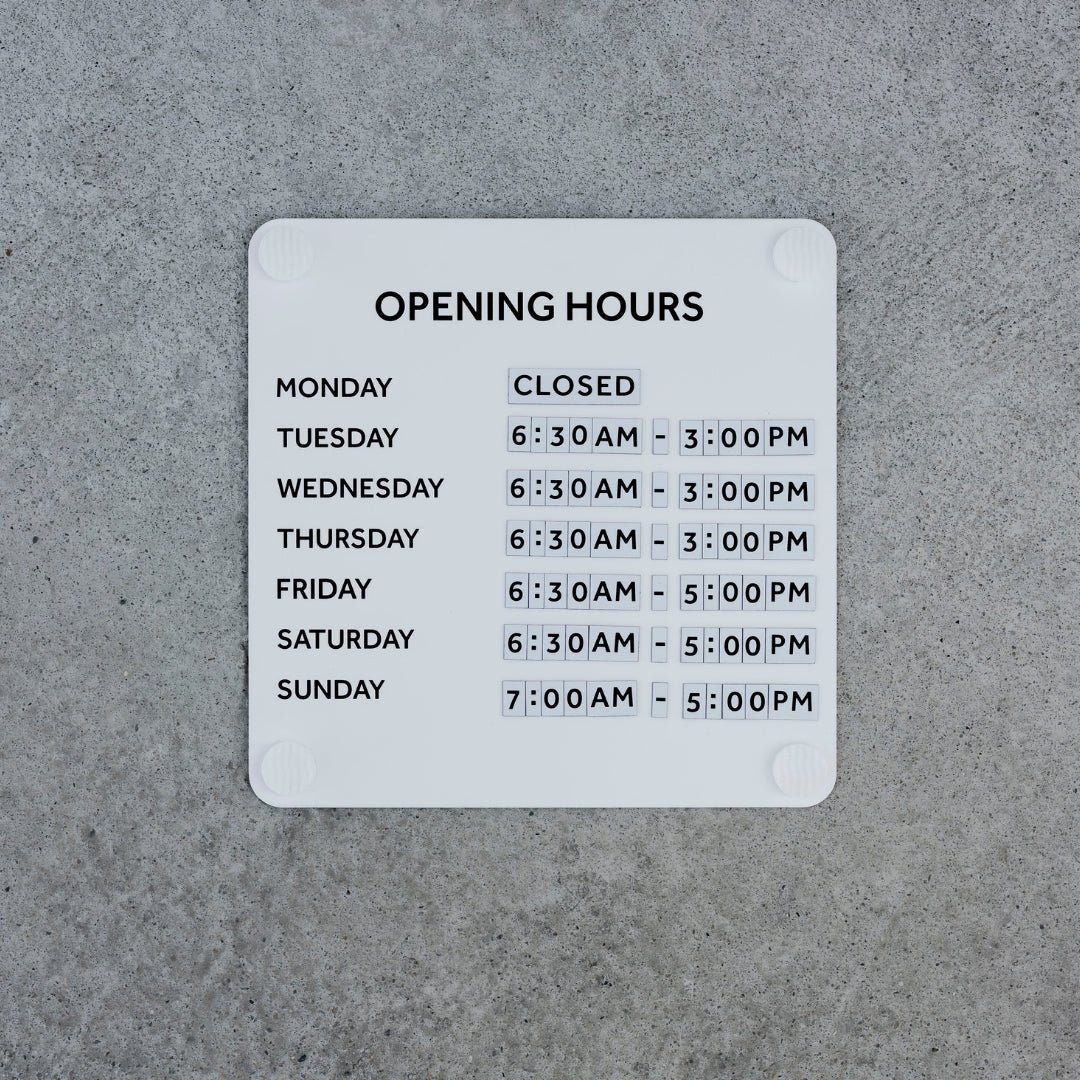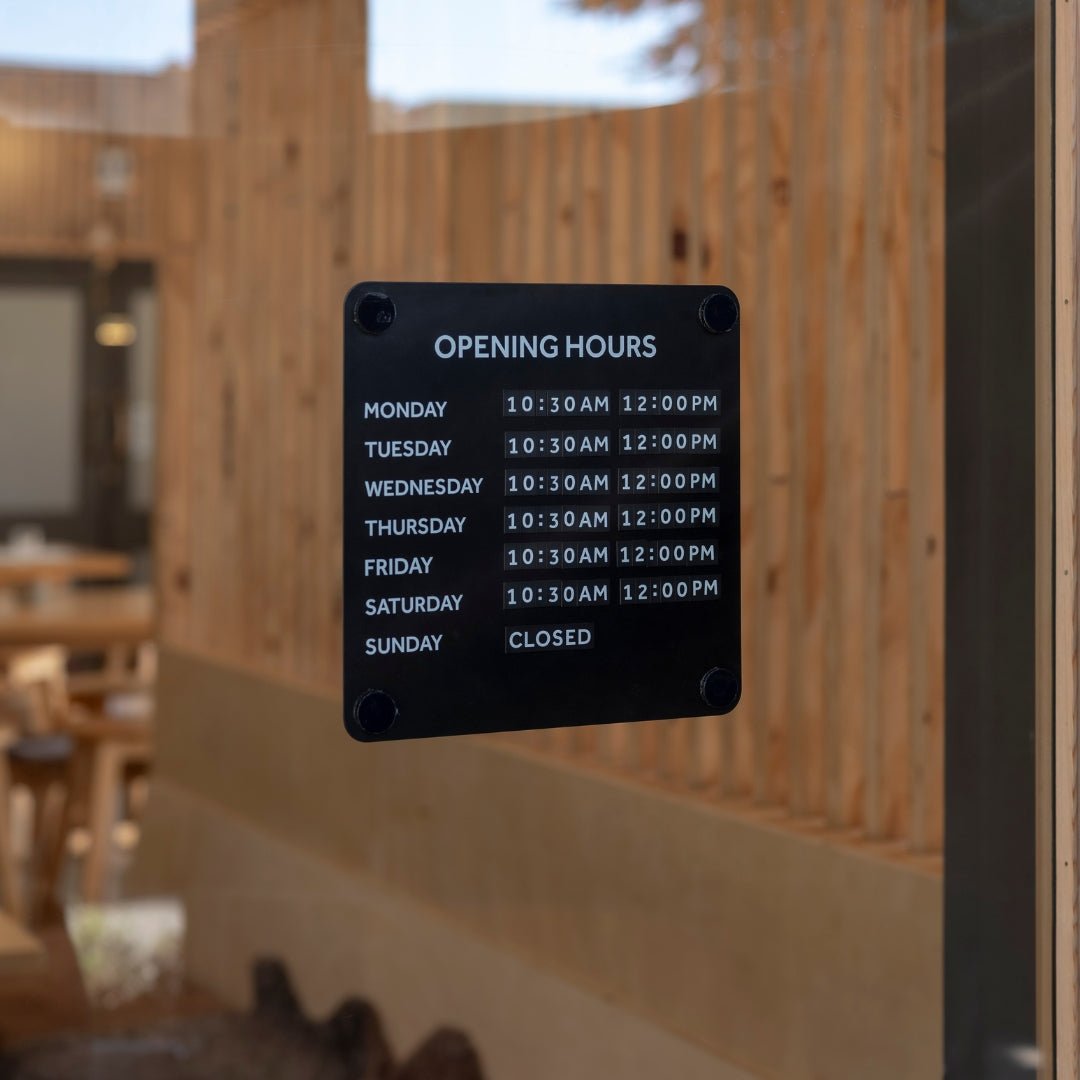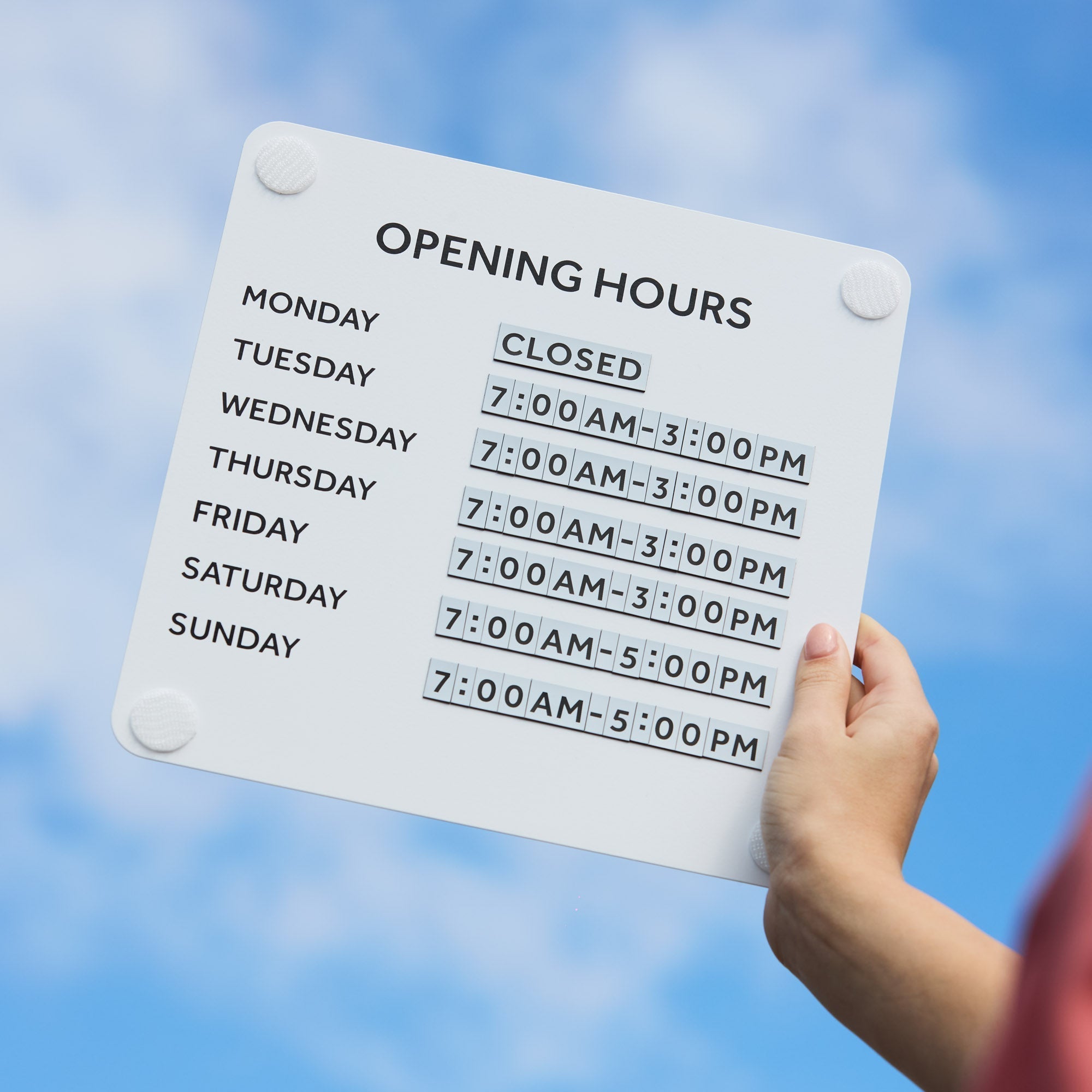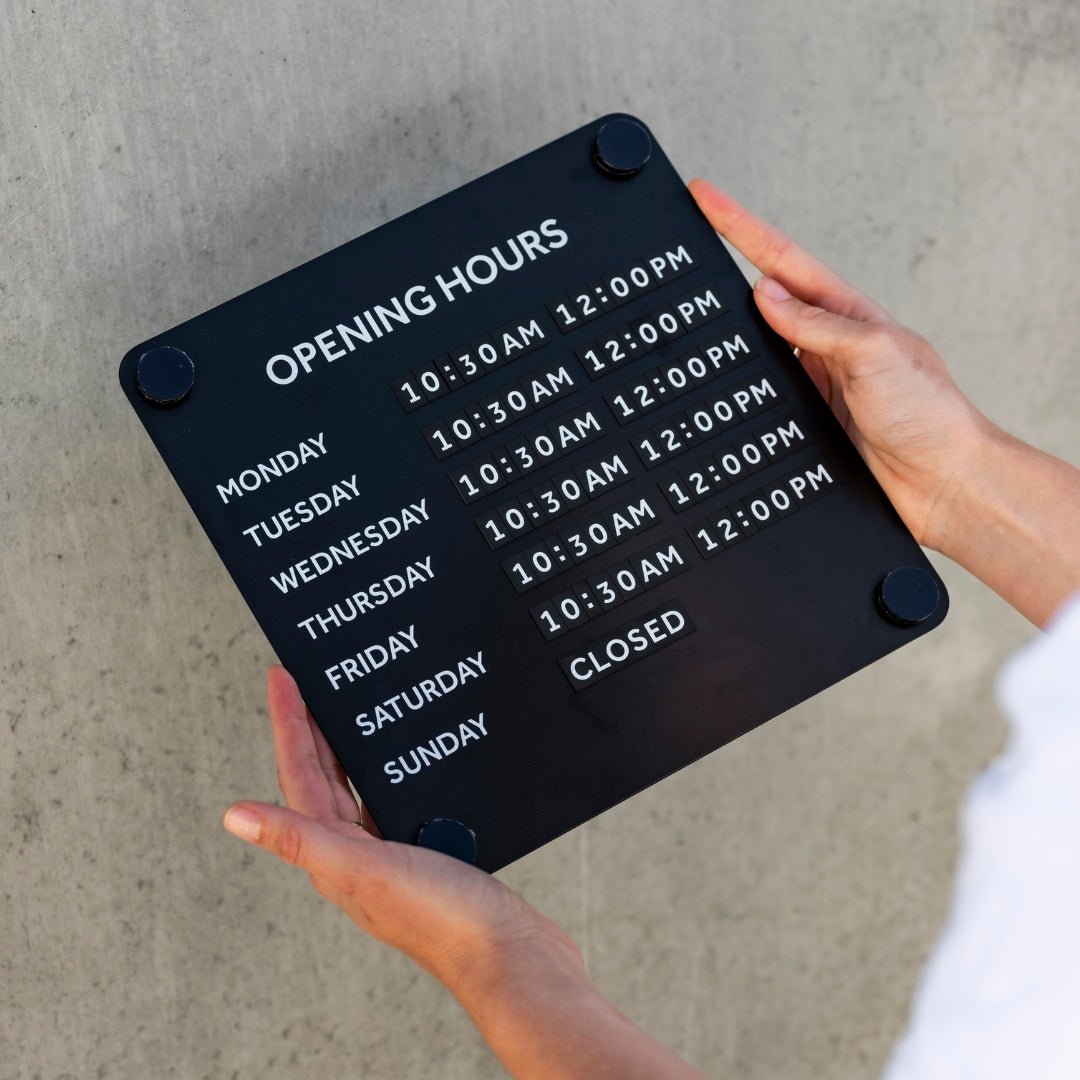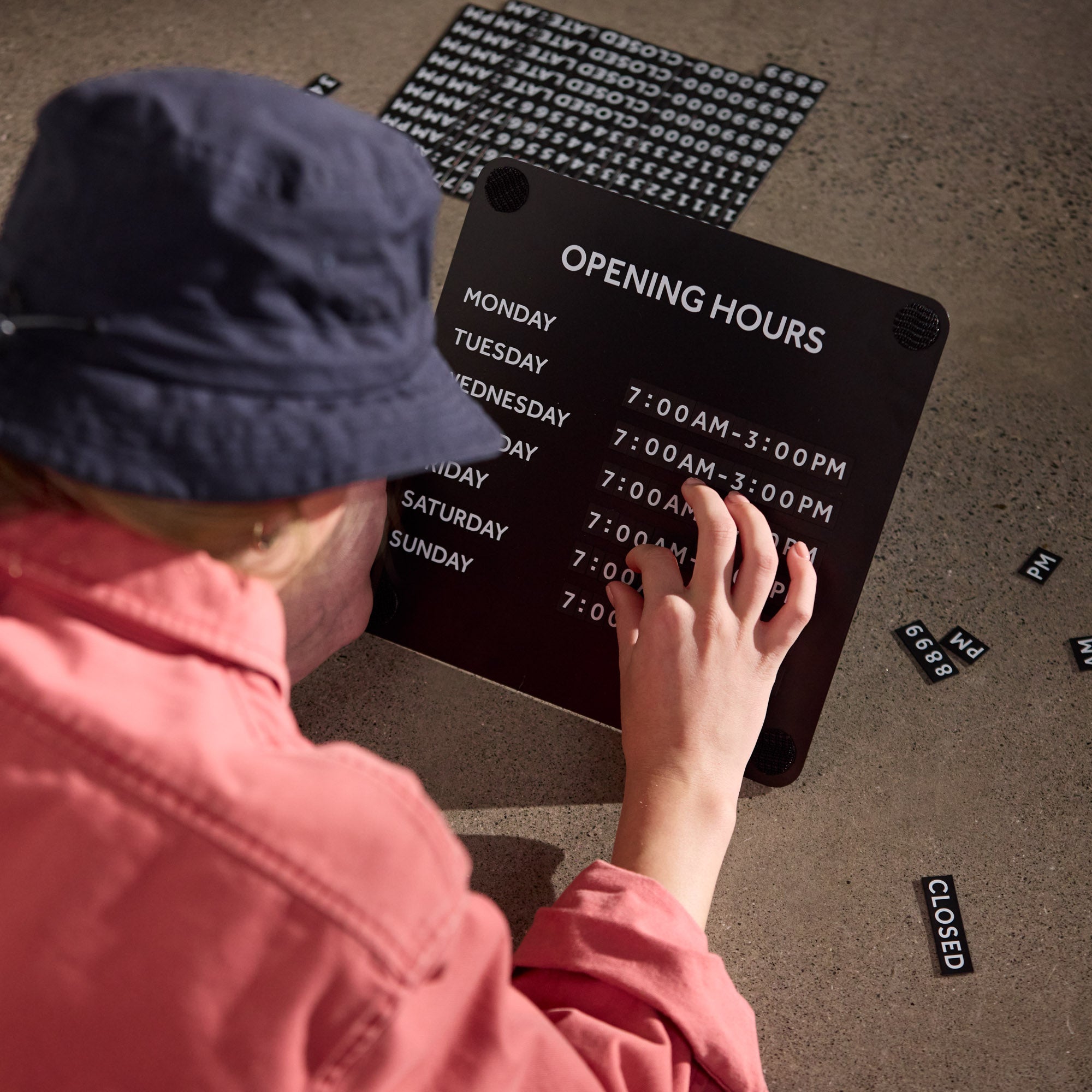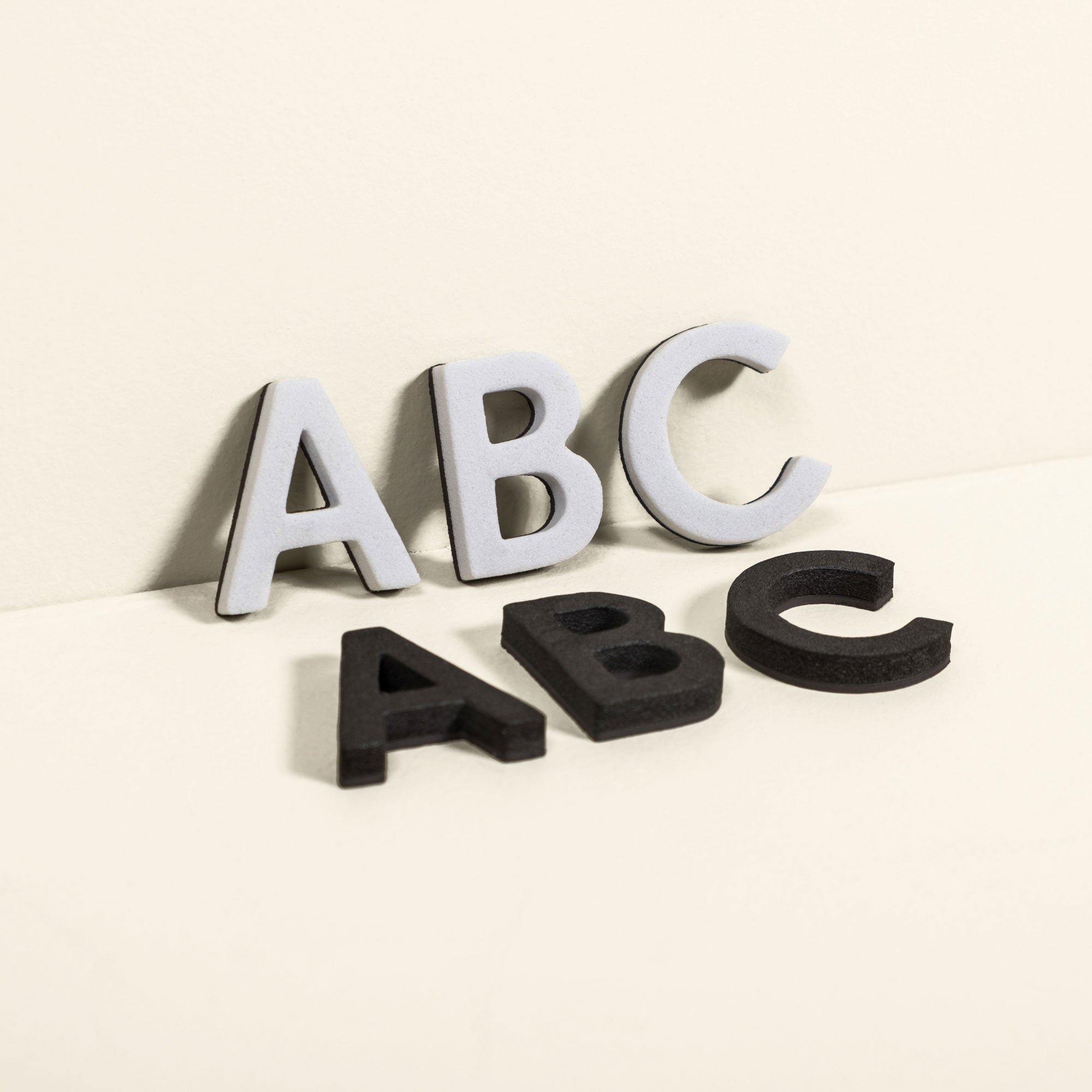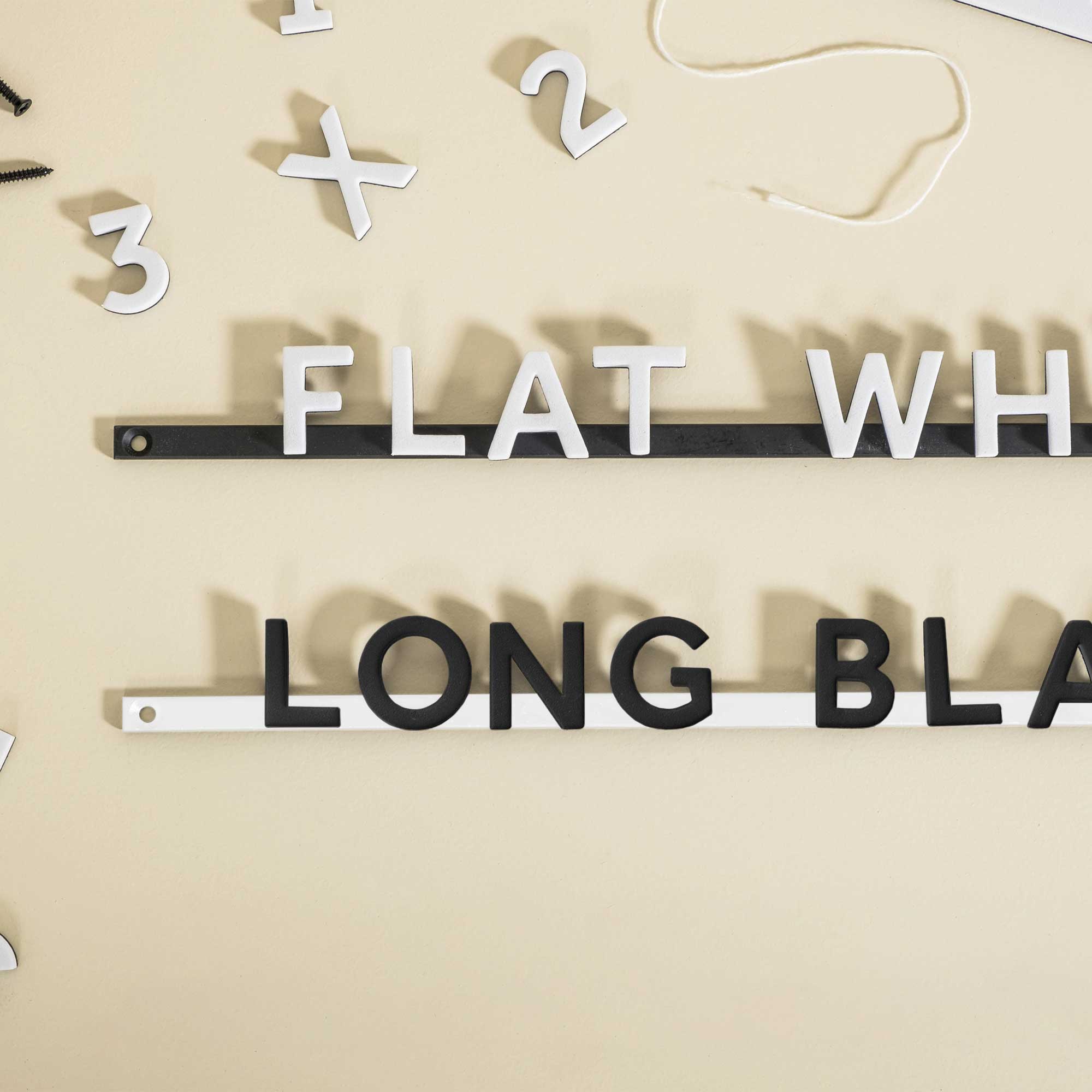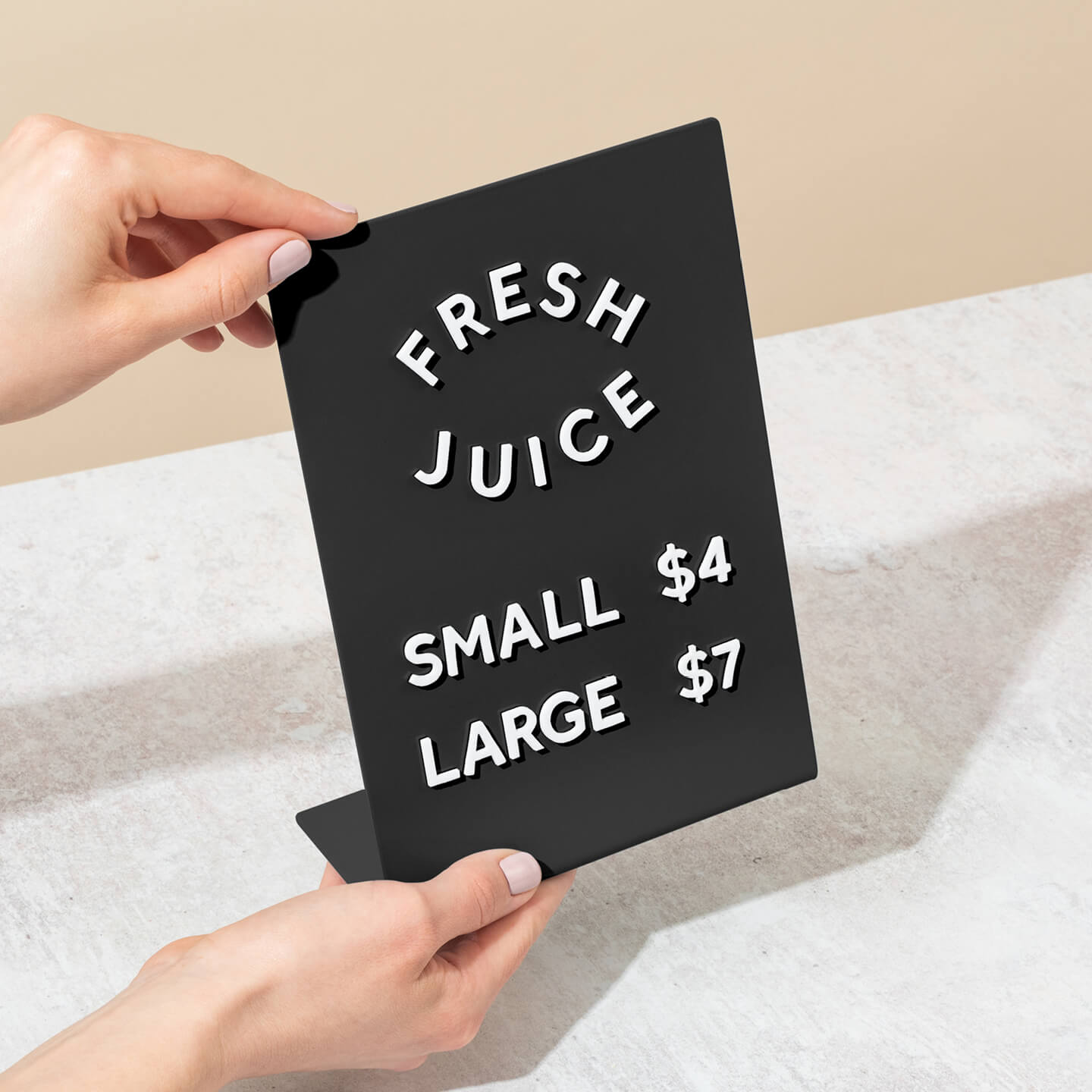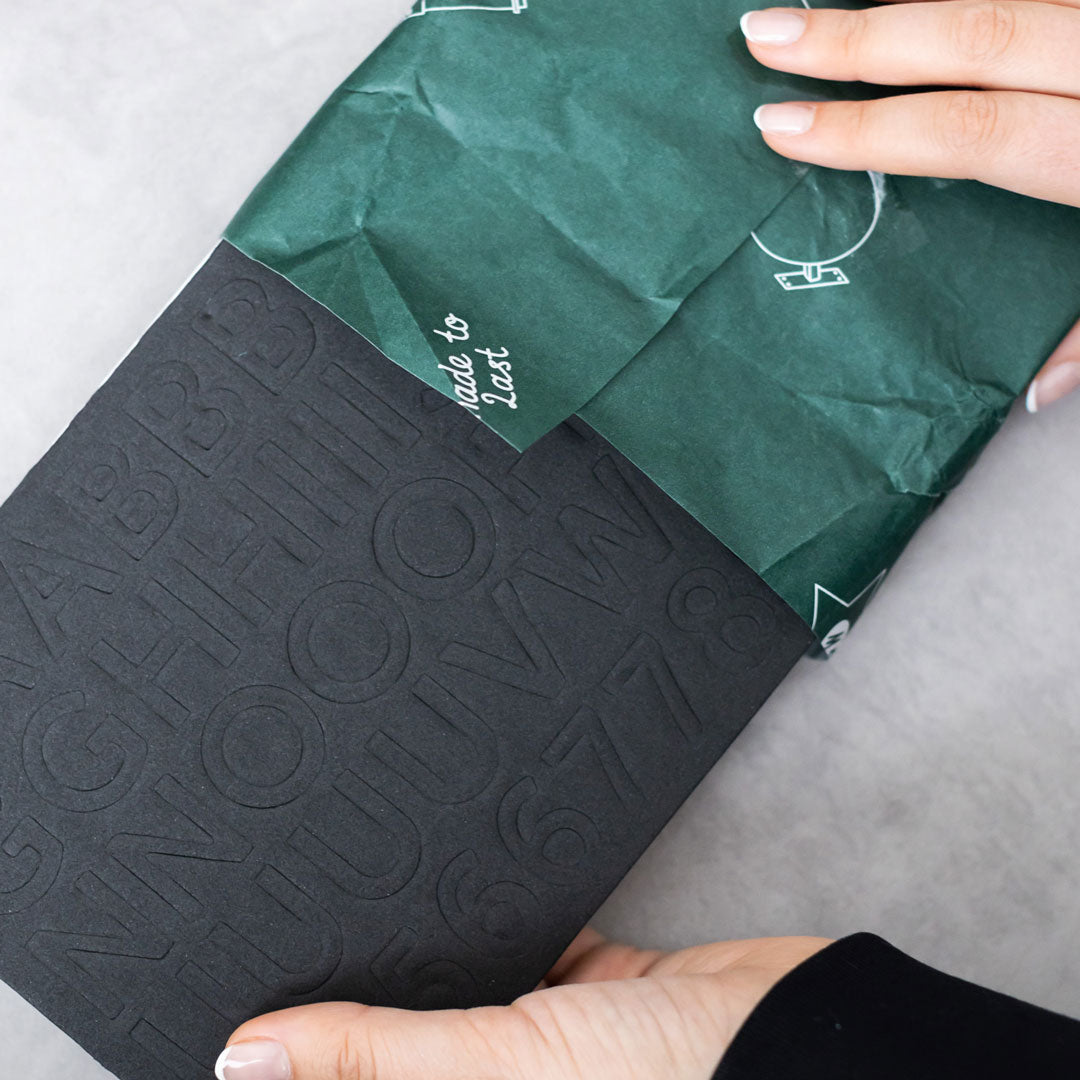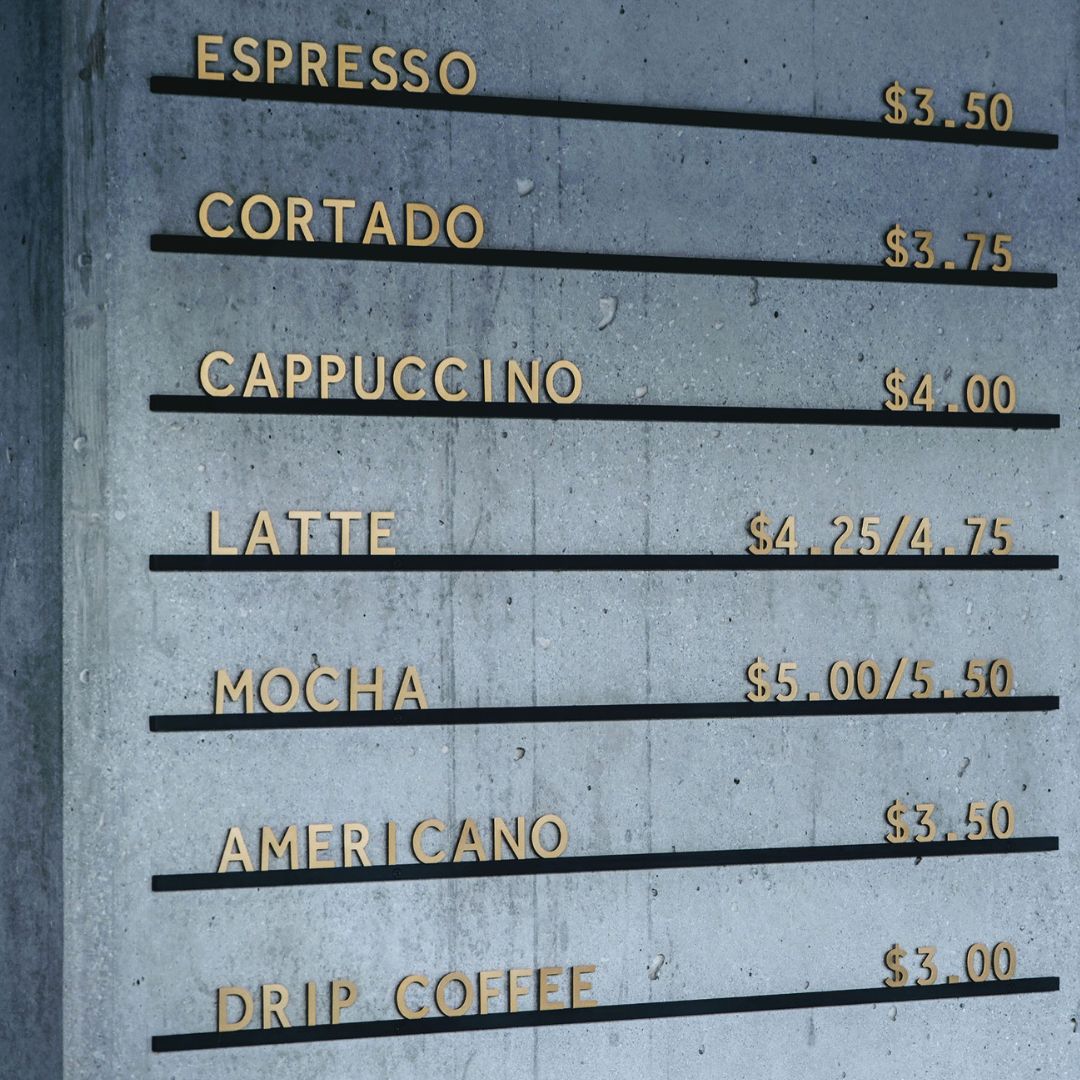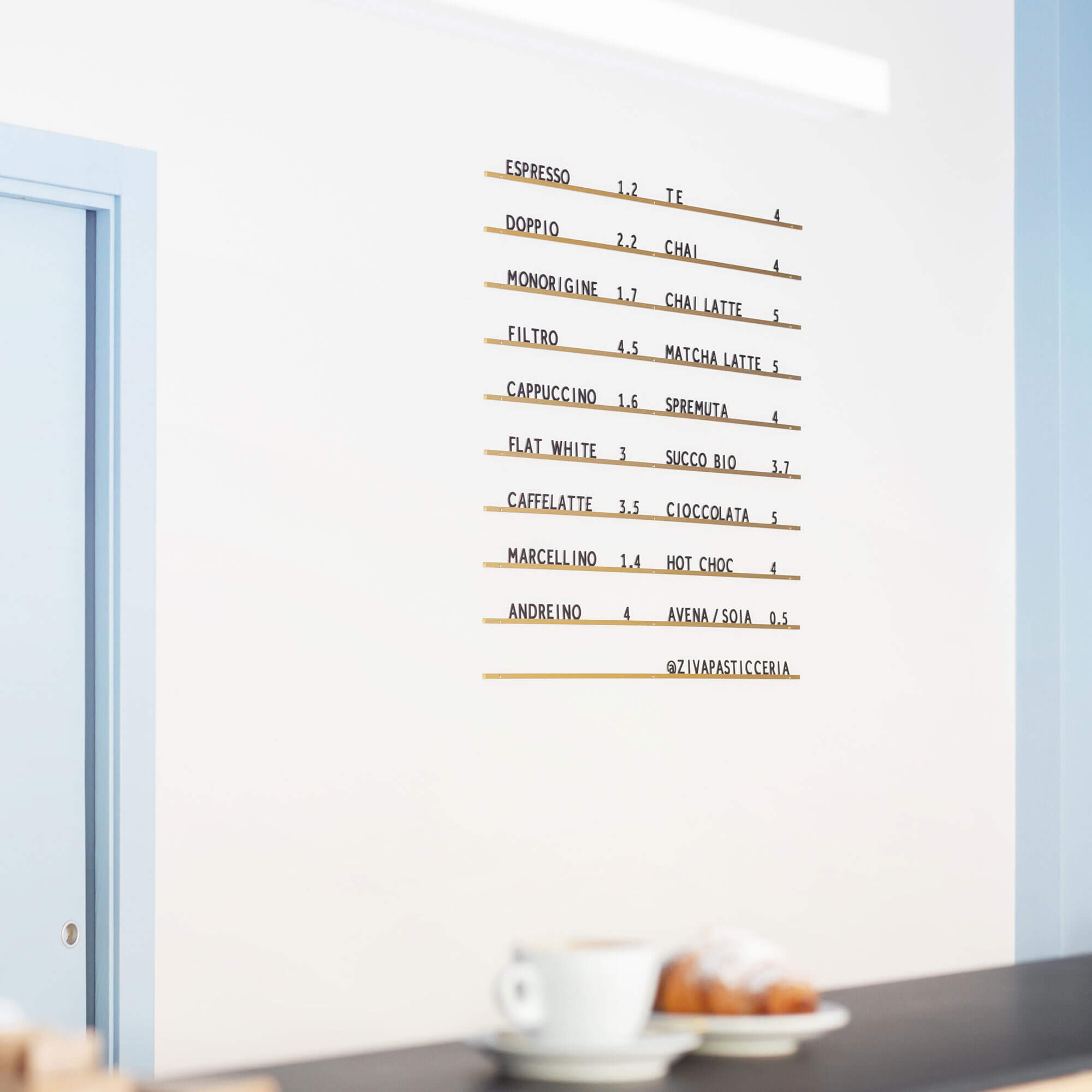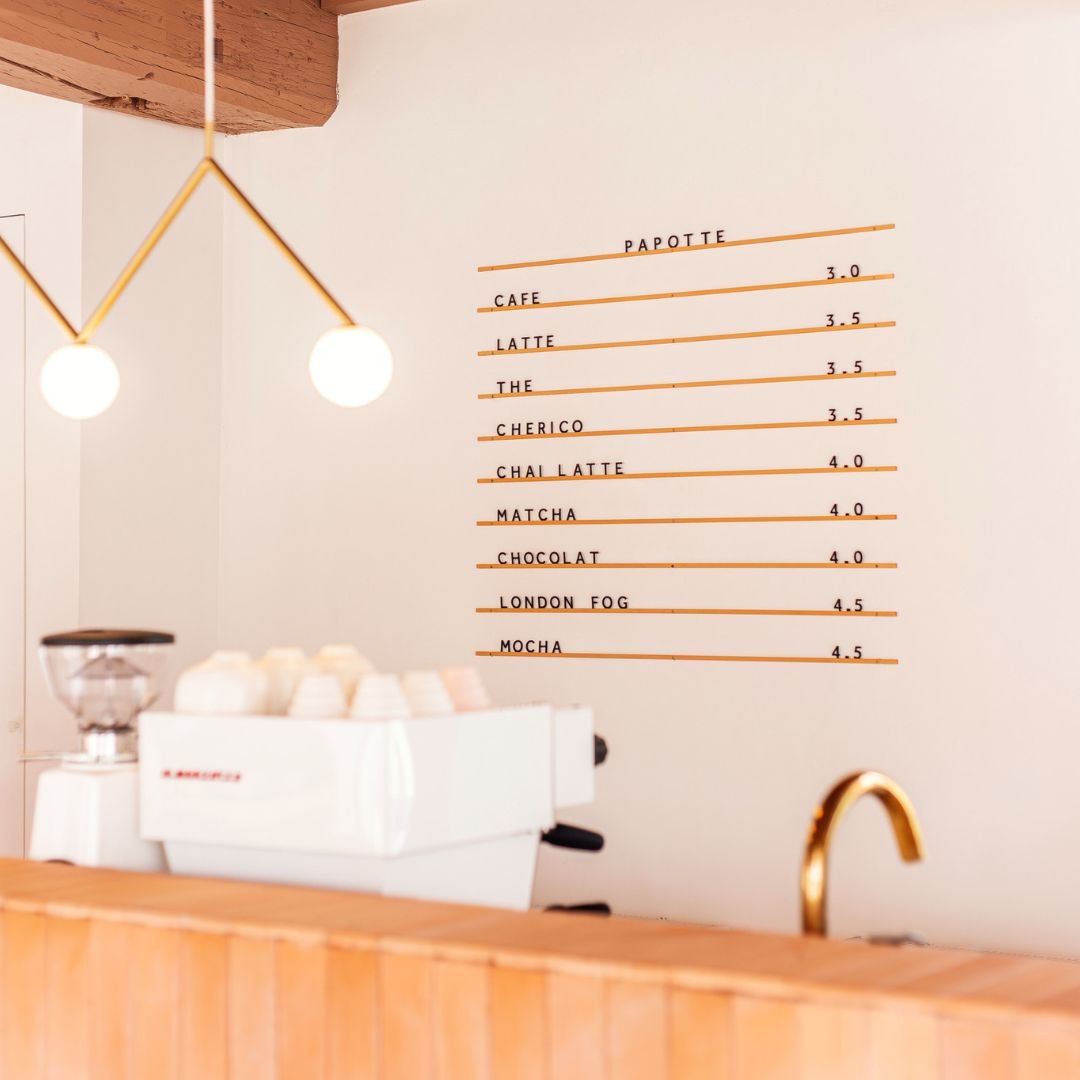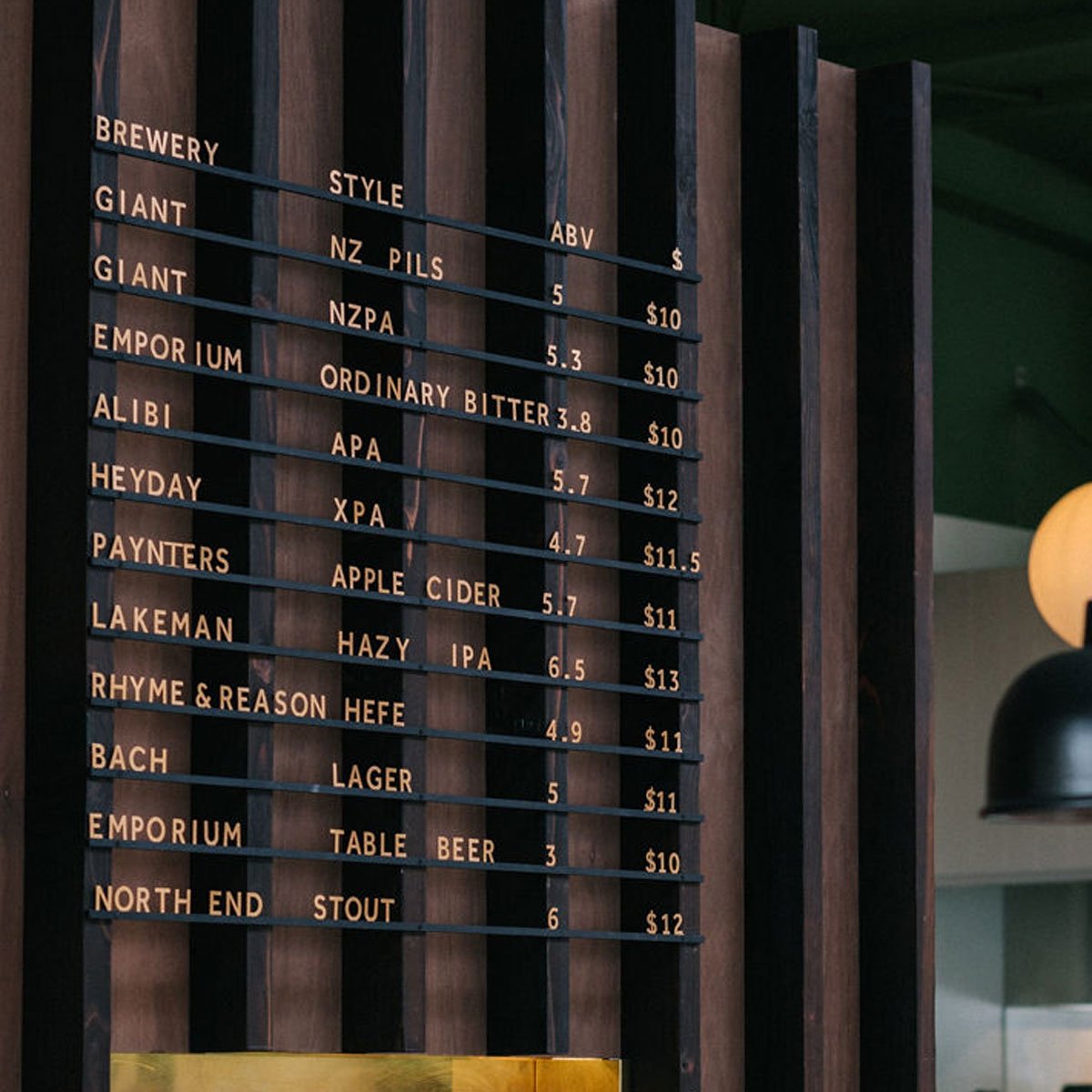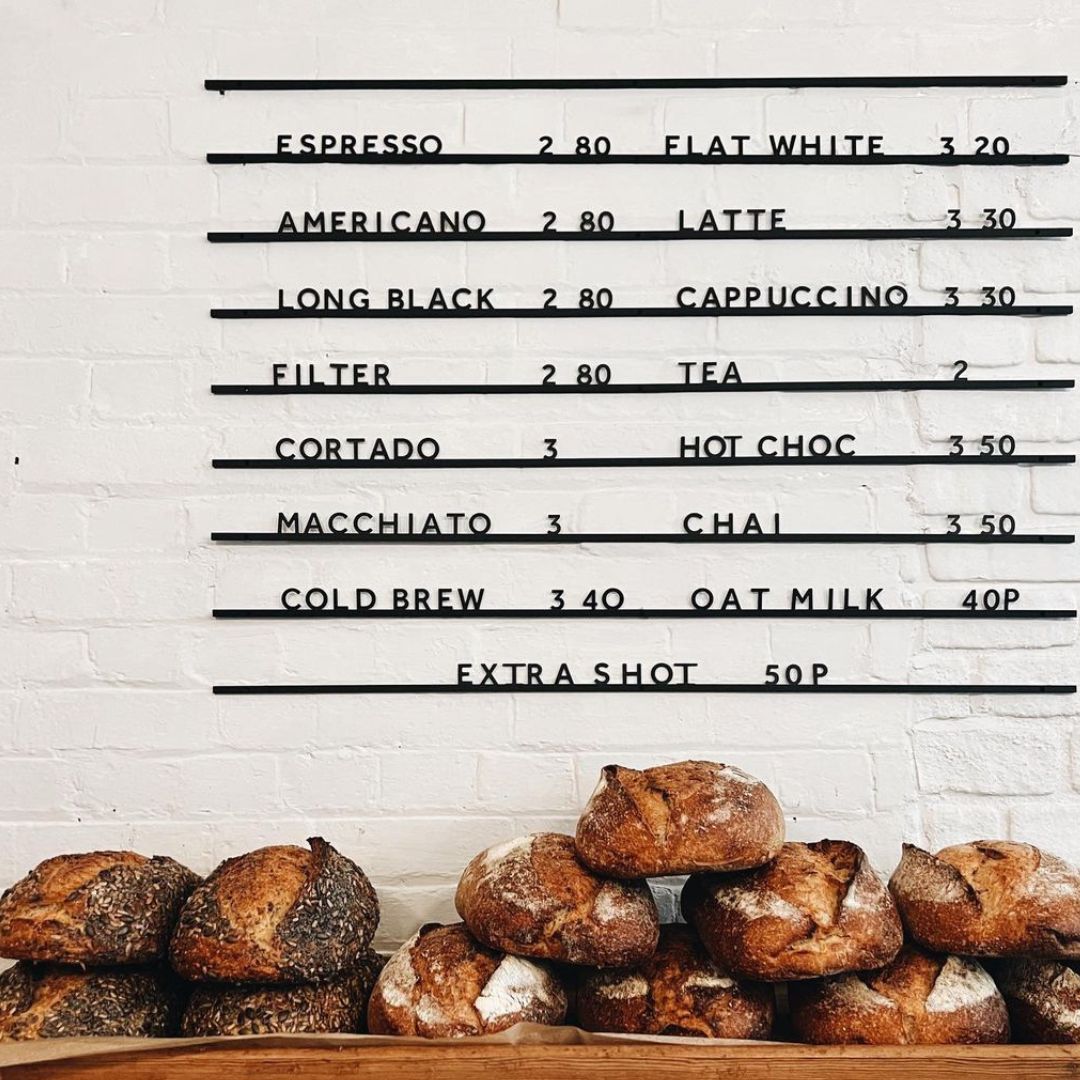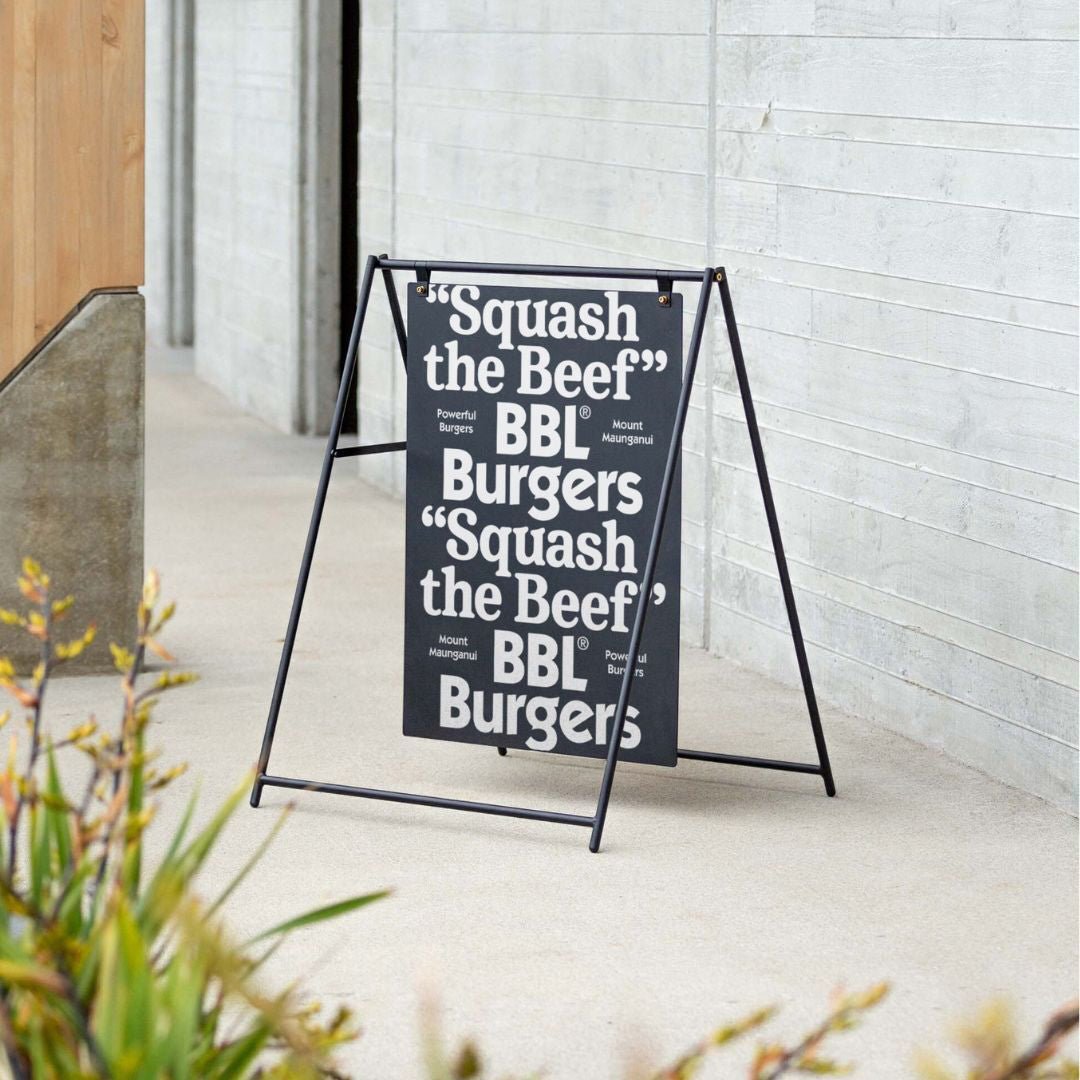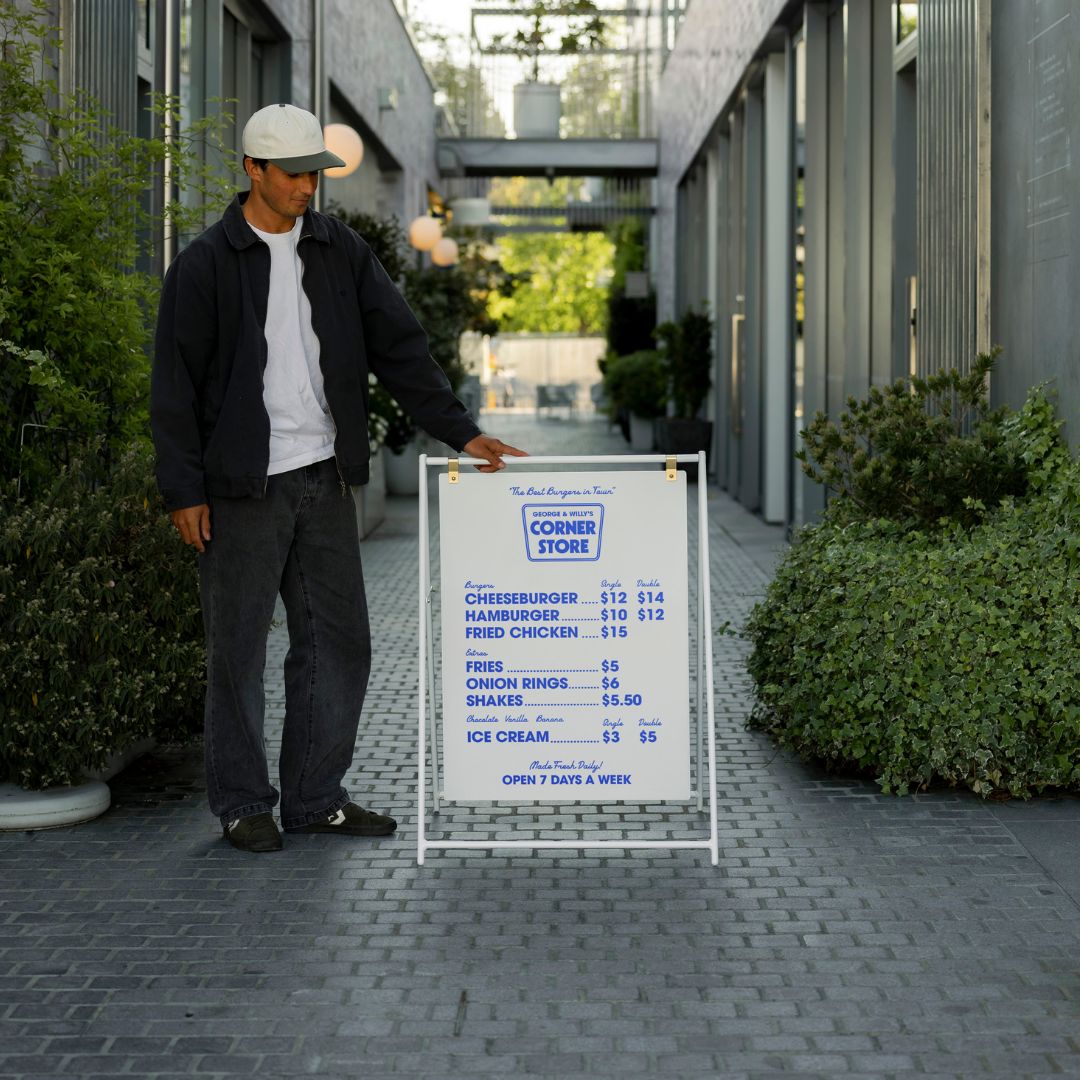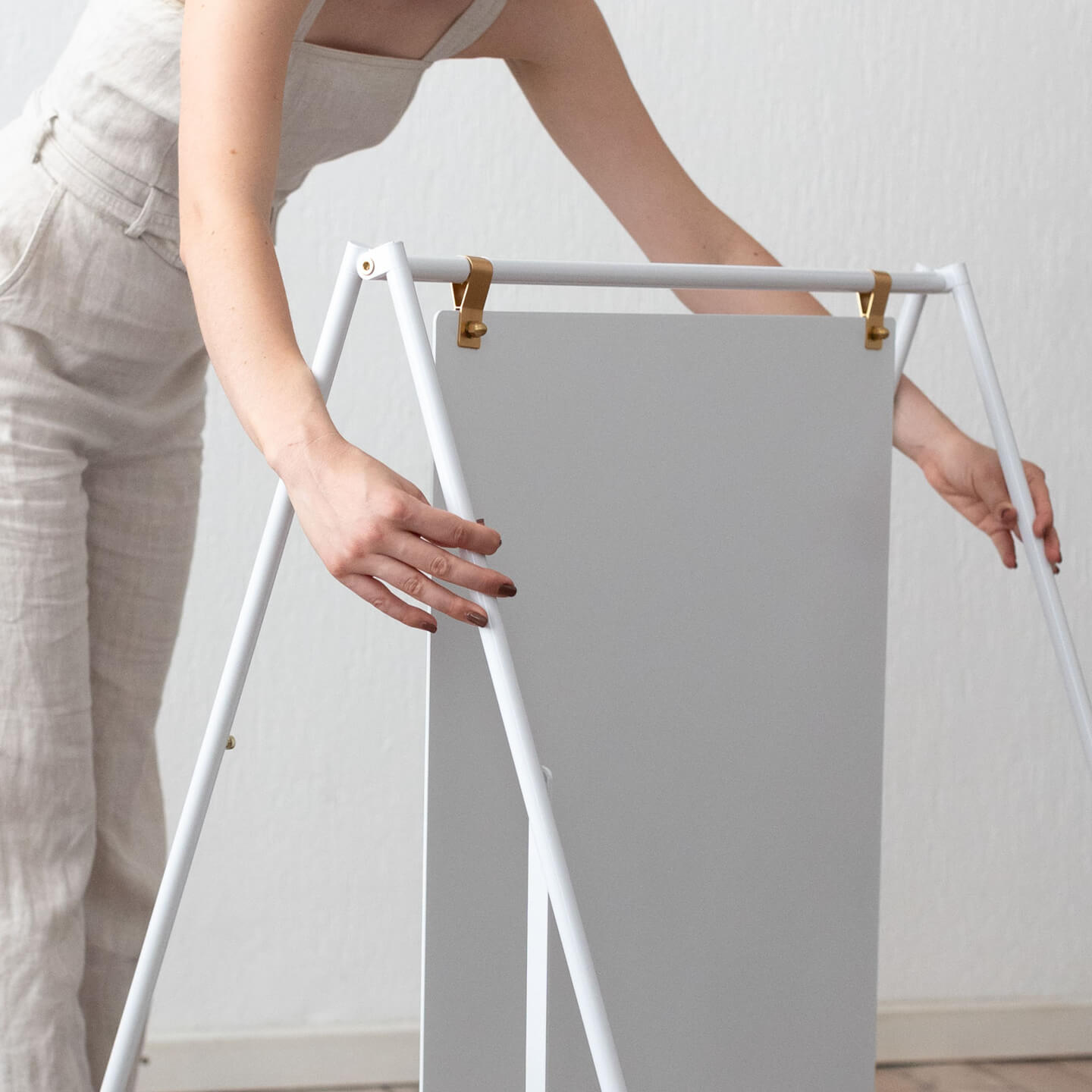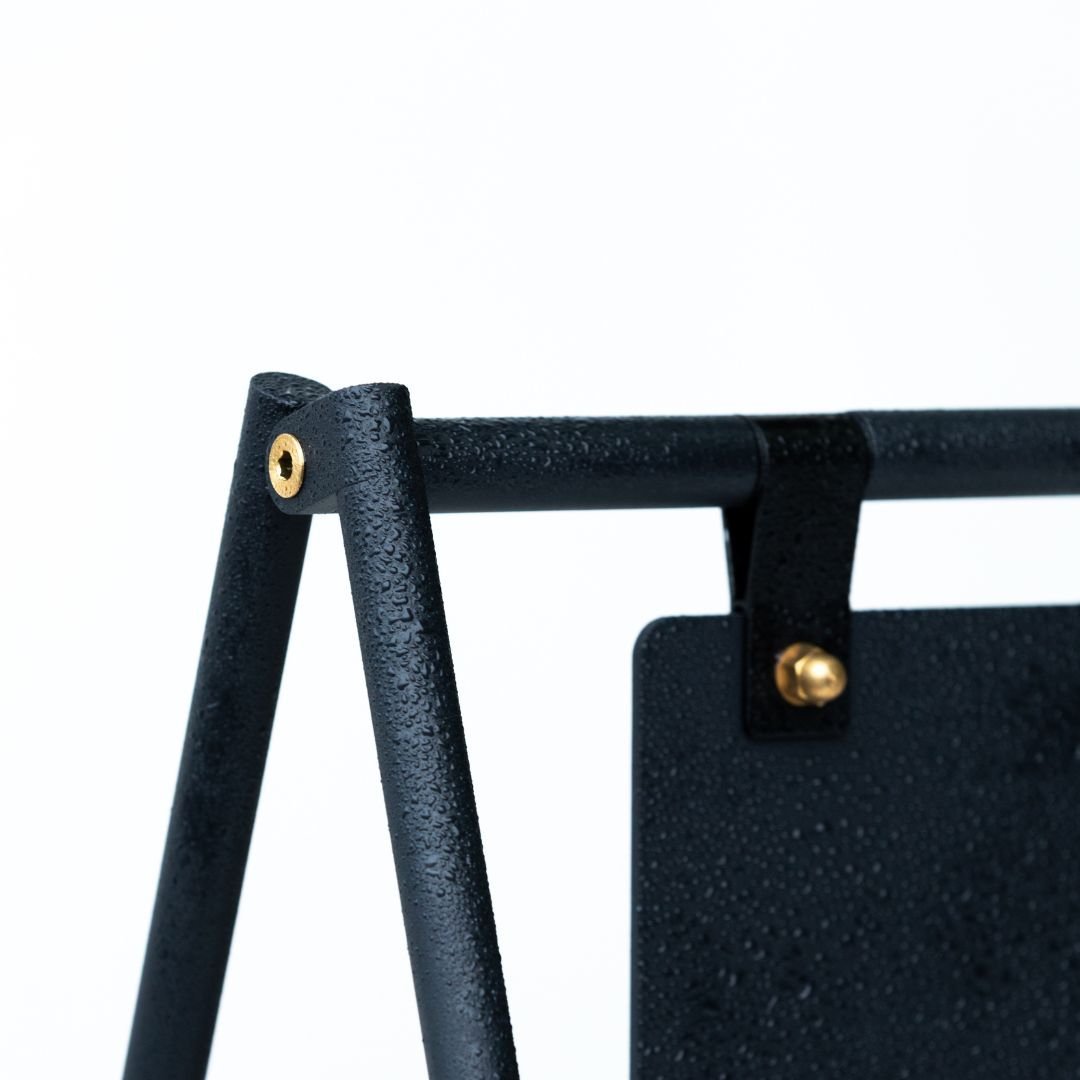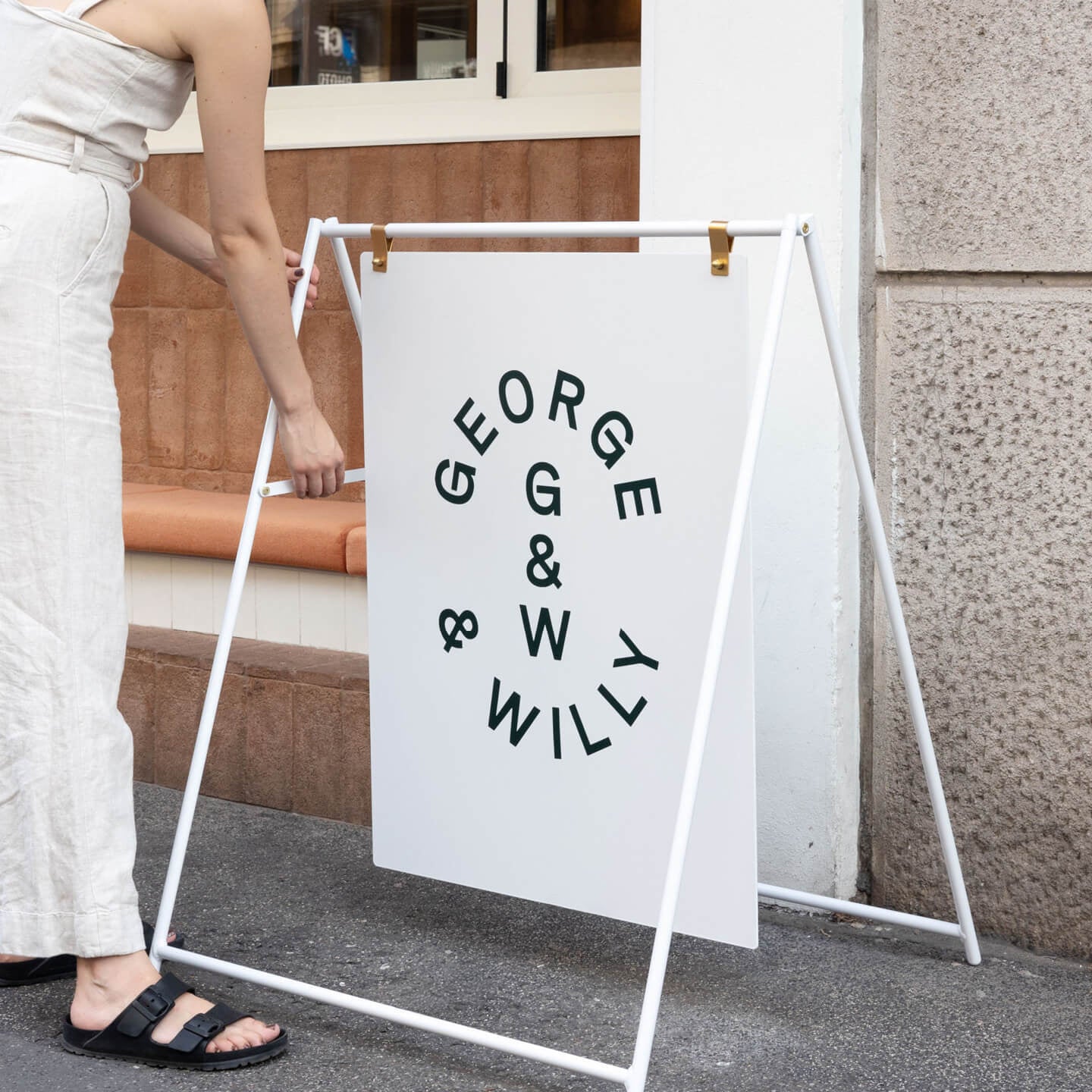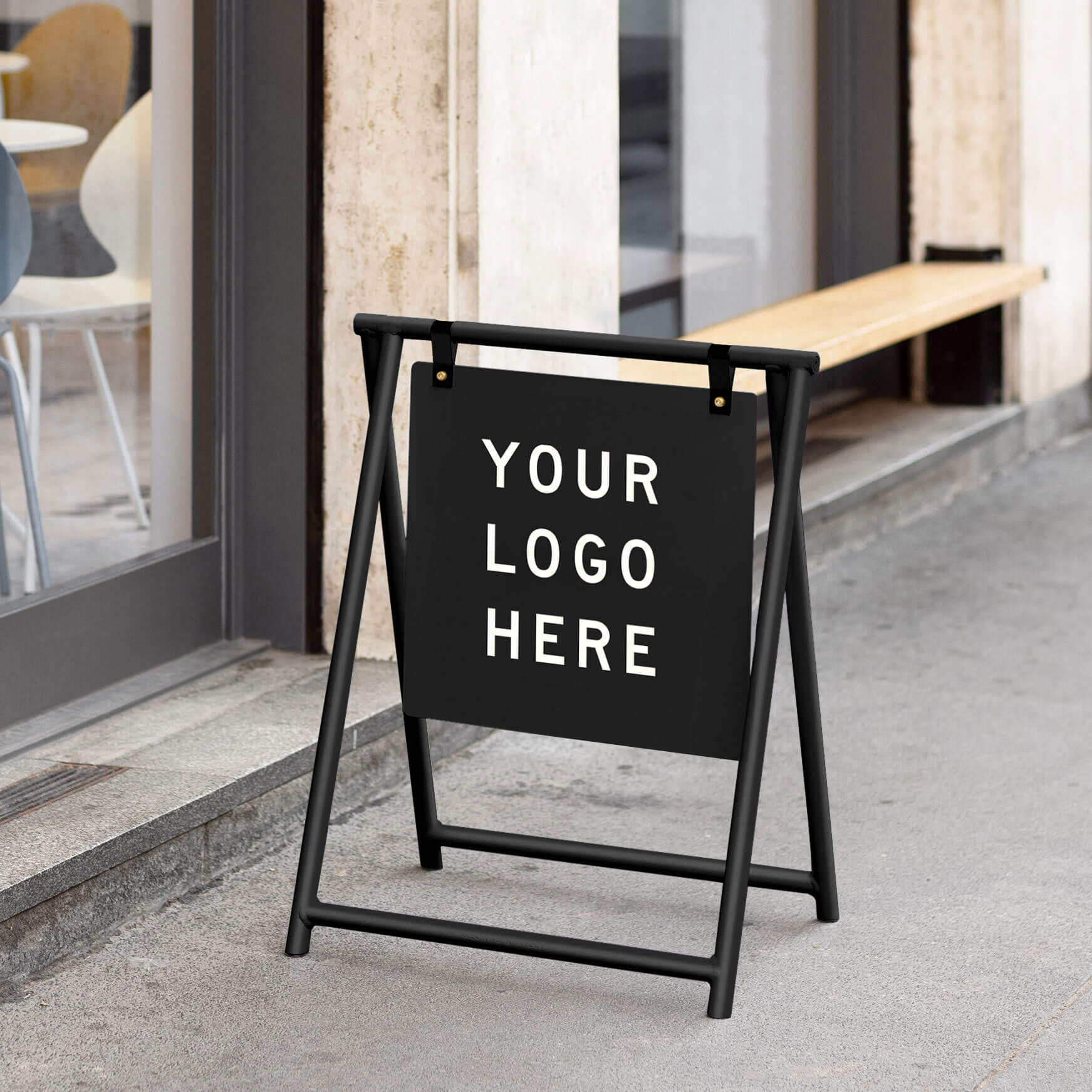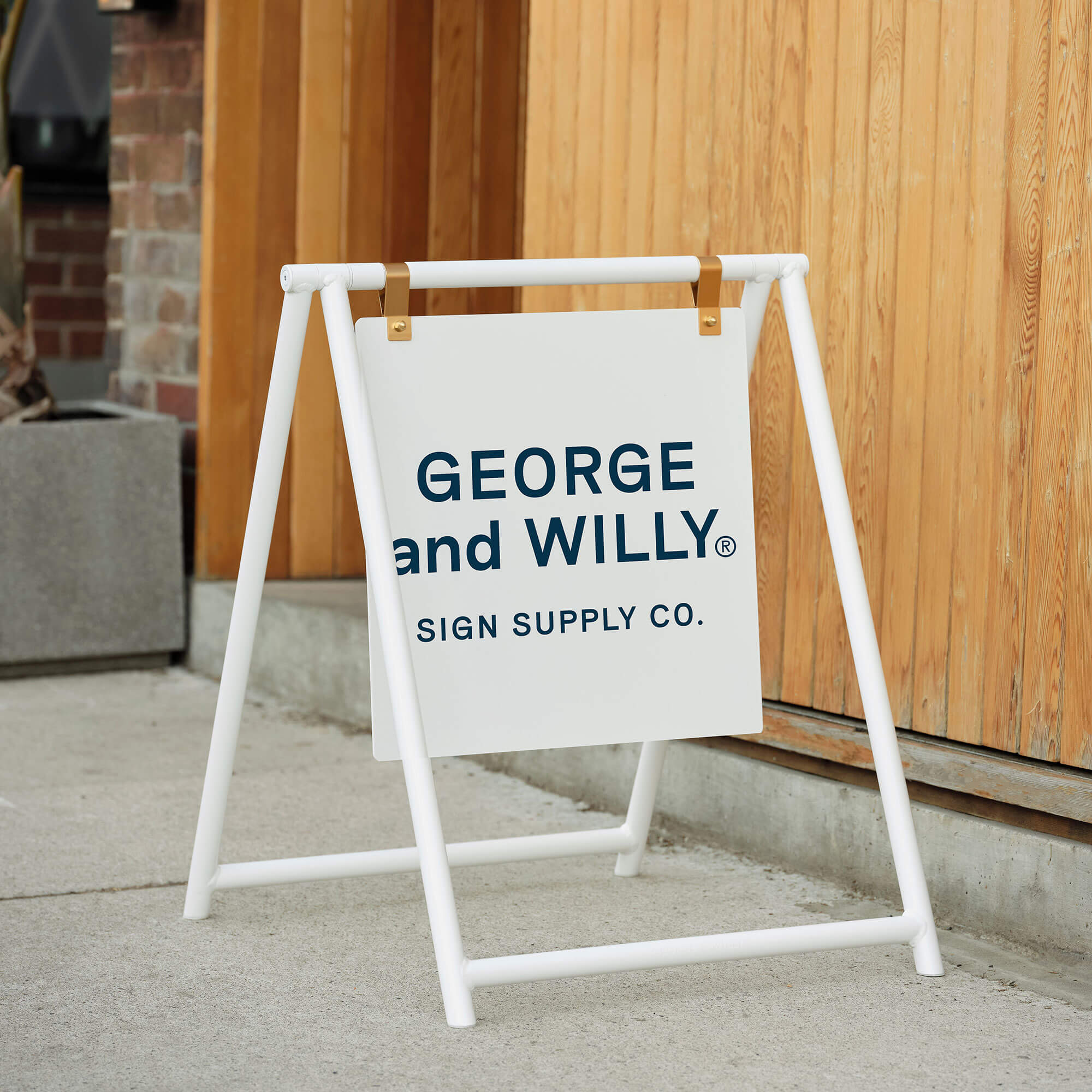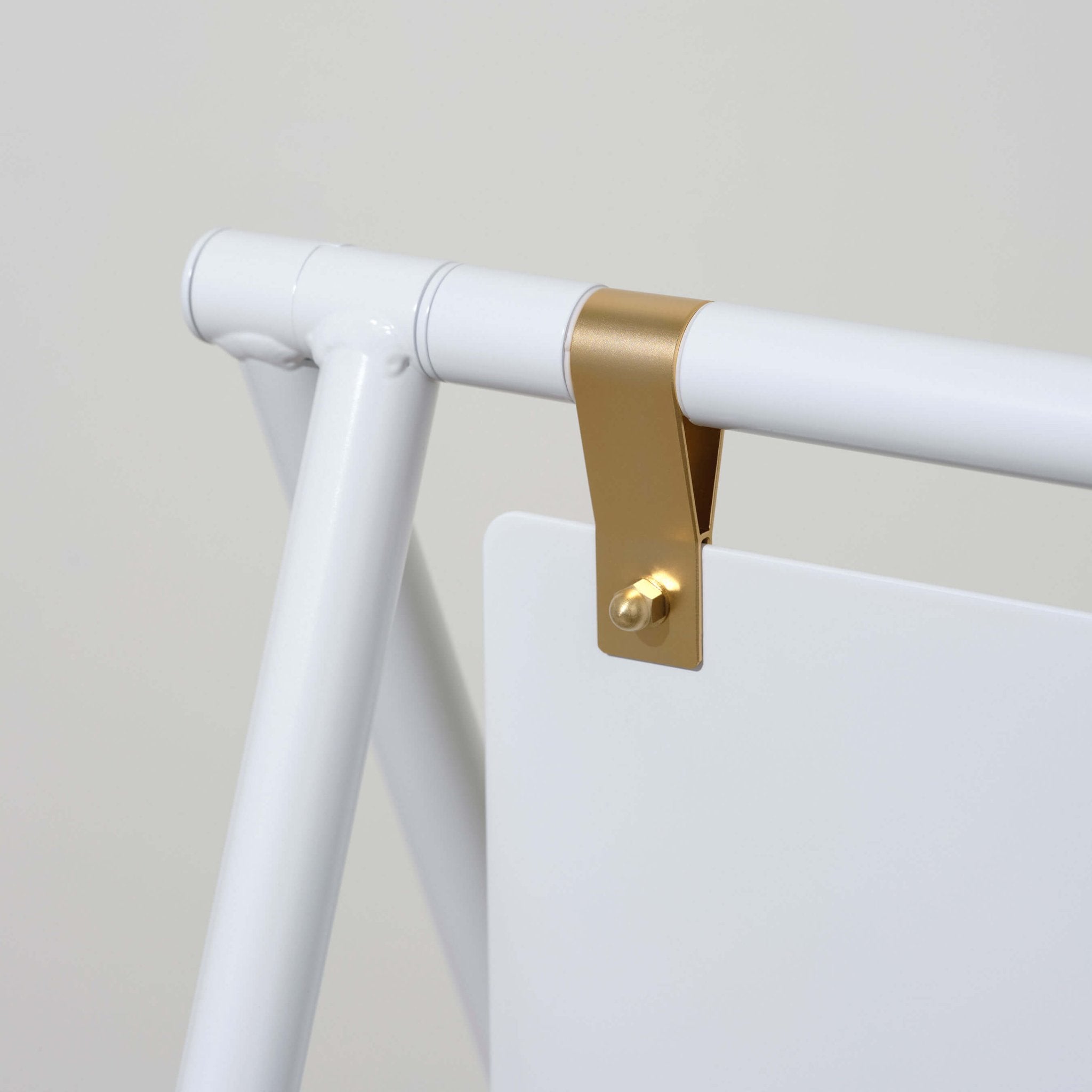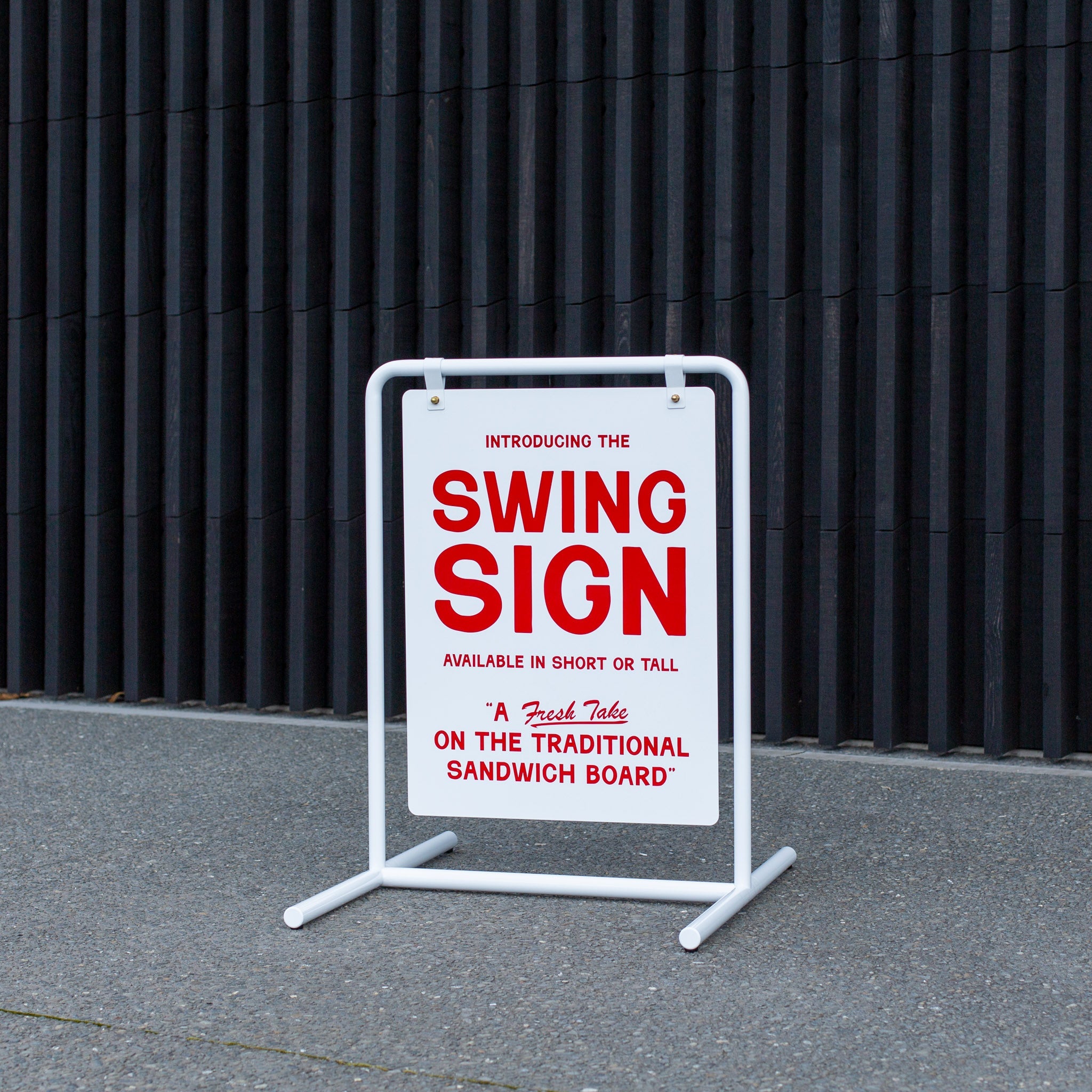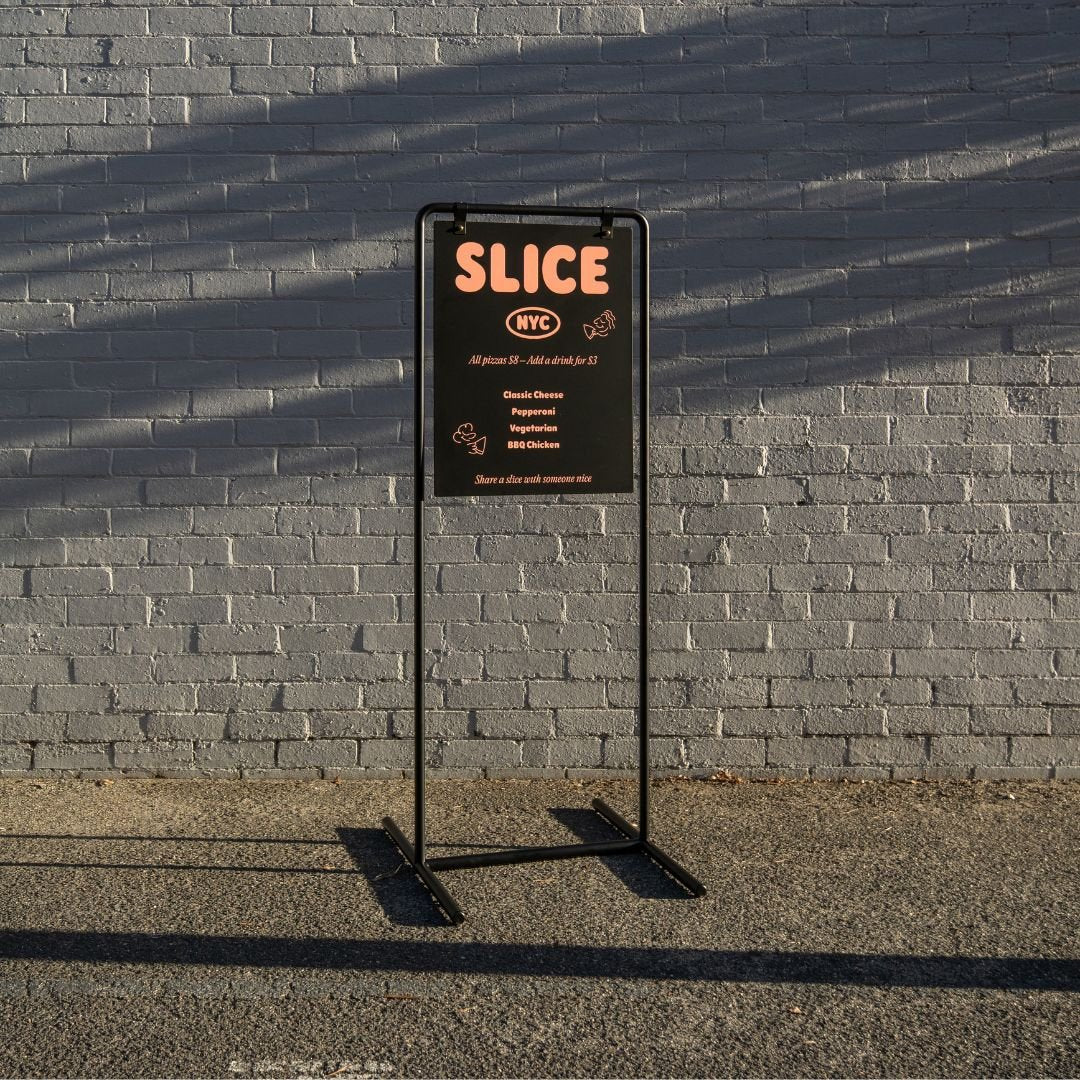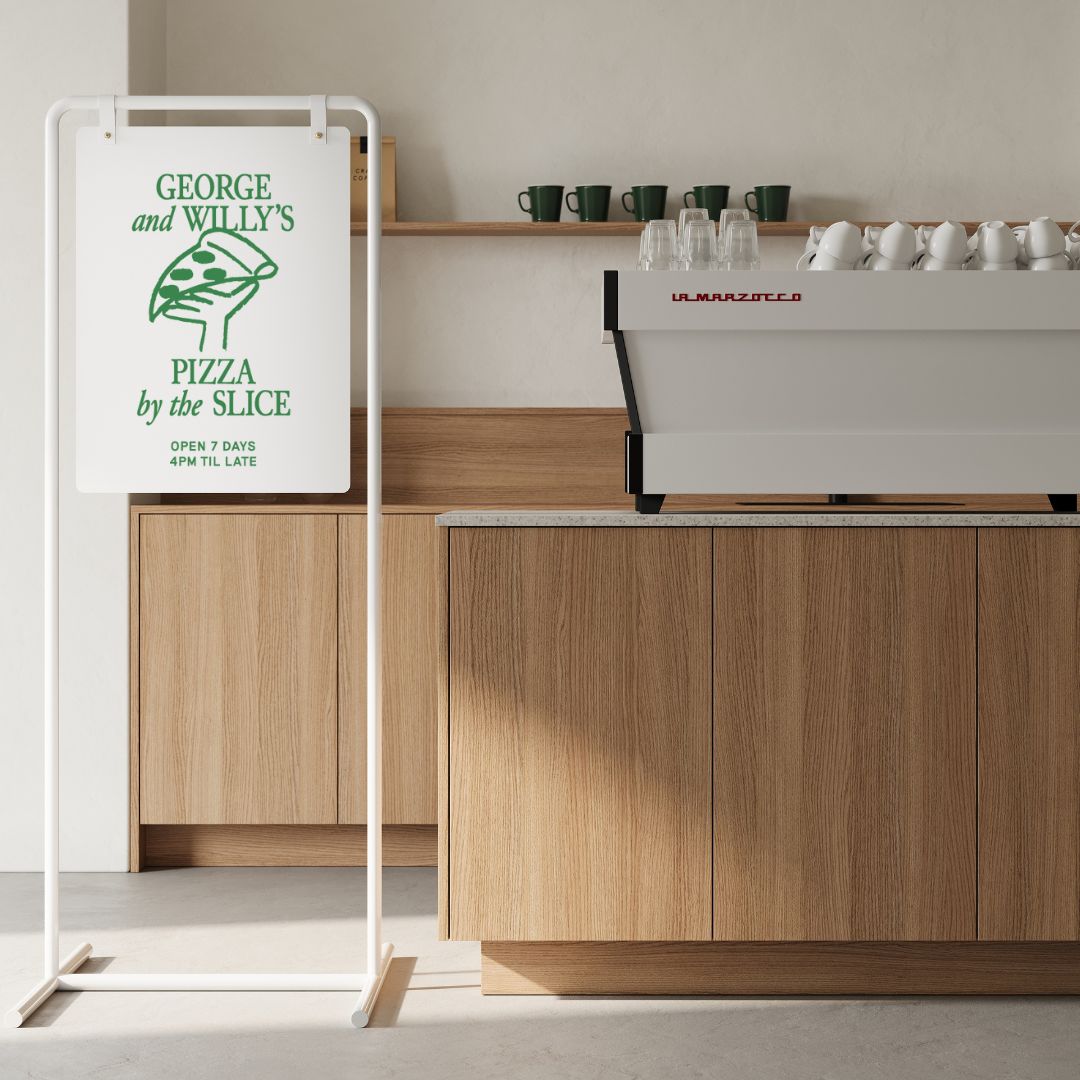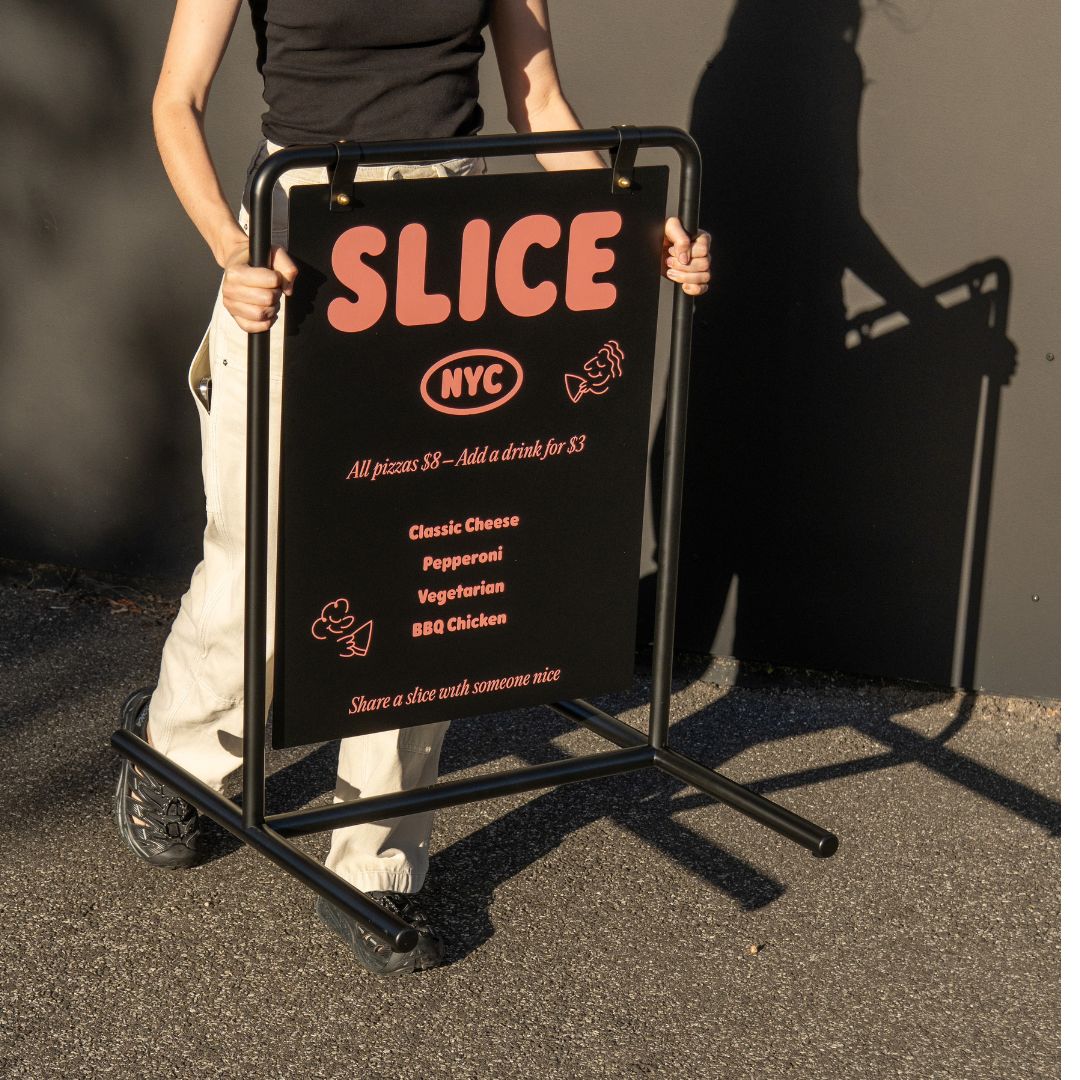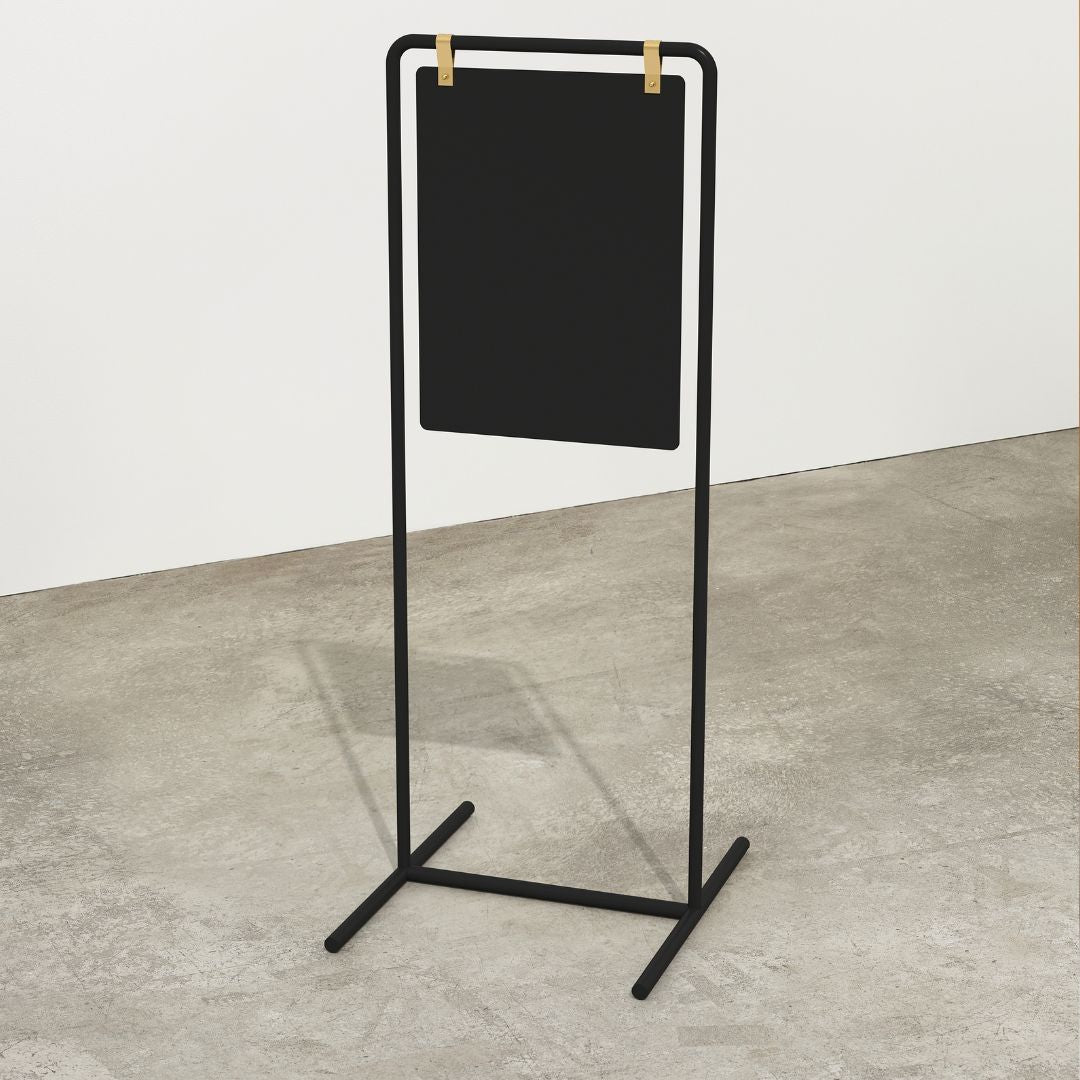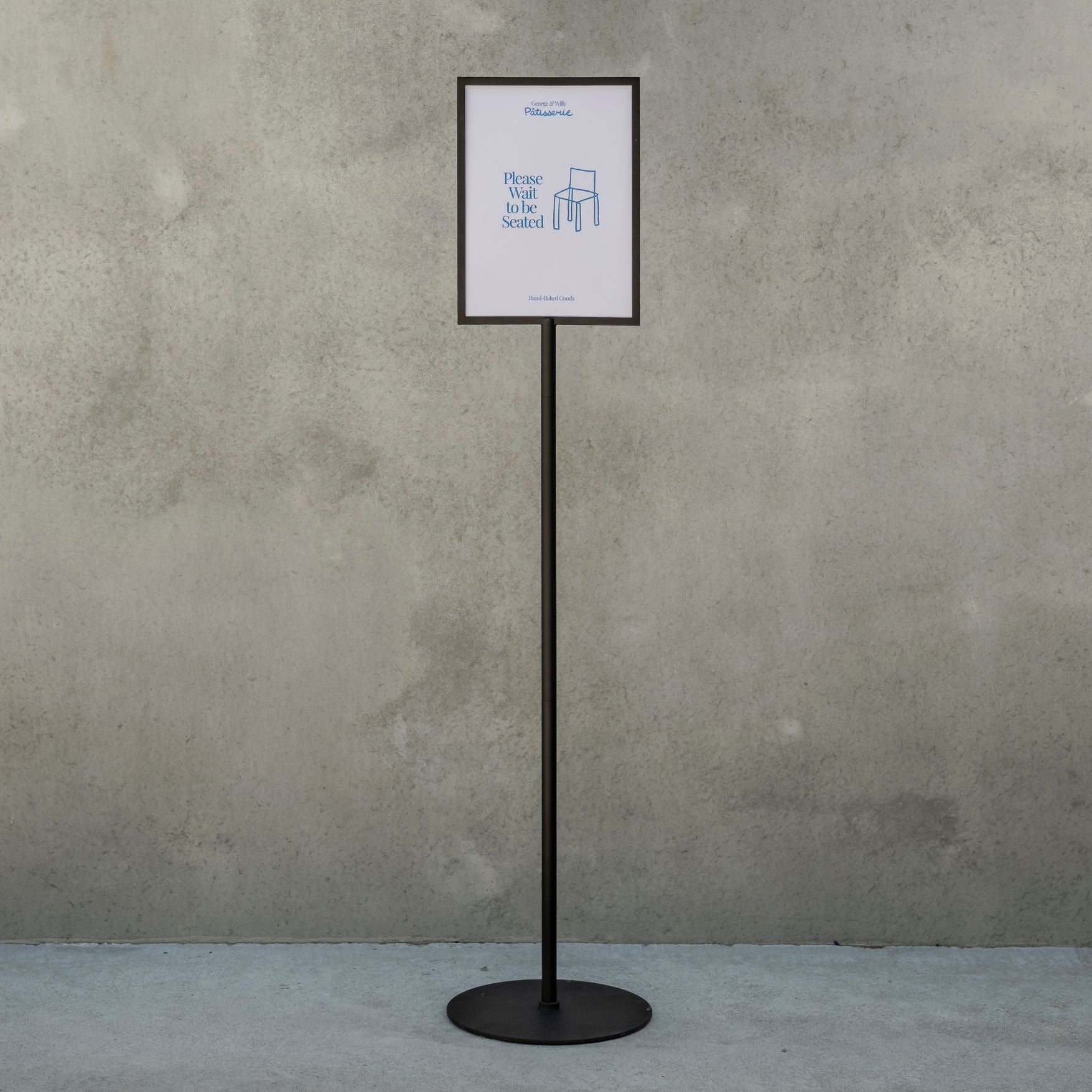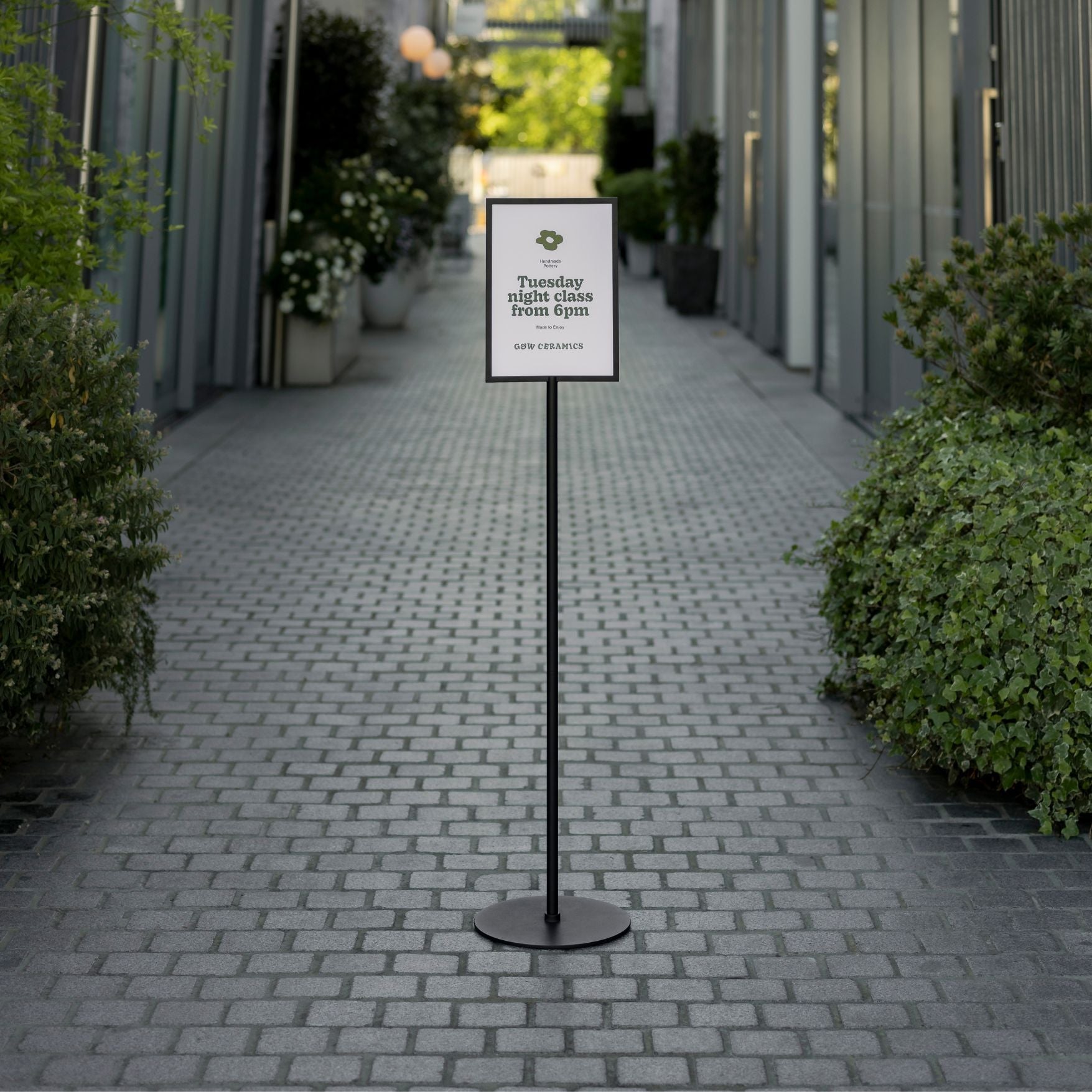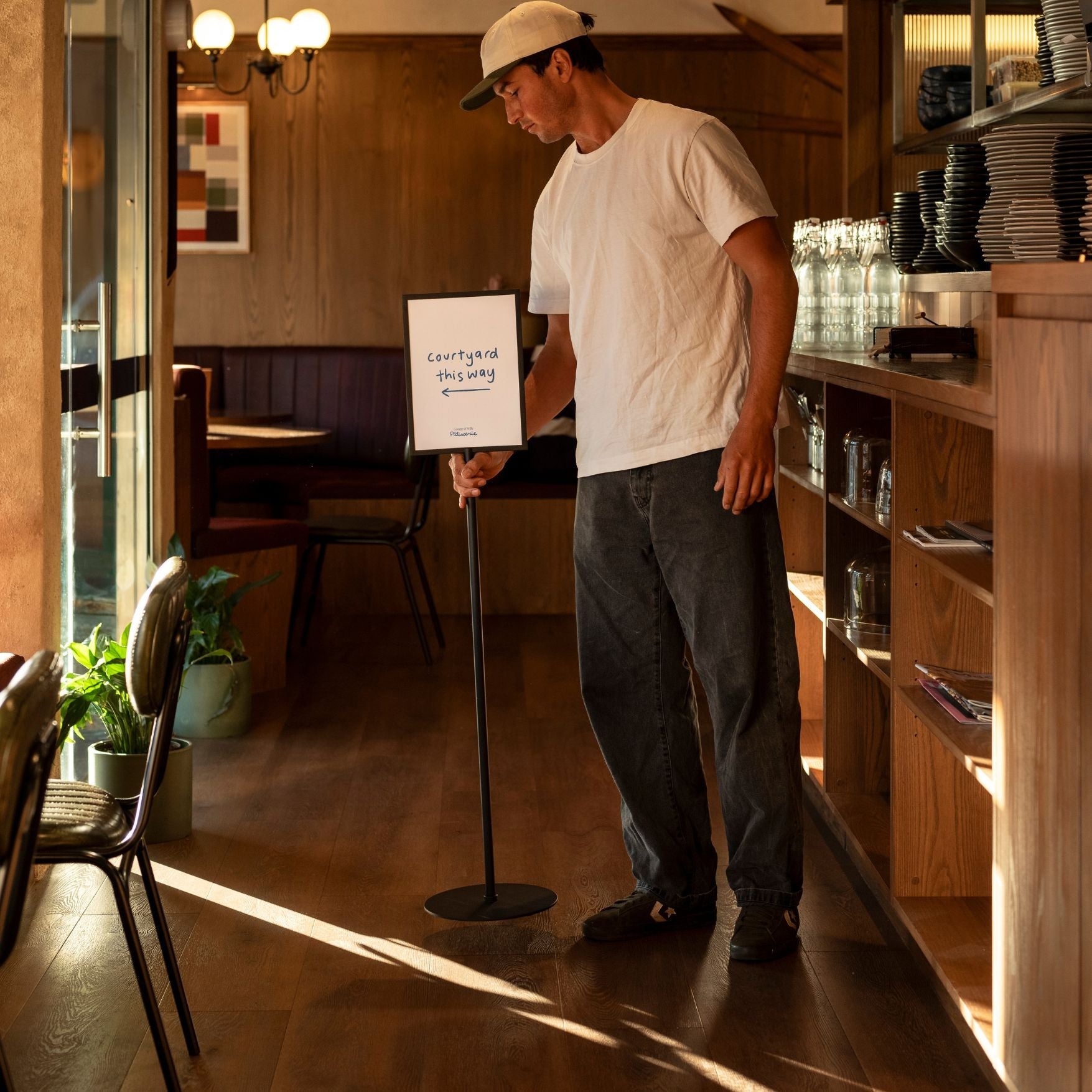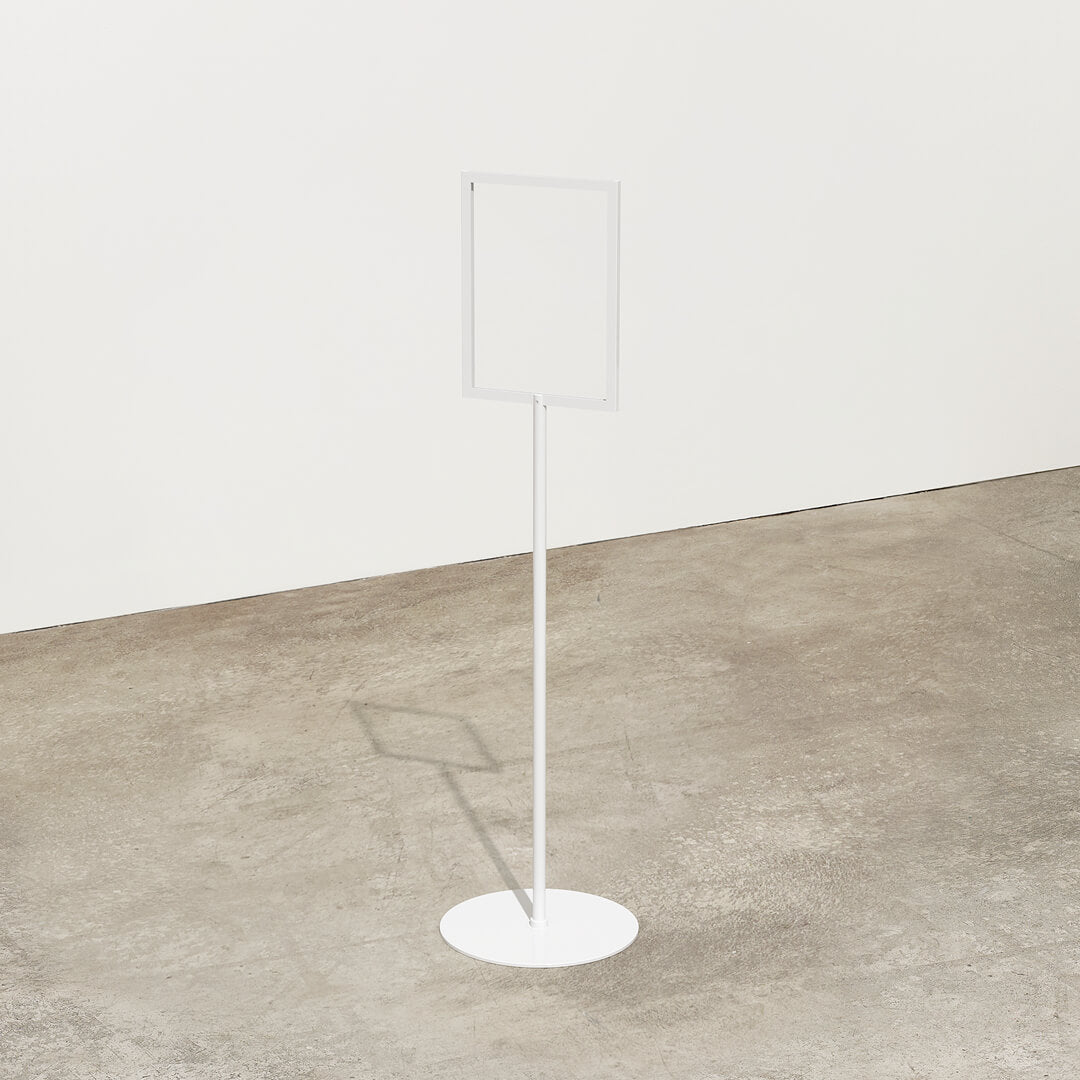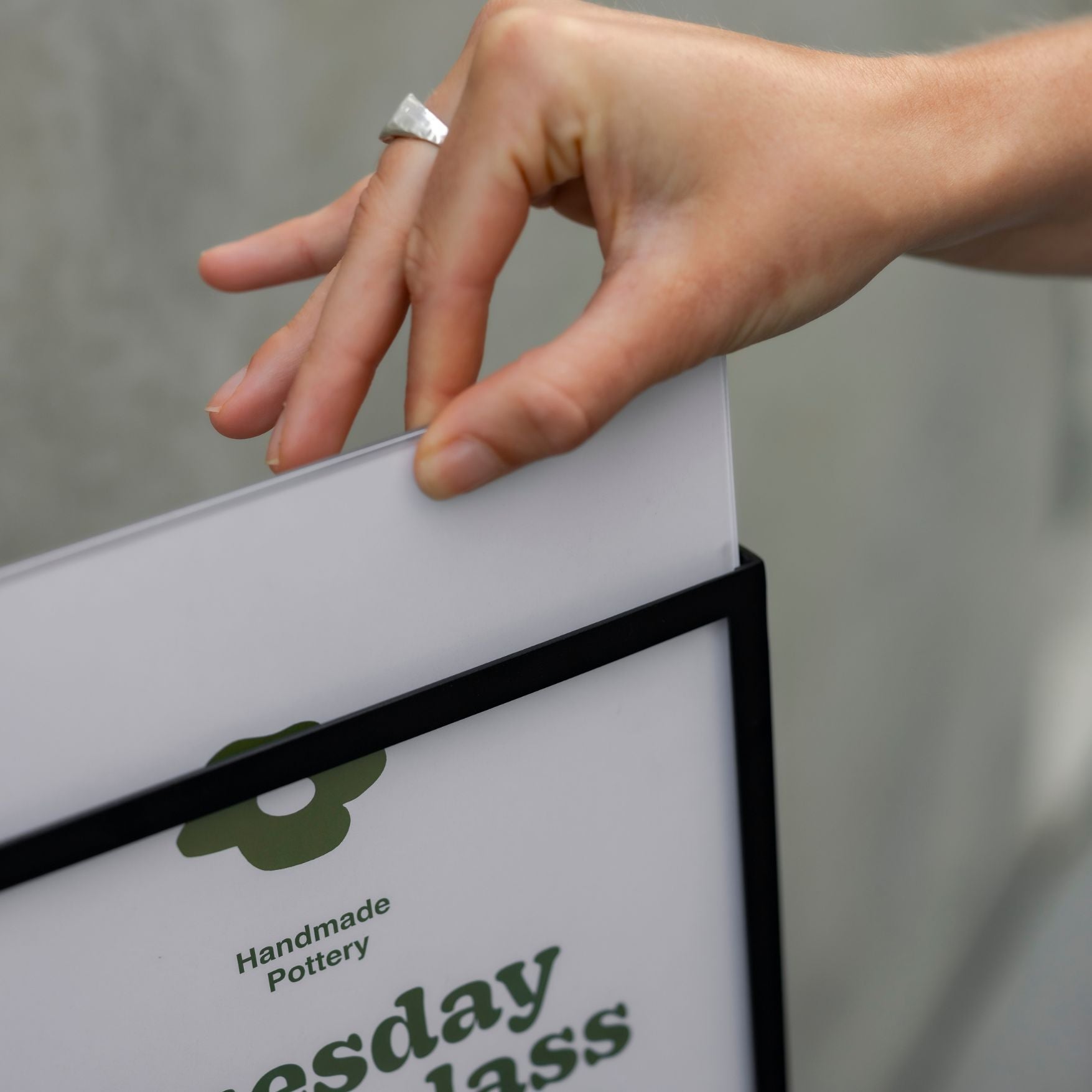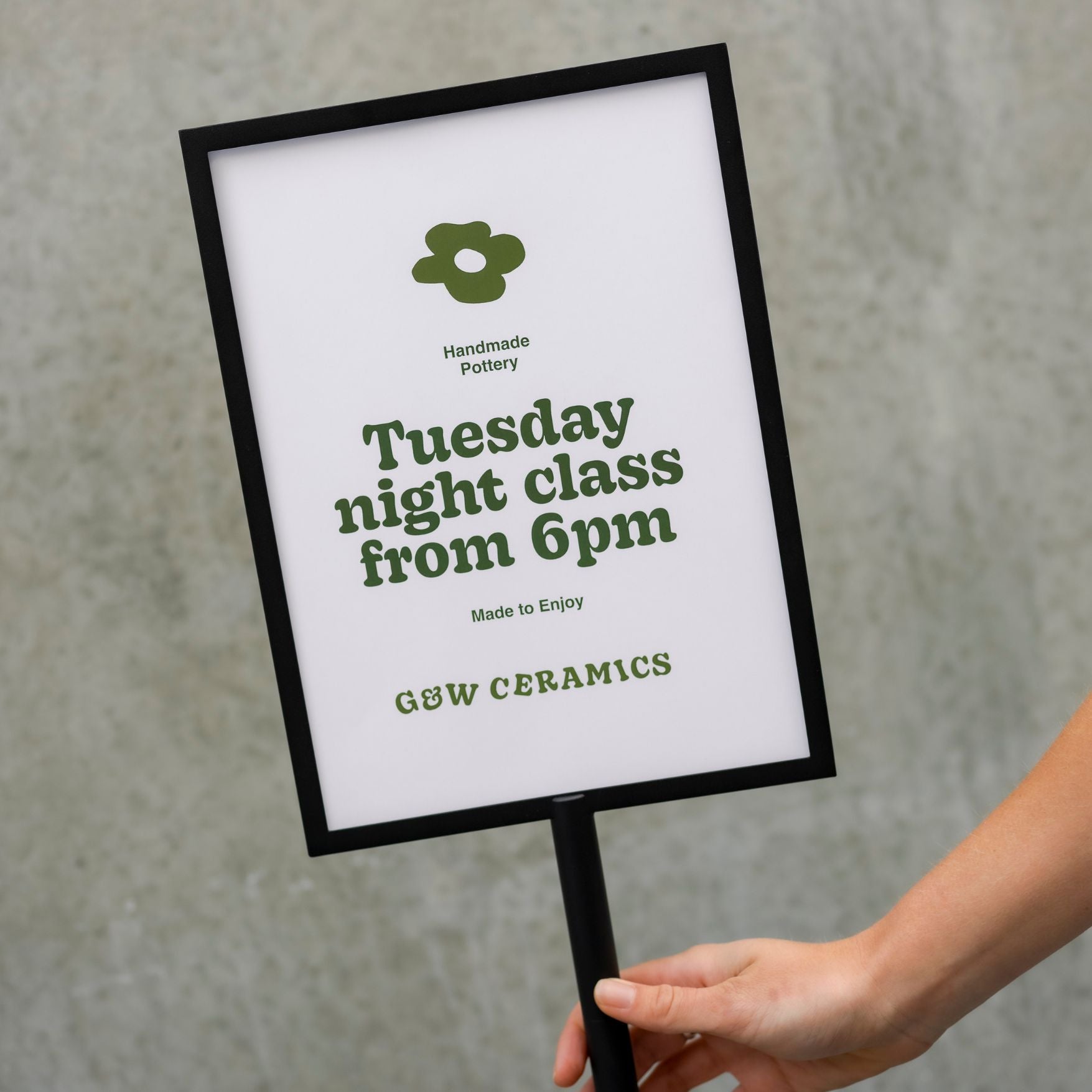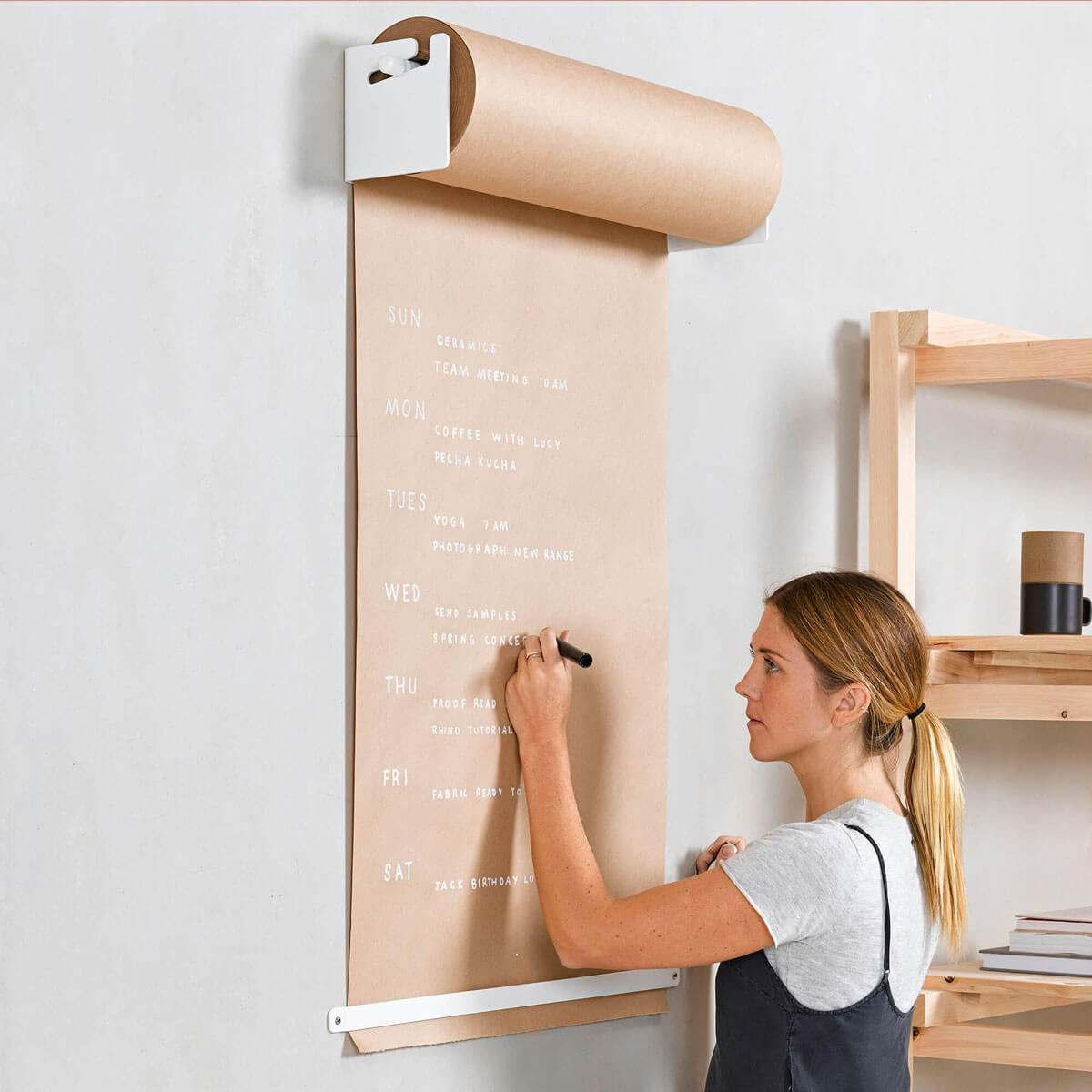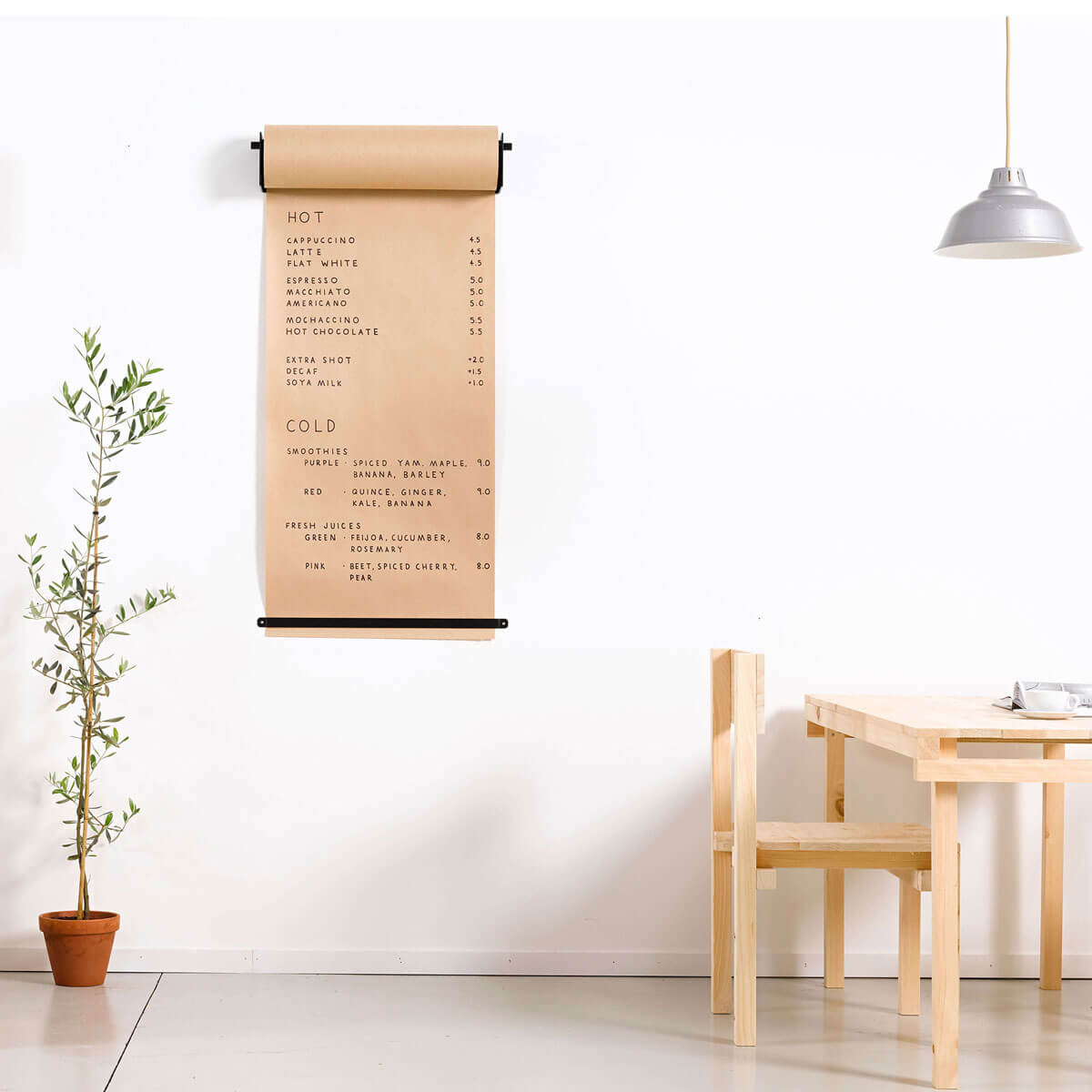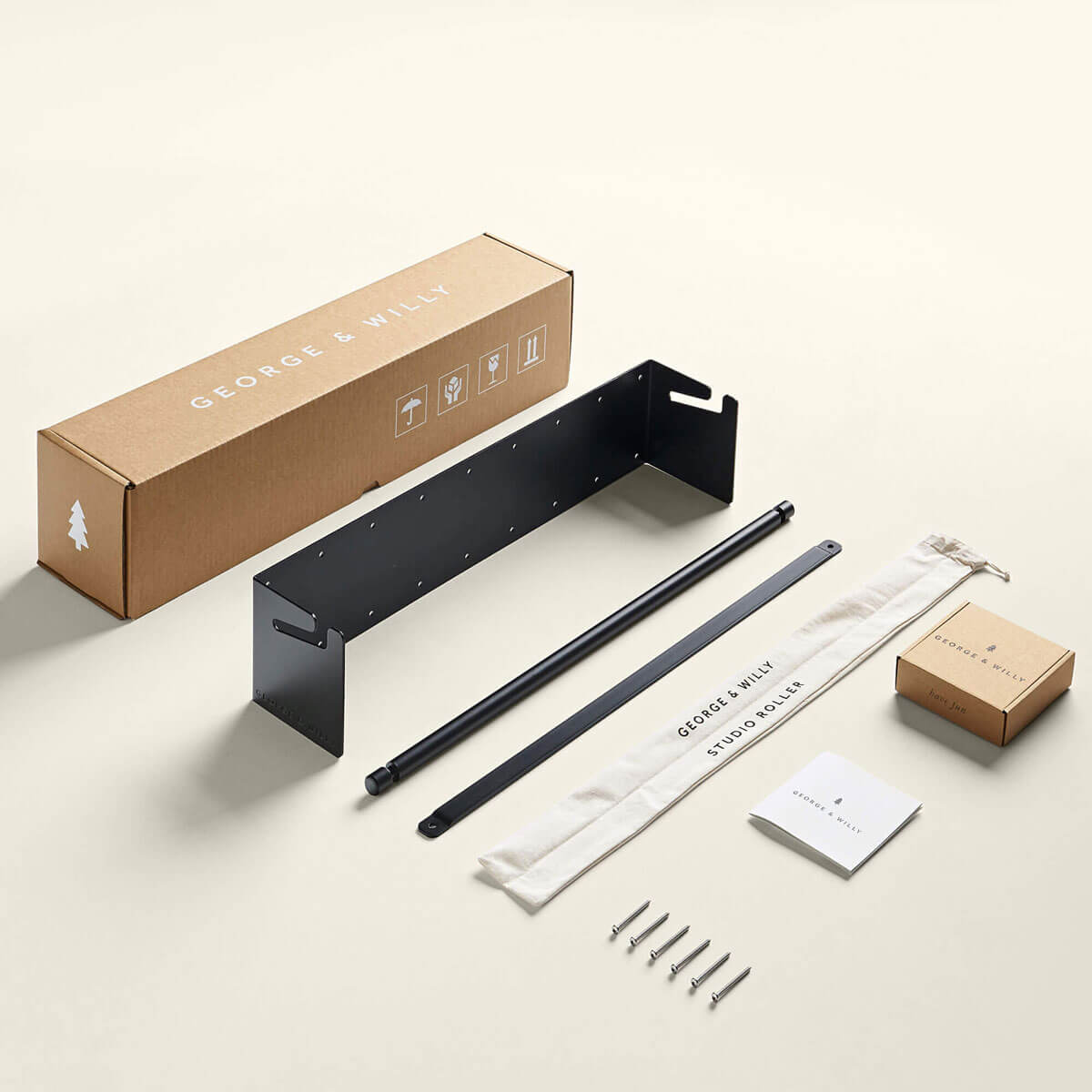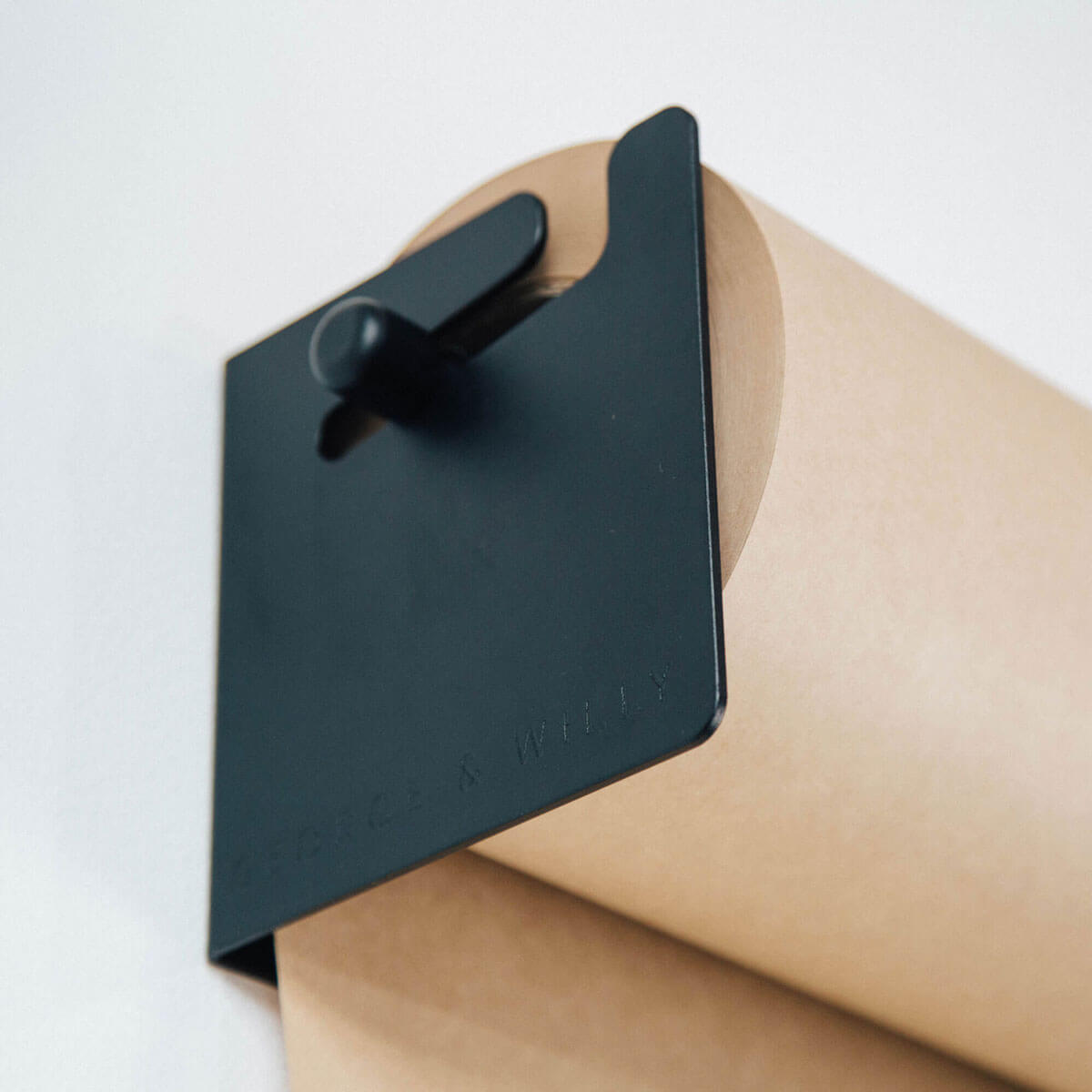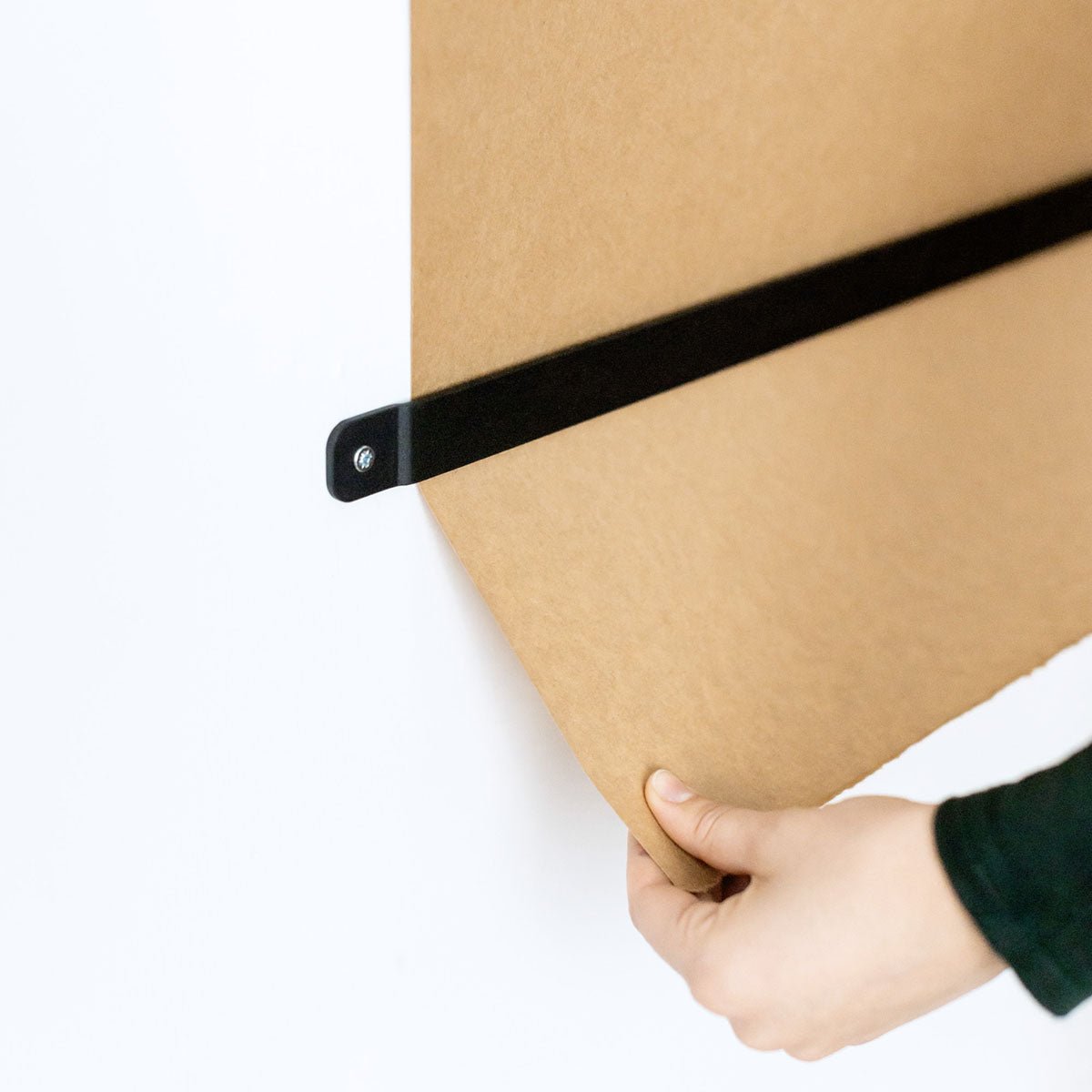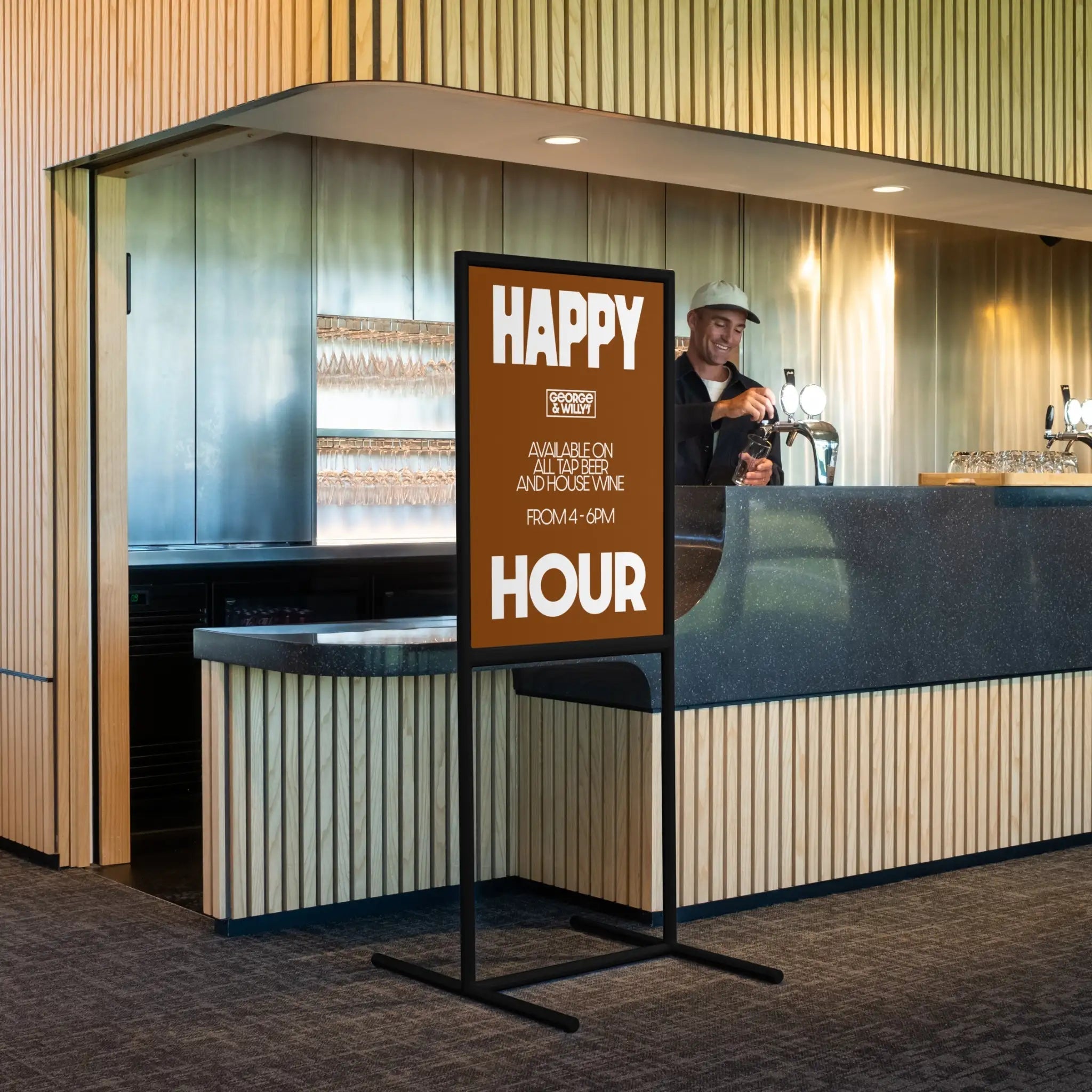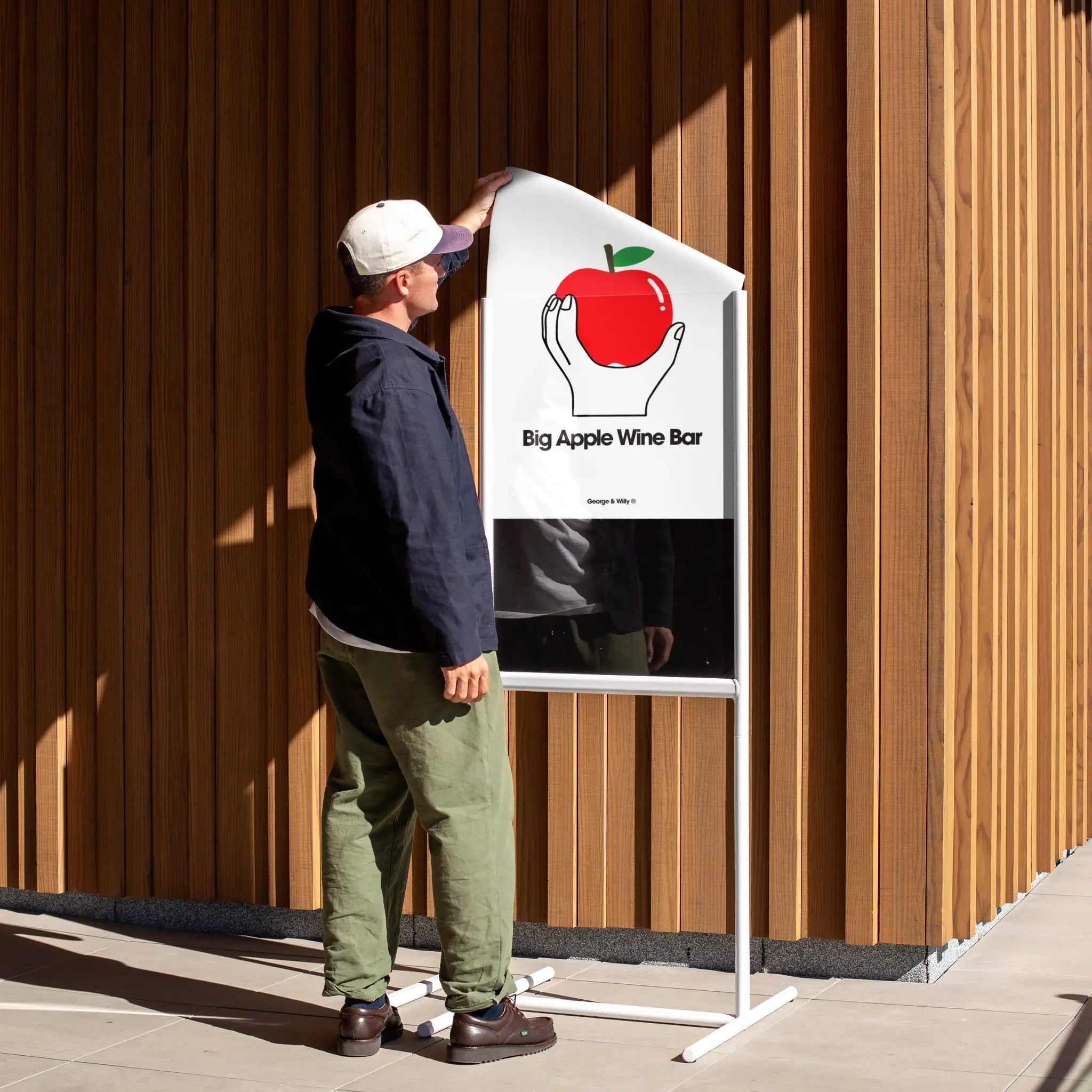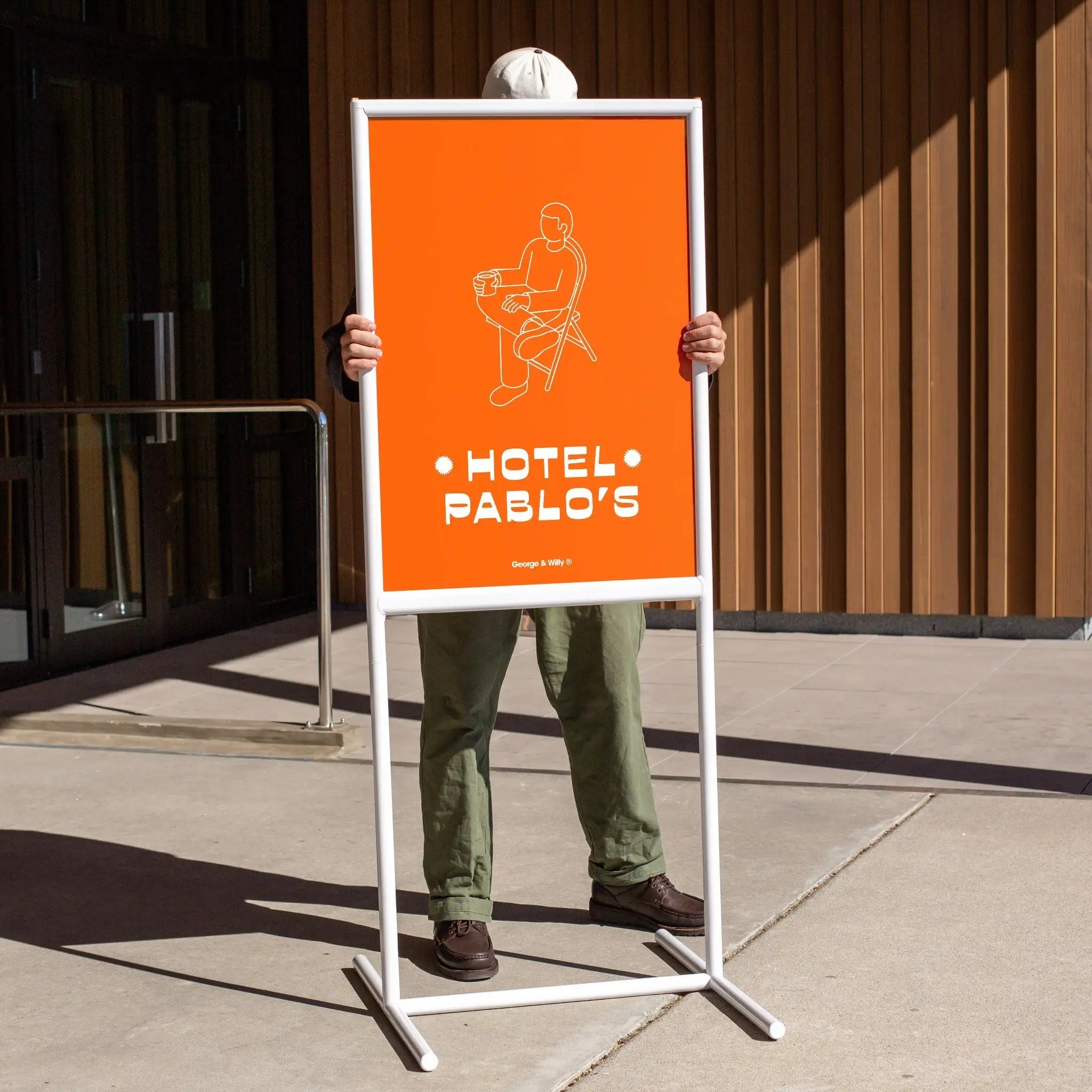In the busy world of retail and hospitality, it’s often the smallest details that make the biggest difference. While large storefront signs get people in the door, it’s the subtle, well placed countertop display signs that guide decisions and drive sales at the most critical moment. These small but mighty tools are your silent salespeople, working tirelessly to communicate promotions, highlight products, and enhance your brand’s personality right at the point of purchase.
Think of them as the final, friendly nudge for a customer. A simple sign can turn a casual browser into a buyer, and this guide will show you exactly how to make that happen.
The Power of Point of Purchase Communication
Why focus on something as small as countertop display signs? Because a huge number of buying decisions are made right inside your store. Research shows that a staggering 82% of purchase decisions are made by customers while they are physically in a shop. Furthermore, shoppers are highly open to in-store influence, with some studies showing that 62% of shoppers make impulse buys after being drawn to an appealing display. This impulsivity is often driven by signage, as about 16% of all unplanned purchases are directly prompted by seeing an in store promotion or sign.
This is where your counter signs come into play. Placed strategically at checkout, on tables, or next to product displays, they capture attention when customers are most ready to buy. They can announce a daily special, suggest a popular add on, or simply share a piece of your brand’s story.
Best Practices for Signs That Sell
Creating effective countertop display signs isn’t just about writing a message. It’s about clear, branded communication that feels effortless.
Make Readability Your Top Priority
A sign that can’t be read is useless. For smaller signs, clarity is even more crucial. Use clean, simple fonts and high contrast color combinations (like black on white or vice versa) to ensure your message is understood in a single glance. Poorly made signs can actively deter customers. In fact, over half of consumers (52%) say they are less willing to enter a store if they notice misspellings or sloppy signage. A clean, professional sign builds immediate trust.
Keep Your Branding Consistent
Every sign, no matter its size, is an opportunity to reinforce your brand identity. Your countertop display signs should use the same fonts, colors, and tone of voice as your larger menu boards and storefront signs. This consistency creates a cohesive and professional experience. Consumers notice these details, with nearly 79% believing that a business’s signage quality is a reflection of its product or service quality.
Keep Your Content Fresh and Engaging
Static signs can eventually become part of the background. To keep customers engaged, update your countertop display signs regularly. This is especially important for communicating:
Daily specials or seasonal items
Limited time promotions
New arrivals
Best selling products
Using a system with interchangeable letters or cards makes this process simple and cost effective. For instance, a tabletop sign with magnetic letters allows you to change your message in seconds, keeping your communications timely and relevant without needing to print new materials.
Choosing the Right Materials and Style
The physical quality of your signs says a lot about your business. A flimsy, stained piece of paper in a plastic holder sends a very different message than a sturdy, well designed sign made from metal or wood.
For high traffic environments like cafes and boutiques, durability is key. Materials like powder coated aluminum and steel are not only stylish and minimalist but also resistant to chipping and wear. Investing in quality signage is an investment in your brand’s image. A cohesive set of signs, from your A frame on the sidewalk to the small countertop display signs on your tables, signals professionalism and an attention to detail that customers appreciate.
Explore beautifully crafted options that elevate your space. For example, the George & Willy Counter Signs are designed to offer a timeless, minimalist aesthetic that complements any interior.
Strategic Placement for Maximum Impact
Where you place your countertop display signs is just as important as what they say. The goal is to position them in high visibility areas where customers naturally pause or make decisions.
Prime Locations for Countertop Signs
The Checkout Counter: This is your last chance to communicate with a customer. Use this space with card counter signs for upsells, promoting your loyalty program, or sharing your social media handles.
Dining Tables: In a cafe or restaurant, table talkers are perfect for showcasing desserts, drink specials, or a QR code for your digital menu.
Product Displays: Place a small pricing sign next to a new or featured product to draw extra attention to it. A simple “New Arrival” or “Staff Pick” can spark curiosity.
Coffee and Water Stations: These are natural gathering points. A small sign here can share information about your coffee beans or a community event.
By thinking strategically about placement, you can ensure your messages are seen by the right people at the right time, turning your countertop display signs into a powerful part of your marketing strategy.
Frequently Asked Questions about Countertop Display Signs
1. What information should I put on a countertop sign?
Keep it concise. Focus on one key message per sign, such as a special offer (“Buy One, Get One Free”), a call to action (“Follow us on Instagram”), product information (“Locally Sourced”), or simple directions (“Order Here”).
2. How big should my countertop display signs be?
They should be large enough to be easily read from a short distance but small enough that they don’t clutter your counter space. Typically, signs between 4x6 inches and 8x10 inches work well.
3. What are the best materials for durable counter signs?
For longevity in busy environments, look for materials like powder coated aluminum, steel, or solid wood. These materials resist wear and tear and are easy to clean, maintaining a professional look over time.
4. How often should I update the content on my signs?
It depends on your business. A cafe might update a sign with the daily soup special every morning, while a retail store might change its promotional signs weekly or monthly. The key is to keep the information current and relevant.
5. Can I use countertop display signs for QR codes?
Absolutely. Counter and table signs are a perfect vehicle for QR codes that link to your menu, website, payment portal, or social media pages. It’s a great way to bridge the physical and digital customer experience.
6. Where can I find stylish, high quality countertop display signs?
For businesses looking for a cohesive and design forward look, it’s best to source from a specialized supplier. Companies like George & Willy offer a range of thoughtfully designed signage, including tabletop and counter options, to create a consistent brand aesthetic.

